1st SS Division, “Leibstandarte SS~Adolf Hitler”:
“Upgraded Pictures” SS-Scharführer, Adolf Hitler’s Personal Bodyguard Detachment”:
The Leibstandarte SS Adolf Hitler (LSSAH) was Adolf Hitler’s bodyguard group. This was initially the size of a regiment; “LSSAH” eventually grew to an elite division-sized unit. The term “Leibstandarte” is derived from the words “Leibgarde,” which means bodyguard, and “Standarte,” which is an SS term for a regimental unit.
Originally the unit was only composed of 8 individuals! Commanded by Julius Schreck and Joseph Berchtold. It was designated “Stabswache” or “Staff Guard for Adolf Hitler”. The Stabswache were issued unique badges, Schreck resurrected the use of the “Totenkopf” (Deaths Head) as the unit insignia, this was a symbol that had been used throughout history, by nearly all nations at some point in Europe, and In Germany with the Prussian Kingdom, and the German Empire, and into to the Third Reich.
By March of 1933, the SS had grown from a tiny group of personal bodyguards to a formation of 50,000 men. The decision was made to make a new bodyguard unit, again to be called the Stabswache, using capable and trustworthy SS-Men, mostly from the 1./ Standarte from Munich to form its cadre. By 1933, this unit was under the command of Josef “Sepp” Dietrich, who selected 117 men for the SS-Stabswache Berlin.
In November 1933, on the 10th anniversary of the “Beer Hall Putsch”, the Standrate took part in the rally and the memorial service at the “Feldherrenhalle” erected in the place many NSDAP members had fallen during the Putsch. All the members of the Sonderkommando received a new title “Liebstandarte Adolf Hitler” and from then on they had a banner of their own for these events.
The SS-Scharführer wears the black wool SS-Dienstbluse easily identified by the open collar and cut and slash lower pocket worn over a brown shirt, with a black tie, nearly always. The signature single shoulder-boar insignia and black and silver striped twist chord were worn by all enlisted personnel. The rank is indicated by the double set of “Pip’s” on the collar insignia. The Adolf Hitler cuff title is worn on the left sleeve cuff. While on parade, or guard duty, white leather gear is worn, in the way of the leather Y-straps, and the belt ammunition pouches, with a silver buckle, and wearing white gloves. He wore black wool breeches with highly polished black marching boots, as well as wearing a Black painted “Stahlhelm”. He When off duty, he wore the standard Black Belt with the "SS-Honor buckle, Trousers, and Schirmmütze.
Feldanzug für Waffen-SS, Leibstandarte SS Adolf Hitler:
The LSSAH provided the Honor guard detail at many of the Nuremberg Rallies and took part in the 1935 reoccupation of the Saarland. The Leistandarte was the vanguard of the march into Austria as part of the Anschluss, and in 1938, the unit took part in the occupation of the Sudetenland. By 1939, the “LSSAH” was a full infantry regiment, with three infantry battalions, an artillery battalion, and Anti-tank, reconnaissance, and engineer sup units. Soon after its involvement in the Annexation of Bohemia and Moravia, the LSSAH was redesignated “Infanterie-Regiment Liebstandarte SS Adolf Hitler (mot)”.
When Hitler ordered the formation of an SS Division in mid-1939, the Leibstandarte was designated to form this unit, unlike other Standarten of the SS-Verfügungstruppe. The Polish crisis of August 1939 put these plans on hold, and the LSSAH was ordered to join the XIII. Armeekorps was part of Army Group South, which was preparing for the attack on Poland.
At the beginning of 1935, an “Earth Gray” uniform was introduced to the soldiers of the Leibstandarte and the SS-VT. The SS Political Armband was visually striking, to say the least, and therefore obviously unsuited for combat use. At this time, it was replaced with the SS-Alder and Swastika, which was worn on the left arm. Beginning in 1937, both the earth gray and the earth brow were replaced by the standardized feldgrau SS uniform.
This uniform was generally based on the Heer Field uniform, but did utilize the slanting slash side pockets and a black and silver stripe piped collar as the rest of the tunic.
We see this Scharführer in his Feldanzug für Waffen-SS as he appears after the Austrian Anschluss. He is wearing the early “Reichswehr-Pattern shoulder board, with pointed ends, and no Waffenfarbe whatsoever. The Smaller overlapping LAH ciphers are embroidered onto the boards, and the new standard size would be used on all that followed for the remainder of the conflict. But the newer type of sleeve eagle has replaced the VT-style National Eagle seen on earlier Feldanzug.
Note the bottom picture of the helmet, is a great example of the early “SS-Palm Tree Pattern” (with the Green side-out, the other various browns, and oranges, and is just one of the many types of SS-camouflage pattern covers in the collection and fits here I think, and could also be a good reference for other uniforms in the section.
The update refers to pictures of the smock in use, as well as the helmet. The Waffen-SS was one of the first army branches to develop camouflage patterns to help conceal its troops. This was one of the early patterns, the so-called “Palm-Leaves” pattern, as the smoke faded like the helmet cover,=s would fade out and get filthy-but the colors are sharp, and they probably worked pretty well, designed to wear over the web gear, more often than not-the Y-straps were worn over it though.
“UPDATED” SS~Mann, ‘‘Leibstandarte SS Adolf Hitler’’:
From its inauguration as the Leibstandarte Adolf Hitler in November 1933, Hitler’s bodyguard steadily increased in size by March 1934 to a strength of just under a thousand men, divided into seven Kompanie. During this expansion, graduates from the new leadership training school at Bad Tölz began to be assigned. Kurt Meyer, who was later to become one of the division’s most respected and popular commanders, was one of the first. In April 1934, the SS designator was added, making it the Leibstandarte SS Adolf Hitler or LSSAH. During this period, Commander Sepp Dietrich succeeded, against the will of Himmler, in having the Leibstandarte recognized as a military rather than a political formation. 1935 brought LSSAH into rapid development as a military unit, helped in no small part by Hitler’s decree of 2 February, by which stipulated that LSSAH personnel were to be treated in the same way as members of the Heer, up to including their being made combat-ready.
Equality with the other armed forces was formalized not long afterward when the men of the LSSAH and SS-VT were put on the same pay scale and given the same status as far as military service obligations were concerned. On 1 März, LSSAH marched through the town of Saarbrücken in the once occupied Saarland, the first German soldiers to do so since 1918. In the spring and summer of 1935, the LSSAH and SS-VT soldiers were issued Feldgrau uniforms similar to those worn by the regular Heer. The men of the LSSAH were also presented with the distinctive LAH shoulder cipher, which was designed to distinguish the members of the Leibstandarte from other SS units - ”Adolf Hitler” in traditional Sütterlin script.
LSSAH continued to serve in its initial role of guarding the Chancellery and providing an honor guard for the Führer, and also played a role during both the Winter and Summer Olympic games the following year. During these events, the traditional black uniform was worn, complete with distinctive white leather parade equipment. By 1937, the Leibstandarte was recognized by many as an élite formation, and young Germans sought to join its ranks. Among these would be the twenty-two-year-old Michael Wittmann, who was accepted into the Leibstandarte training school at Berlin-Lichterfelde in April of that year.
The SS-Mann uniform shown here is the standard worn by these young men as they entered training and then began their duty. The VT uiniform is on of many variants, it seems, seeming to change with every new group. Paired with an early pattern SS-Campuflaged Smock, these were to be worn over everything, but soon the gear was over it, and they wore these into battle when it finally came. They were not the first time camouflaged uniforms were used, but it took it to another level. He has previously been a member of the SA and has earned that organization’s prestigious sports badge as well as the national DRL Sports badges. Both of these required not only physical fitness but mastery of several martial skills. His kit had black leather Y-Straps like the “Heer”, and a rolled up poncho/shelter quarter was attached to it, in this pattern camouflage as well, his helmet is covered in the Palmenmuster “Palm Tree Pattern Camouflage” as well, hung on his belt was a bread bag, boyonet, and water bottle, on the front was 2-tripple ammo pouches on it, and enlidted buckel. He wore black boots with the uniform too.
Note the period picture, showing the uniform insignia that mediately followed this, with the rounded edge board, and war period solid white piping on them. The helmet depicted here is of a later style with a harder edge. I added it here to fill in, and it stayed, and is a bit different colors, and variation.
Infantry SS-Untersturmführer, Leibstandarte Adolf Hitler :
Housed in the former Imperial Prussian cadet barracks in Berlin-Lichterfelde, by 1937 had reached Standarten size. This SS-Untersturmführer wears the earliest style of Feldgrau uniform introduced in that year. Cut in the style of the black SS-Service Uniform, it has an open collar for wear with a brown shirt and black tie, a button front with slash cut lower pockets.
The VT-style uniform introduced the double, Heer-style, shoulder boards with the use of brass LAH ciphers along with officer grade collar insignia. The SS armband has been replaced with SS-national insignia, and an officer grade cuff-title is worn on the French cuff. The SS-Schrimmütz with standard pattern eagle and Totenkopf are worn along with breeches, an SS officer’s belt with cross-strap, and riding boots.
SS-Schützen, 3./SS-PanZer-Grenadier-Regiment 1 L.A.H. (Part 1 of 3)”
The SS-Schützen have arrived from the Ausbildungs und Ersatz Bataillon 1 / LAH at Spreenhagen Kasern, located east of Berlin. They have been trained with many disciplines, but their teachers are teaching from their experience in the last war, and the new tactics had not caught up with the supply method, so the quick advance would be followed the same way as the first war, with horses and wagons in the supply train still, and the trucks mostly in the 1/2 ton to 1.5 ton range would never be able to keep up with the demand for ammunition, fuel, food, and let alone the coming Blitzkrieg marathon advances, leaving their flanks wide open.
Notice that in the inside pocket of the field jacket, with his field dressing, he has a stash of “Pervitin” a very debated subject now, as it was the first use of (as issued) to keep him motivated, and moving, and able to stay awake for days, but it was a methamphetamine drug, and originally widely used by the German Forces in World War II. The drug was introduced to the German civilian market in 1938, and the demand from the troops could not keep up, and soon sent to the troops in care packages, of course, Cocaine was originally sold across the counter in tins full of the powder- and you just tapped your hankie in and sniffed that… a hum, this practice was done by my Grandfather. Times were different; the practice did not help the Germans much, but in the early drives into France and Russia, being on the battlefield wired was not necessarily a real good thing, and many burned out and had withdrawal symptoms, shakes, etc.
This early style uniform is matched up with one of the “Oak-Pattern SS-Smocks, the helmet is oak too, but with a little different colors used.
(Part 2 of 3):
Der SS-Schützen uniforms show wartime progression. The first is the SS-Feldbluse Model 1942, which simplified the pattern by abandoning the pleated pockets. The second soldier wears an initial issue SS production of the Heeres Feldbluse 1943. Both of these men have arrived and gone into multiple days of combat, earning them the Infanterie Sturmabzeichen. Two designs of divisional ciphering are shown on these uniforms. First is the standard white LAH embroidered directly into the Schulterklappen as well as the later adaptation of cipher embroidered into the slip-on Auschiebeschlaufen. The uniform is paired with a Platanenmuster “Pain Tree” pattern of SS-Camouflage, with the Autumn side out..
SS-Untersturmführer, 3./ SS-Panzer-Grenadier-Regiment, “L.A.H. (Part 3 of 3):
In late July 1942, the severely understrength LSSAH was transferred to the Normandy region of occupied France to be reformed as a Panzergrenadier Division. The collapse of the front around Stalingrad and the encirclement of the 6. Armee demanded that Heeres Gruppe Don be reinforced. Arriving at the front in late January 1943, the LSSAH was engaged in fighting in and around Kharkov. In March 1943, the division participated in the retaking of Karkiv. The large number of casualties from this action required LSSAH to pull back and again rest and refit.
During each rest and refit, the division would receive new troops. In this case, the SS-Untersturmführer had returned to the division from officer training SS-Junkerschüle at Bad Tölz. Already a hardened, decorated divisional SS-Untersturmführer from the 3. Kompanie has now been promoted to an officer grade.
Der SS-Untersturmführer wears the Dienstanzug Model 1940. The LAH cyphered is unique and different from normal bullion like the Ärmelstreifen and the Adler. His cap is a slightly crushed Schirmmütz für Offizier.
SS-Unterscharführer, Regiment 1, Leibstandarte ~ Panzergrenadier Division:
This SS-Unterscharführer wears one of the 1942 “SS-Rauchtarnmuster” or Blurred Edge patterns, a tri-color blotch camouflage specifically designed for the Waffen-SS Formations. The Jacket is styled off of the M43 uniform, predating the widely issued M44 SS pattern camouflaged uniforms. The Fall “Brown” side is used on the dominant side of the jacket (Green Spring colors are inside the jacket. A lightweight jacket is like the Drill uniform, some call an over-jacket, complete with collar/neck closure hooks. may have been made in the concentration camp-uniform factory? Or made by the units tailor, even some, I think it could have been custom-made, while materials were available, they were used up fast. And why are a few uniforms all completely matched from the last years of the war? This depicts the time when the division had returned back to France for rest, refitting, and the browns probably in Hungary, and the fall back into Germany.
He has had time to add all the insignia to it, too. With SS-NCO shoulder boards, he uses the LAH “Loops” slip-on style ciphers over them. He has even added his Infantry Assault Badge to the uniform. With the leader silver braided strip added to the collar along with the tabs, the Eagle is the BEVO type being used on the sleeve. Rarely seen perhaps, he even has a ribbon bar with the Iron Cross 2nd Class, Russia Invasion Ribbon, and a Long Service Ribbon too. It does restrict the practicality of the Camouflage itself; the Führer himself had even forbidden the use of insignia on the camouflaged uniform, but many added it, especially in the SS.
That said, in pictures, often subdued eagles on the sleeve and loops on the shoulders for shoulder bard attachment are seen. While this is considered an “Infantryman’s uniform,” these did find their way to all the various branches, like reconnaissance and cavalry, obviously, or other front-line troopers, but were not necessary for the people behind the lines and were seen less so there. For the picture shoot, I had chosen the reed green HBT trousers, which were common with lightweight camouflage uniforms, especially in the summertime and warmer climates. He is seen with the Reed-Green HBT trousers, but wool field gray is an option here. Boots and web gear and all his kit as an infantryman in support of the Armor. Several caps could be worn, quite like an M43 field cap of some sort, when not wearing the helmet. In this photoshoot, he carries an early assault rifle.
SS-Unterscharführer, 8./SS-Artillerie Regiment, LSSAH:
Following partaking in Unternehmen Barbarossa as part of Heeresgruppe Süd, LSSAH was transferred to France for refitting and upgraded to a Panzergrenadier-Division. Returning to the Ost Front in 1943, it fought at Kharkiv and Kursk. After Kursk, LSSAH was sent to Italy on anti-partisan duty, but it was soon sent back to the Eastern Front, this time as a Panzer Division. LSSAH was one of the divisions encircled near Kamenets-Podolsk and was again sent to France for rest and refitting.
Fighting in Normandy following the Allied invasion, LSSAH saw action at Caen, Falaise, and Aachen. As it was pressed back towards Germany, it took part in the Ardennen Offensive, followed by a return to the east to Budapest as part of Unternehmen Margarethe. It retreated to Austria, where it surrendered to the American troops at the end of the war.
The SS-Unterscharführer wears the Feldbluse Model 1942. The first of the ‘economy’ modified Feldbluse, the M42 had the pocket pleats removed, the lower pocket construction simplified, and the number of button closures increased from five to six. Additionally, the belt support suspenders were replaced by a set of four short straps that held the belt hooks.
Having joined the division in France during the upgrade to Panzergrenadier-Division, he was involved in the battles on all three fronts and was awarded the Eisernes Kreuz II. Klasse for leadership of his gun crew, as well as the Allgemeines Sturmabzeichen
Schulterklappen mit Aufschiebeschlaufen, the shoulder strap slides for wear by EM/NCOs, were originally introduced for army personnel in January of 1940 for economic and security reasons. The slides were cheaper and easier to produce than full shoulder straps and could be exchanged easily if an individual was transferred or removed in the field to conceal unit designations. The shoulder strap slides generally had a unit numeral or specific designation letter chain stitched or embroidered in the appropriate Waffenfarbe color. In May 1940, the Waffen-SS followed the army’s lead and also introduced slip-on shoulder strap slides. Regulation directed that Waffen-SS silver/grey embroidery be used for all branches. He wore a Feldmütze when not using the Stahlhelm.
Note: The period picture at the bottom is a Germania Officer, but the idea was that it shows a similar uniform.
Unterscharfuhrer, Panzerjager-Abteilung, 1st SS-Panzer-Division:
This sergeant is a veteran campaigner who wears an early issue Heer model woolen tunic that has been converted to SS para-police use during the pre-war expansion of the SS to the Waffen-SS, now a politically willed military branch. The shoulder insignia is piped in pink, as he leads one of the vital anti-tank gun sections tasked with destroying enemy armor at long range. Slipped onto his black shoulder boards are LAH ciphered bands that loop over the board and its strap to identify him and his elite unit. His cuff title bears a facsimile of the Führer’s signature, “Adolf Hitler,” across it. As the Waffen-SS were to wear the camouflaged smocks being introduced to these troops, he also had his rank on his collar on the left side. The smock could be rolled up and hung on his Y-straps or belt when not in use.
This man has campaigned from the early days of the war, probably starting in Poland and France, then thrown into the Meat-Grinder of the Russian Winter Campaign, as shown by his ribbon on the ribbon bar of the “Order of the Frozen Meat”. He has also won the Iron Cross 2nd class, which is hung through the buttonhole. He has in his pocket the Iron Cross 1st class and the General Assault Badge for at least 3 days in combat. With all these, he has proven himself in combat and his ability to lead soldiers in battle.
With the uniform, he would wear early service-style trousers in the feldgrau wool stuffed into marching boots or wrapped in Gamaschen over laced-up black boots. The uniform has been modeled with the common German Helmet and Cover. This was one of my first “Finished” Reproduction Uniforms. Over time, several different versions of helmets and covers were used in photo shoots, and it’s been pictured with white and pink-piped NCO-Crusher caps. I thought was so cool, but more likely, I have to admit an SS-Overseas cap would be the most likely, he is equal to the rank of corporal. At any rate, this NCO is well on his way to being sent to leadership school, or even the officer’s academy at “Bad Tolz.
SS-M40 Great Coat:
I just had to throw this in to show the over jacket, and because it was a commonly issued item for all the SS-Troops. In the full shot, the uniform shows that collar tabs have been applied, not always used on winter over-jackets, as well as having the LAH cuff title. Generally, on guard duty, he would also at least have his belt and ammo pouches, water flask, and bread bag as well- even a tanker got thirsty. He does have pink piping on his shoulder boards, but this does not necessarily mean he is a panzer troop and could be a guard assigned to the armor group, etc. As an overcoat, he would have his standard 4-pocket feldgrau tunic on or panzer wrap, over a shirt, and even a t-shirt, matching trousers, and boots. Generally, a helmet was used on duty, but in really cold conditions, he may have worn his field cap under it, or a scarf, or some kind of hood.
SS-Oberscharführer, SS-Wirtschaft Btl. Infantrie Regiment (mot.) “Leibstandarte SS Adolf Hitler”:
Serving as a Sanitäter in the early Leibstandarte in 1935, the SS-Oberscharführer rose in rank and responsibility through the Austrian Anschluss and then the occupation of the Sudetenland. He had gained more experience in the fighting in Poland and then in the battles in France. By the time the unit had been strengthened up to a Brigade (mot.) “LSSAH”, he had become one of the senior medical NCOs during the Balkans campaign.
Elevated to an SS-Division (mot.) and moved to Poland as part of Operation Barbarossa, the SS-Oberscharführer maintained order at the divisional field hospitals, dealing with overwhelming casualties from both enemy fire and the Russian winter. In December of 1941, the division attacked the area East of Uman to Nikolayev, Sea of Azov, across the River Mius to Rostov, then returned westward, to Taganrog and the Defence of the Mius Front until May of 1942. With a stabilized position, the SS-Oberscharführer was able to establish better treatment as well as preventative health measures for the troops of the “LSSAH”. With the drying of the “Rasputitsa” (Seasonal Mud), the division was in a weakened status, but they went back on the offensive, retaking Rostov-on-Don in July. Following this victory, the “LASSH” was transferred to France, and they began rebuilding as an SS-Panzer Division.
The Drill rich Uniform was used for fatigue duties before the 1914-1918 War. The SS-VT units had worn a cement gray version even after the adaptation of the standard SS-Bluse in the same material before the war. Necessity is the mother of creation. Remembering the heat of the previous summer, the Oberscharführer has taken an old fatigue uniform and added scavenged insignia to create his summer weight uniform.
Photos from this period are scarce, so the medical section may have taken them. In any case, it will serve well until he gets a reissue of new uniforms in France later in the year. With this old, unique bluse, he wears his old VT Feldmütze für Unterführer piped in dark blue and sports the early form of the SS-Totenkopf, with the current issue Adler. While on duty, he wore the standard-issue enlisted black belt and buckle, along with the old brown shirt. Possibly, he had matching trousers or wore his feldgrau wool Hosen along with his Marchstiefel. I’ve thrown in yet another variant of the SS-Helmet cover, it might have been an option as the battle drew close, and the crusher stuffed inside the shirt, and to use the picture of this pattern.
I added pictures of the typical Medical Kit for the Sanitator, as well as an improvised MG Parts pouch, to hold more dressings, as there were never enough bandages available.
SS-Hauptsturmführer, Sanitäts Abteilung 1, “LSSAH” Russland, 1942-43:
In 1937, the SS-Ärztliche Akademie or Medical Academy was founded in Berlin. The idea was to train active duty SS medical officers for the Waffen-SS and Police. At first, it was done in a rented house on Friedrich Strasse and included only 20 SS-medical officer candidates, who did most of their studying at the University of Berlin. From 1937 to 1939, the Academy was run by SS-Stubaf. Dr. Jencio.
In the Autumn of 1940, the Academy was moved to Graz, Austria. At first, some of the candidates came from the regular Army, called the Heer, Luftwaffe, and Kriegsmarine, aka the “Wehrmacht” or “Armed Forces”. Once they graduated, though, they would transfer over to the Waffen-SS or SS-VT, the Allgemeine SS, or the Polizei. Waffen-SS candidates, however, would have to graduate from the SS-Junkerschule with the rank of SS-Untersturmführer before they were allowed to attend the medical academy staff, and students were issued SS-Ärztliche Akademie cuff titles that would be used during their entire time at the Academy.
After they finished an initial physicians’ training course, the students would be moved on to a second training course after which they would take the state medical exam, and all those who passed would be promoted to the rank of SS-Obersturmfuhrer and allowed to go to the university of their choice, an allowed to study the specialty that they wished to train in.
The start of WWII drastically changed the SS-Arztliche Akademie program with the induction of civilian doctors into the Waffen-SS ranks. Like all Waffen-SS officers, the divisional medical staff was expected to be able to step in as combat leaders.
The SS-Hauptsturmführer has earned the Kreigsverdienstkreuz I. u. II. Klasse as well as the Eisernes Kreuz II. Ost Front and Bulgarian Medal of Valor. He wears the SS pattern SS-Verfügungstruppe Feldbluse that has had the Dark Green “HEER” style collar added to it, along with a slightly “crushed” Schirmmutz purchased during the 1940 period, with the matching Waffenfarbe with the piping matching his shoulder boards. Later, all SS officers’ Visor Hats had white, and the color was unauthorized, but still worn. Offizier Steifelhosen und Marchstiefel will be worn along with an officer’s belt and buckle.
NCO,Truck Driver, Early LSSAH, ‘Bleached out’ HBT, Transport Group:
SS-Oberschütze, 1. Zug, Aufklärungs~Abteilung LSSAH 1941:
Operation Marita was launched on April 6, 1941. LSSAH followed the route of the 9. The Panzer Division crossed the near Prilep and was soon deep in Greek territory. After the capture of Vevi on April 10th. SS-Sturmbannführer Kurt Meyer’s reinforced Aufklärungs~Abteilung was tasked with clearing resistance from the Klissura Pass, southwest of Vevi, and driving through to the Kastoria area to cut off retreating Greek and British Commonwealth forces. Resistance from the Greek 20th Division was fierce. According to some accounts, the SS was inspired to capture Klissura Pass were inspired to capture Klissura Pass only after “Meyer” threw a grenade at the feet of some of his soldiers.
The Division’s 1st Bataillon was in action under the command of Fritz Witt against strong defense by Australian, British, and New Zealand troops in the Klidi Pass south of Vevi. Following the capture of both passes, the main line of resistance of the Greek First Army was broken, and the campaign became a battle to prevent their escape. On April 20th, following a pitched battle in the 5,000-foot-high Metsovon Pass in the Pindus Mountains, the commander of the Greek First Army surrendered the entire Hellenic Army to division commander Sepp Dietrich.
British Commonwealth troops were not the only remaining Allied forces in Greece, and they were falling back across the Corinth Canal to the Peloponnesos. By April 26. The LSSAH had reached the Gulf of Patras. To cut off the retreating Commonwealth forces, Detrich ordered that his regiment cross the Gulf and secure the town of Patras. Since no transport vessels were available, the Leibstandarte troops commandeered the local fishing boats and completed the crossing, despite having to leave much of their heavy equipment behind. By April 30, the last British Commonwealth troops had either been captured or escaped the area. The LSSAH occupied a position of honor in the Victory Parade through Athens.
The armored cars were intended for use in the traditional cavalry role of reconnaissance and as a screening force. They were to scout ahead and on the flanks of the main advancing mechanical units, to assess the enemy’s locations and strengths, locate built-up areas and the enemy's intentions, and relay the information to higher command. The primary role was reconnaissance, but they would engage similar or light units and, at times, attempt to capture enemy patrols.
As the cross-country performance of the 6x6-wheeled armored cars had proved to be something less than desired, to say the least, they were deemed to be inefficient. The Heer Ordinance Department (WaPrw 6) signed a contract with Büssing-NAG Company to develop an 8x-wheeled armored car with “All-Wheel Drive” and for-and-aft wheel steering, with two driver positions. Deutsche Werk in Kiel was contracted to design the armored body itself. The Armored body was to be similar to the 6-wheeled prior vehicles, and the result was the Sd. Kfz 231.
The Schützmütz headgear consisted of the soft, padded crash helmet that served to protect the heads of the Armored Troops from any injuries that might be sustained while bouncing around inside the vehicles traveling over rough terrain, and the black “Beret” cover was more for the look. The circular-shaped helmet had a 1.5 cm-thick felt or red rubber sponge on the inside of the band. The exterior was covered in black cloth, while the inside of the crown was lined in oilcloth, with a leather sweatband. In addition, there was a 3.5cm cloth covered with a rubber sponge around the outside of the crash helmet, having a groove on it so that the elastic band on the Beret cover locked into it. Generally, the “Beret” covers were extra large, floppy, and goofy in shape, but they did make the “Panzer-Crewman” stand out, and that was the idea I suspect, people often join up for the “Uniform”. The Beret front has the Continental Waffen-SS style National Insignia, and the SS-Death’s Head on it Enlisted, different from the Officer’s quality insignia.
The Crews of the SS-Panzer Aufklärungs wore the Heer issue of Sonderbekledung fur Panzertruppe (Special Panzer Wrap) with their SS insignia applied to it. Photo evidence from the LSSAH Greek Campaign shows the SS collar insignia piped in Rose. The SS-Oberschütze would wear a standard issue shirt and tie with the Schützemutz, and he had been awarded the Eisernes Kreuz II. Klasse as well as the Panzerkampfabzeichen.
This must be one of my favorite uniform in the German part of the collection, it just all came out right. It was a lot of work, actually, and a lot of time, waiting for this and that to come together.
SS-Unterscharführer, Leibstandarte-SS, Armored Car Crewman:
This is where Signal and Reconnaissance overlapped, in many of the armored cars were high-power radio sets, connecting high command with what was well ahead of the line. The Recon-Rose was eventually replaced with yellow and golden yellow piping, though the rose was seen on the field gray uniforms as well, I believe. And this was not restricted to the 222 and 232 vehicles, as they were phased into other roles, reconnaissance would ride semi-tracks in their many forms, even tanks were converted for the purpose.
SS-Obersturmführer SS-Panzer-Aufklärung Abteilung 1. LSSAH :
After the Luftwaffe failed in the Battle of Britain and the cancellation of the planned invasion, the LSSAH was shifted to Bulgaria in February 1941 in preparation for Operation Marita, part of the planned invasion of Greece and Yugoslavia. Now brigade size, LSSAH did not contain a Panzer component but did field an armored-car equipped, Aufklärung Abteilung and led by SS-Sturmbannführer Kurt Meyer, which spearheaded the advance.
Marita was launched on 6 April 1941, and by the end of the month, all Commonwealth forces had been captured or evacuated from the continent. Following a victory parade in Athens, the LSSAH moved north to join the forces of Heeresgruppe Süd, which was massing for the launch of Operation Barbarossa. Sd.Kfz. 231 armored car of the LSSAH advances into the Balkans near Sofia, Bulgaria, with the Vitosha mountain in the background. The Schutzmütz is seen being worn in the vehicle.
The armored vehicle interior is full of hard and pointed metal surfaces, and the early German Panzer crewmen required some form of head protection, which culminated in the Schutzmütze, a crash helmet made of leather and spongy rubber covered with black wool. The helmet portion was covered with an oversized beret. While essentially ineffective, it was stylish with the elite Panzer black uniform and was better than nothing. Adopted by the Heer in 1936, the newly forming SS armored troops adopted it, along with the entire black uniform, replacing Heeres insignia with a proprietary large eagle and early style Totenkopf. By the end of the early campaigns in 1941, the Schutzmütz was removed from issue and replaced by a black Feldmütz. Interestingly, the Schutzmütz came back into service in the 1950s with the Bundeswehr. The SS-Obersturmführer wears a gaberdine Heer pattern Panzer uniform with SS insignia. He earned his Eiserne Kreuz I. u. II. Klasse as well as the Panzerkampfabzeichen in the campaigns in France and Greece
SS-Panzer Schütze, 13. /Schwere Kompanie, Panzer-Regiment 1, “LSSAH” (1st of a set of 3)
Panzergrenadier Division “LSSAH” spent the last of 1942 refitting with a full Panzer Regiment, opposed to the normal battalion strength, making it a Panzer Division in all but name. The division received nine Tiger 1 Panzers, which formed the 13th schwere, or heavy Kompanie.
Following the abatement of the mud bogs of the spring Rasputitsa (German slang for the maddening mud following spring thaw, named for the mad monk of czarist times) halted offensive operations in the division under the command of SS-Brigadeführer Theodor Wisch moved as part of the II. SS Panzerkorps to Belgorod in preparation for the upcoming summer offensive Operation Citadel. LSSAH, along with the SS Divisions Totenkopf and Das Reich, was to form the spearhead of General Hermann Hoth’s 4. Panzer Armee, tasked with breaching the southern flank of the Kursk salient. Following Hitler’s order to suspend battle II SS Panzerkorps was pulled back, LSSAH was ordered out of the line, and was sent to Italy to help stabilize the situation there caused by the deposal of Benito Mussolini by the Badoglio government and the Allied invasion in Sicily. The division left behind its heavy equipment, which was given to Das Reich and Totenkopf.
The division, re-equipped with vehicles, arrived on the Po River Plain on 8 August 1943. The LSSAH was given
the task of guarding several vital road and rail junctions in the area of Trento-Verona. After several weeks, the division was moved to the Parma-Reggio area and engaged in skirmishes with partisans and the disarming of the Italian forces following the armistice with the Allies in September of 1943.
Schwere SS-Panzer Abteilung 101 was created on July 19, 1943, as a part of the I. SS Panzerkorps by forming two new heavy tank companies consisting of Tiger I tanks and incorporating the 13./ schwere Kompanie of LSSAH. Attached to SS-Panzer-Division “LSSAH” and sent to Italy on August 23, 1943, it remained there until mid-October when the 1 u. 2 Kompanies were sent back to the Ost Front. Anticipating the Allied invasion of France, the companies in the east were ordered west in April 1944. In June, the Abteilung, located near Beauvais, west of Paris, reported that of its 45 Tigers, 37 were operational and eight more were under repair. Responding to the Allied landings in Normandy, the unit road marched west, mostly under cover of darkness, to avoid the onslaught of the Allied fighter bombers. Arriving on 12 June and going straight into action, the unit lost 15 of its operational Tigers by the 12th. Surplus crews began outfitting with the new Tiger II.
On 8 August 1944, three of their seven Tiger I counter-attacked near Saint-Aignan-de-Cramesnil and were destroyed, and the loss of tank ace Michael Wittmann with the rest lost in the Falaise Pocket battle and retreat from France.
The war for these three SS Panzer crew members ended, as it did for many, in France, with capture and internment. The collection shows the progression of the SS-issued Panzer uniform and insignia to include the use of Aufschiebeschlaufen or slip-on cipher loops.
SS-Unterscharführer, Tank Commander, 1st SS Panzer Division:
‘Leibstandarte’ Panzer Crewman, 1./Schwere SS-Panzer Abteilung 101:
LSSAH, Panzer Crewman:
The Panzerkampfabzeichen was introduced in 1939 and consists of an oval, oak leaf wreath. Affixed at the top of the wreath was a closed-wing, Heeres eagle, with Panzerkampfwagen IV, emerging from the center of the badge. These were awarded in both silver and bronze classes. As the war progressed, it became apparent that the standard badge was inadequate for recognizing the growing number of veterans with years of experience, so four new classes of the award were created in June of 1943: 25, 50, 75, and 100 engagements versions. These awards were a two-piece construction badge with the Klasse indicated by a boxed numeral on the bottom of In the Summer of 1942, the severely mauled “LSSAH” was withdrawn from the Ost Front and garrisoned near Paris to refit, and was upgraded to a Panzer-Grenadier Division in name, although it had the strength of a full Panzer Division at the time.
In 1943, the division was recalled to Russia, where it took part in the massive battles for the recapture of Kharkov. In the largest tank battle in history, the epic struggle in the Kursk Salient was followed by deployment to Italy. Reequipped and renamed as a Panzer Division, “LSSAH” was sent to rescue the crumbling situation on the Eastern Front. Another massive Soviet Winter offensive managed to encircle the division, and a counter-attack by the II. SS-Panzer-Korps saved it from certain destruction. The battered remnants were again moved to France for rest and refitting. Following the D-Day invasion, “LSSAH” was committed to fighting in Caen, Falaise, and Argentan.
Pushed back behind the Siegfried Line in Germany, parts of the division were then committed to the Battle for Aachen and then, as a whole, to the Ardennes Offensive. Moved east to confront the Soviets, this time in Hungary, it took part in the last official German offensive of the war in an attempt to rescue the besieged forces in Budapest, then pulled back to Austria to await the coming Soviet onslaught. Soon after, “LSSAH” surrendered itself to the Americans. The SS-Rottenführer wears the SS-pattern Panzer uniform, which has come into wide use with the expansion of several units into Panzer Divisions. A BEVO divisional cuff title mixes with the otherwise complete use of RZM pattern badges on the Bluse, while the Feldmütz has both the BEVO eagle and the Totenkopf. Visible is using a standardized Schulterklappen mit Aufschiebeschlaufen (shoulder strap with slip-on cipher).
Note: The last picture, a post-1943 portrait photo, captures this SS Panzer soldier wearing of both awards of the Panzerkampfabzeichen u. Panzerkampfabzeichen mit Einsatzzahl 25 along with Eisernes Kreuze II. Klasse ribbon and Verwundetenabzeichen in Schwarz.
“Updated” SS-Obersturmführer, LAH SS-Division, Panzer Commander, Italy:
SS-Obersturmführer 1. SS-Panzer-Aufklarungs Battalion 1. SS-Panzer-Division,” LSSAH “ Oppressively hot in summer weather, especially in southerly latitudes, the wool panzer uniform was replaced with a lightweight, reed-green version. From 1943, a double-breasted version based on the Panzerjacke was made for vehicle and assault gun crews. Refitted and reset, the division arrived on the Po River Plain on 8 August 1943. The LSSAH was given the task of guarding several vital road and rail junctions in the area of Trento-Verona, followed by a move to the area of Parma-Reggio.
During this period, divisional units were involved in several skirmishes with partisan units. Italy announced an armistice on 8 September 1943. LSSAH was ordered to begin disarming nearby Italian units. This was accomplished by the 19th. Following this, the division deployed to the Istria Peninsula and engaged in anti-partisan operations until it redeployed back to the Ost Front in November. The Obersturmführer has updated his warm, rough-wool “Ost Front Winter-weather uniform, the new climate requiring a lighter, cooler HBT / reed-green wrap and trousers, or even possibly with khaki tropical shorts. RZM wire and hand bullion insignia are both utilized on the Panzerjacke. The Feldmütz is cut in an SS-oak camouflage pattern with a rare “camouflaged backed” embroidered insignia. And I have added what may be more official, an SS-M43 wool cap, or certainly the standard Black Panzer overseas cap was an instant identifier..
SS-Unterscharführer, LSSAH Panzer Division, Oak-Pattern Camouflage Wrap:
This SS-Unterscharführer wears one of the earlier SS-specific Oak-A pattern stocks, produced in a factory (by forced labor, quite likely) and priced out to units as the reformed or at least in a place to receive them, others were outright totally custom-made and obtained threw various means. It depicts a time around the battles in Normandy and the moves through France.
Having served during the first year of the Russian Campaign, he wears the Ost Front Campaign and the War Merit Cross without Swords, perhaps indicating a branch transfer like the Tank Support Unit to the Tank Platoon itself, when they upgrade to a Panzer Division in 1943. Soon after, he won his Panzer Assault Badge.
The Oak Leaf “A” Pattern camouflage had sides to it, with the “Spring” green side on one side and the other brown, the “Autumn Pattern”. This was a pretty common pattern that was used in the factory-made panzer wraps. They were to be reversible, but more often than not, for use of one side, having the SS-National Eagle on the sleeve implies it may have been an early production issue item. The “Loop” or removable-type shoulder boards were held up by a piece of material he provided, and added buttons, possibly by the company tailor, sewn in place, and collar tabs were added. The SS-Panzer cut wrap also retains the Adolf-Hitler cuff title; they were more often set up to use one side or the other, which therefore why they may have been modified later as time progressed, and the seasons changed.
Several caps could have been worn by this point in the war (1943 on), and 2 different caps have been used here a typical Panzer-Black M43 style 2-button field cap with the Totenkopf emblem on the front, and SS version of the National Eagle on the side, and I’ve had it with an NCO / Crusher Cap, that could be used if he was in the position of the commander of the platoon, or individual tank. I had it with the commonly used “Reed-Green” HBT Drill trousers, and the Black wool trousers in another shoot; either way, work, matching pattern, or often different pattern camouflage trousers were seen in use on the Eastern Front, and through France and back into Germany. He could have worn short tanker boots or lace-up ankle boots that might have been used with a black belt and possibly his sidearm.
I’ve taken the privilege to get some pictures off of the internet again, here to show some of what I think were LSSAH or SS Panther Tanks. But the uniform could have been worn with any of the other panzers being used then, even a StuG, as pink was at times mixed in with the official red piping.
LSSAH-Panzer Crewman in 44-dot pattern camouflage uniform:
If there was a standard camouflage pattern used by the SS-Erbsenmuster, commonly called the 44-Dot, or “Pea-pattern” camouflage by collectors. There have been several variants that I have seen, but this is one of the more common ones you saw with the panzer crewman in France.
SS-Hauptsturmführer, Custom Leather Panzer-Wrap:
This uniform represents an oddity, it that these were never an issue of excepted uniform of the Waffen-SS Panzertruppen, in that it is made of leather, and years ago I had added major boards to make it a uniform of Hireich Kling, and could well have had one of these custom-leather jackets made as a private purchase item. But there is no evidence of this, so, more likely by an SS pazer crewman I’ve been able to find a picture of. So, now I’m showing him as an SS-Hauptsurmführer rank with the LAH divisional affiliation and the cuff title. The jacket protected from the elements fair enough, as well as abrasion and fragments. No awards were placed on the jacket, a practical thing, as they can easily hang up on the edges of the hatches, and all kinds of things in the interior, and would tear the jacket when they did catch on something, and break the badges or rip the cloth, and the last thing you need to worry about if exiting the vehicle after it took a hit! or if your searching for the enemy through tiny vision slits. He wore just the Knight’s Cross at his throat, and that says enough right there.
I think there are a few people who think the German Panzer Wraps were Leather, but they were not, albeit they look great. Though it very well may have been custom-made by some individuals. I’d be the first to call “B-S” here, and granted, if there was, it was but a few. We generally do some research on these uniforms so they are portrayed correctly. The more I do, though, the more odd and unique individuals I find. I think this turned out pretty well. This was a long-ago project, when there was less information available, and had no idea what to do with this fine leather jacket because of that, and no pictures available of anything, now there are, but the leather jackets did make an appearance sometimes, though only a few photos that exist that I know of, and they are Heer-Wehrmacht fellows, other than Kriegsmarine leathers which were seen at the end of the war.
SS-Obersturmführer, SS Panzer -Grenadier Division LSSAH, Custom Camouflaged Smock:
This SS-Obersturmführer has picked a particularly rarely seen, low-production type of camouflage pattern smock, and I modified it. He has taken a very rare call it? Blurred Edge / Blotch, Autumn color smock, customizing it into a Smock / Jacket, with a zip-up front. Perhaps to use over his panzer wraps special uniform, but more likely, by itself over just a shirt, warm enough to retain the smock cuffs on the sleeves. Sometimes, when they customized their smocks, the idea was something like making them into more of a wind-breaker-type jacket or adding pockets for carrying notebooks and the like, a few closing the 2-way pockets to stop the airflow. His association with the Leibstandarte is shown by using the guillotine ciphers of the LAH emblem on his shoulder boards. Camouflage uniforms were not to use conventional rank, but this was largely ignored by the time it was made. But in good form, it has left off any collar tabs or bling.
He retains the pink piping on his crusher cap too long since it was changed to white for all branches, and on his shoulder boards, so he is associated with the Panzers by the pink piping. It isn’t exactly clear what his position was with the armored units of LSSAH. Anyone guess, he may have been leading a group or supporting the armor. The pink was seen with the Panzer Grenadiers at times as well, I think, and with anti-tank gun units and the like, and all fit here, just really late in the war. After the war, lots of these patterns were seen that never made it out to the field, as they came from warehouses, but it’s amazing how much time and research were spent on developing them!
SS-Hauptsturmführer, LSSAH Panzer Grenadier Division:
SS-Liebermuster Camouflage Pattern. This “final” pattern SS-Camoflauge started being introduced in the futile last months of the war, the end was near, and the outcome was pretty clear, but The German professors and factories did not stop, they did not throw in the towel, and continued their testing albeit in some denial the tide of the war might change, but there was no way that was going to happen.
The pattern was completely different than the others, which had been somewhat practical in appearance; this was more what I call the Acid pattern, like running paint, or a melting plastic look to it. It would use a black pattern over a dark-green pattern, light green, medium brown, rusty brown patterns, and tan base colors. There are very few pictures of it in use on jackets or trousers, one of a guy standing on a tank, and another on a POW. There is a Russian soldier (Not pictured here) who had captured a set of trousers. And there are some, if you look closely at some of their hats, but that’s about it.
This was to be the pattern that would make all others obsolete and be the only one to be used by all the SS. But this was not to be, it was too late and quite a waste of time. All these secret weapons testing and building impacted the mass production of equipment for the field. There was no time to find the perfect anything, they could have just produced a lot of simplified tanks and a simple to produce uniform. Much time had been spent on secret weapons testing, uniform testing, using up precious metals, and specialized workers and materials, a complete waste. Years later, amazingly, the pattern was picked up and used again by several European countries, like the Swiss Army.
This uniform depicts an LSSAH tanker as he makes his way tword’s the English or American lines, knowing the treatment he will receive, but the Red Army was not a good prospect, which was SS, and they were in a fight of extreme aggression.
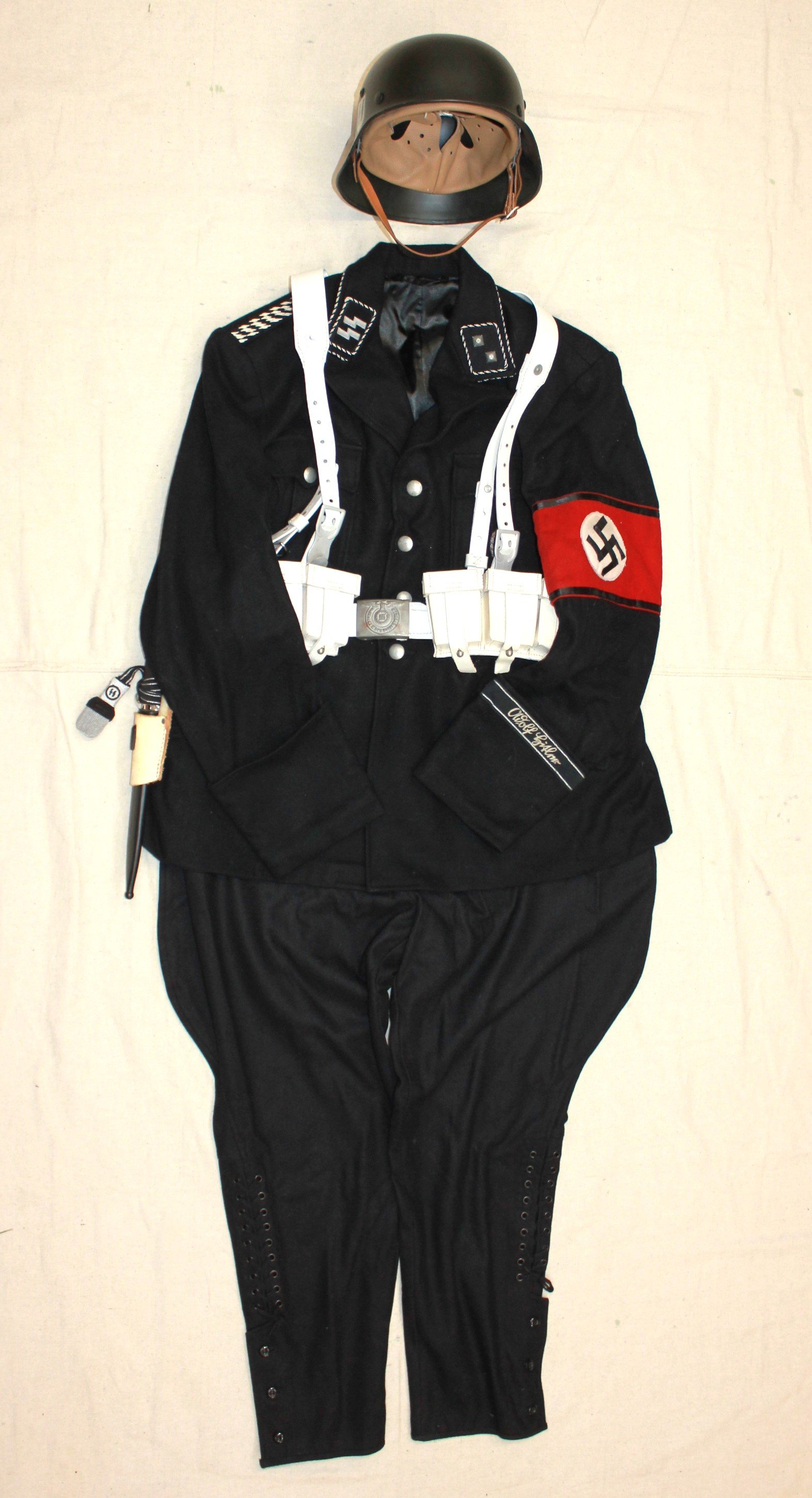
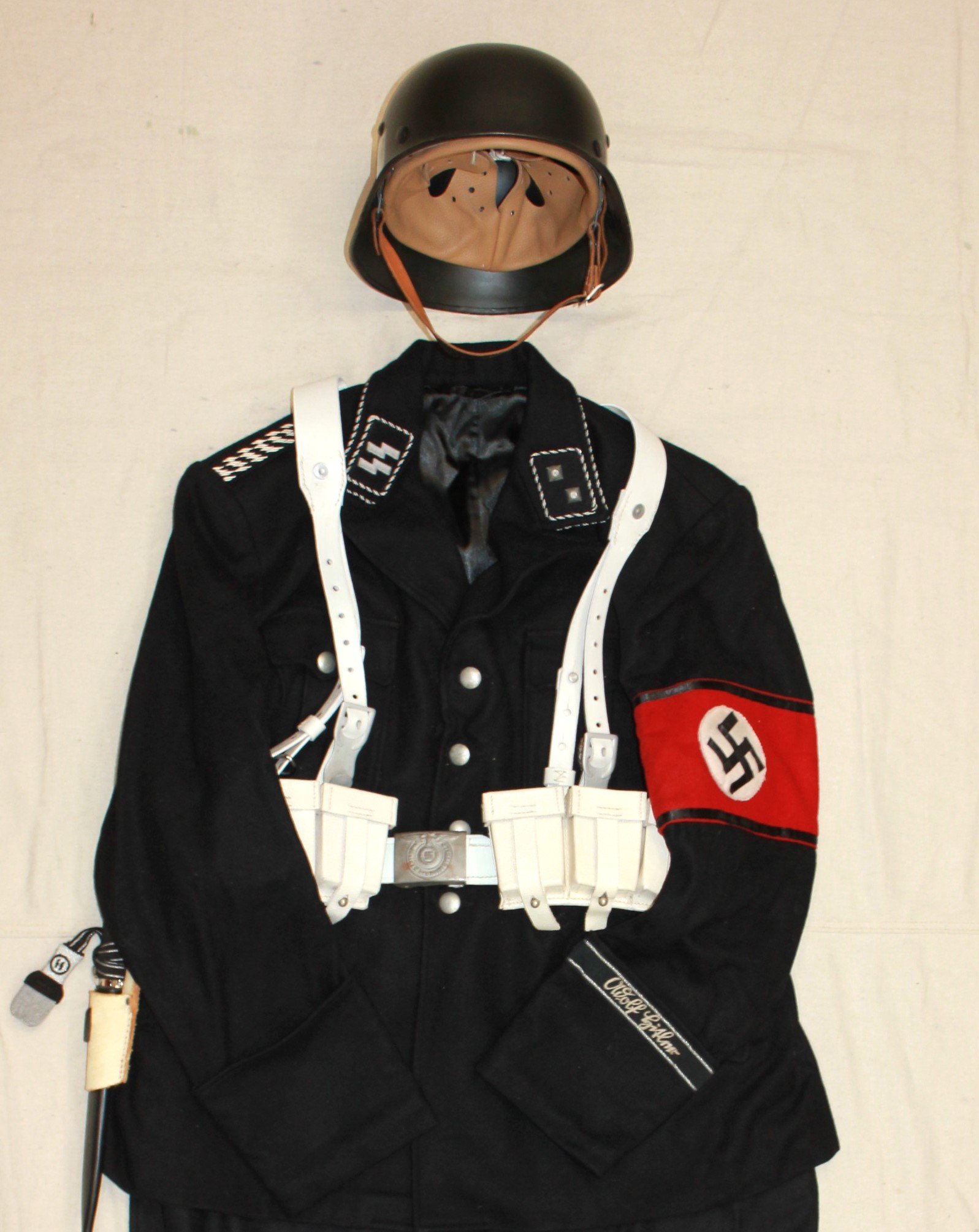

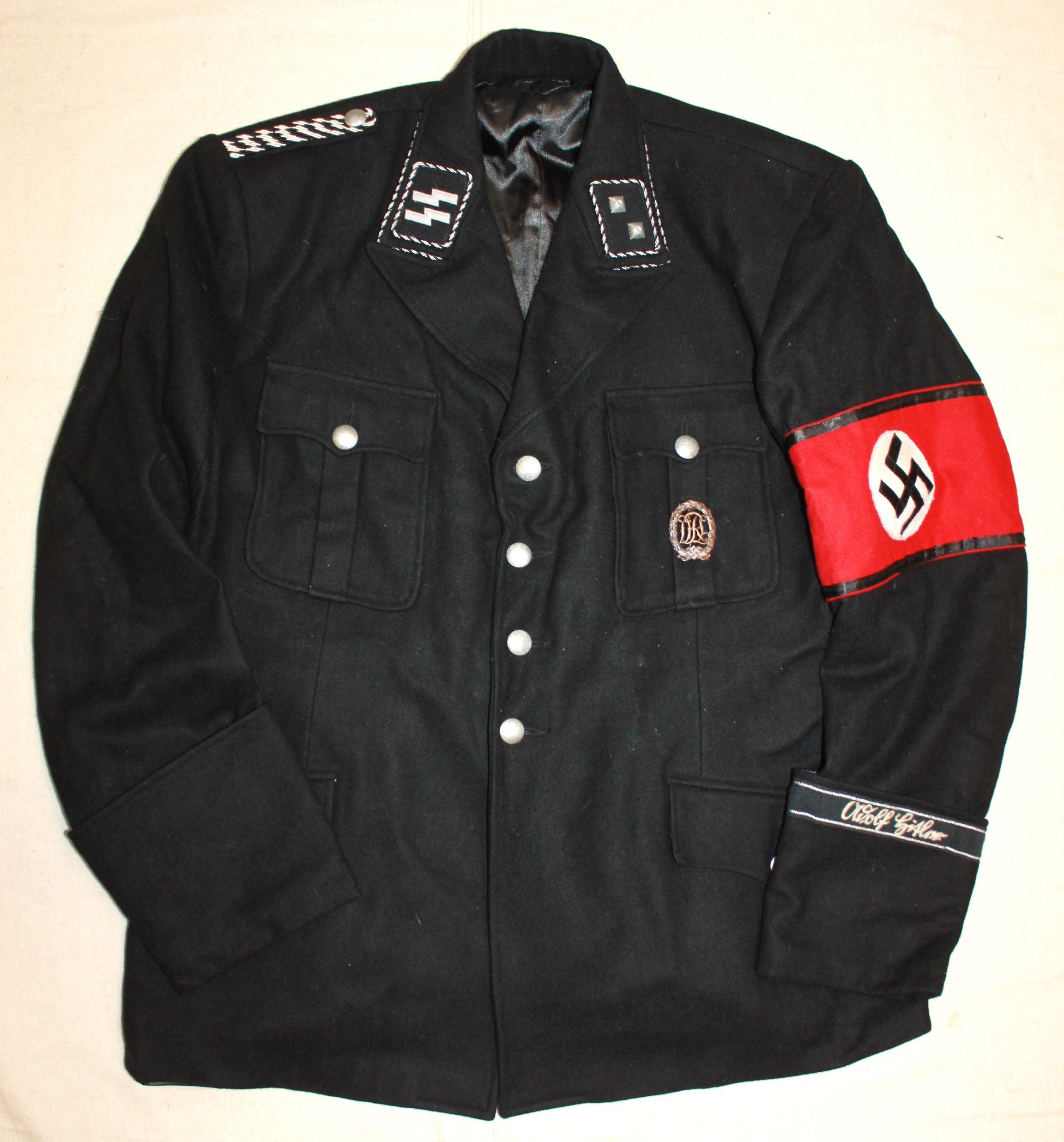
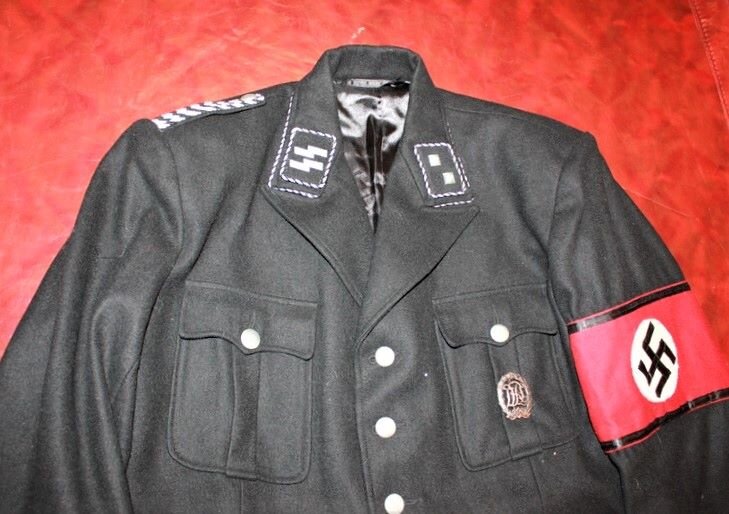
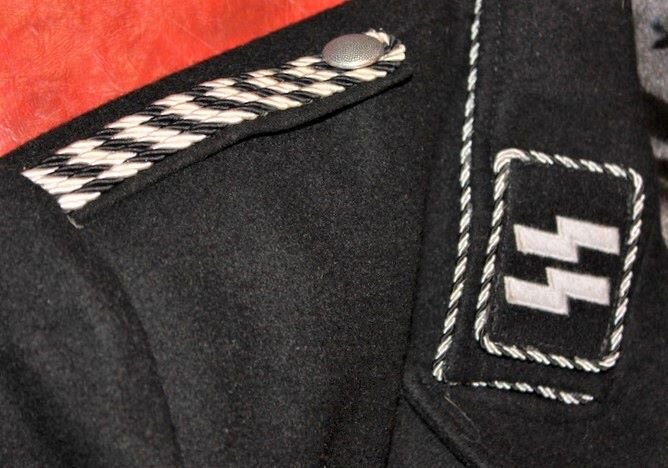
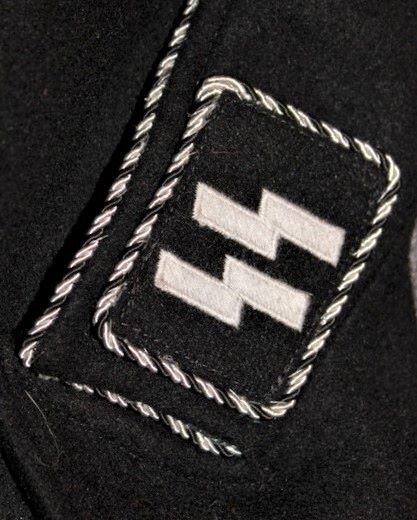
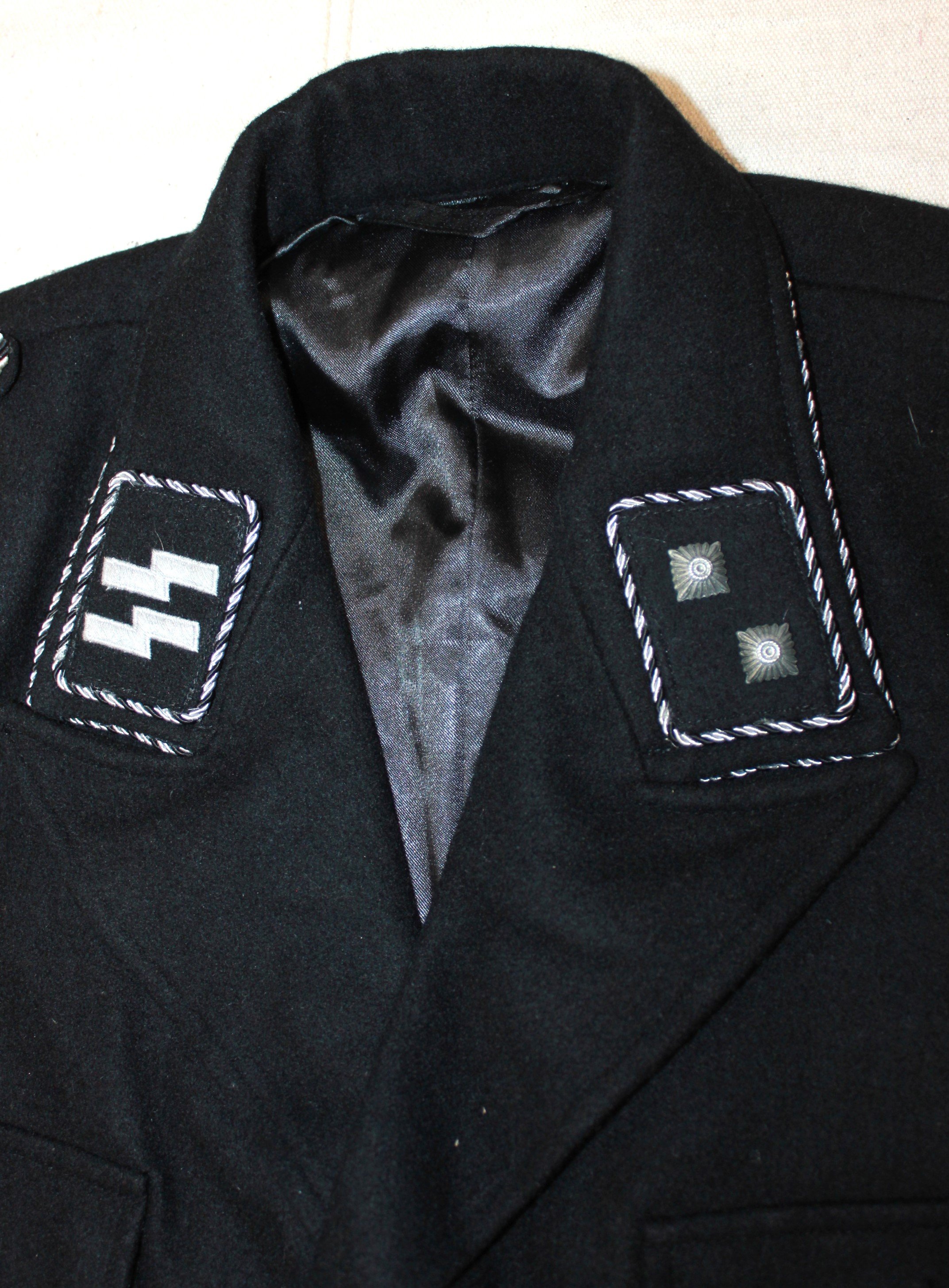
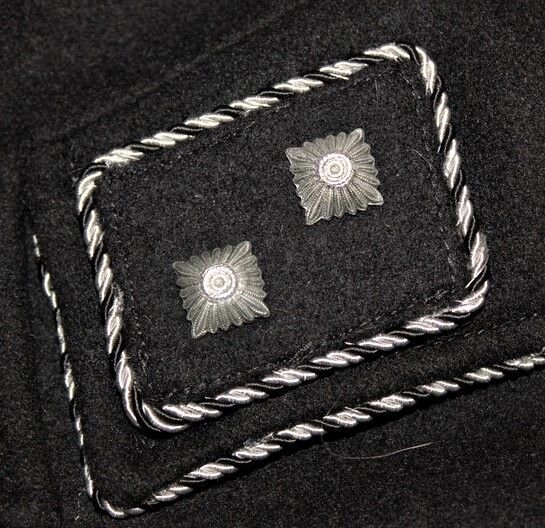
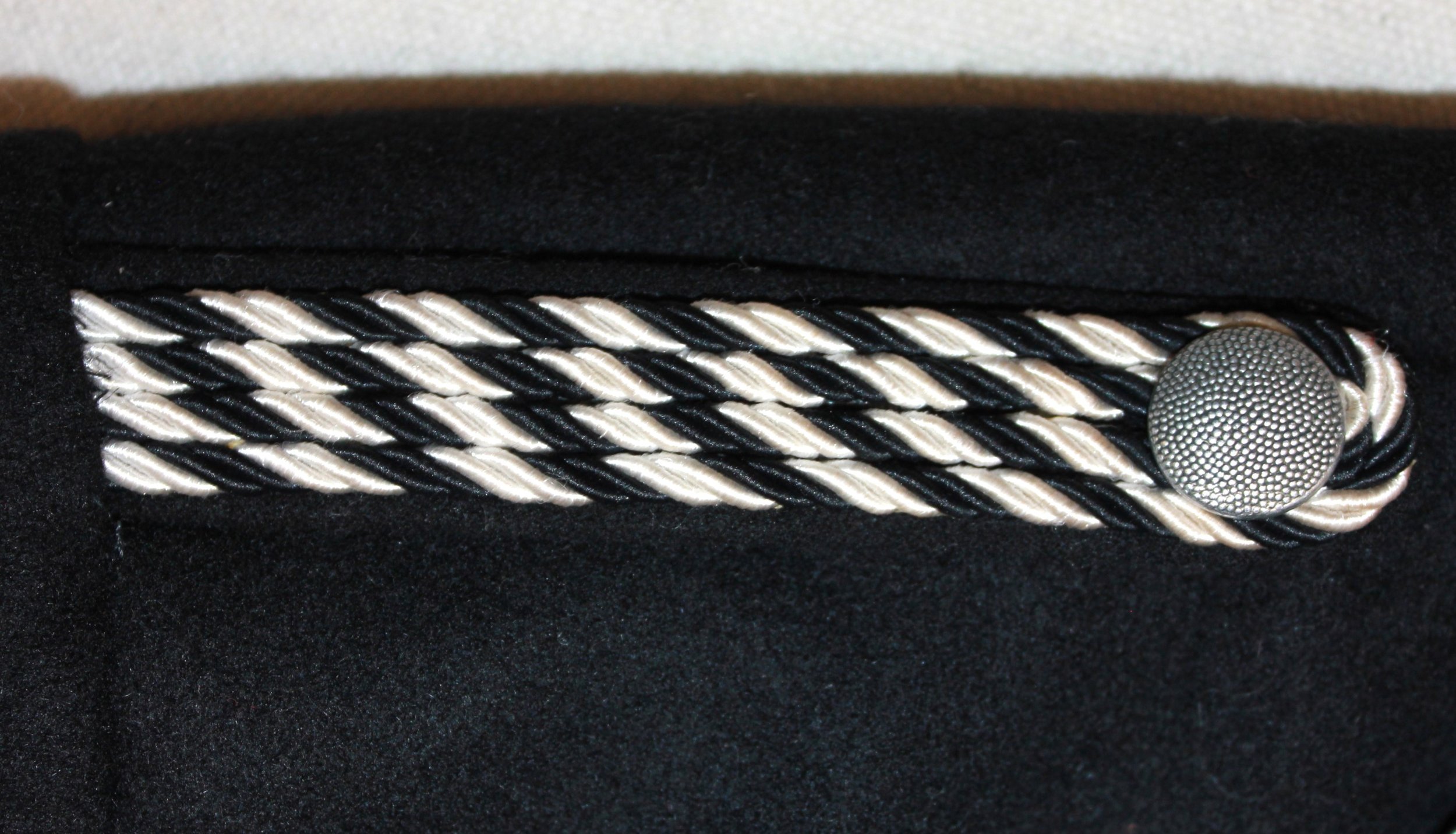
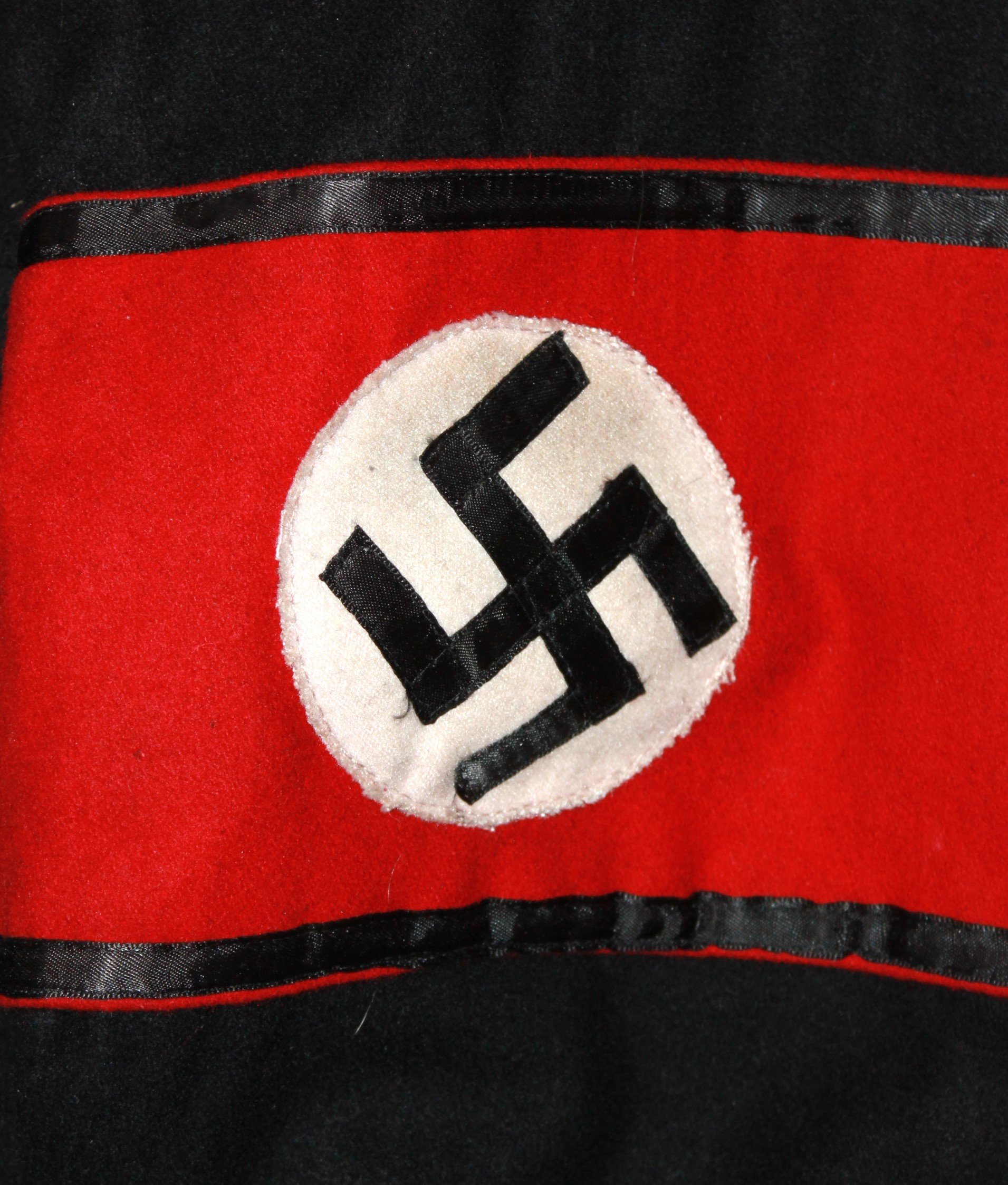
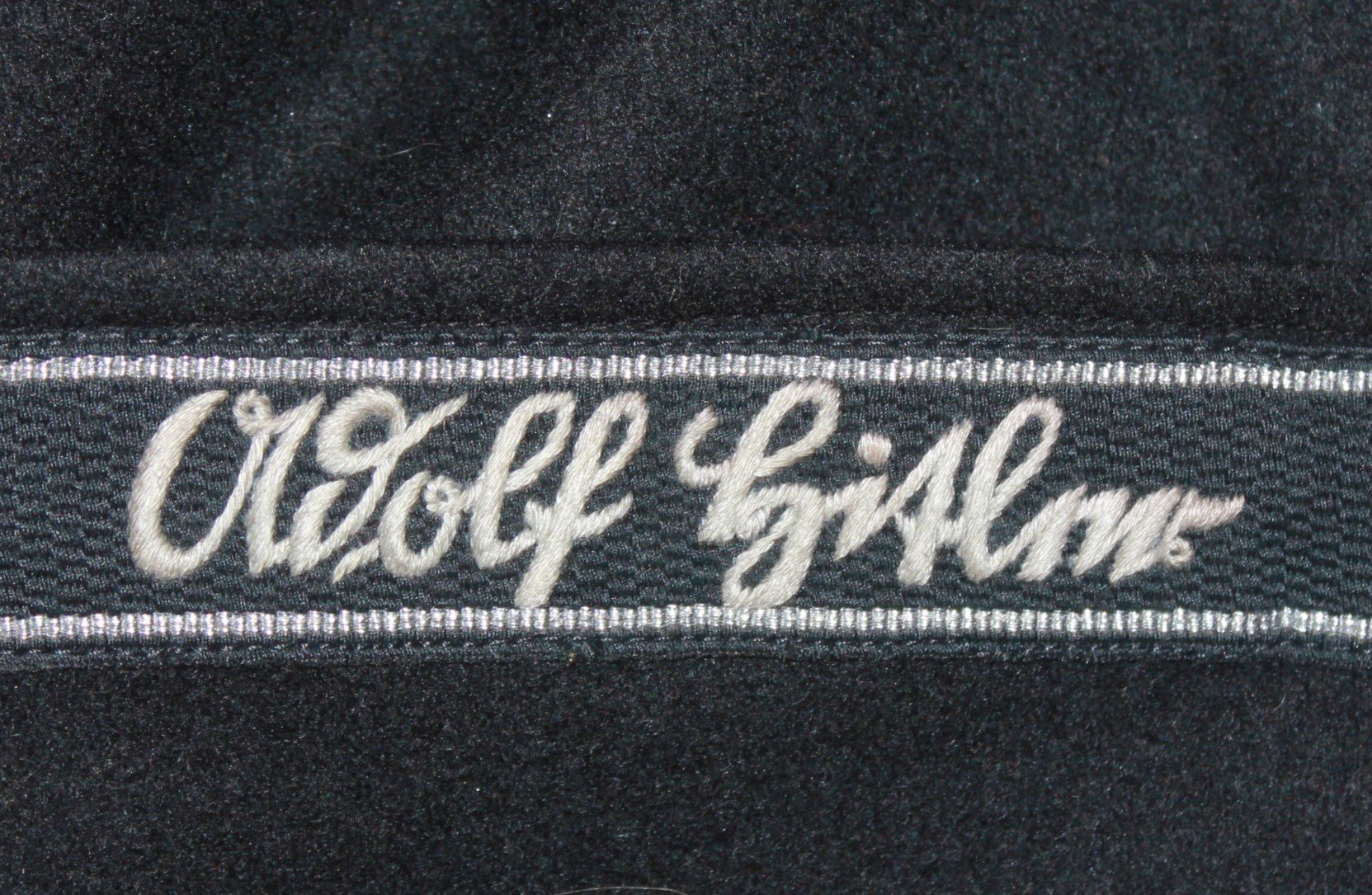
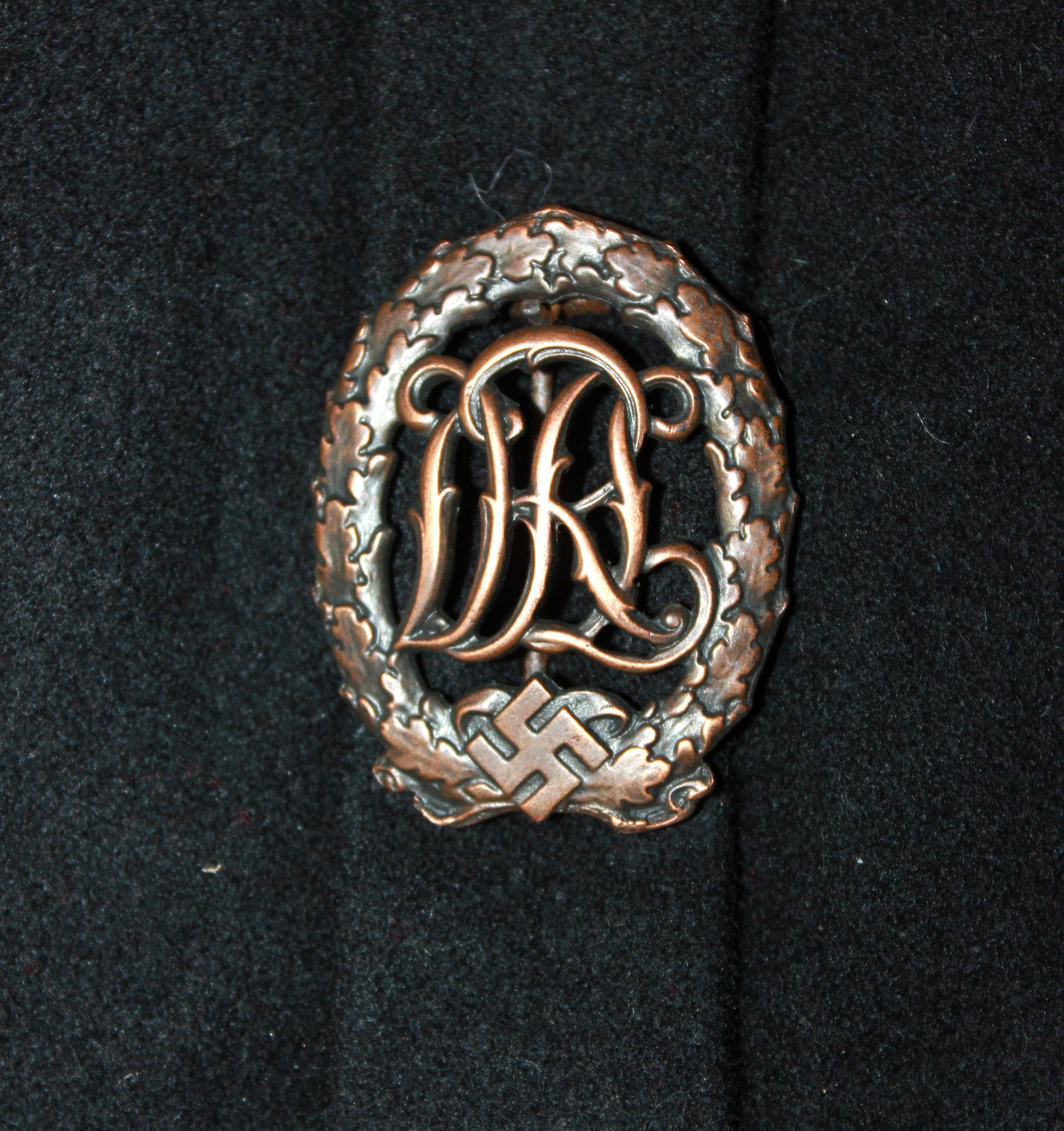

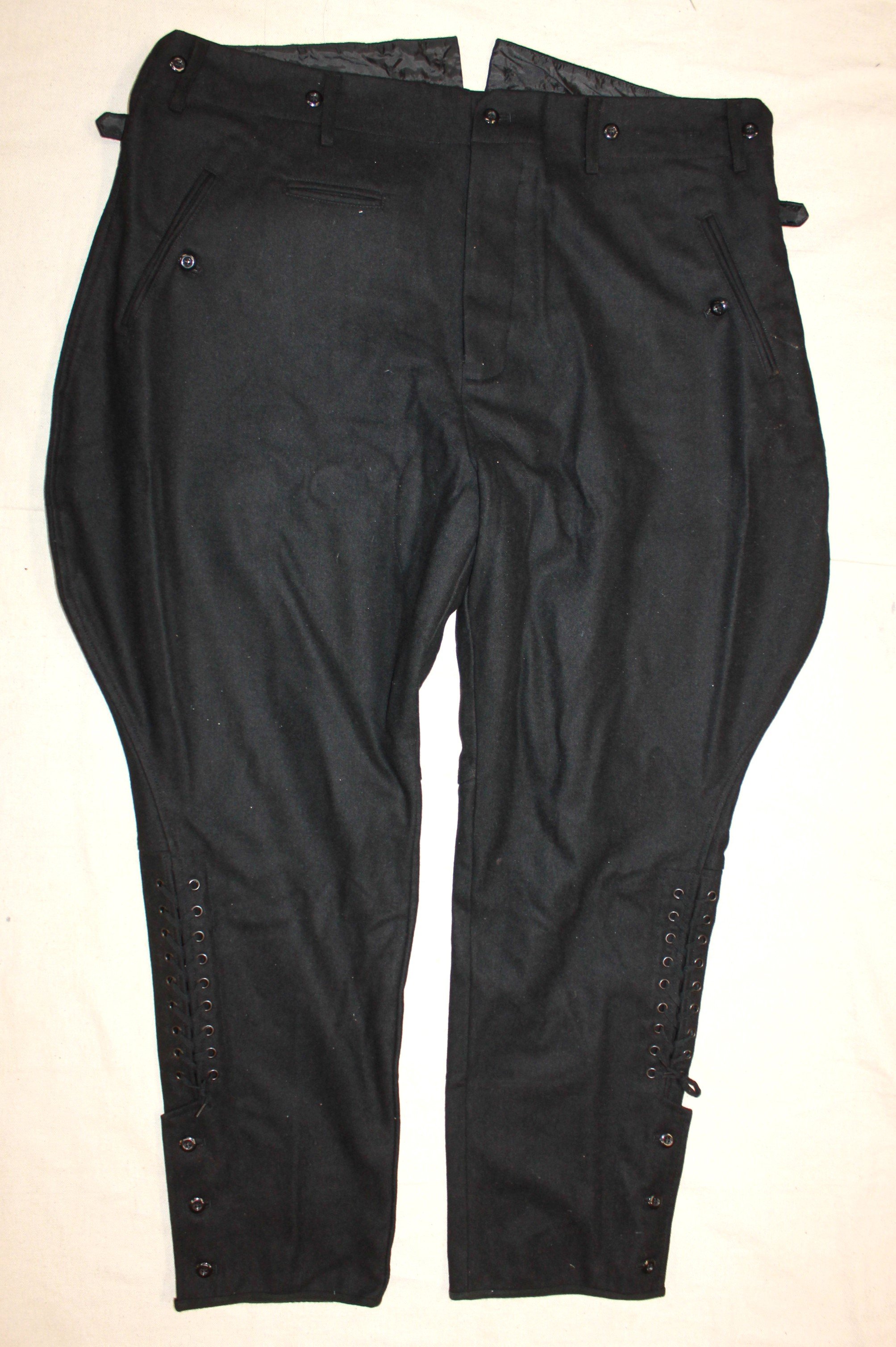
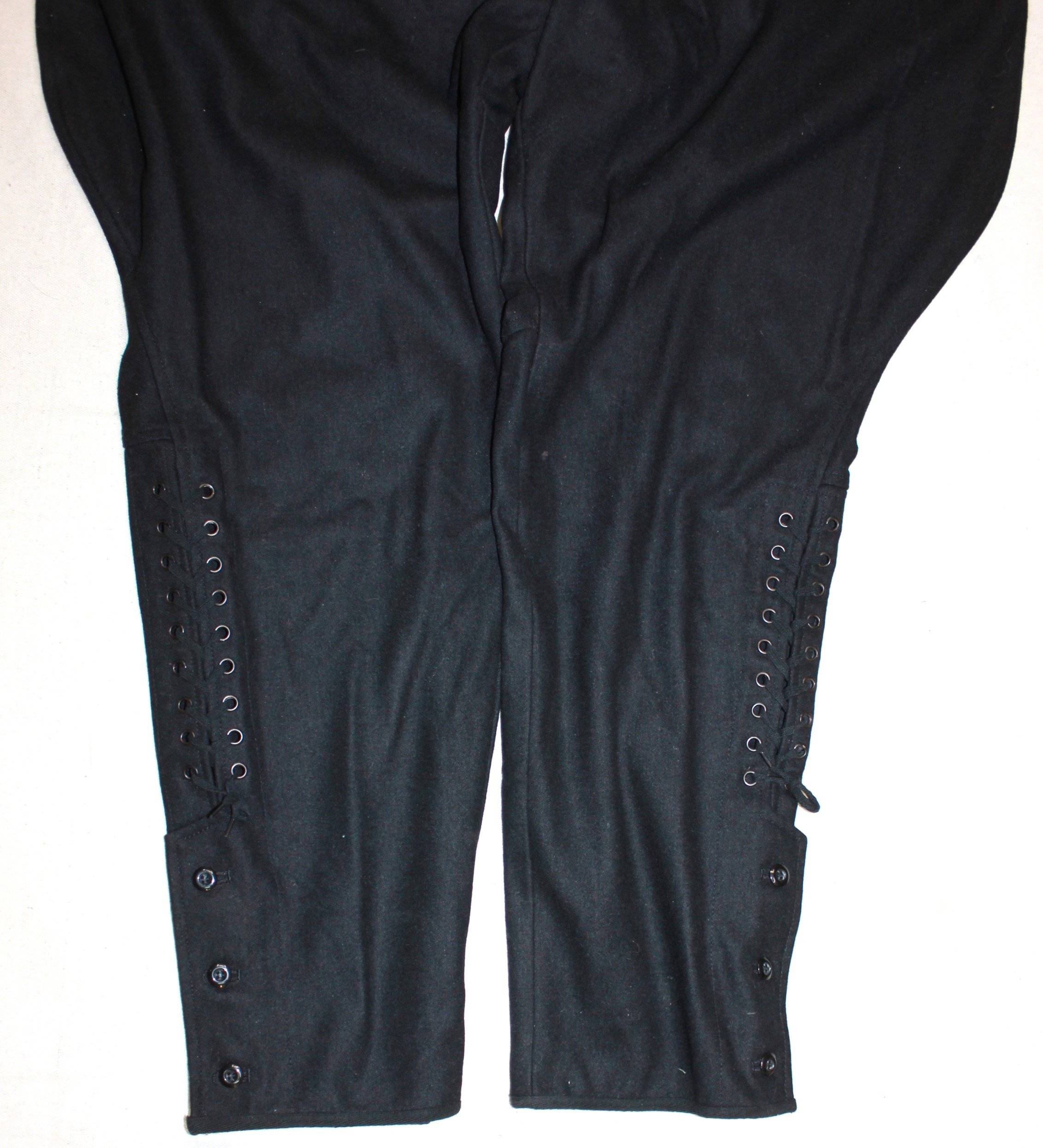
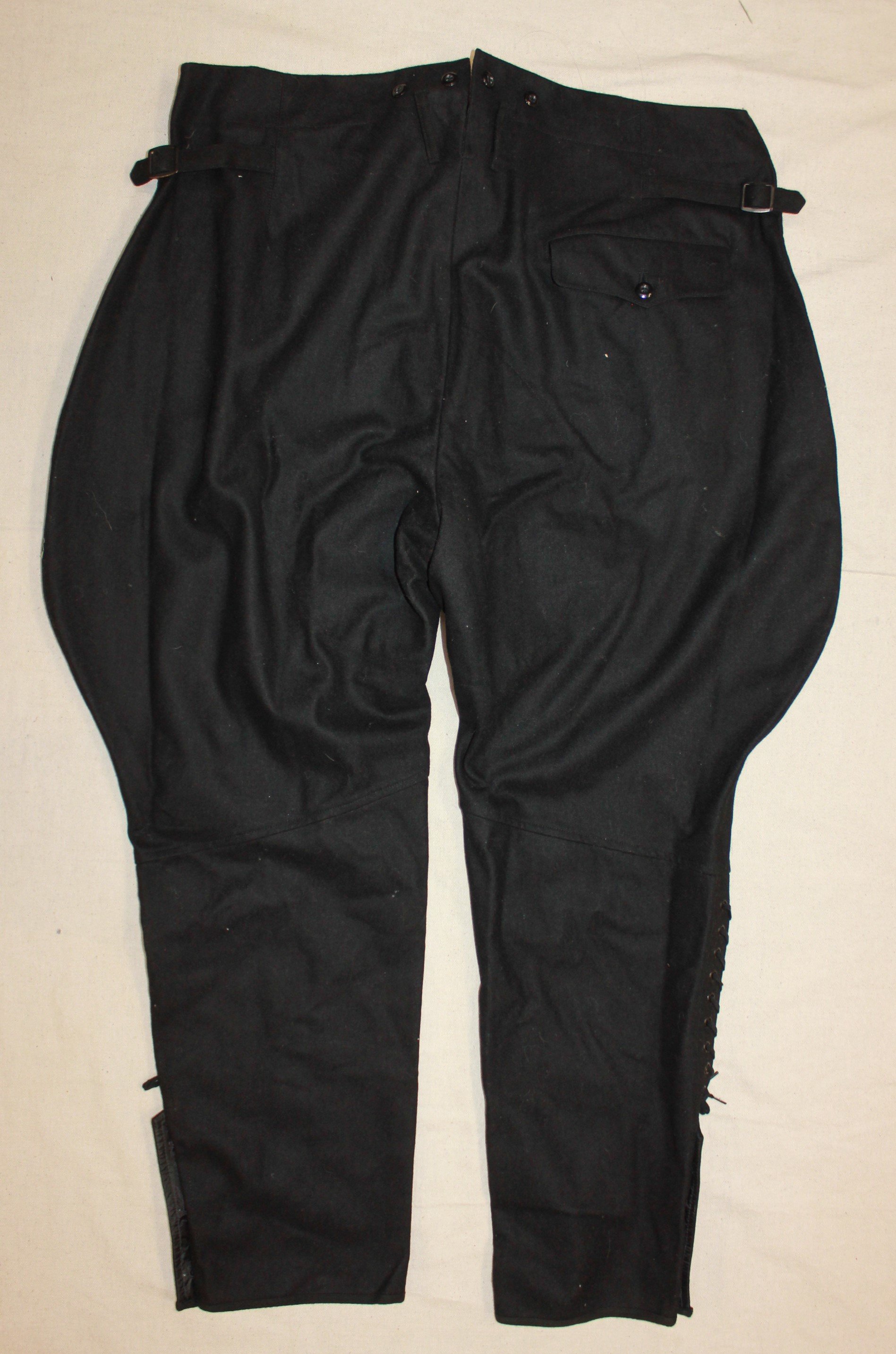
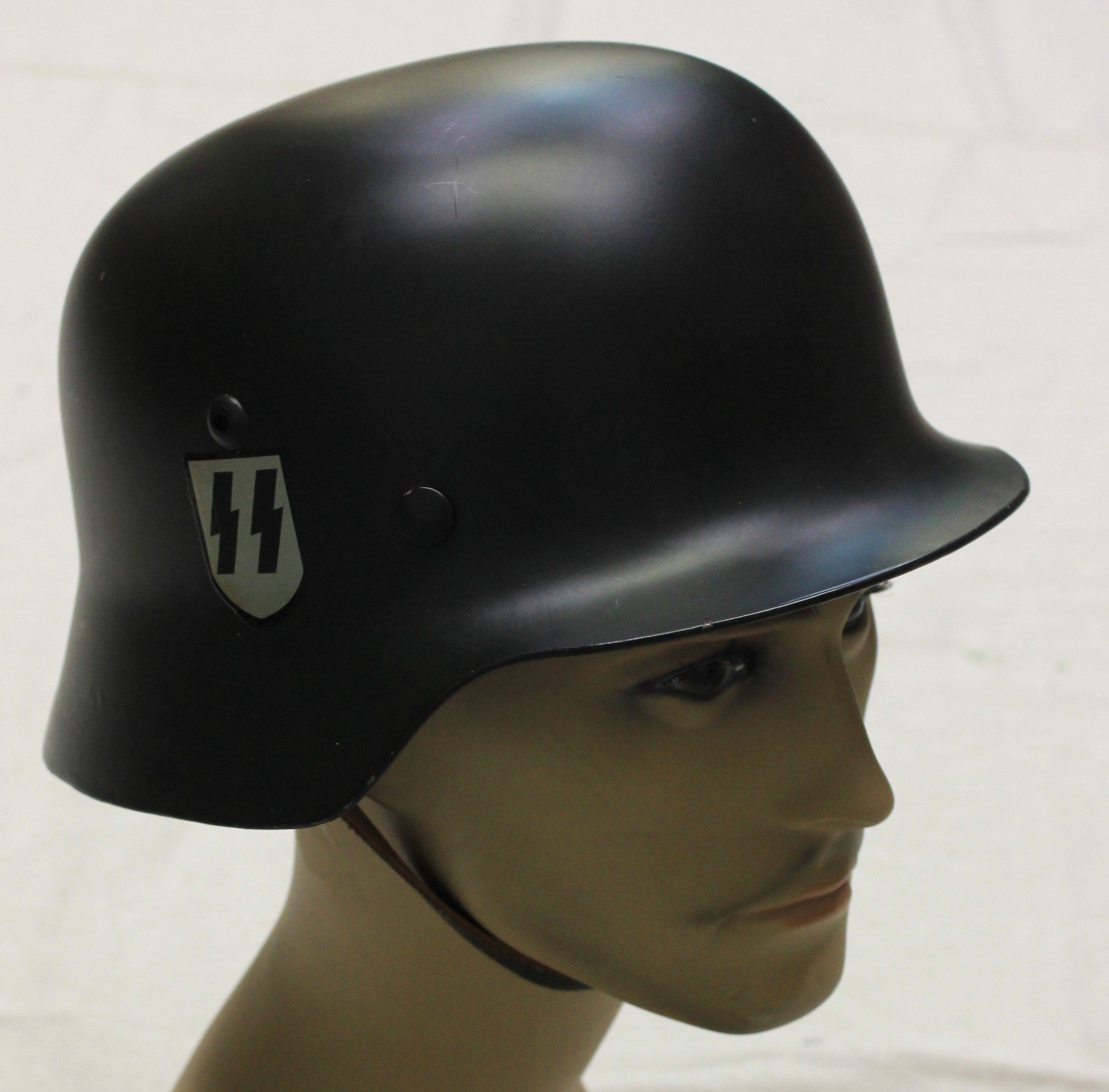
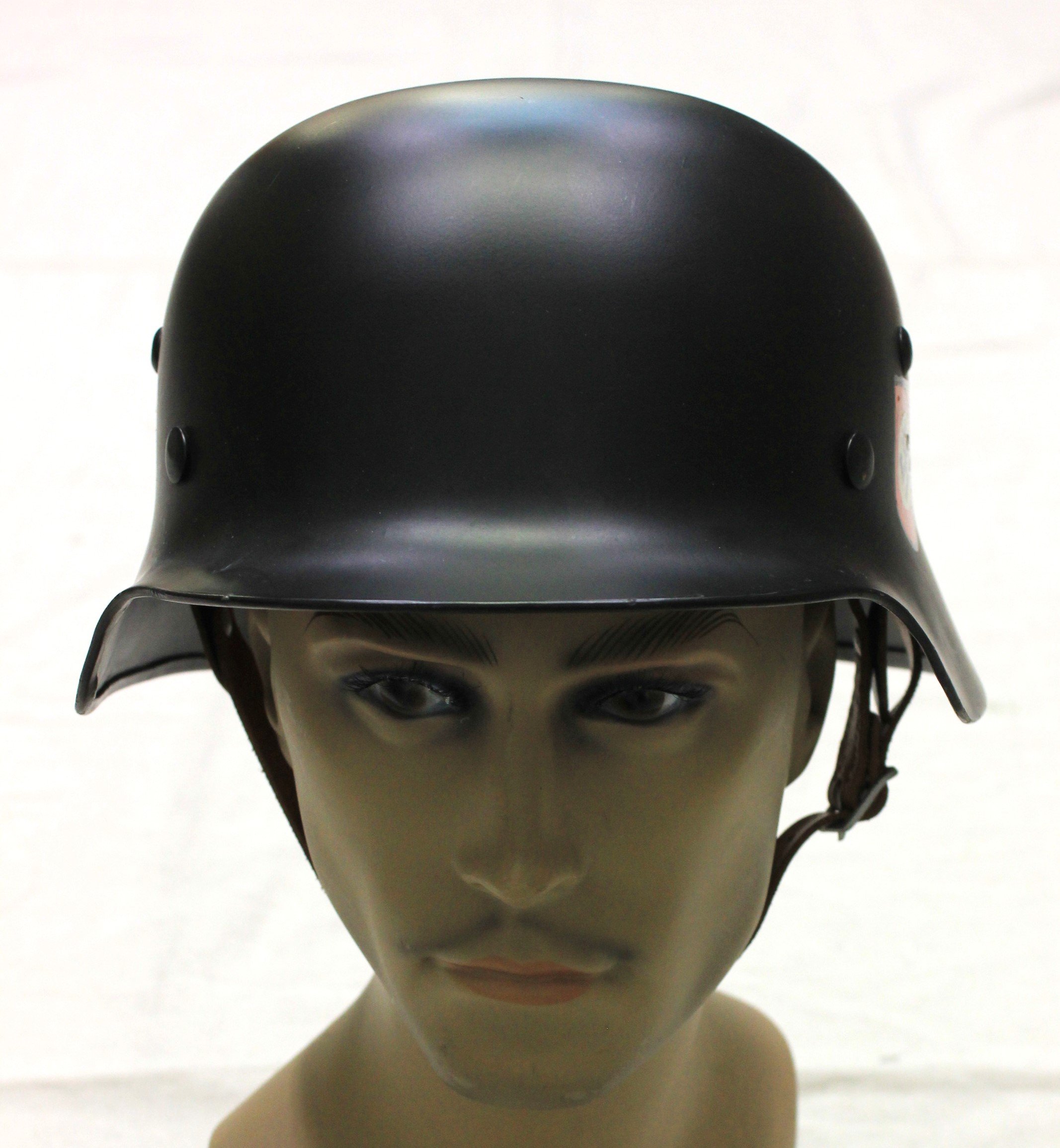
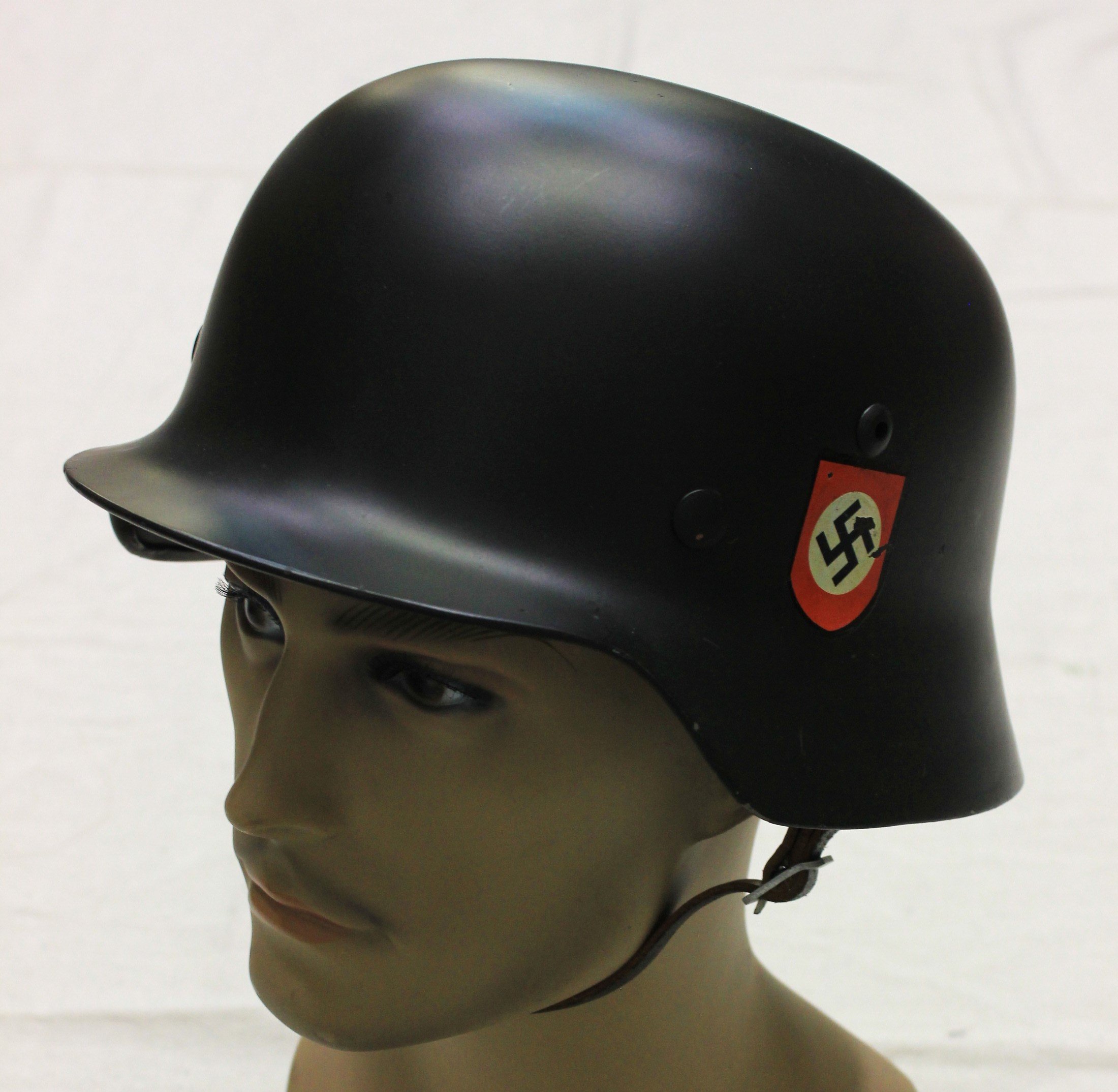

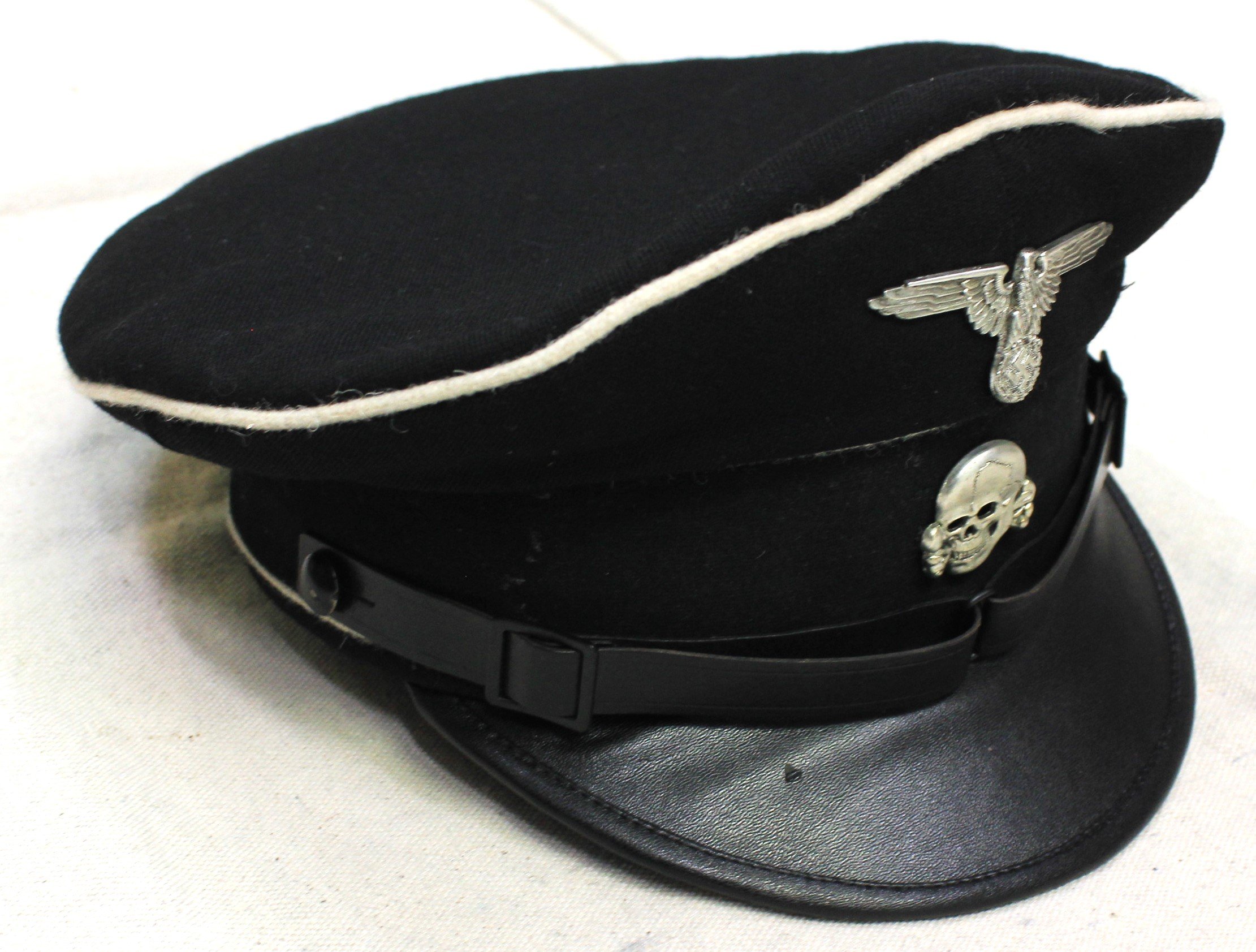



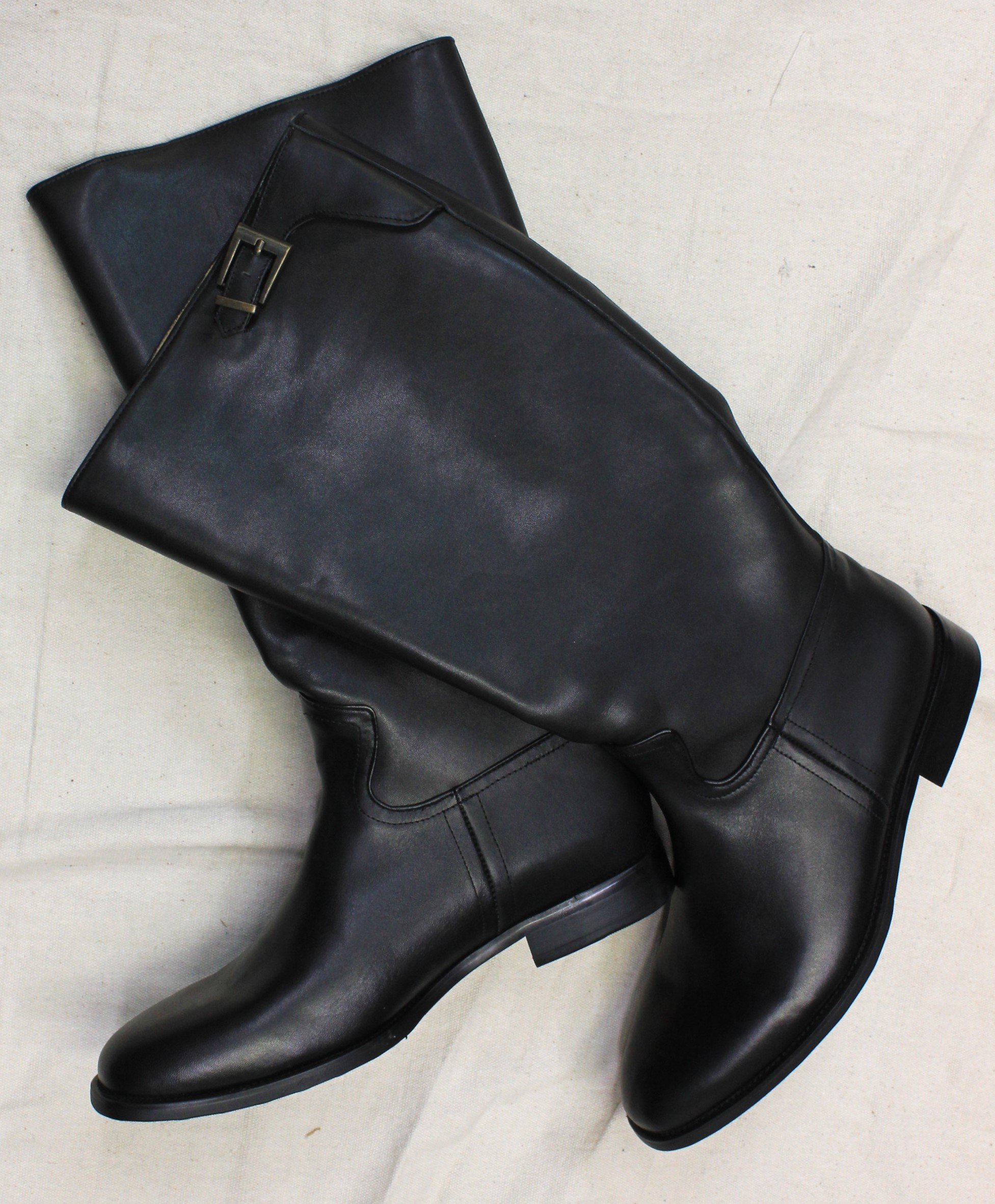
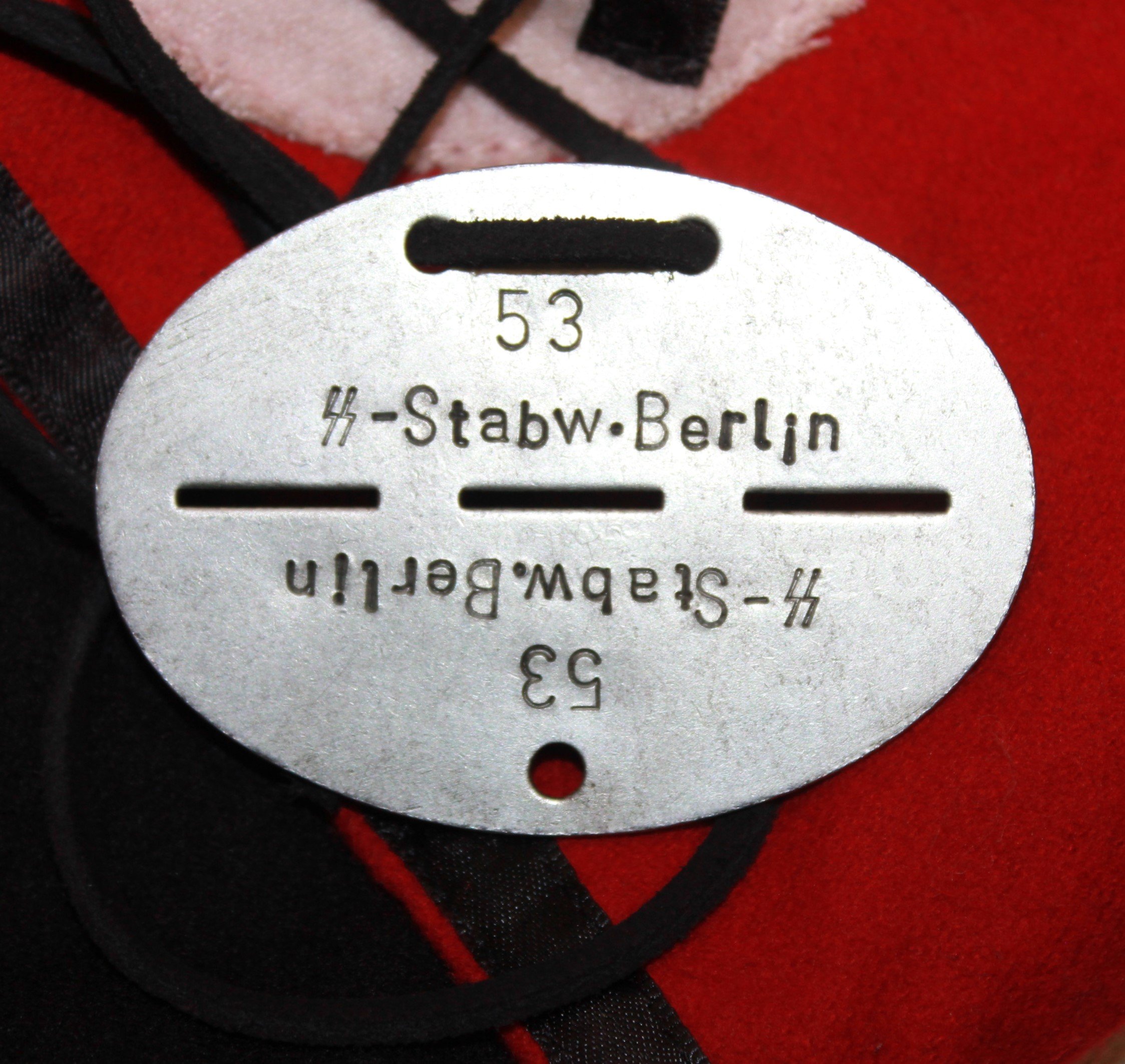
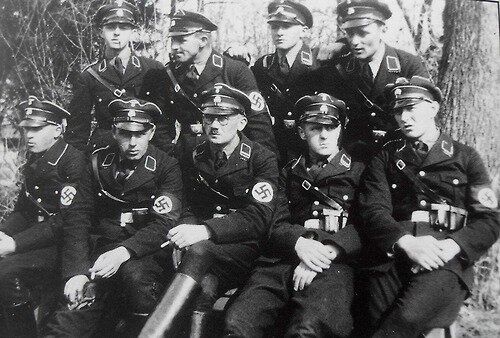
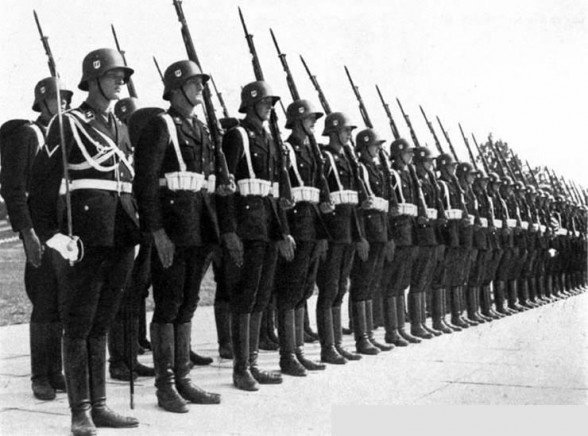



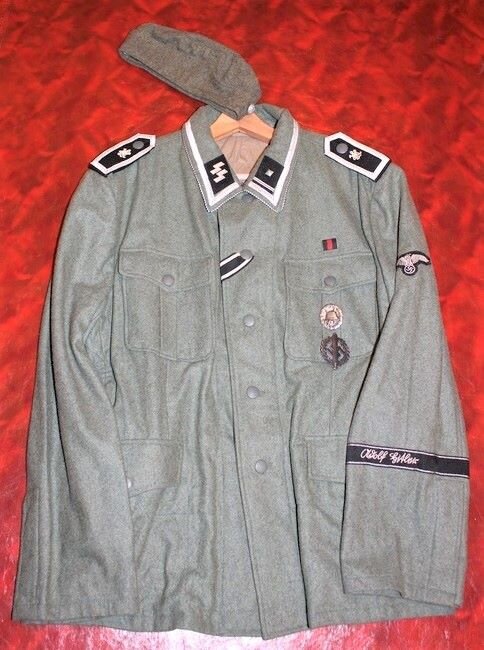
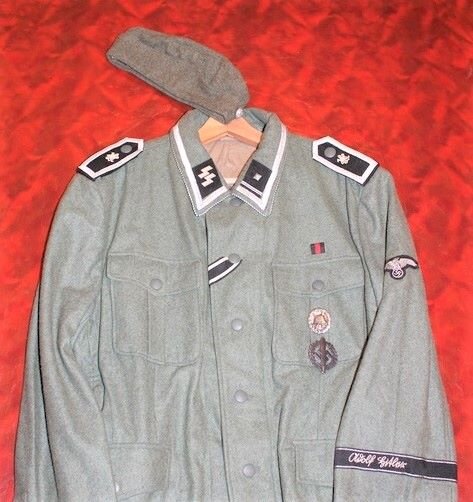

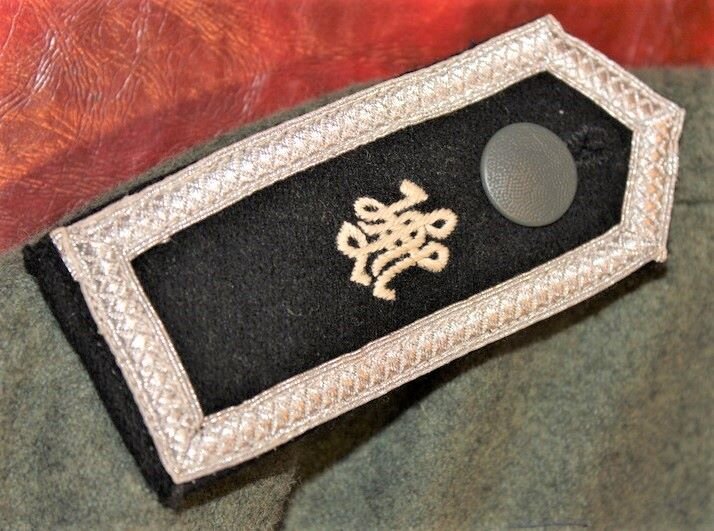
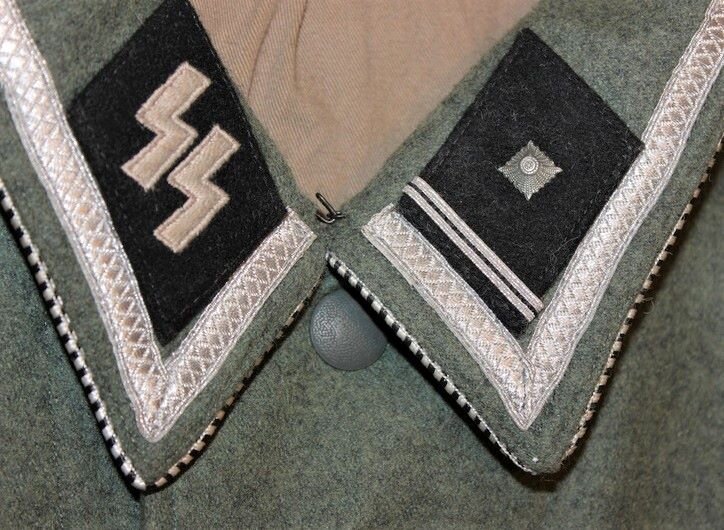
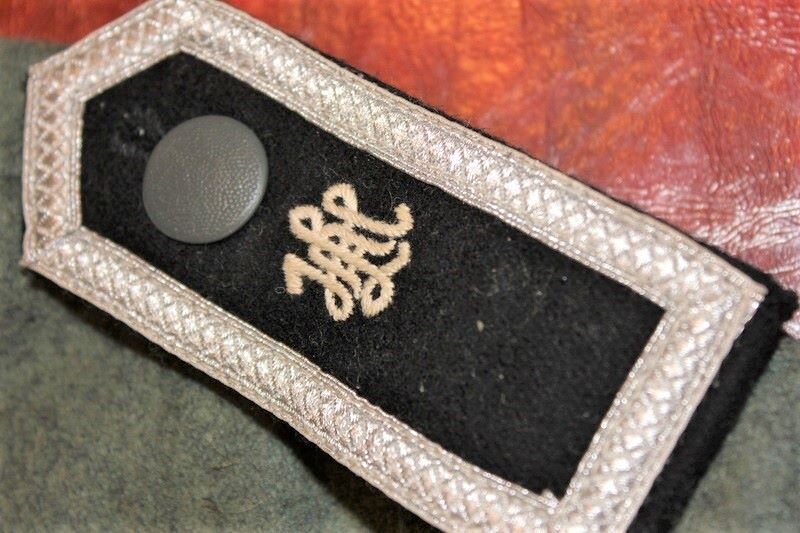
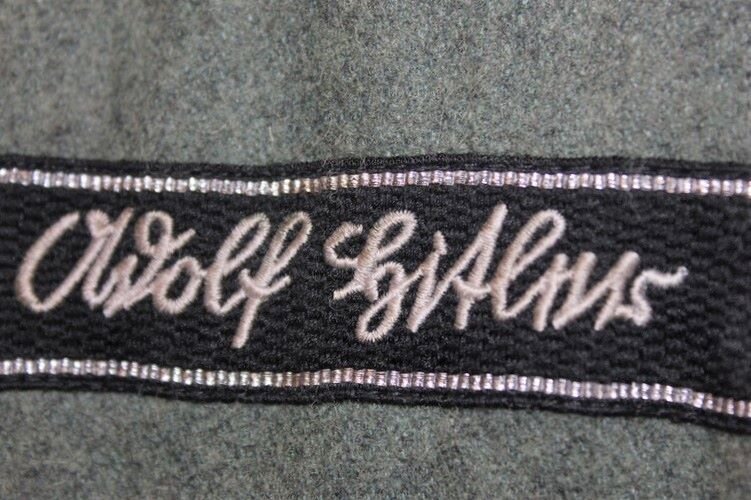
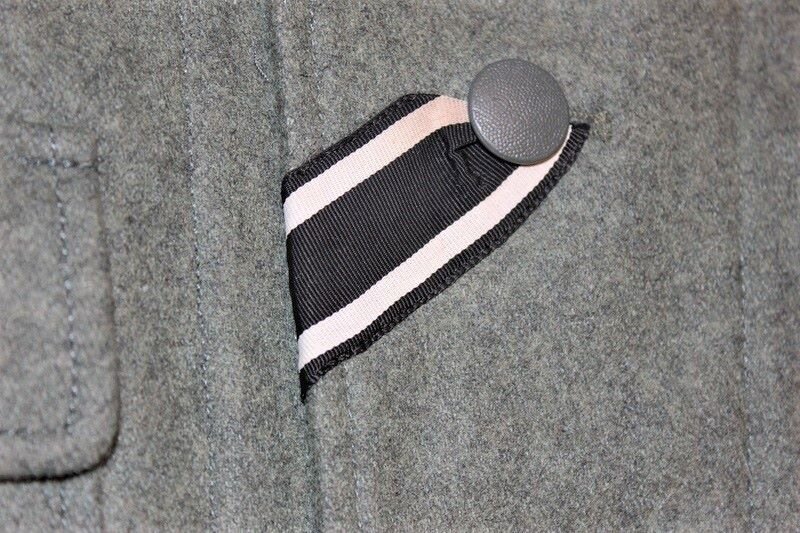
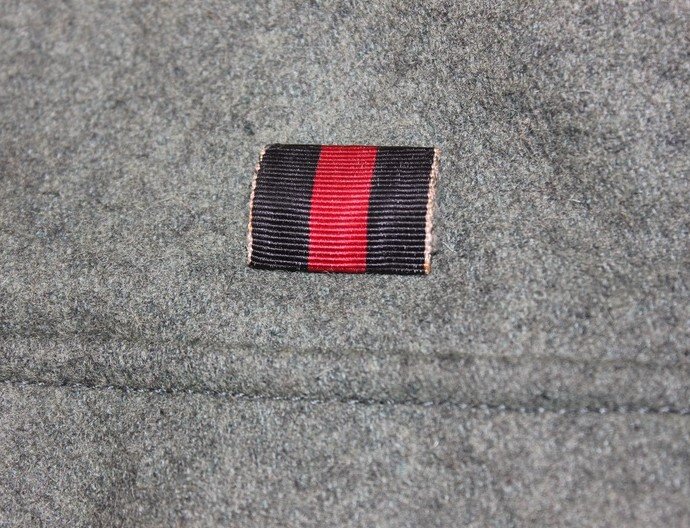
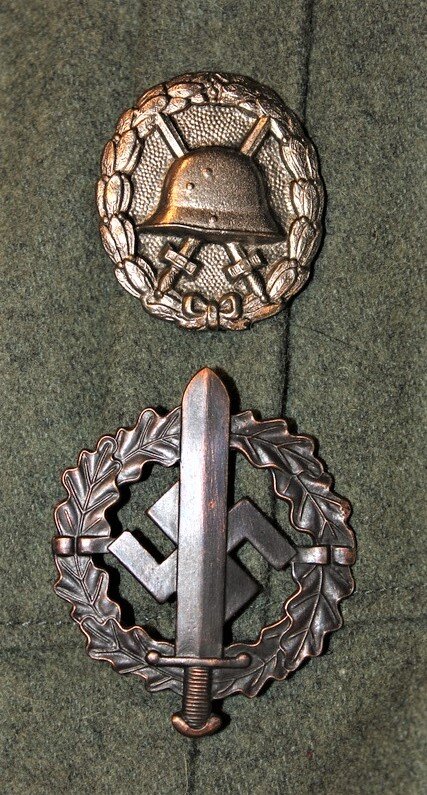
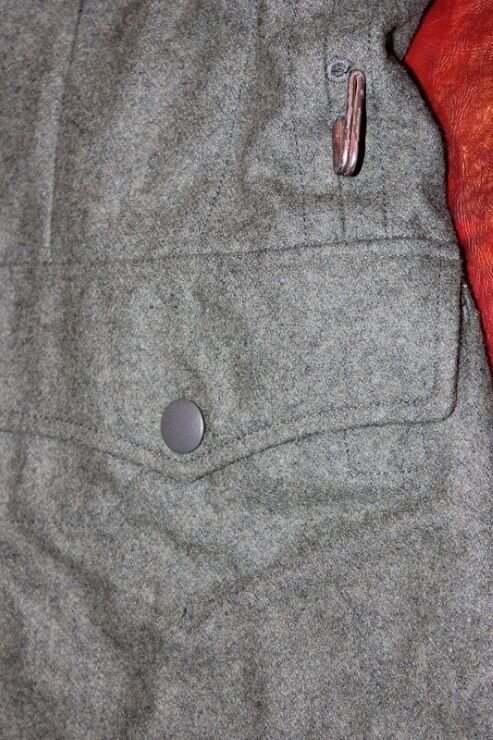
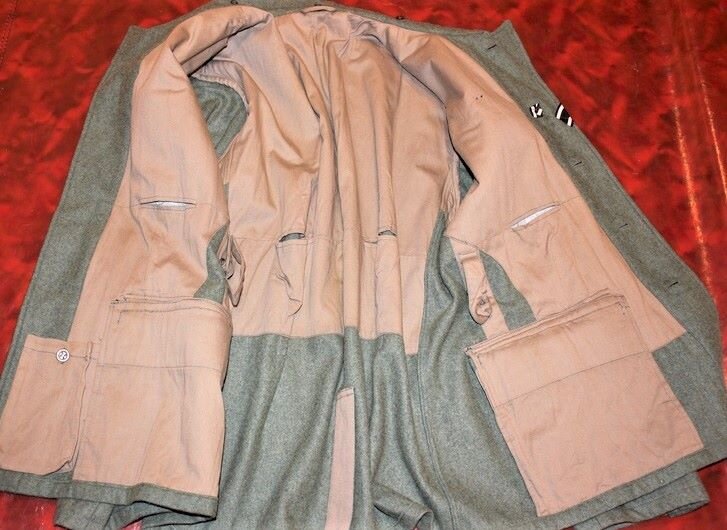
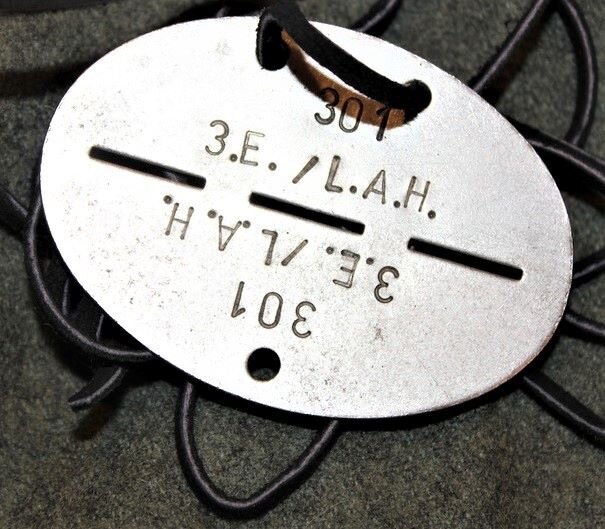
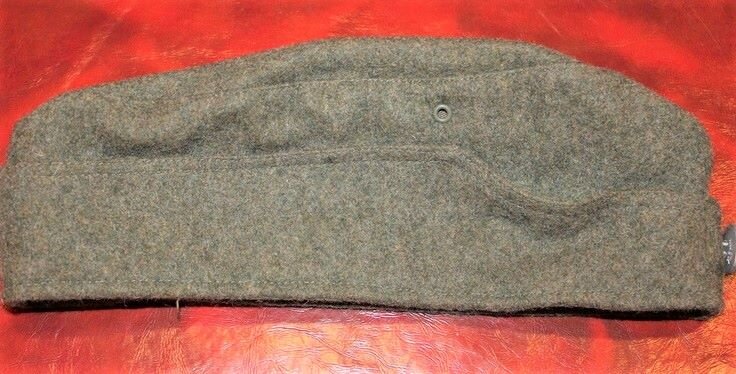
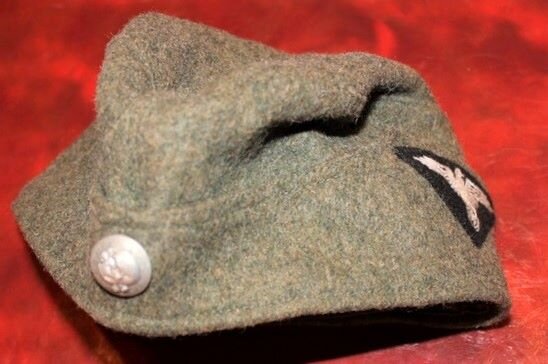








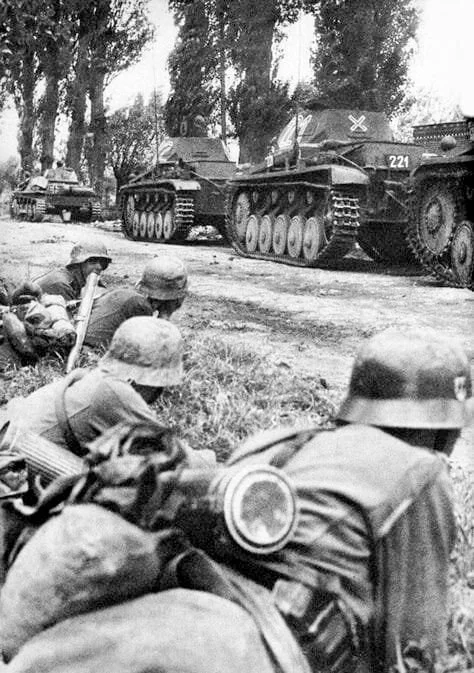



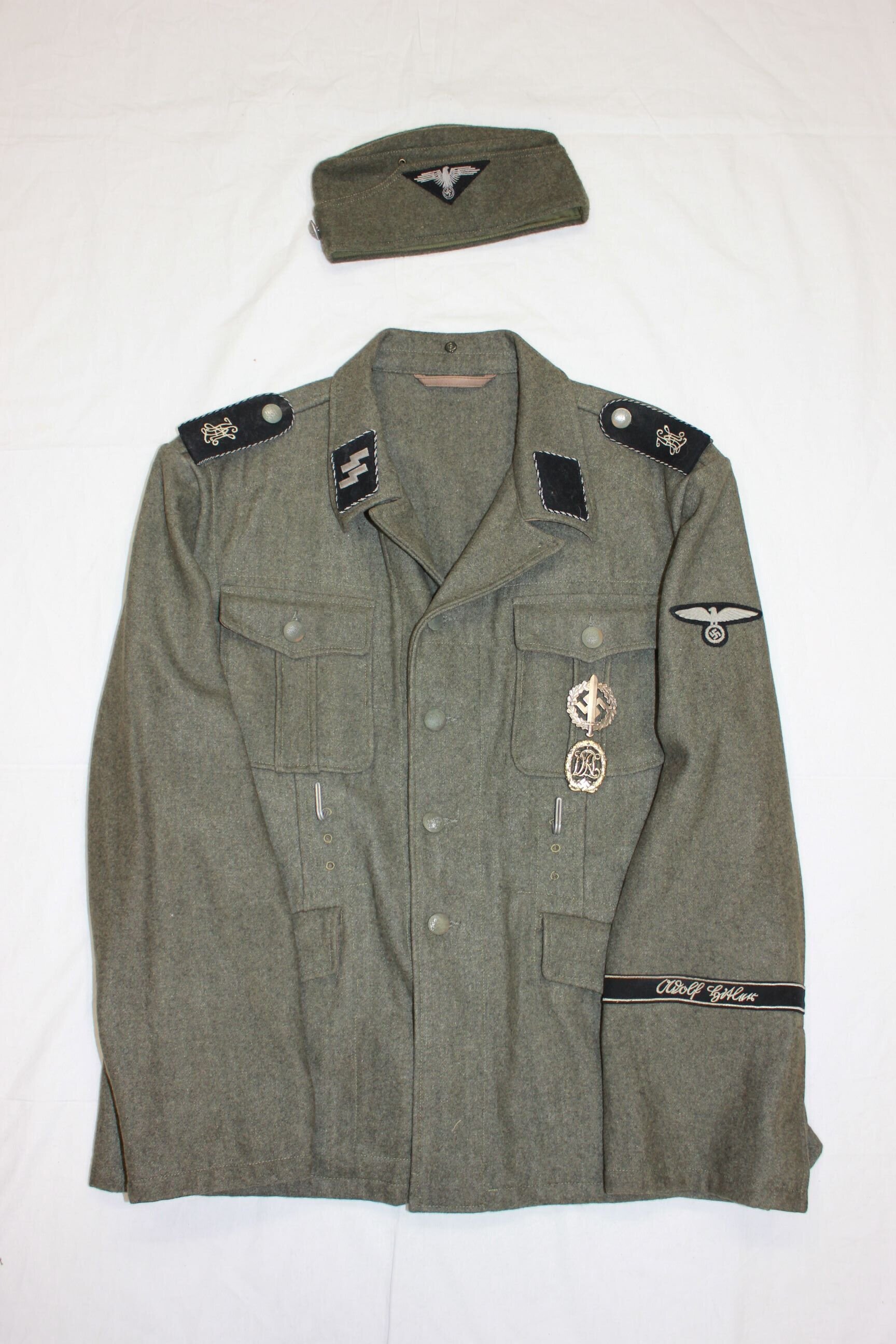
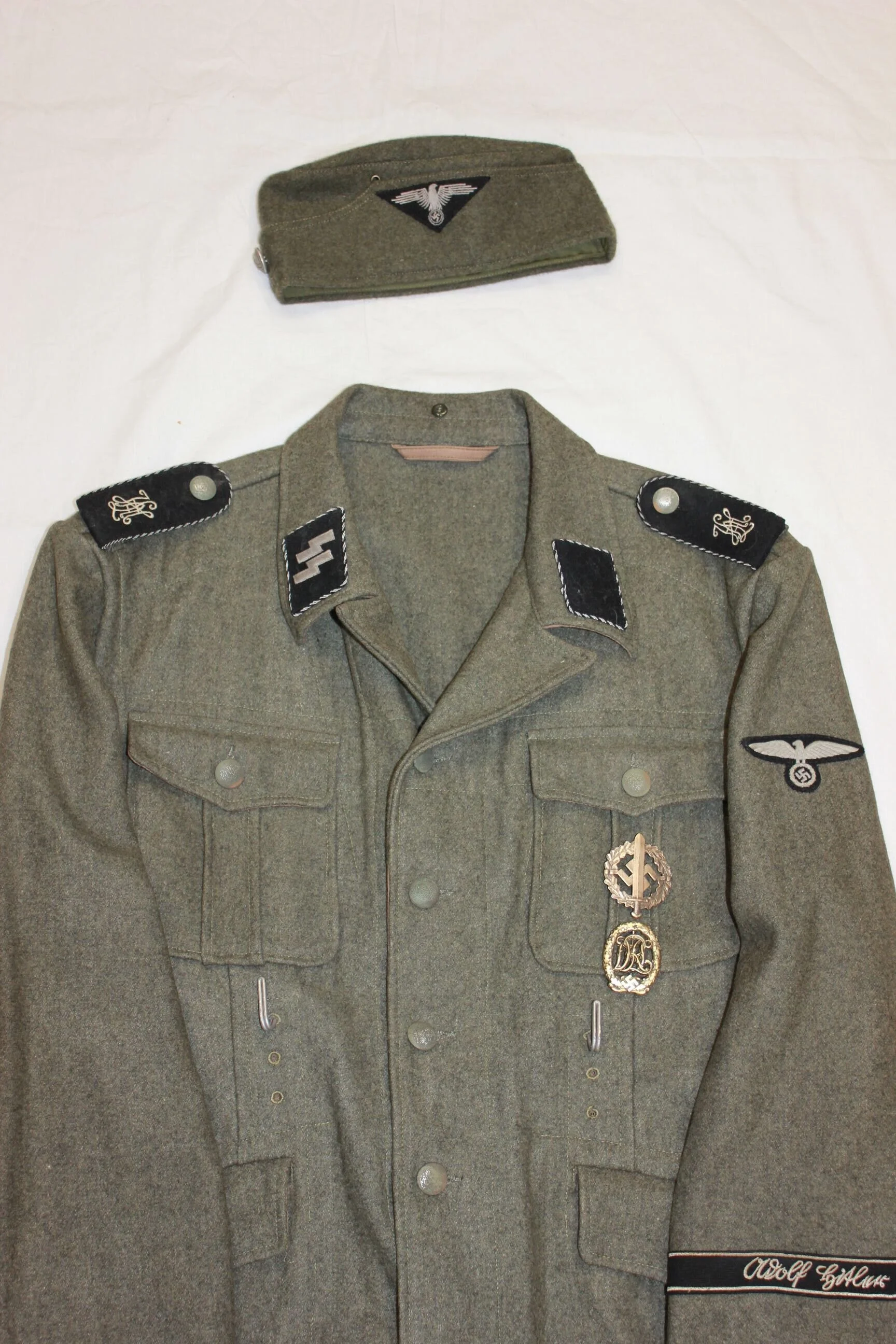


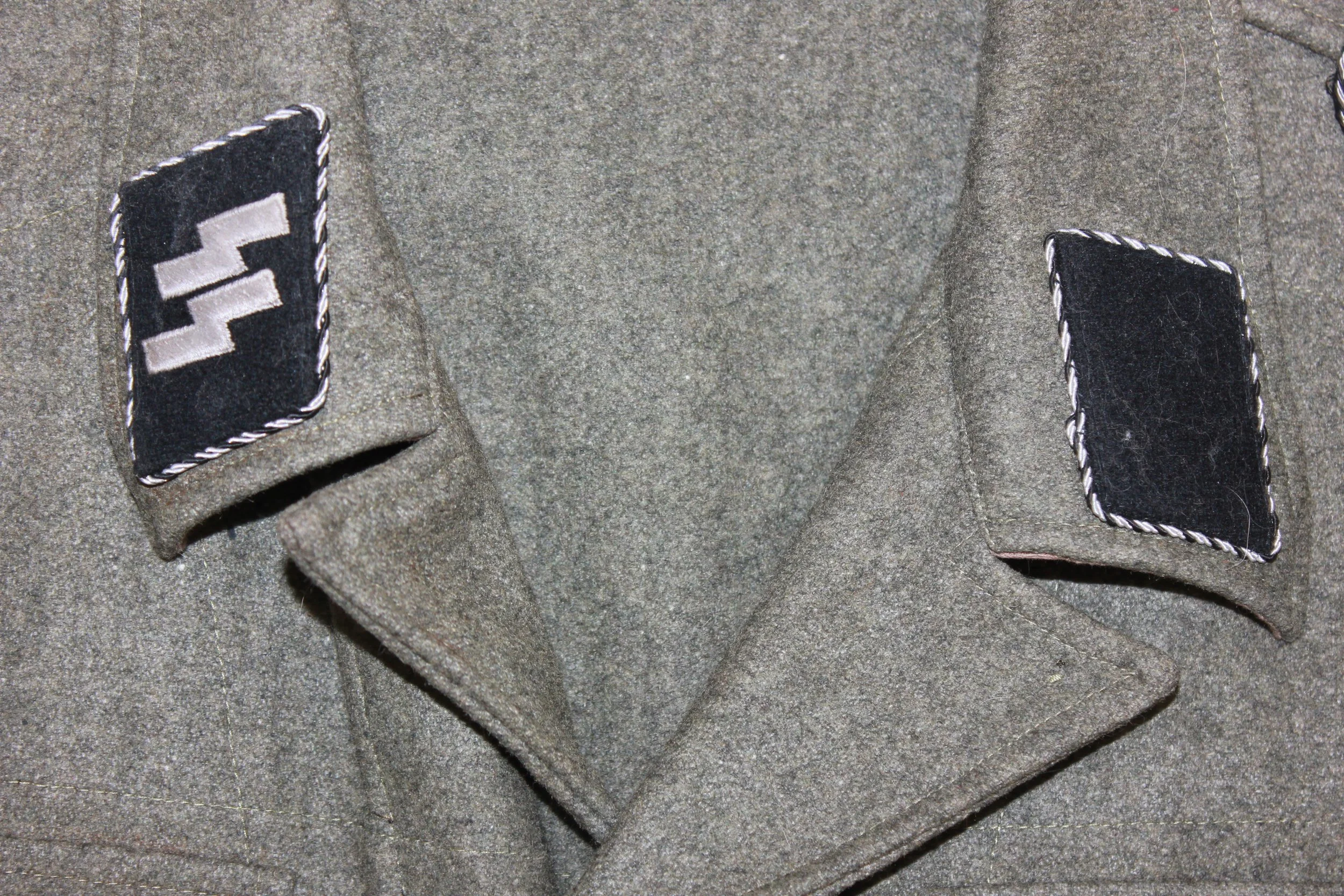



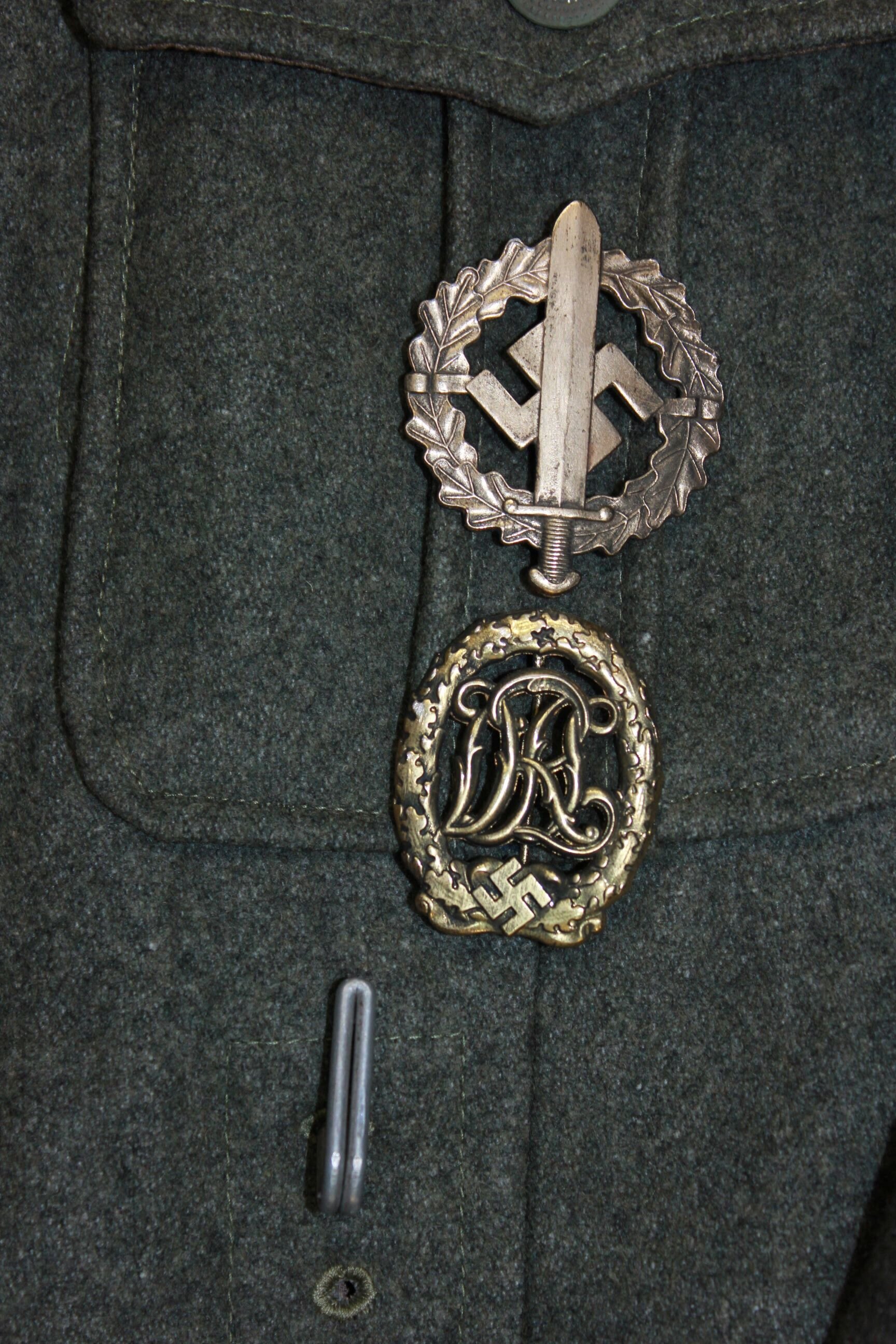


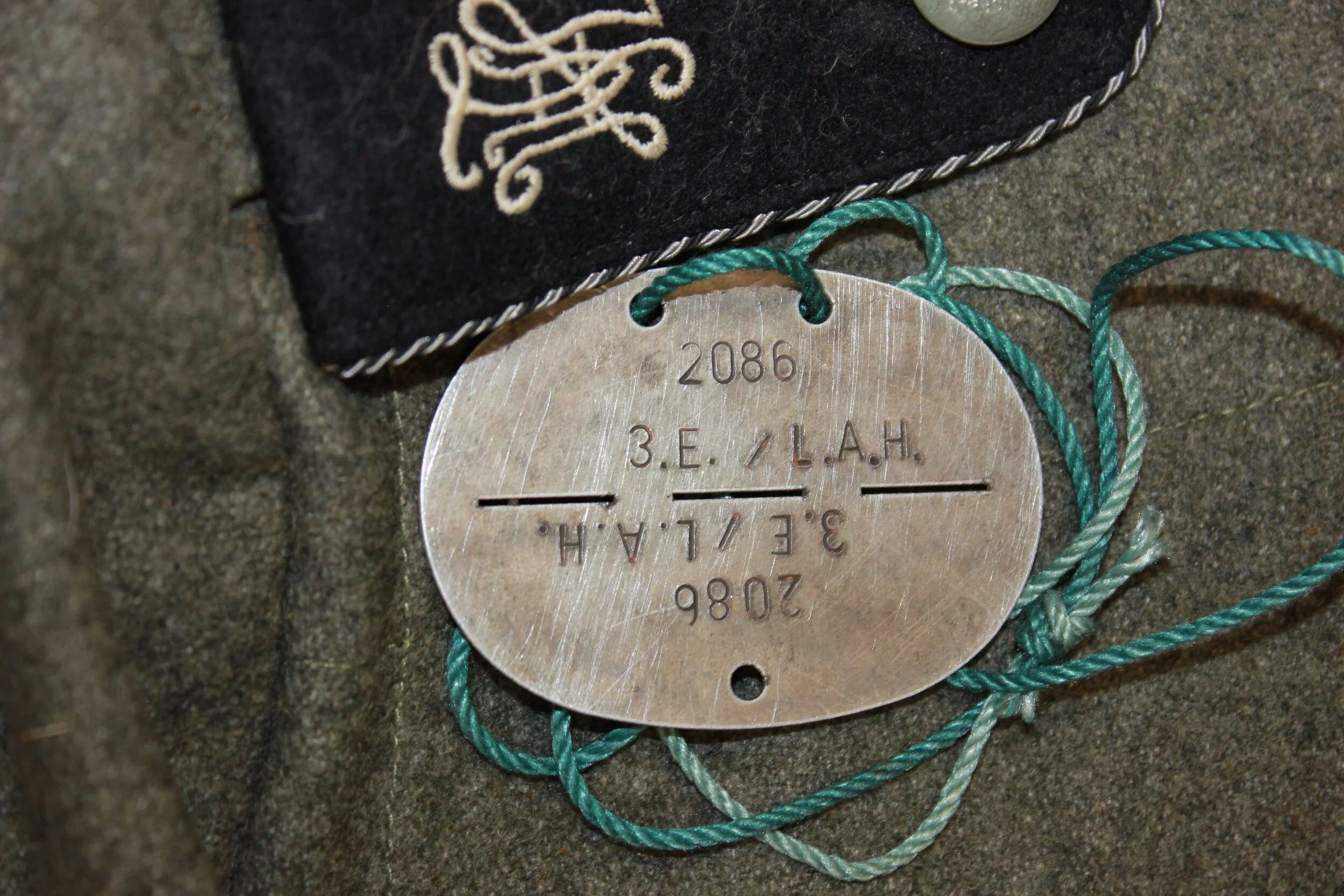

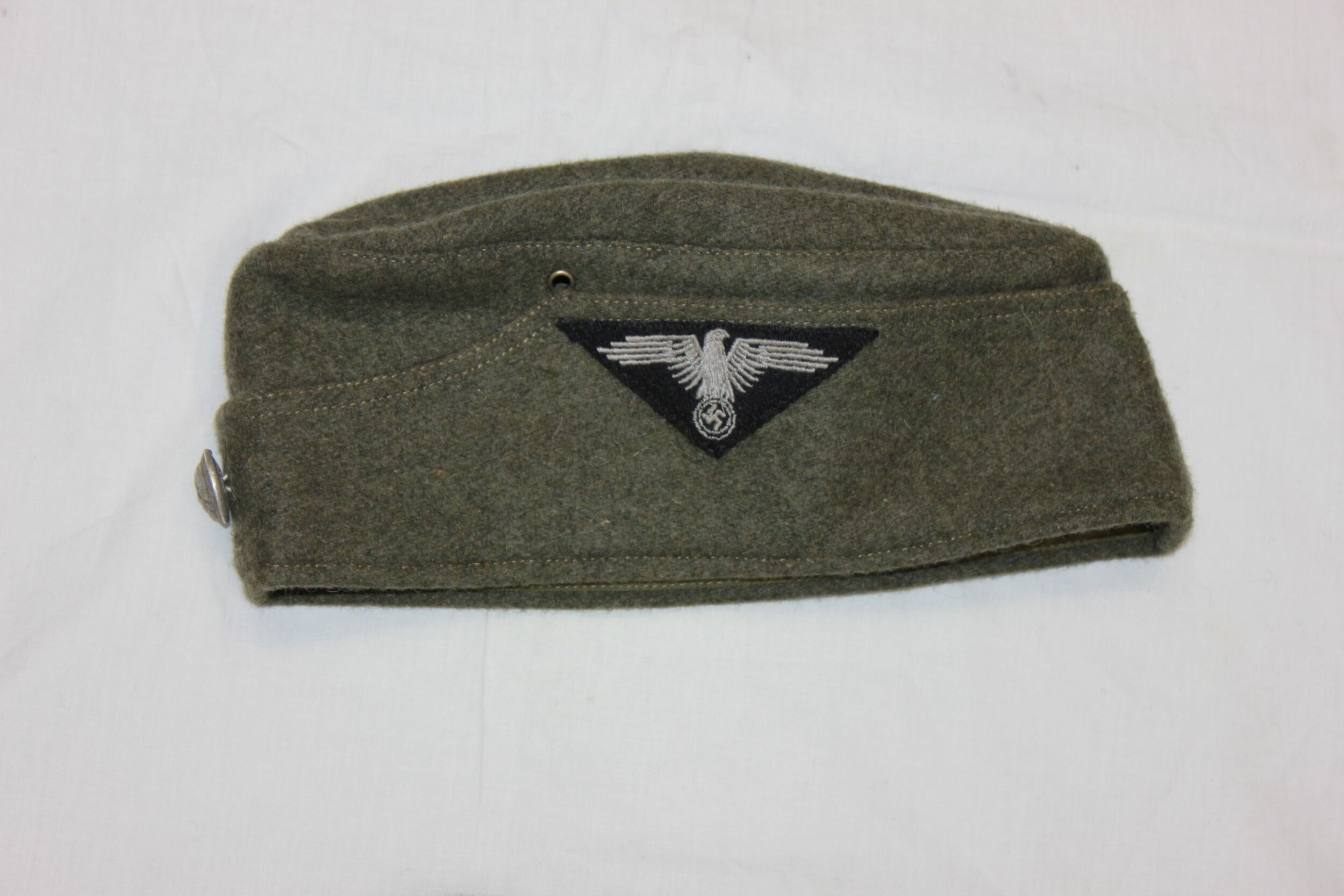







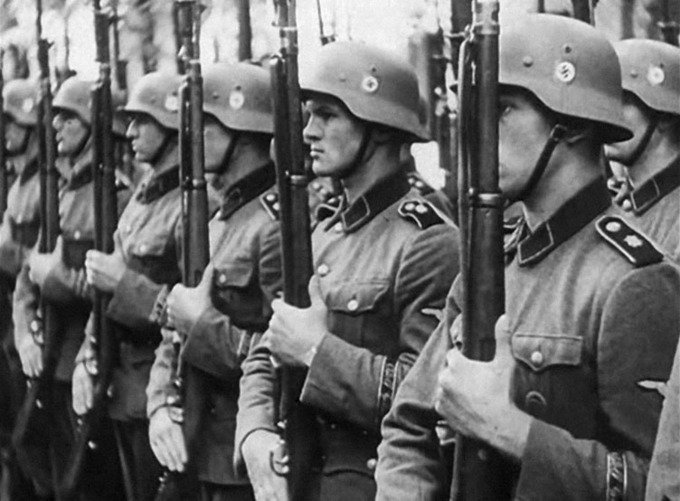
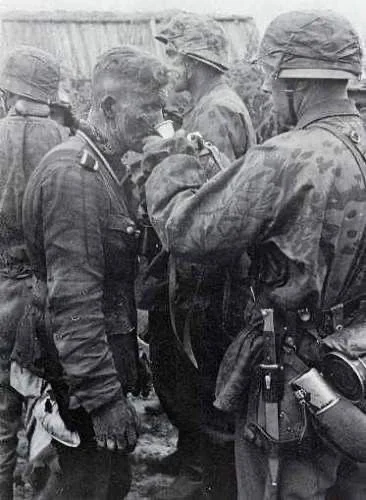

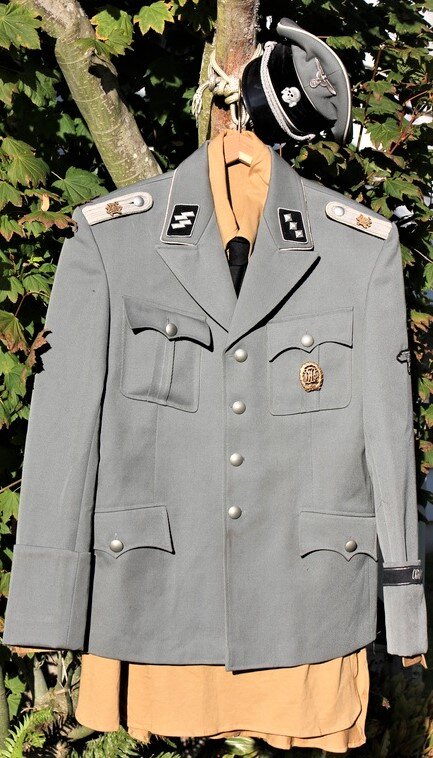
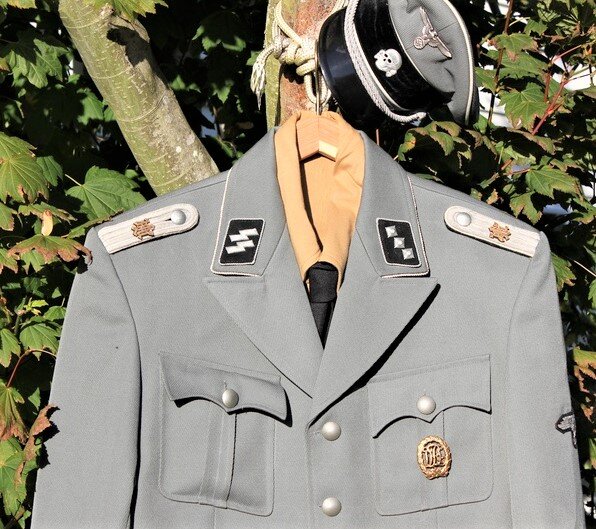
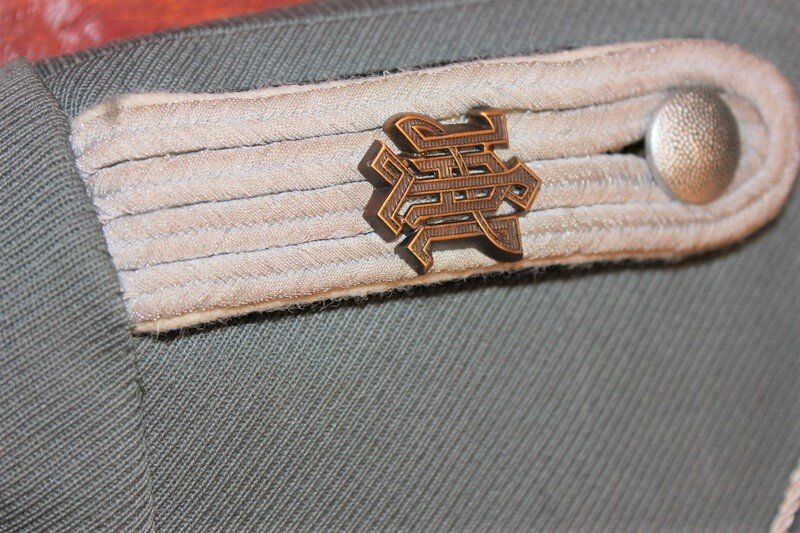


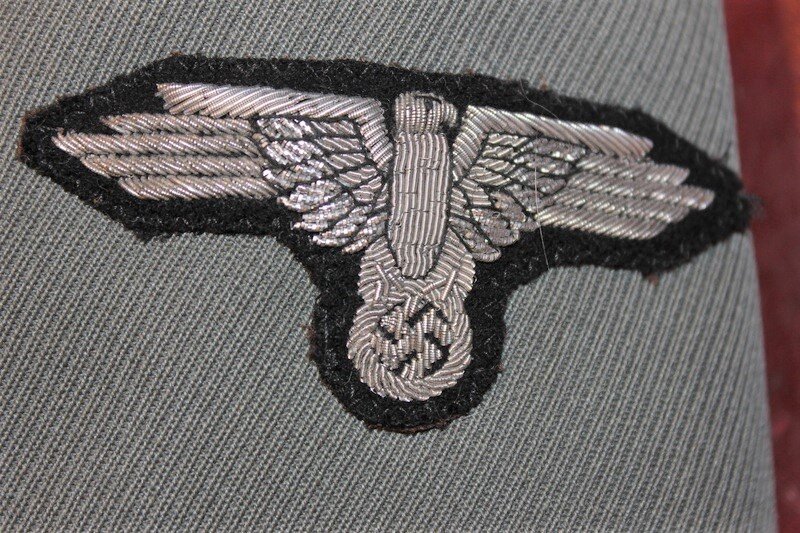
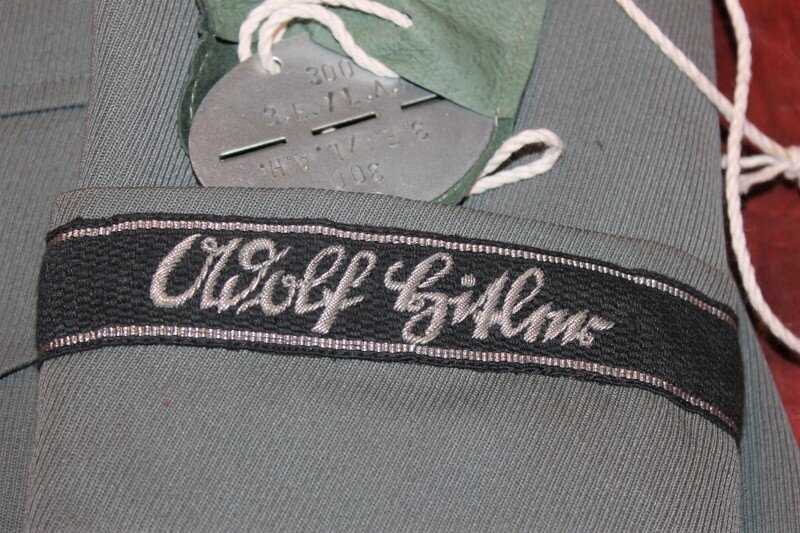
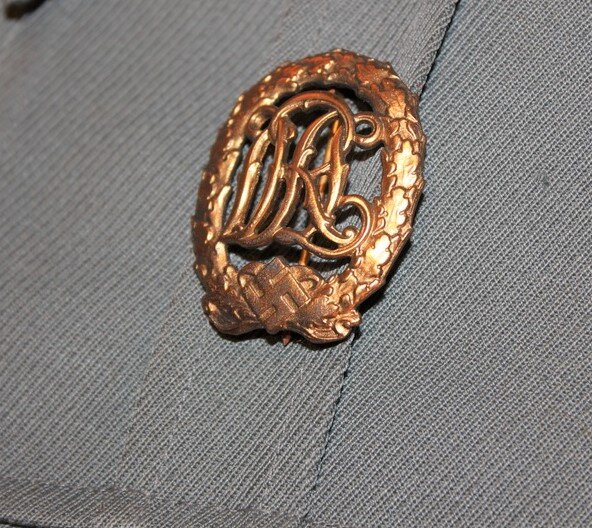

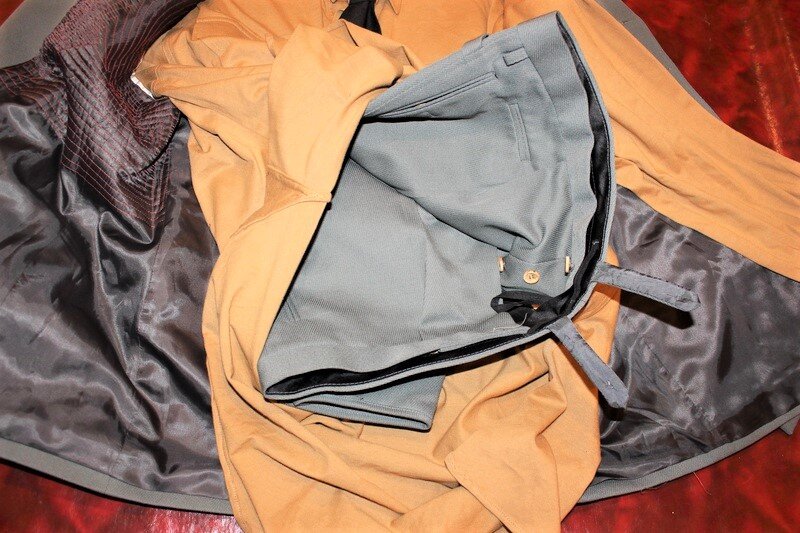
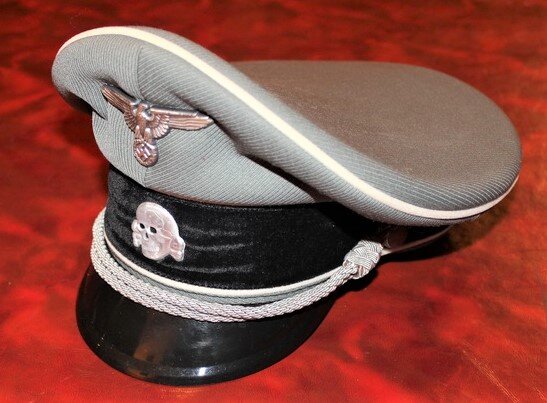
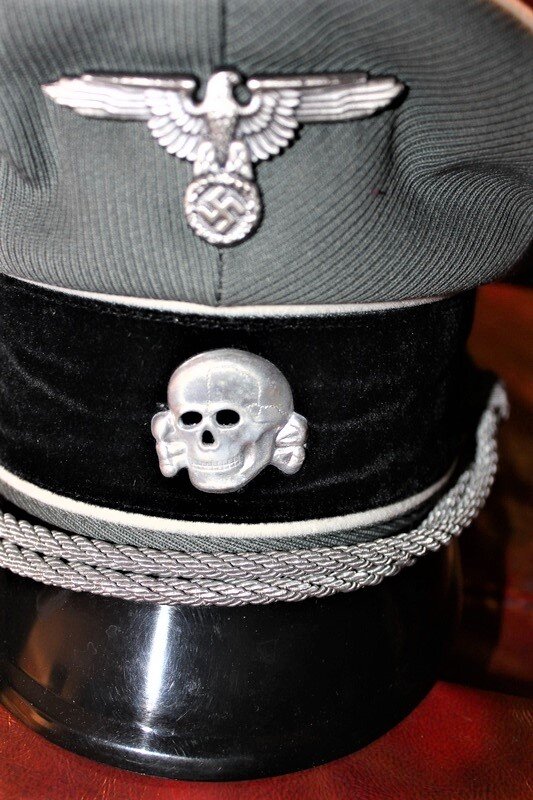
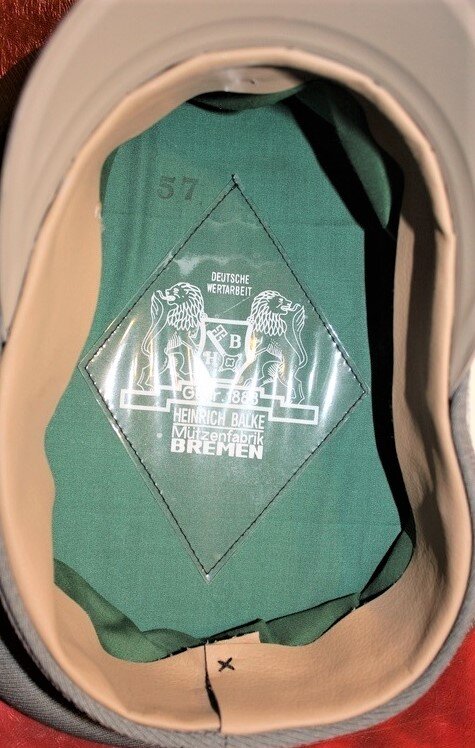
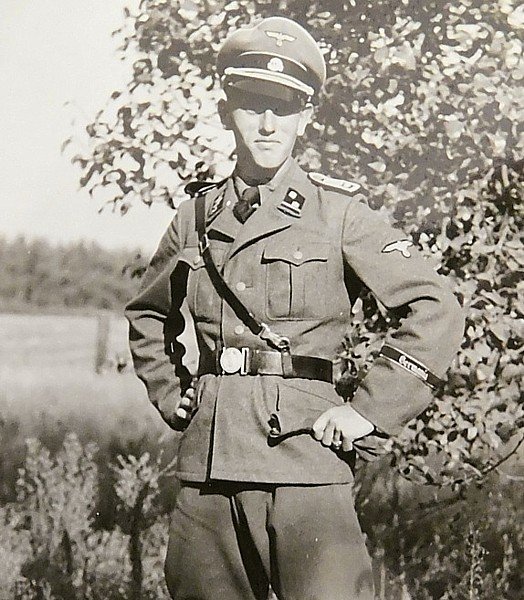


































































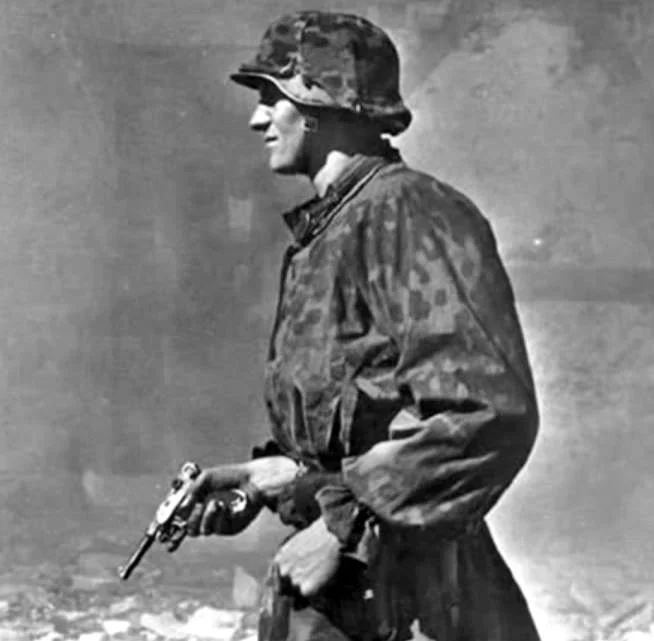


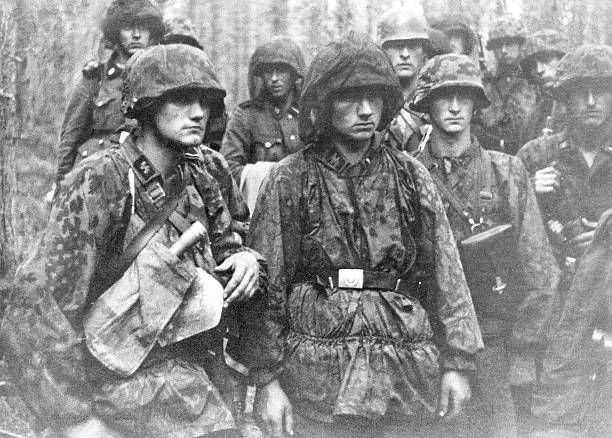
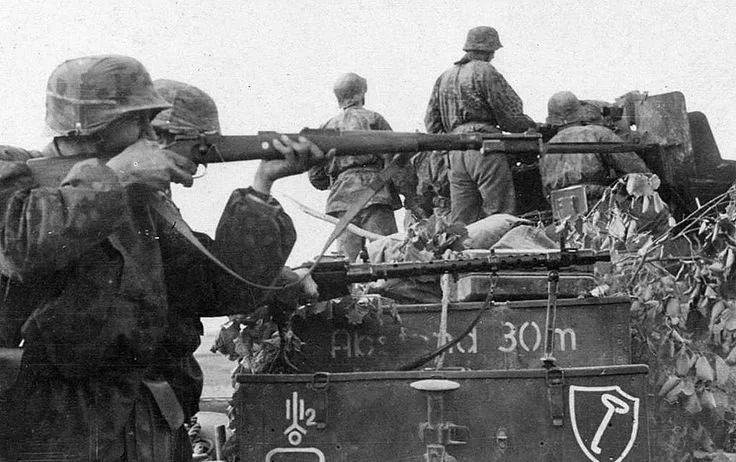




























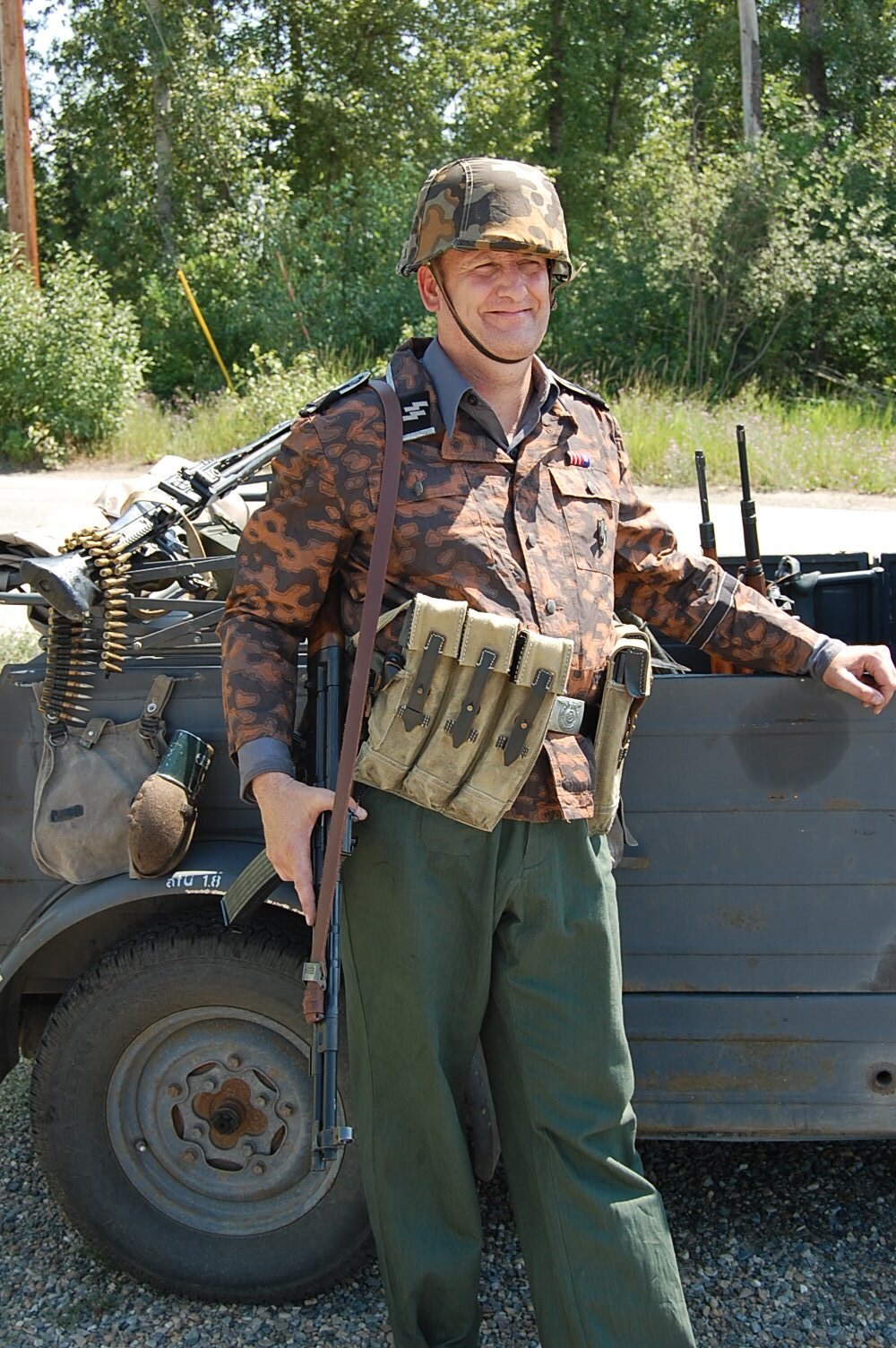

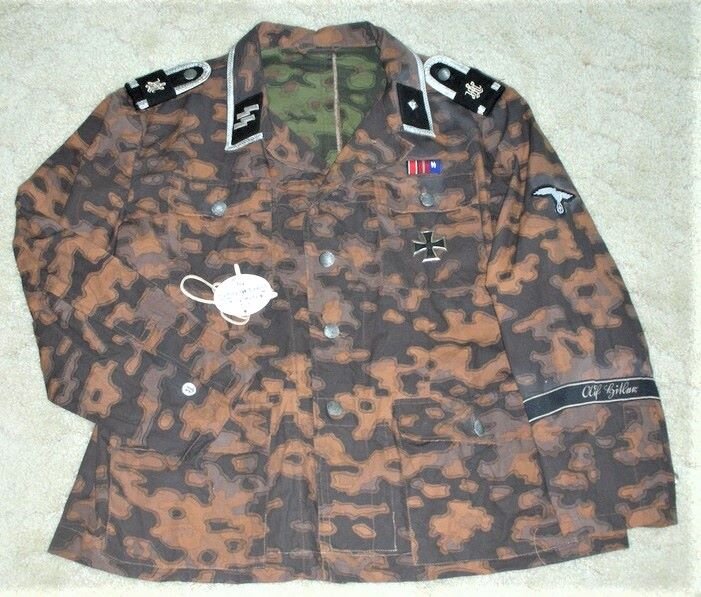
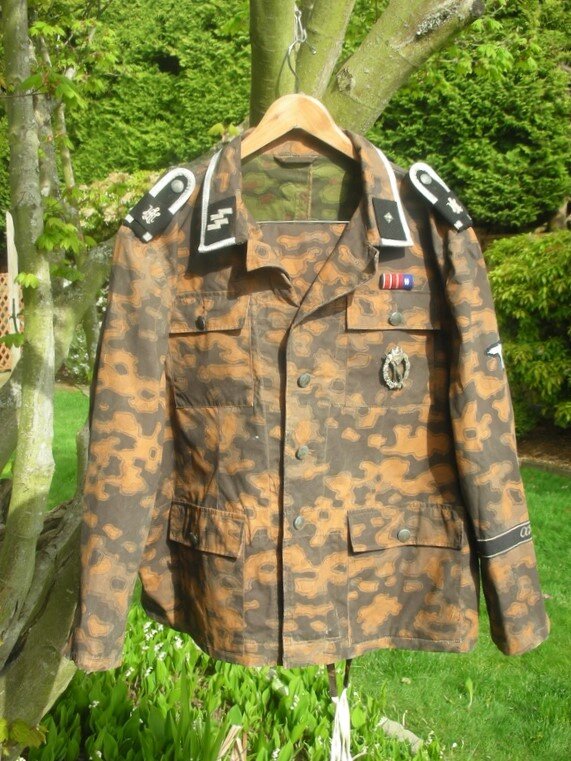
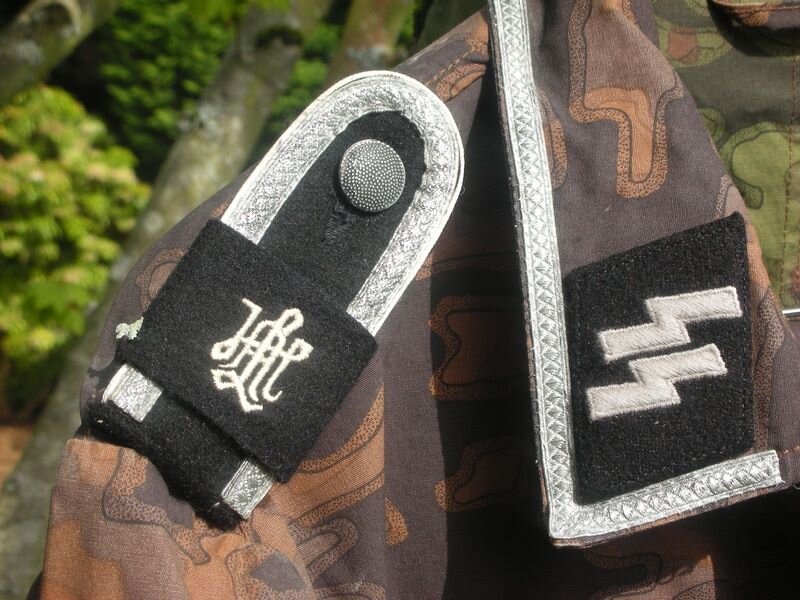
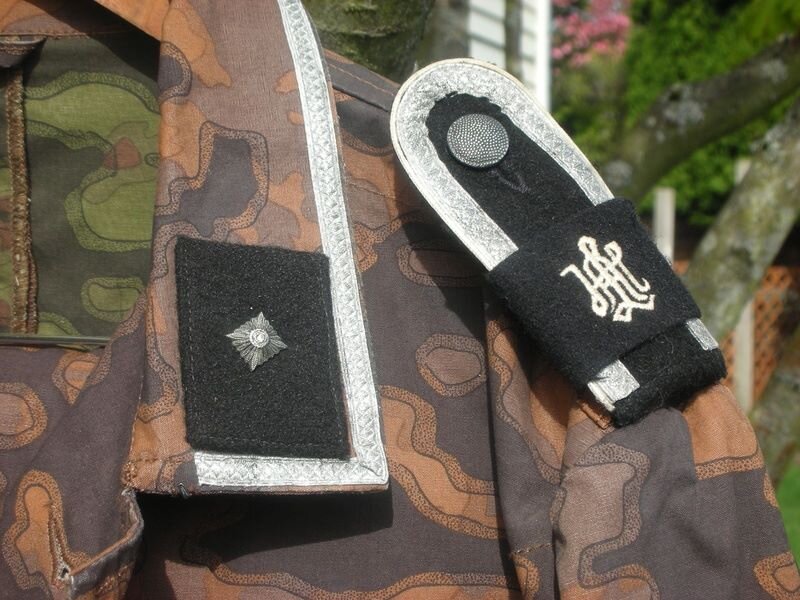
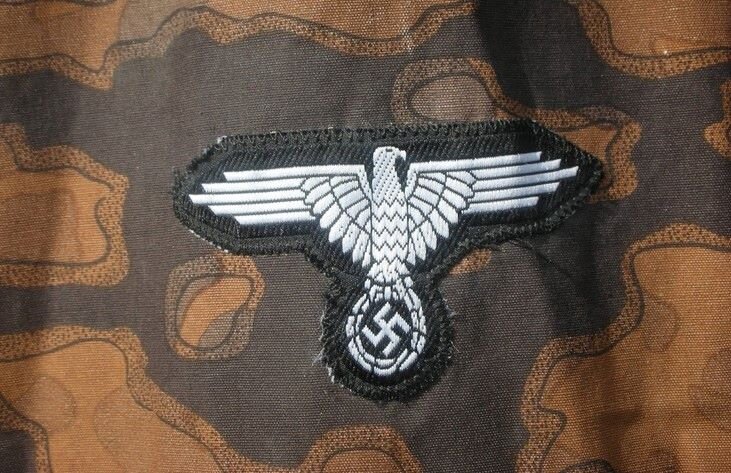

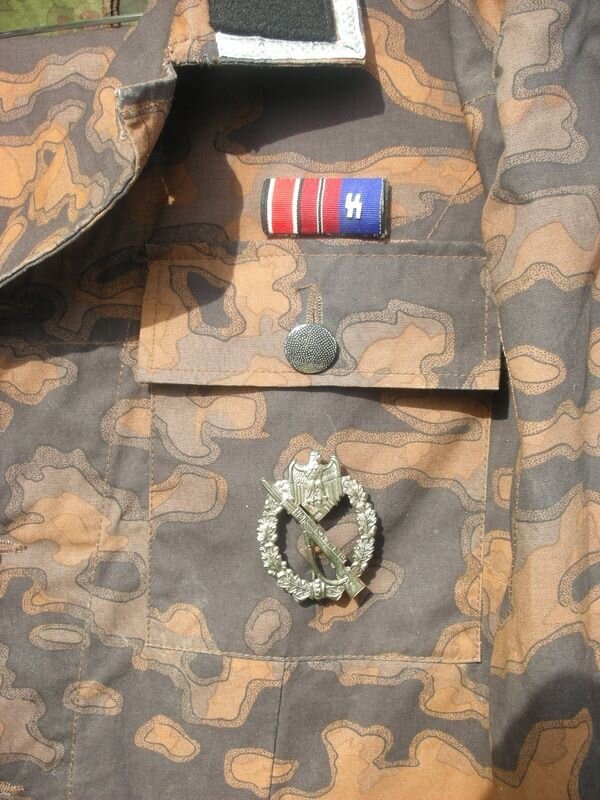
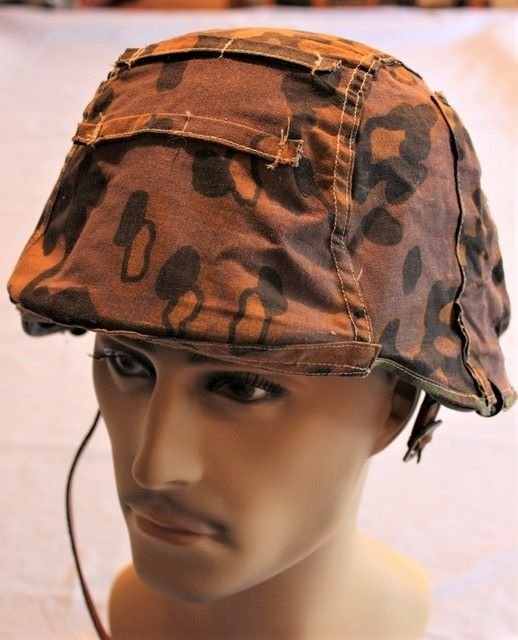


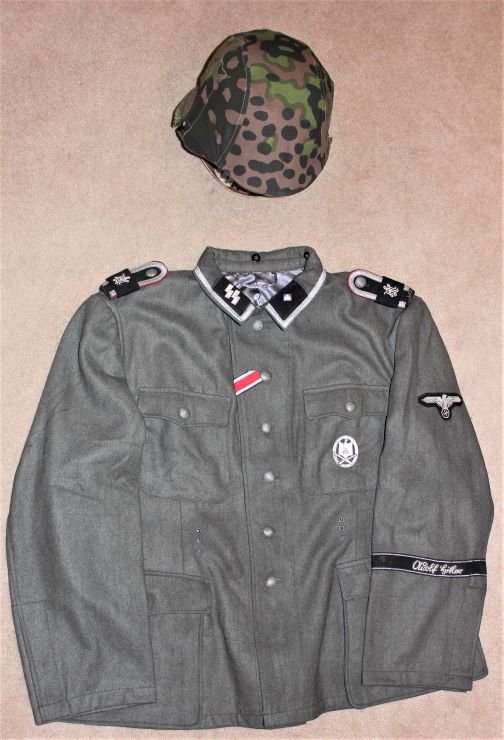
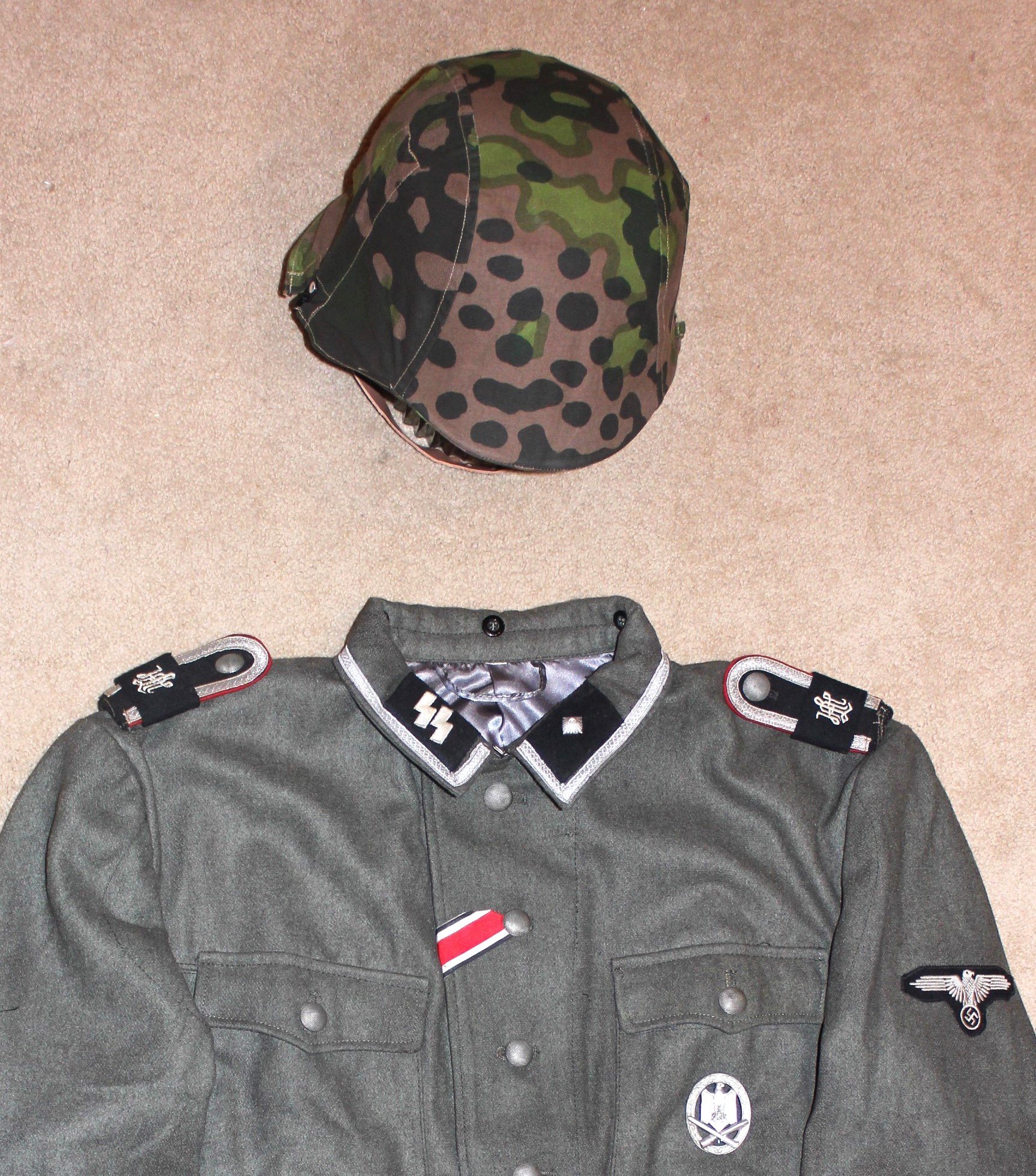
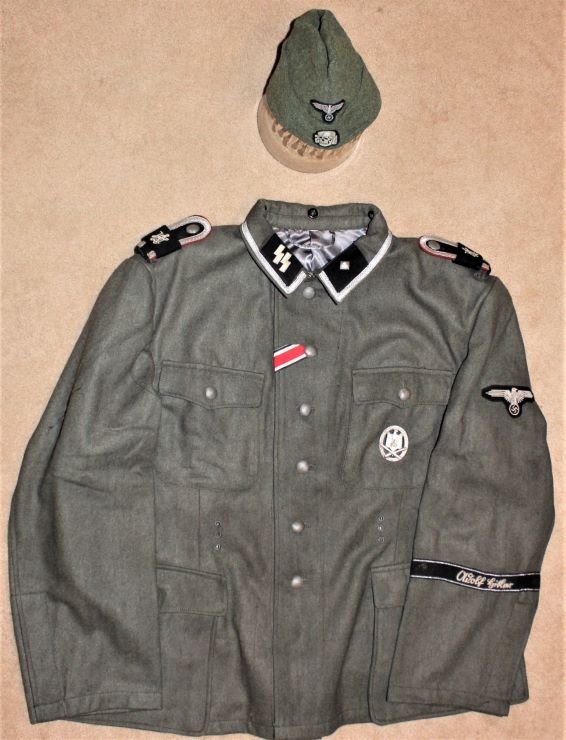


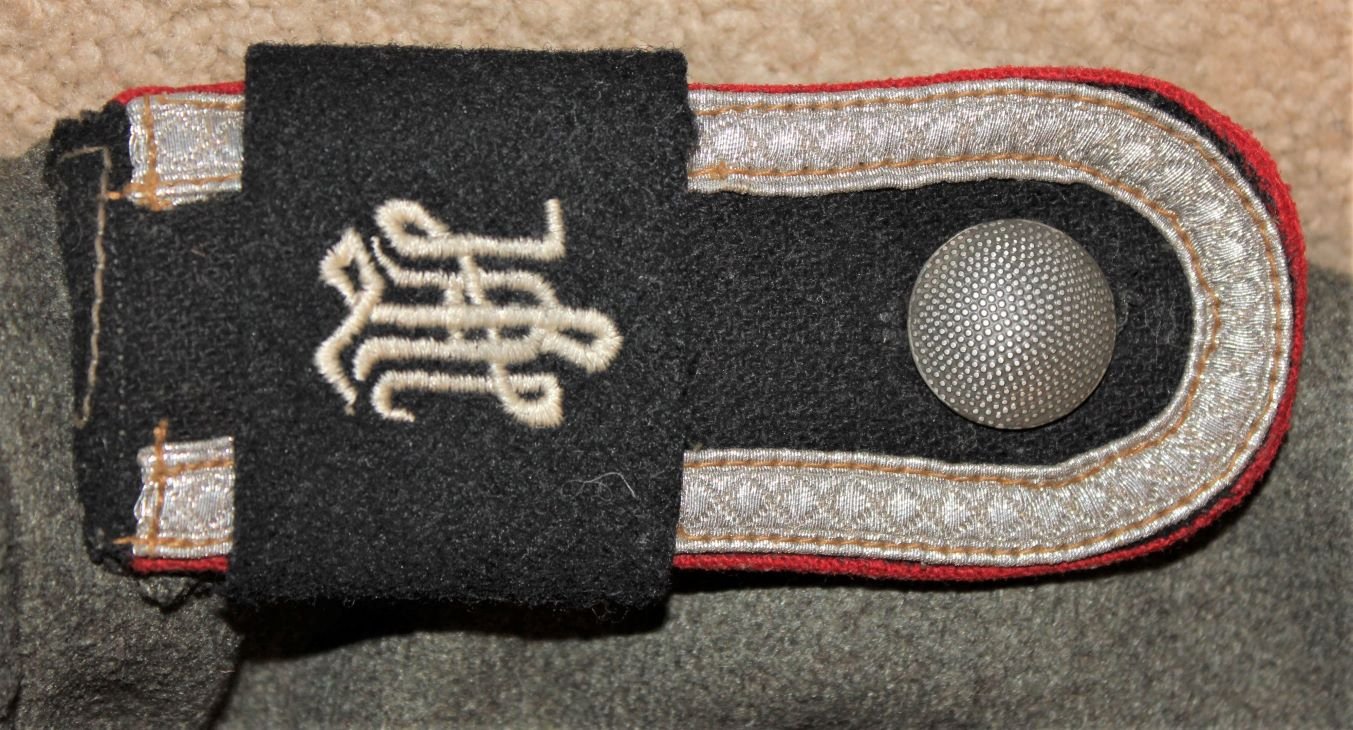
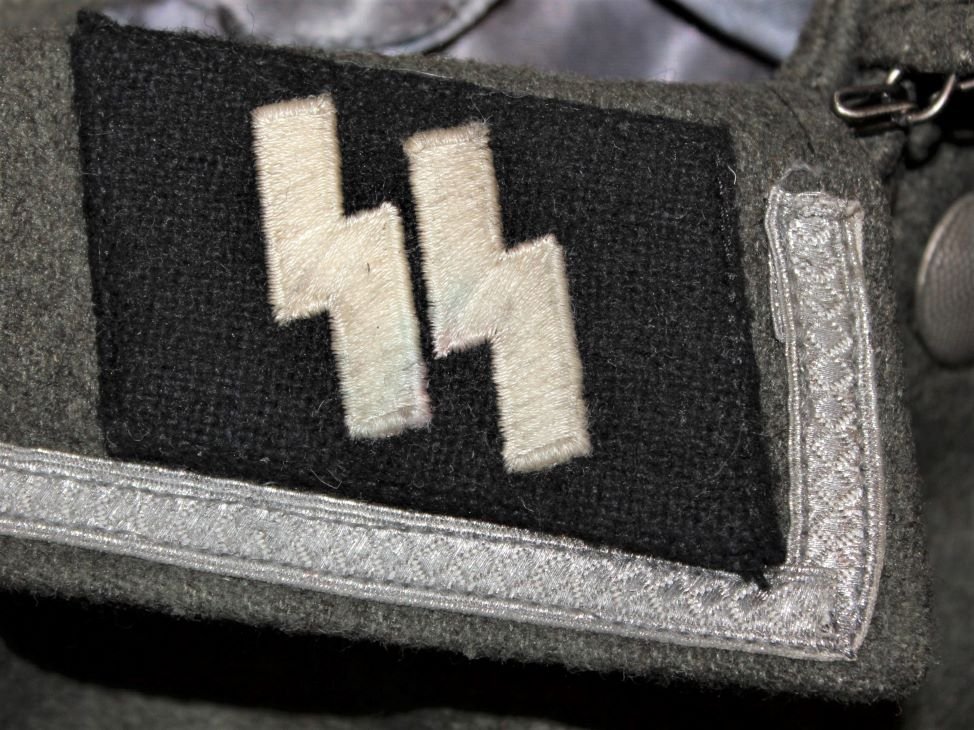

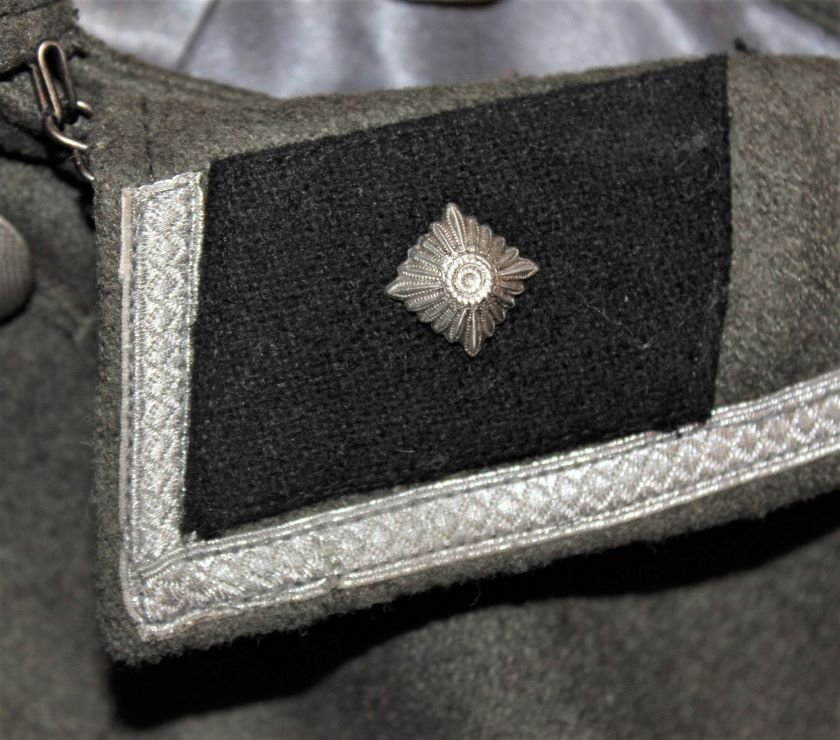
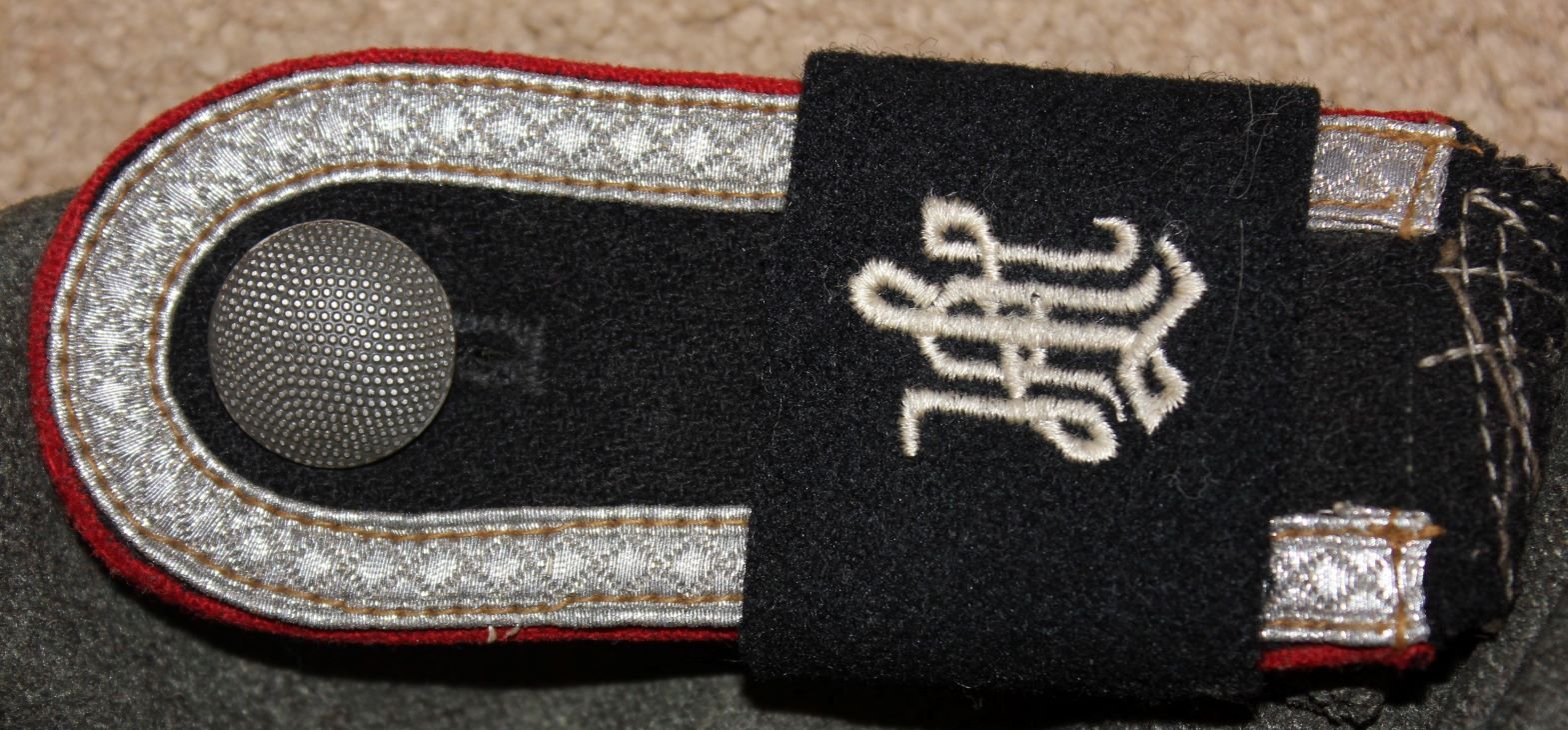
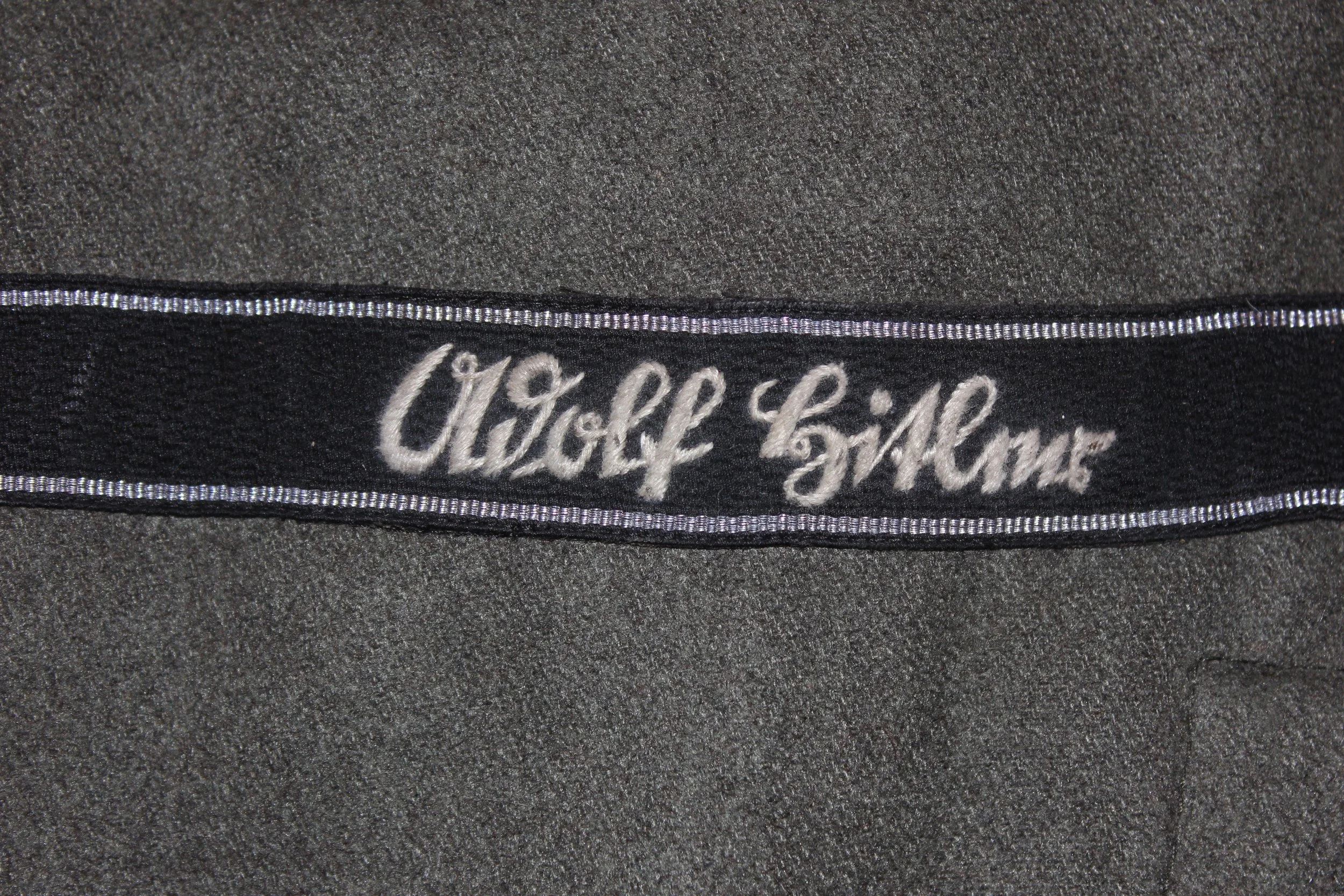
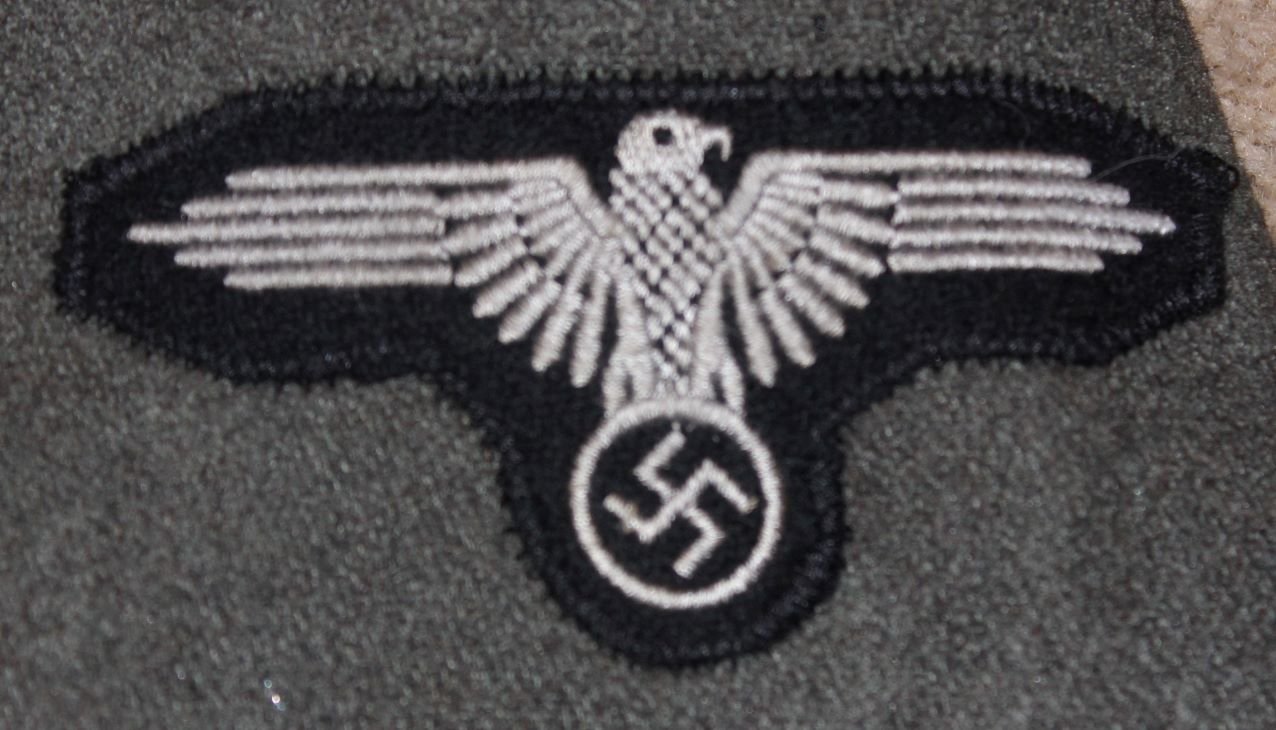
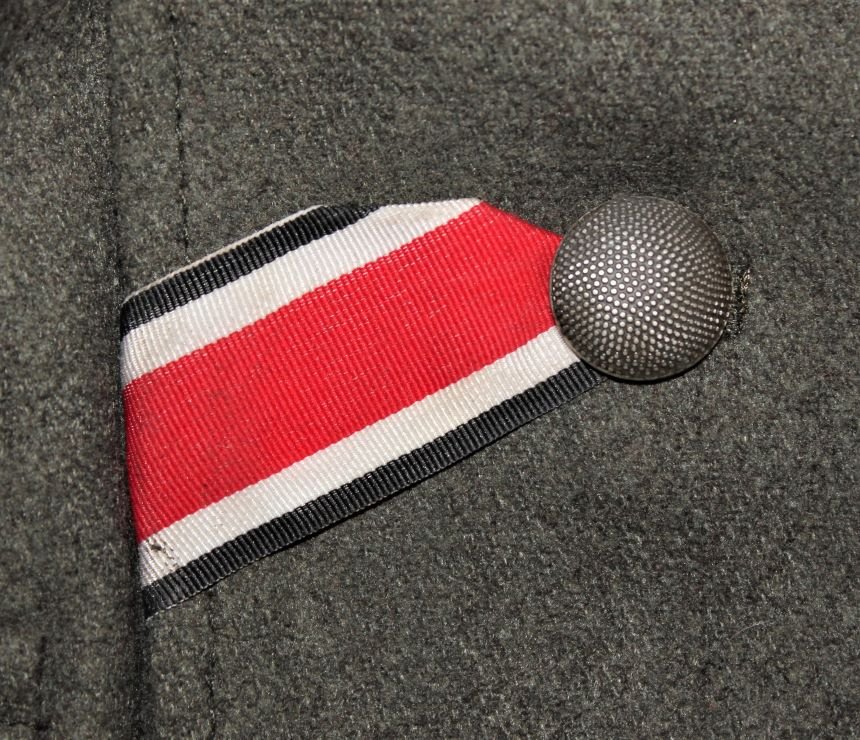
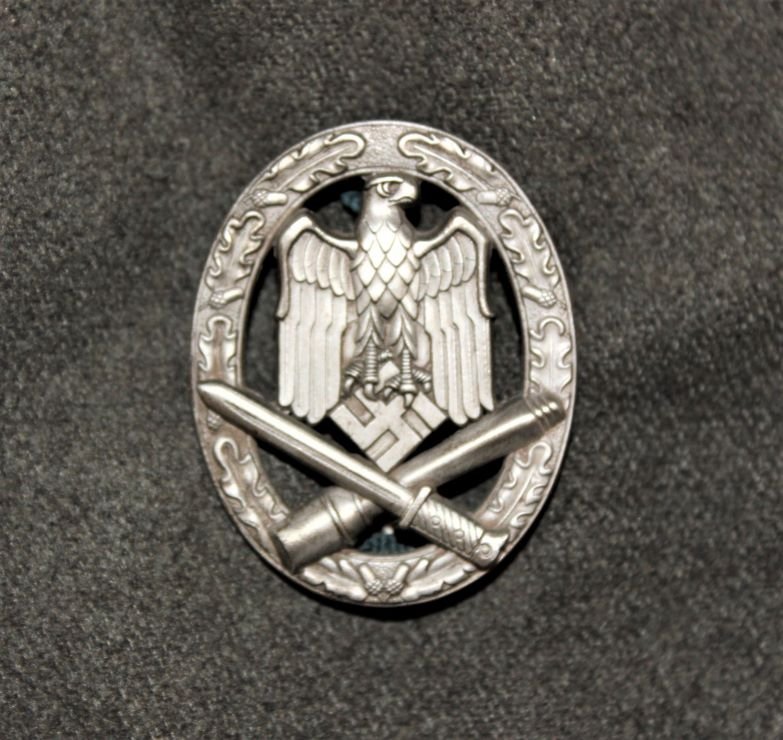
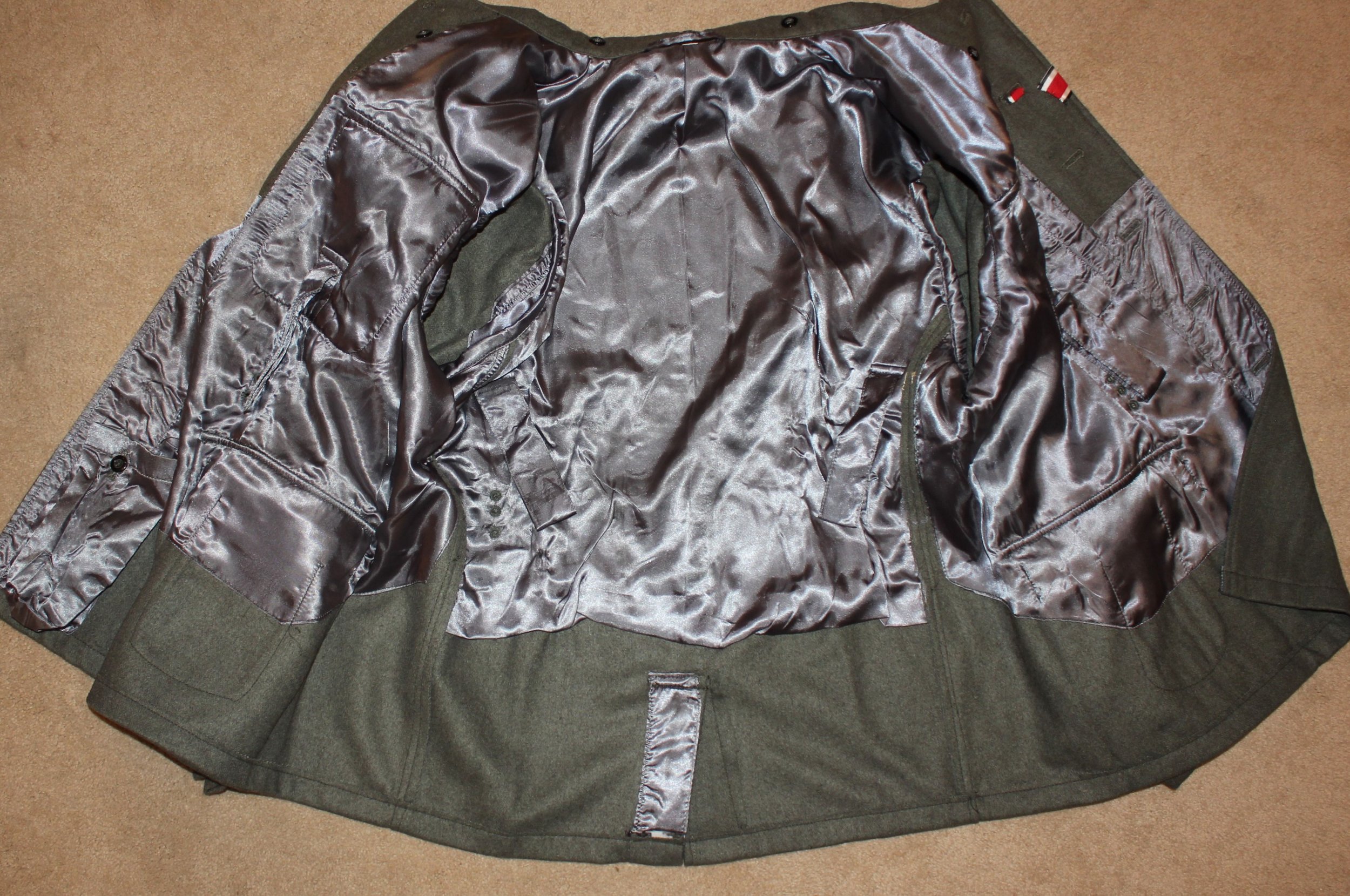
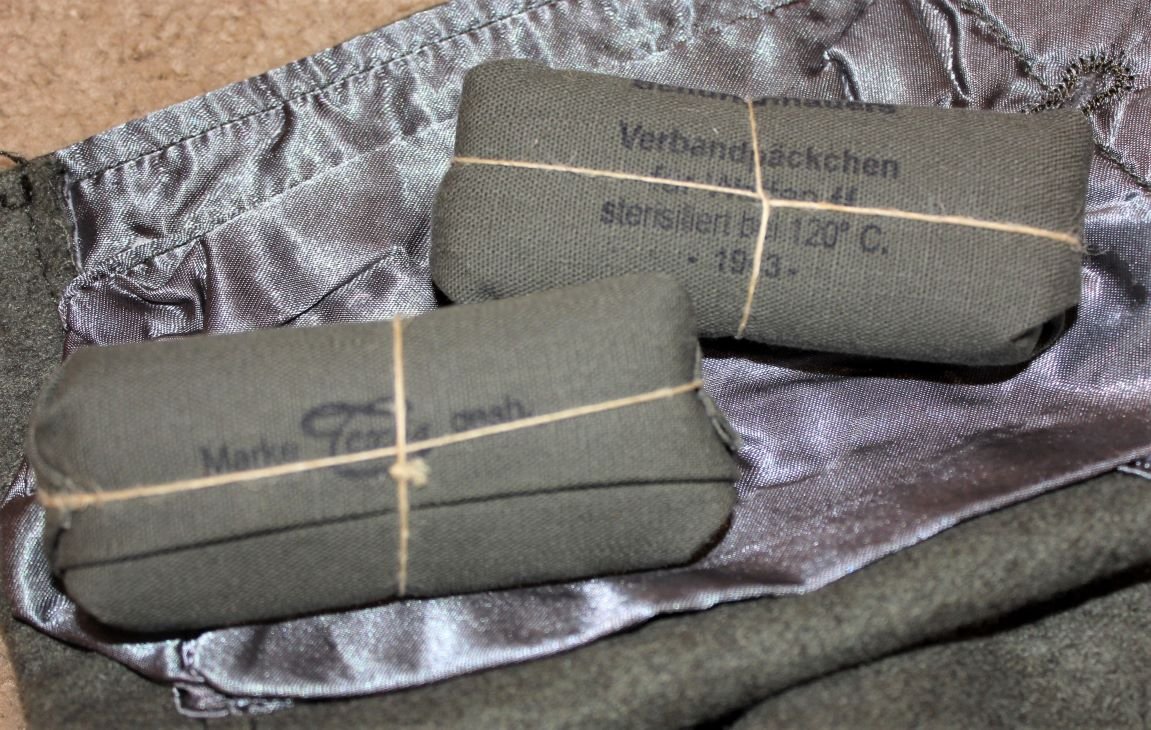
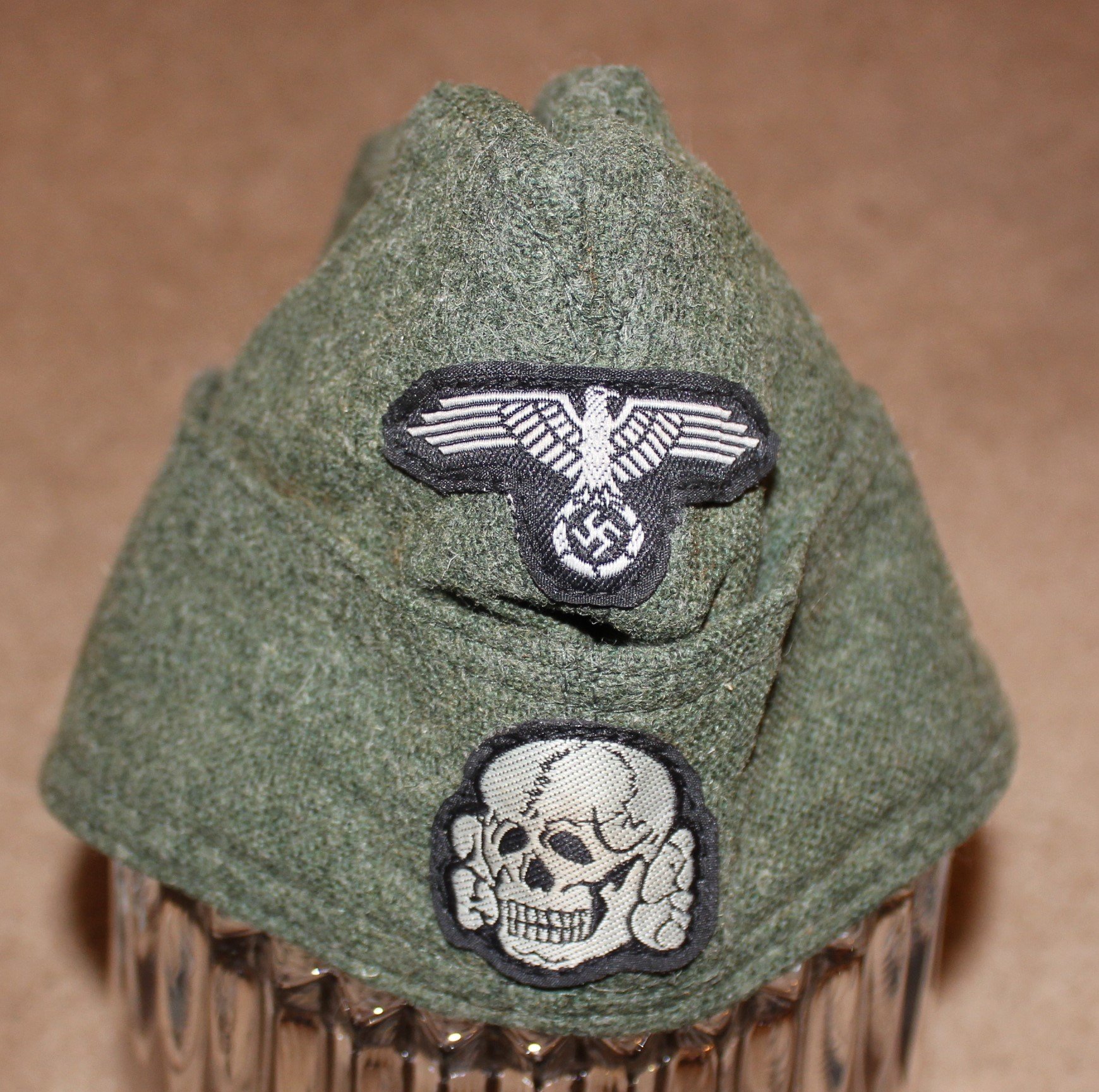
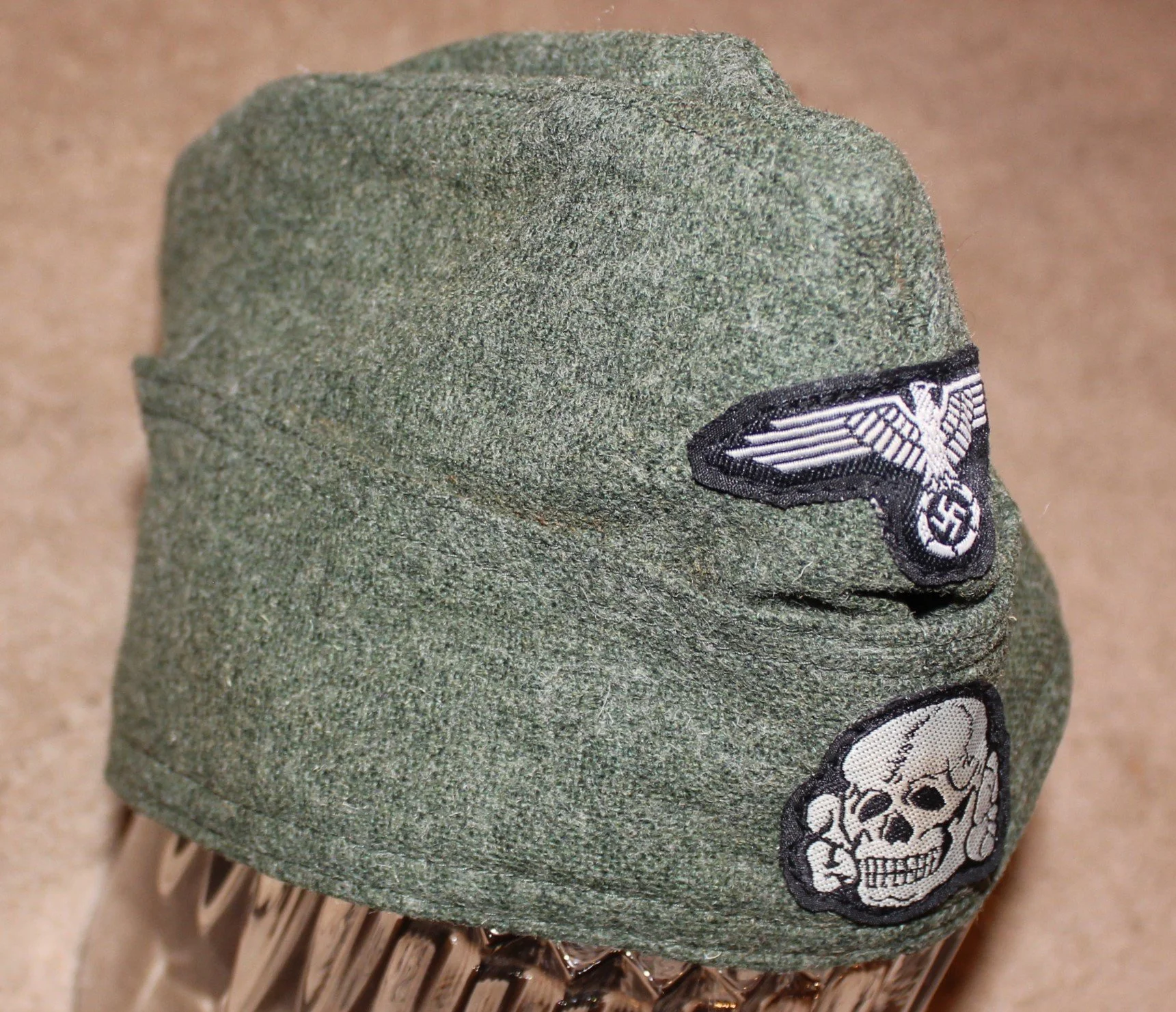
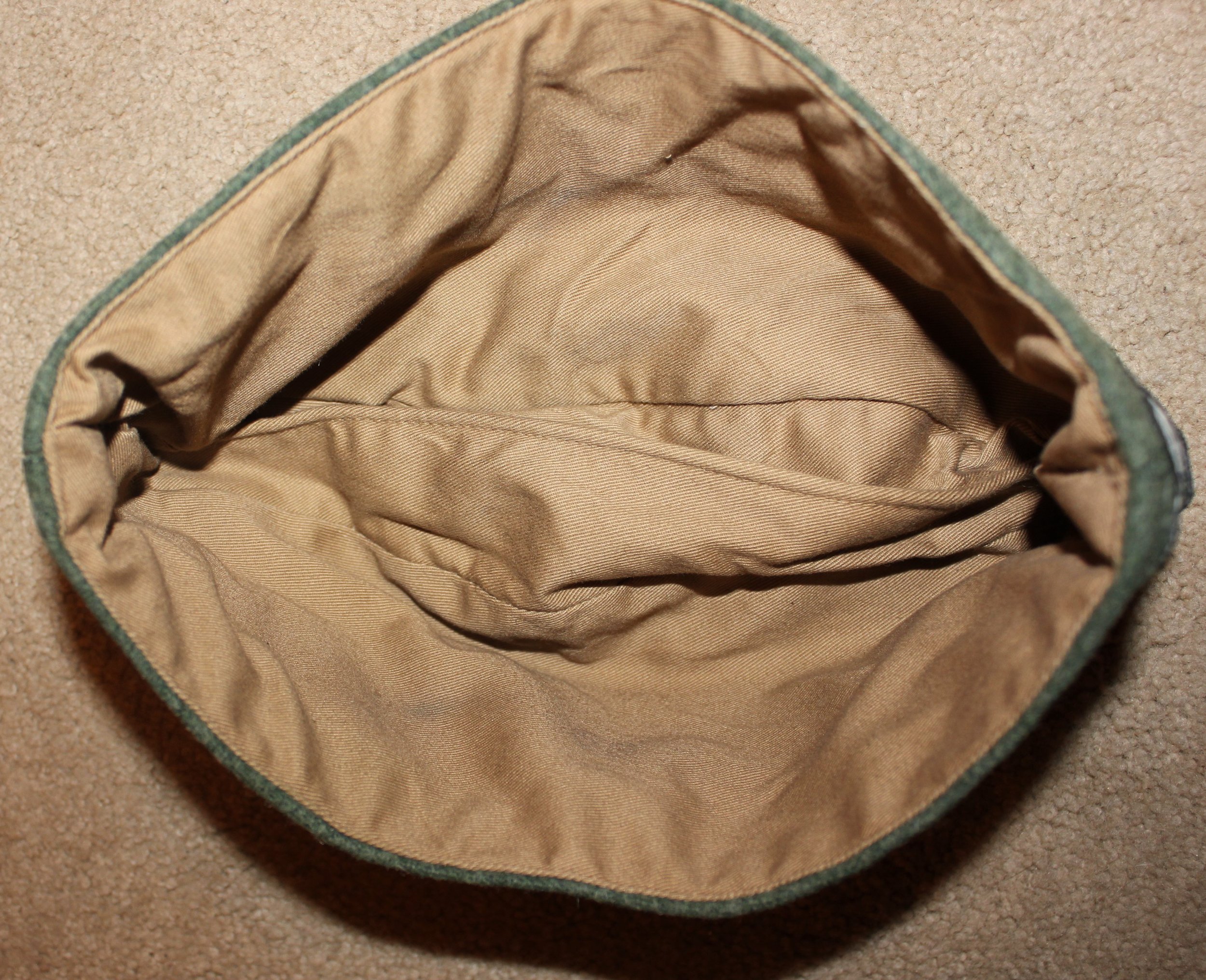
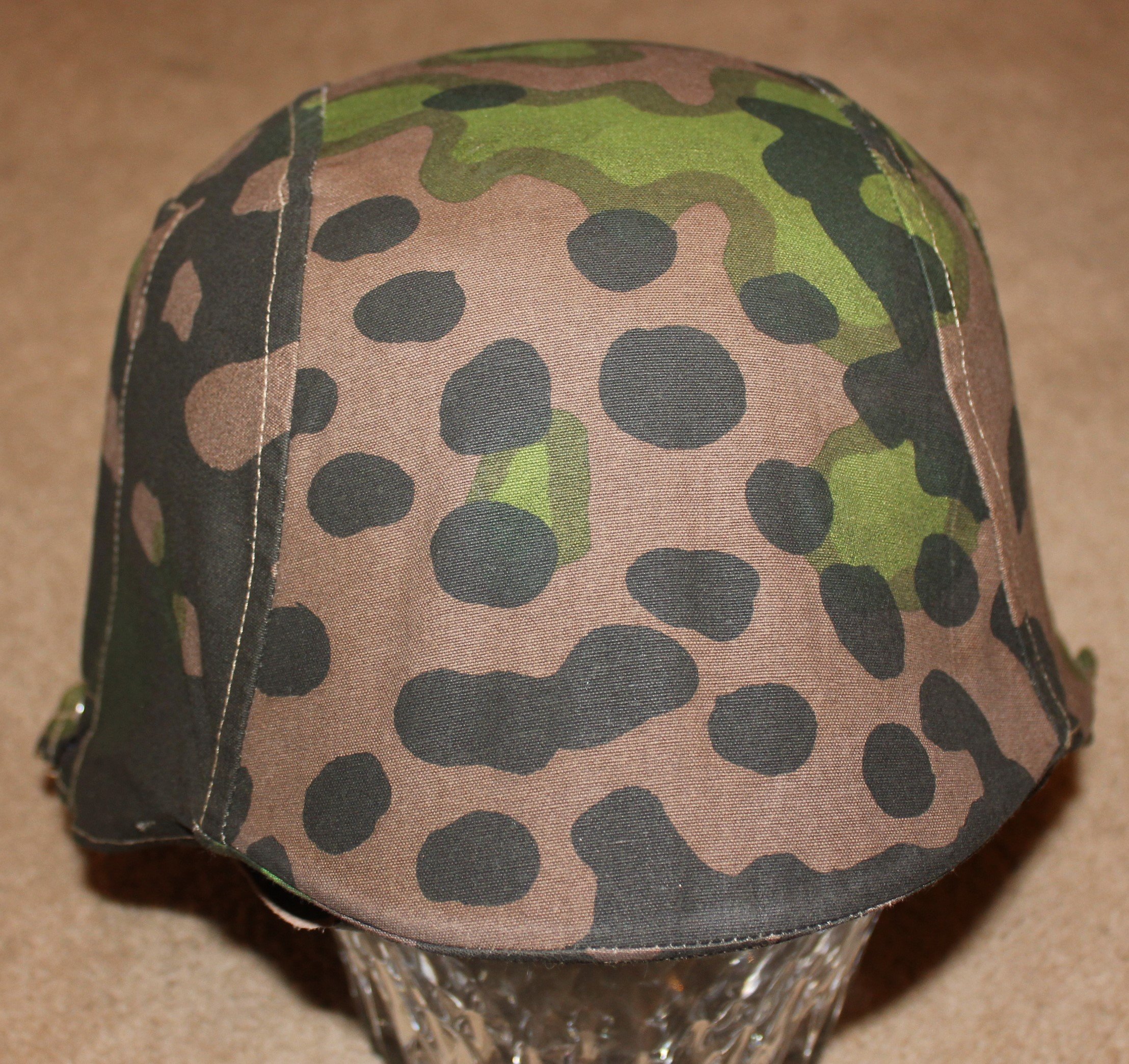
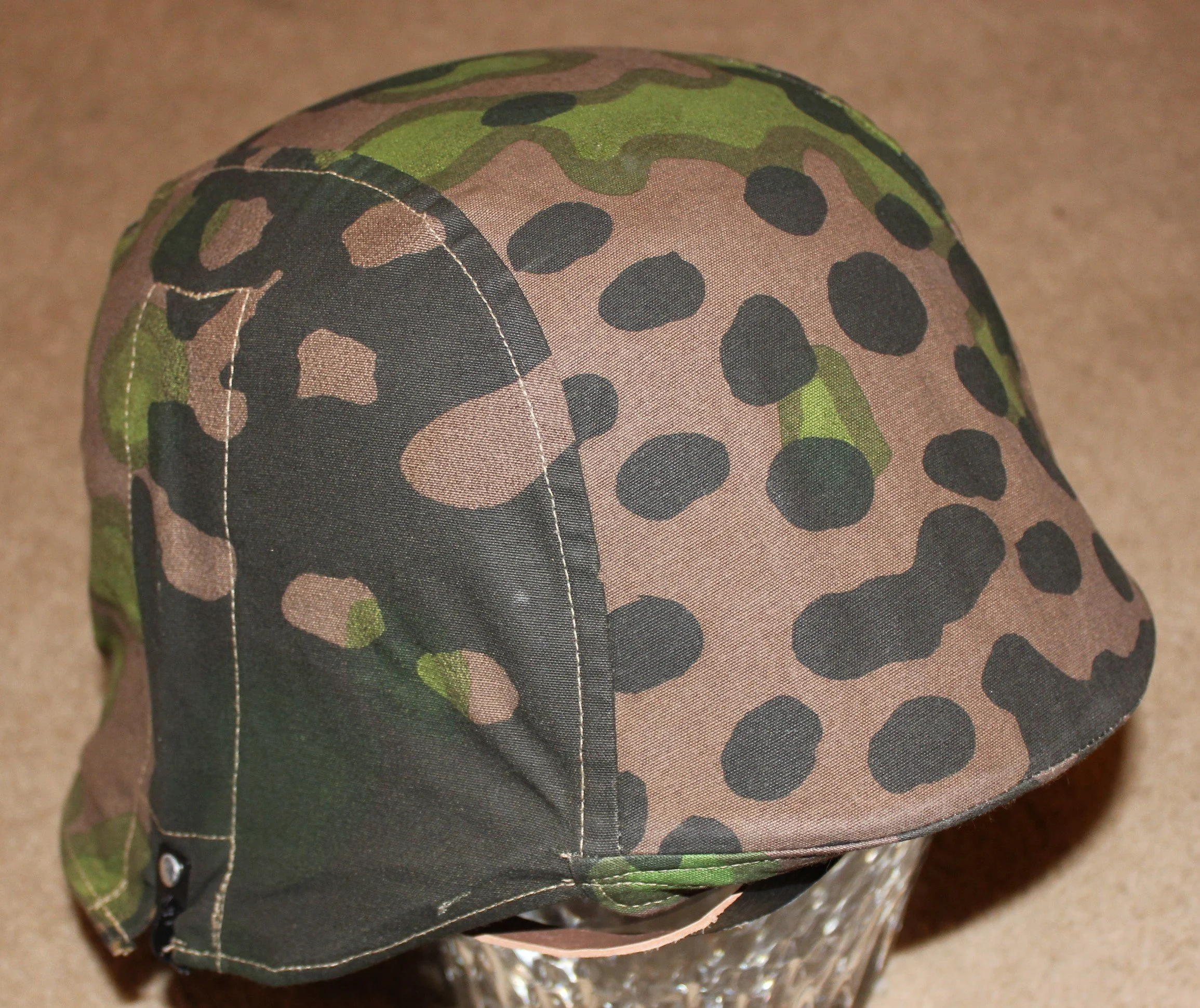
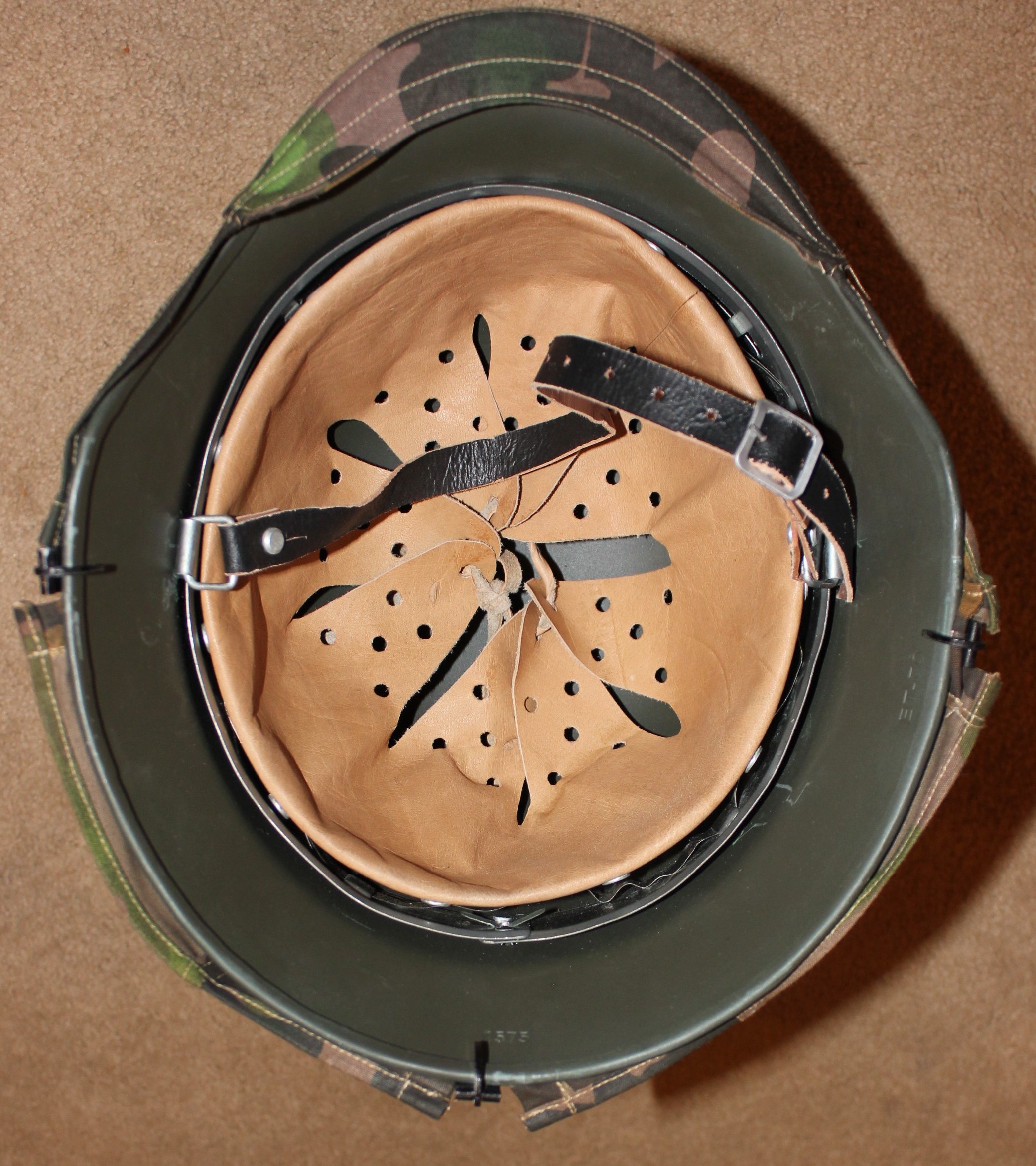
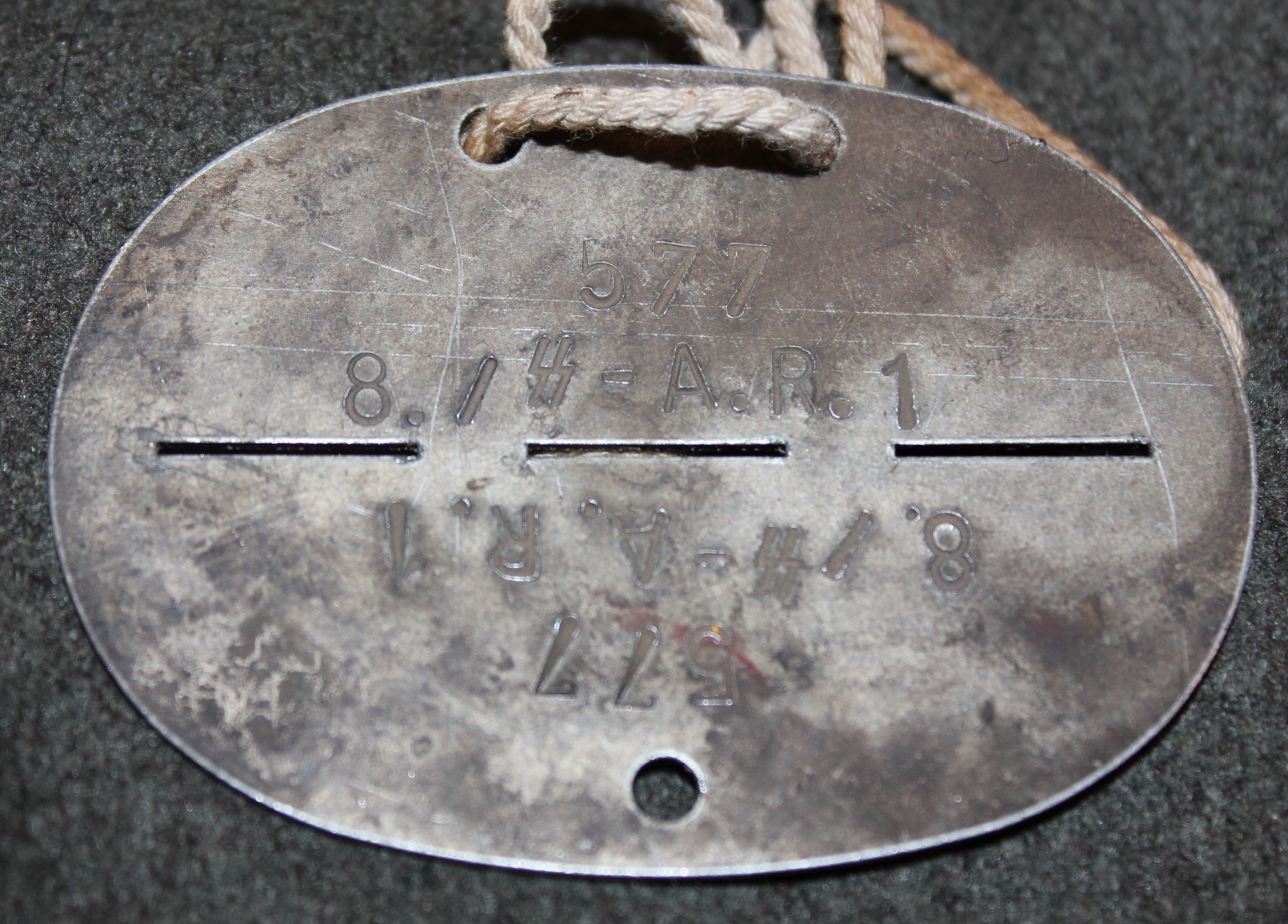

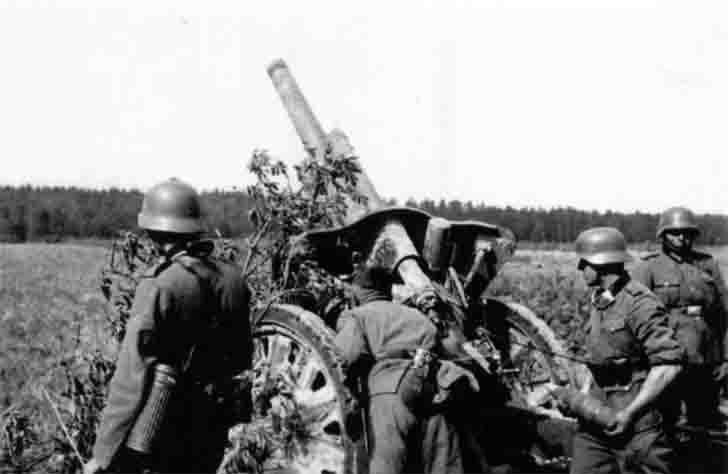
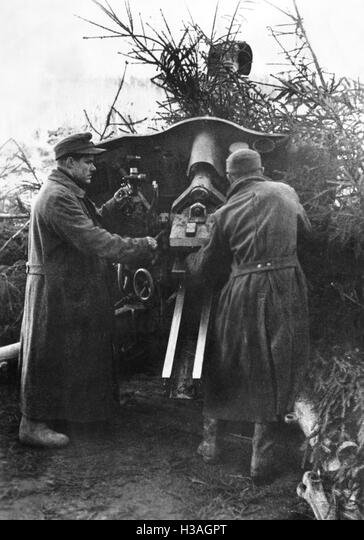





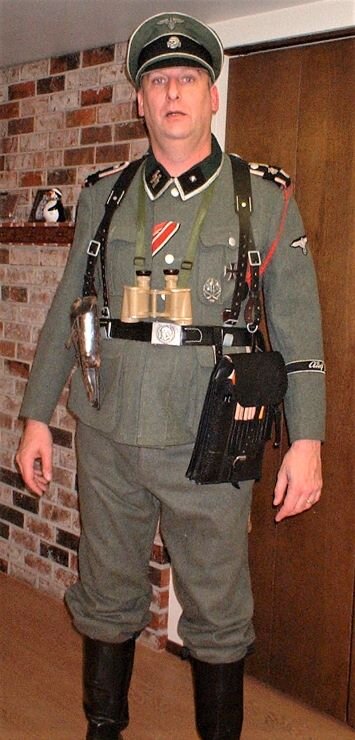
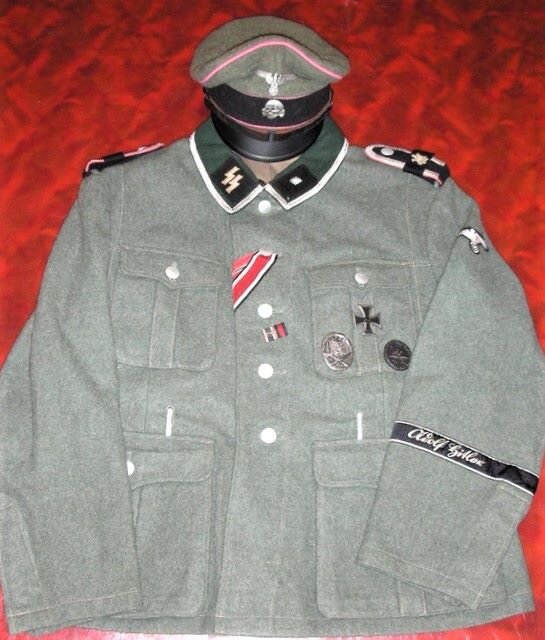
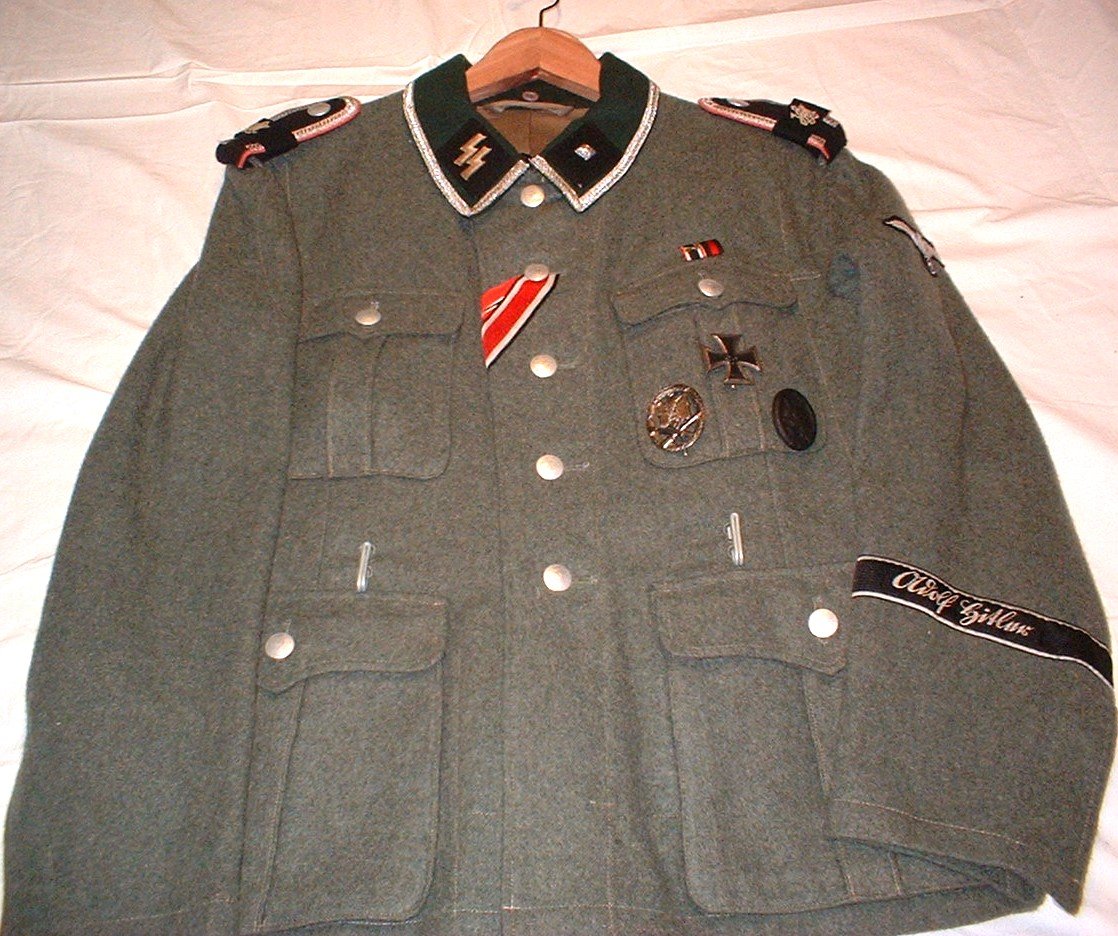
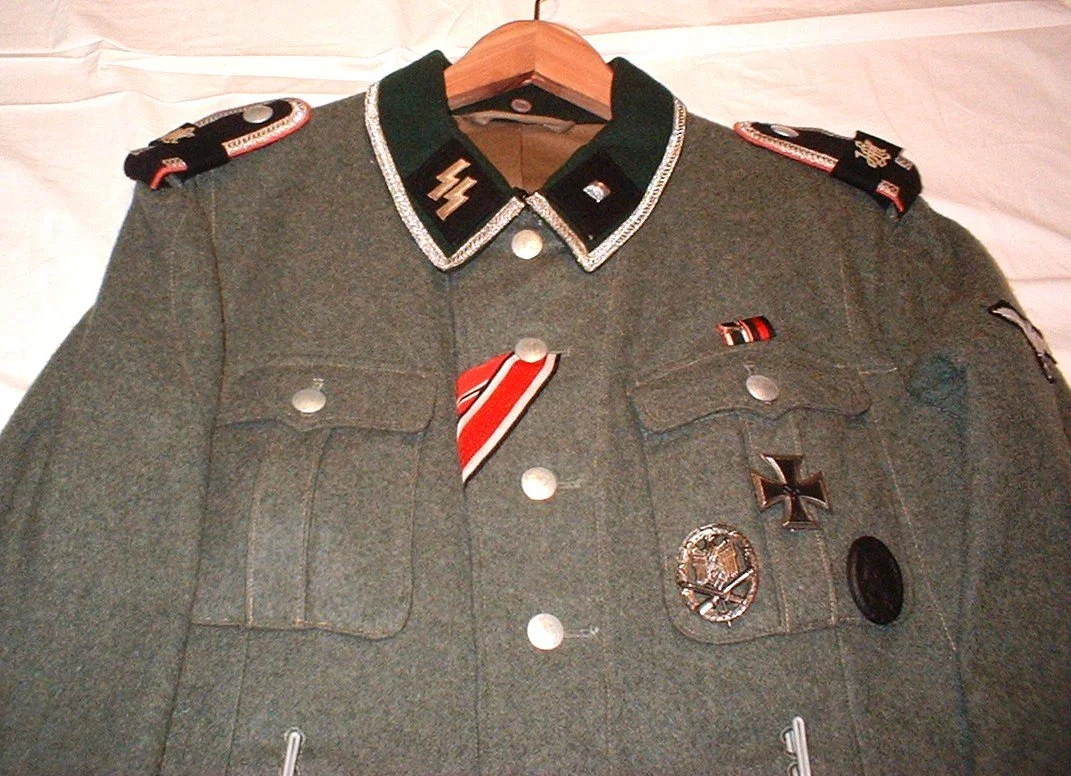
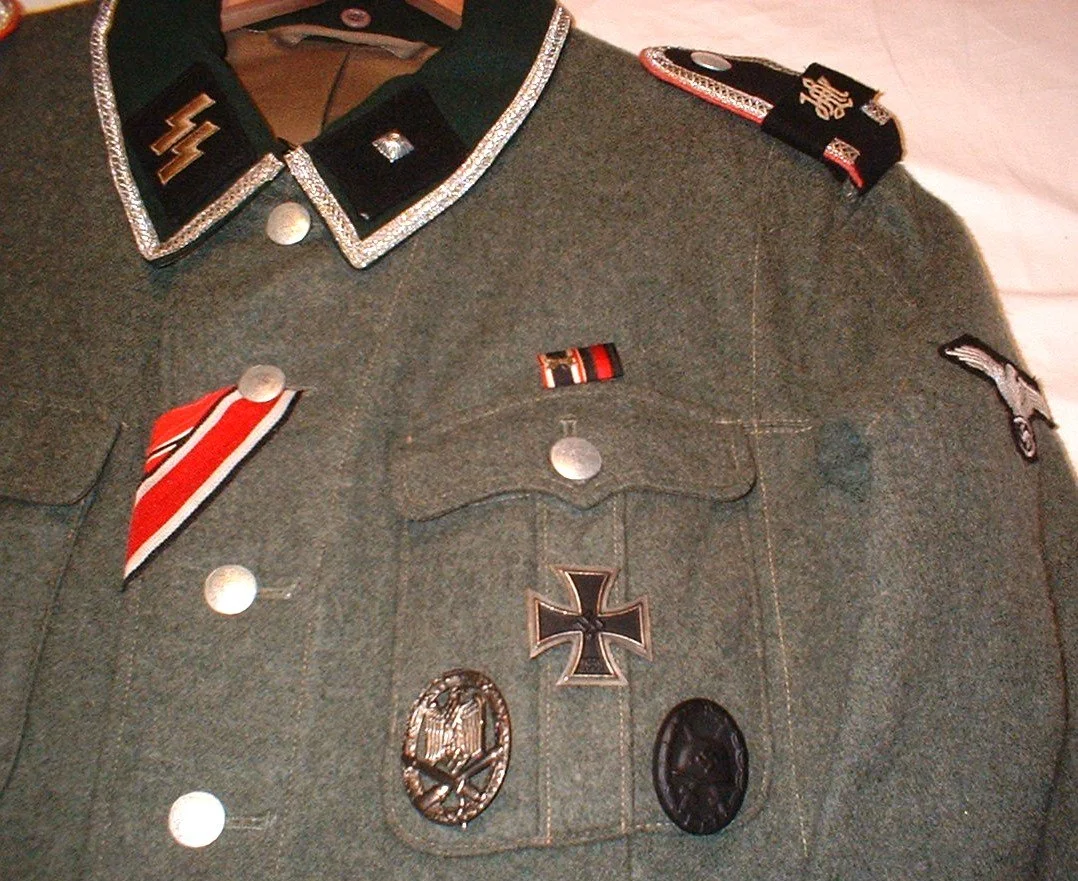


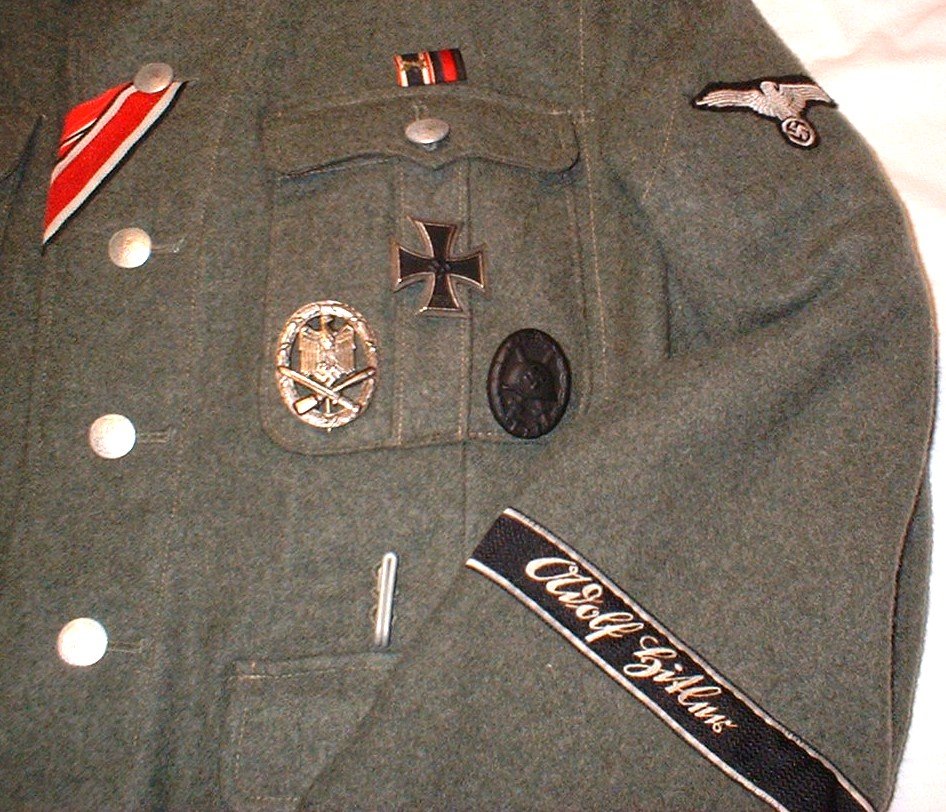
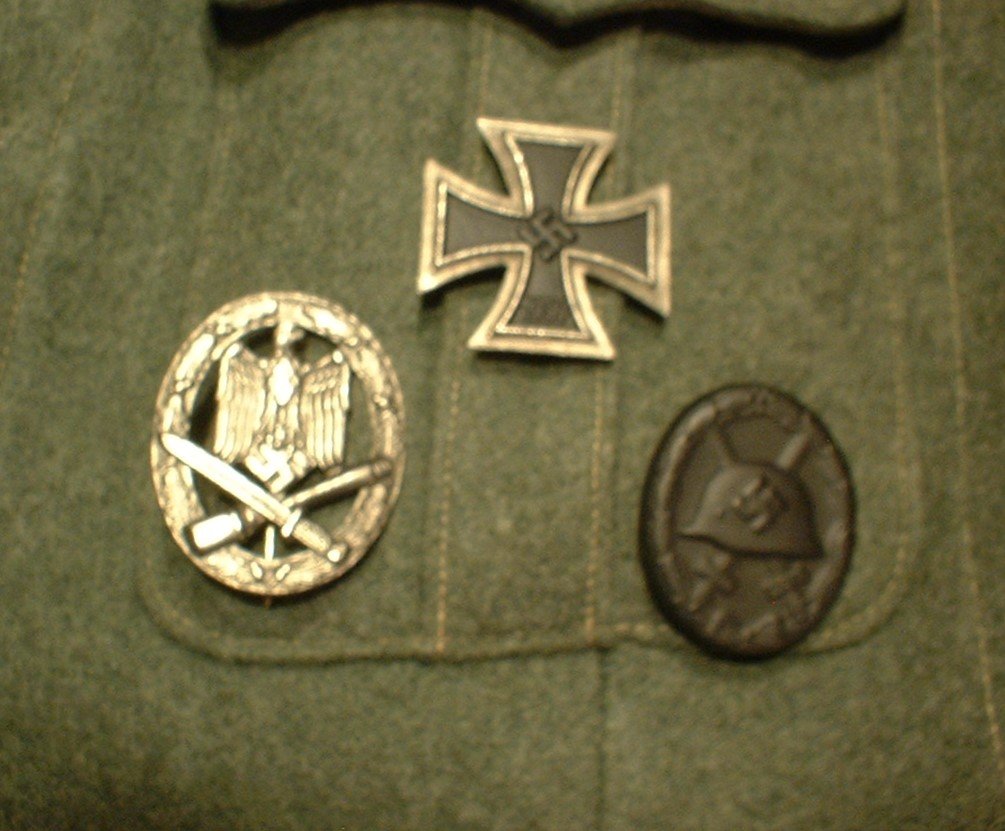
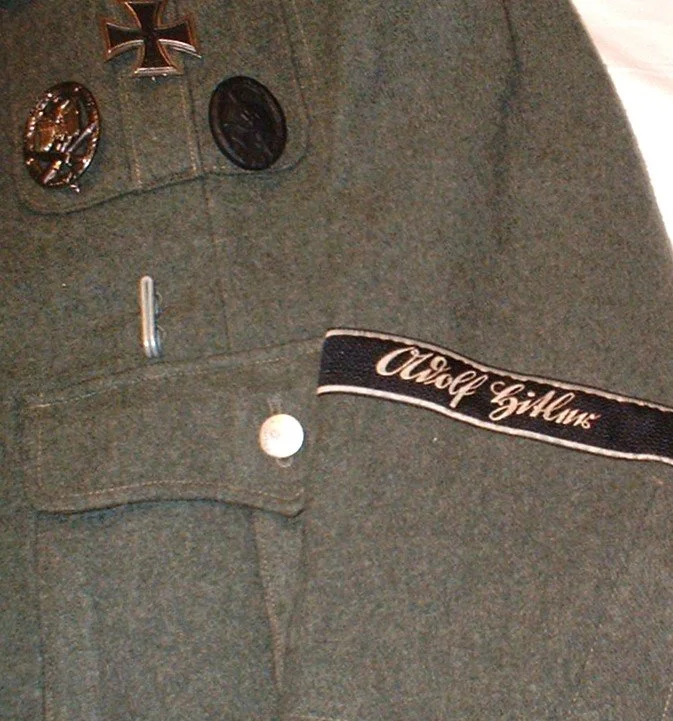

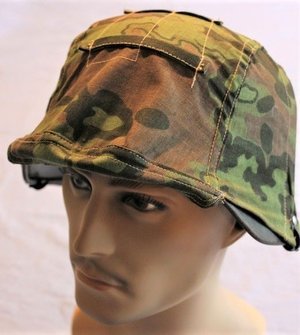
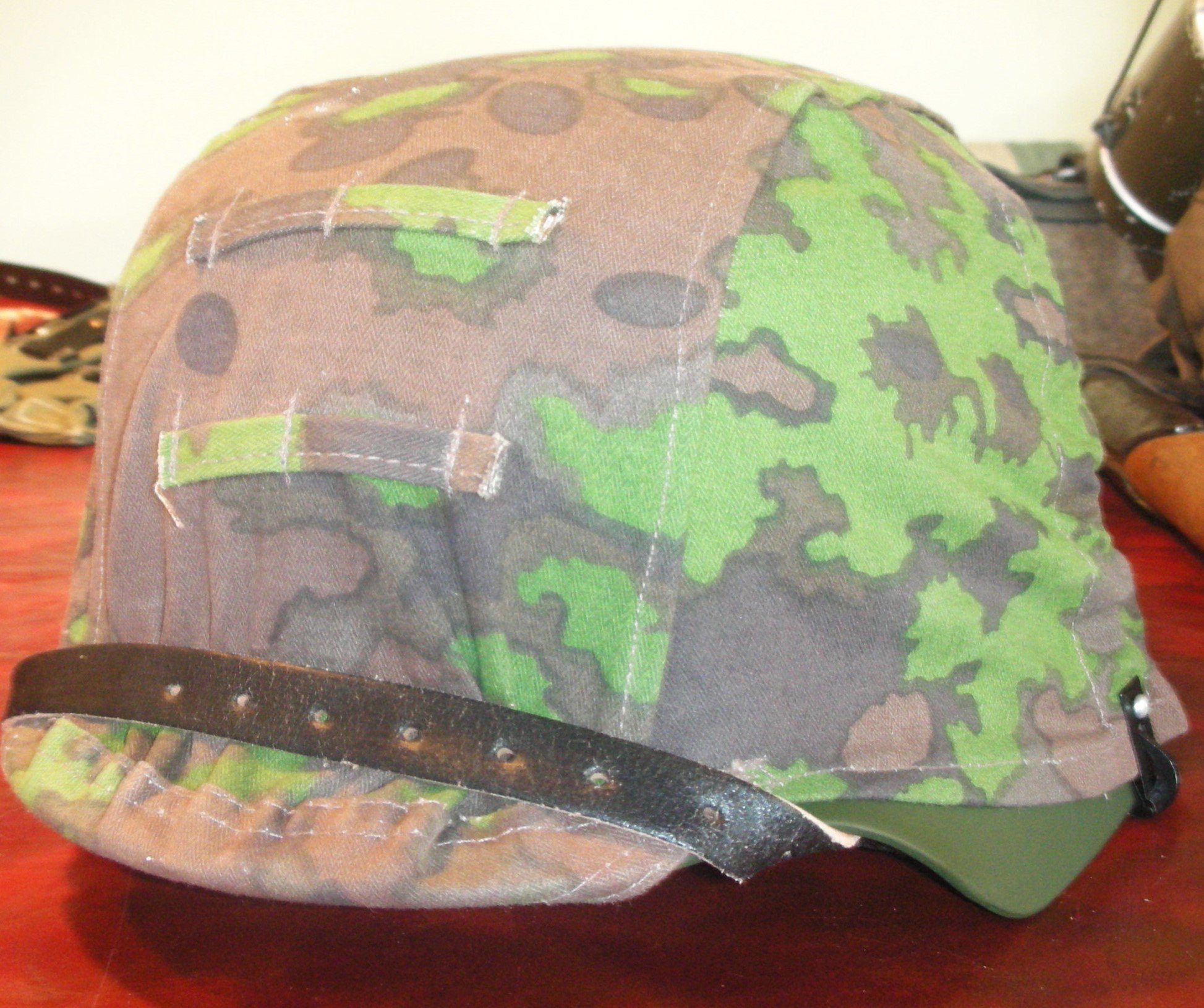
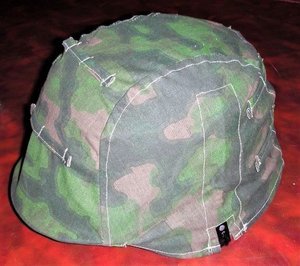
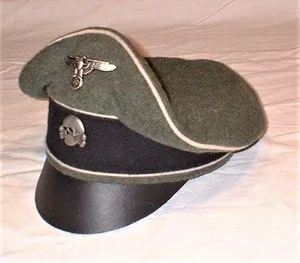

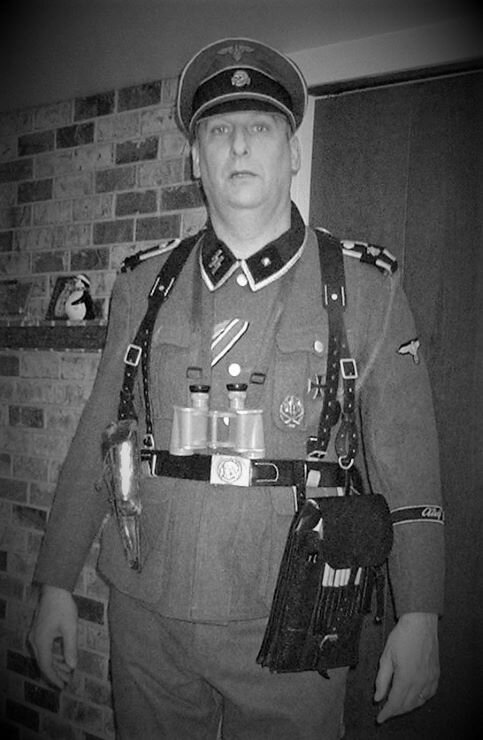
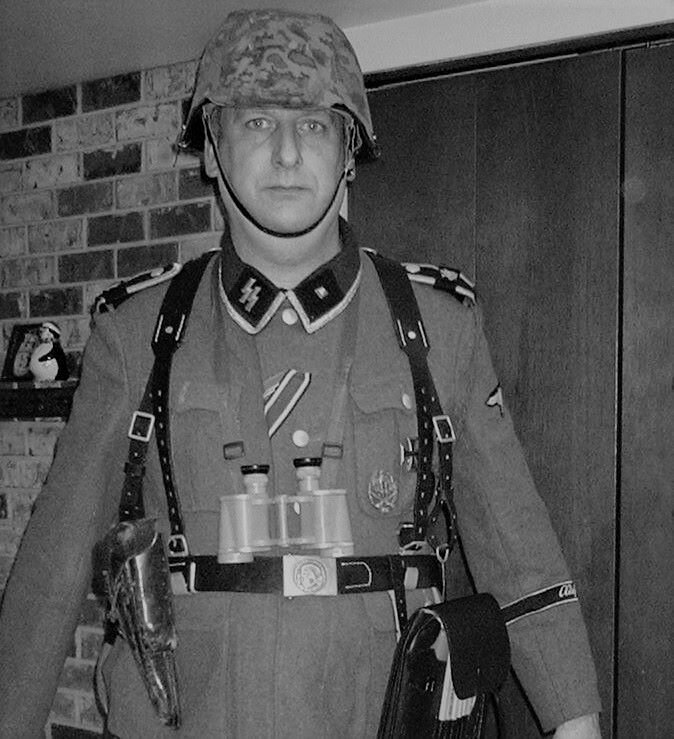
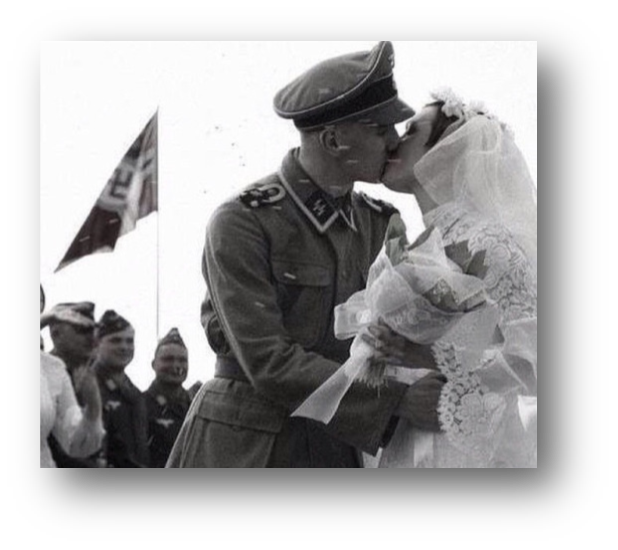
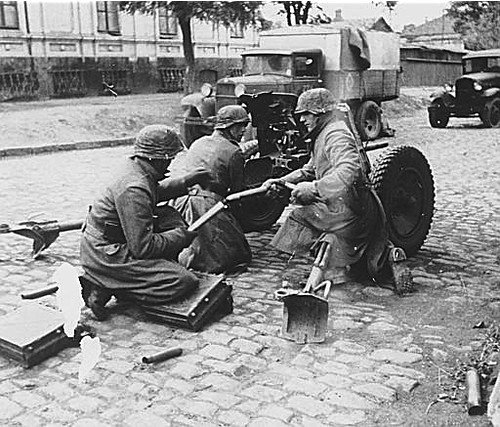
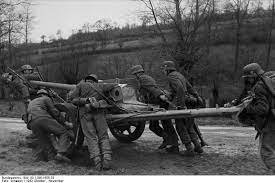
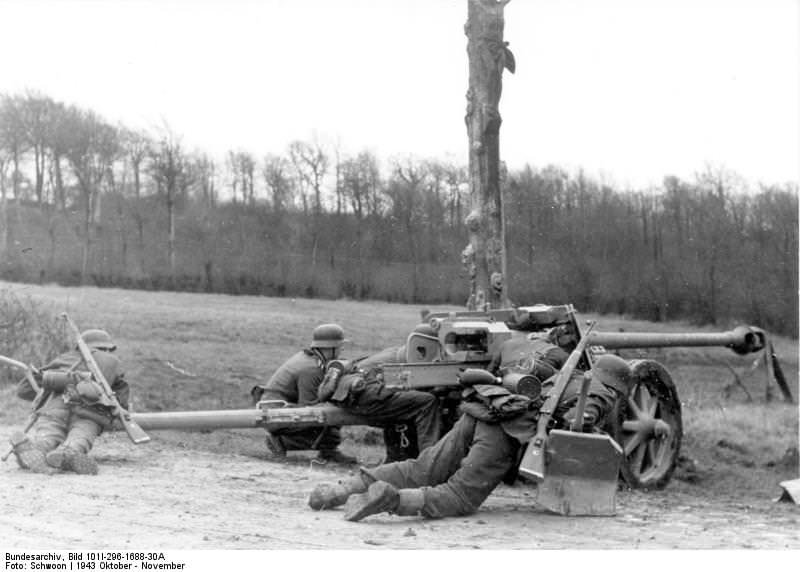
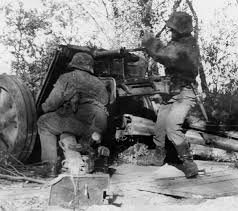




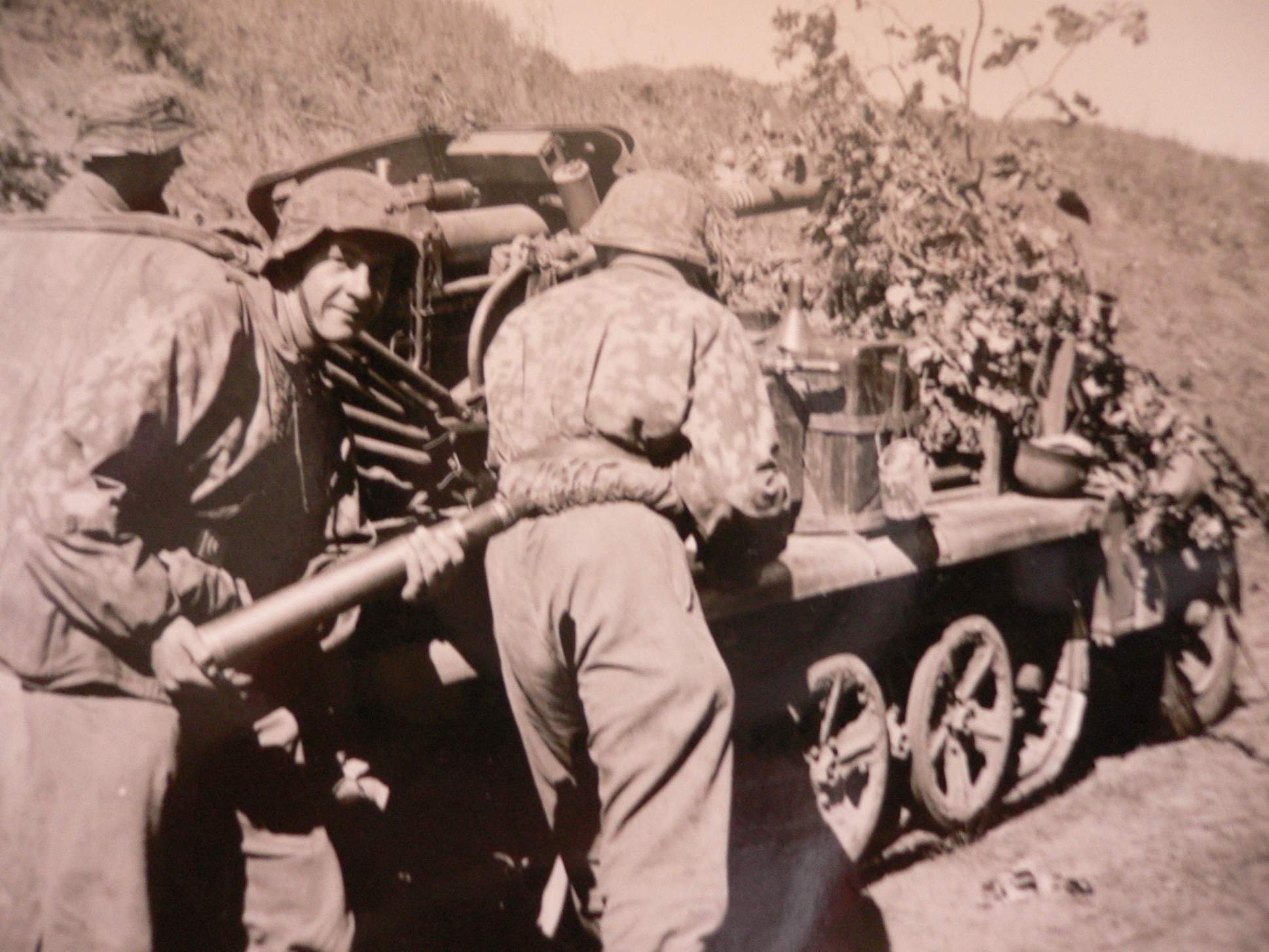

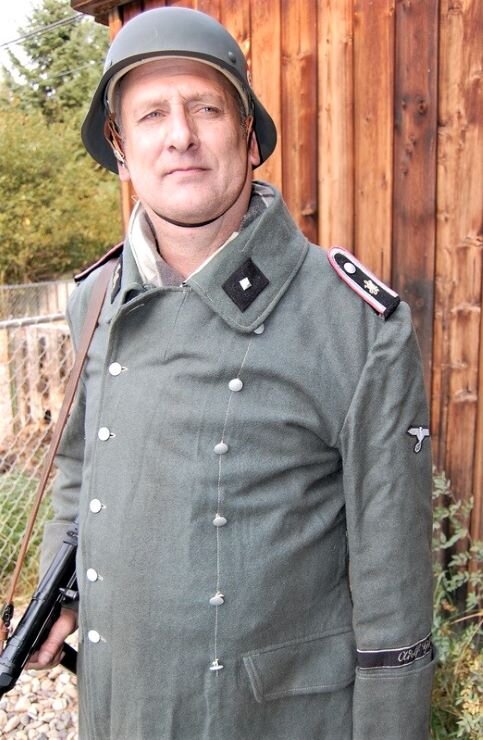
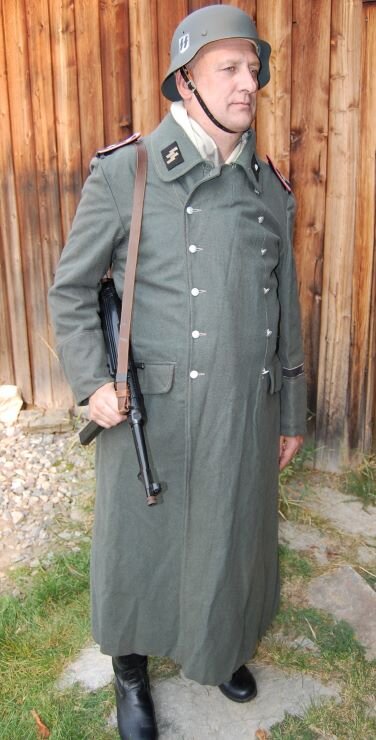
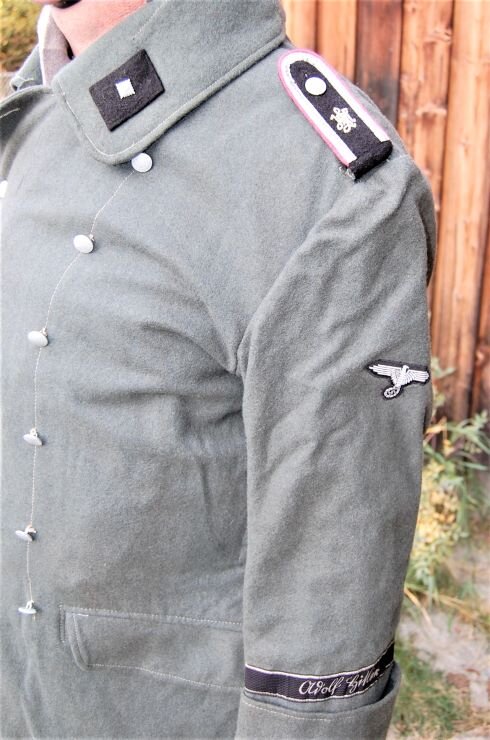
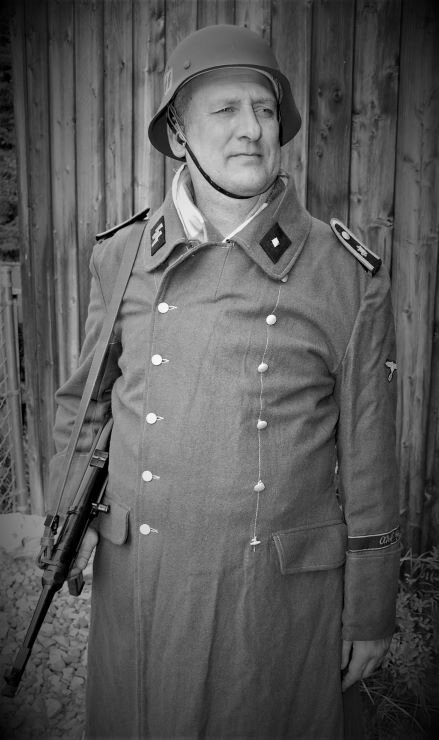

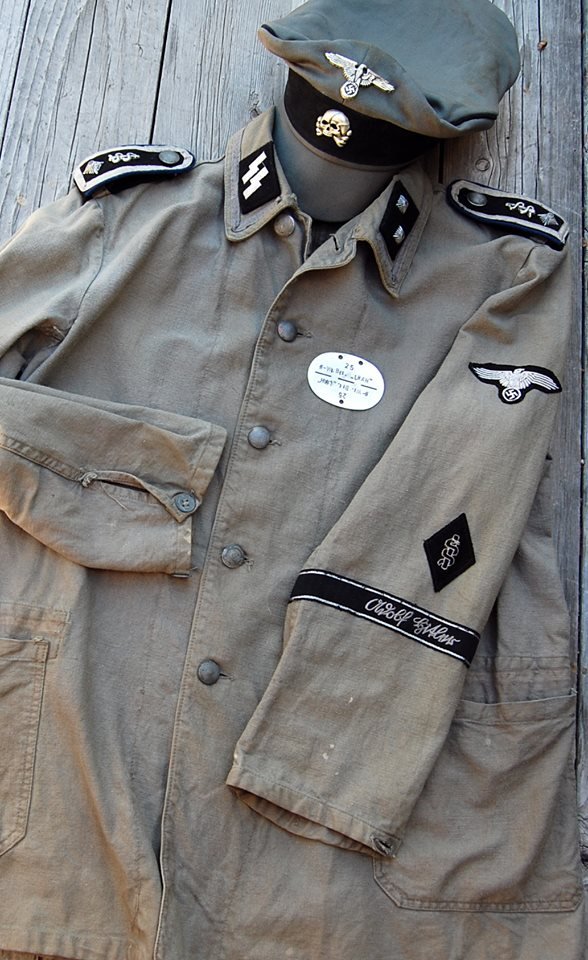

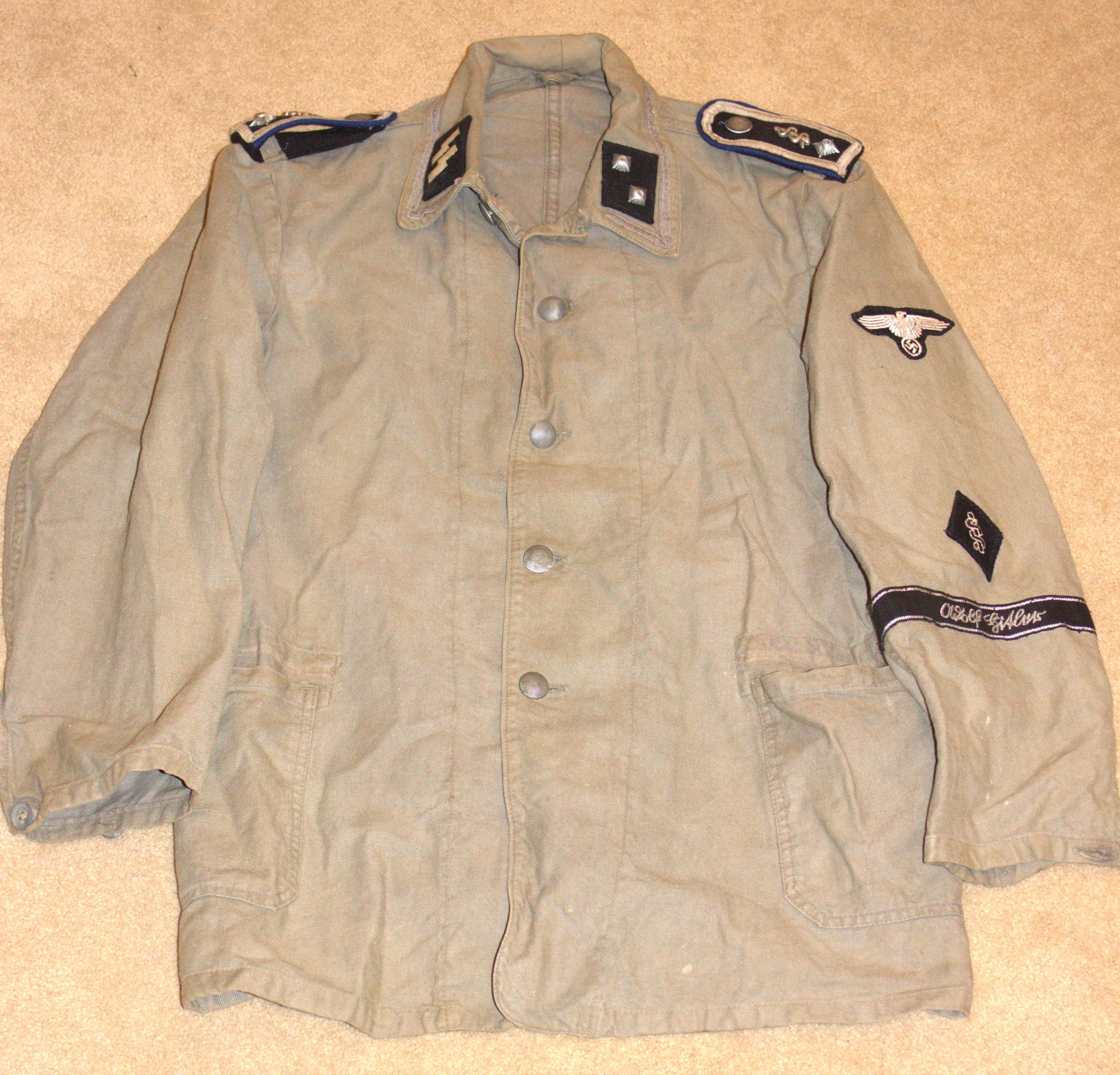


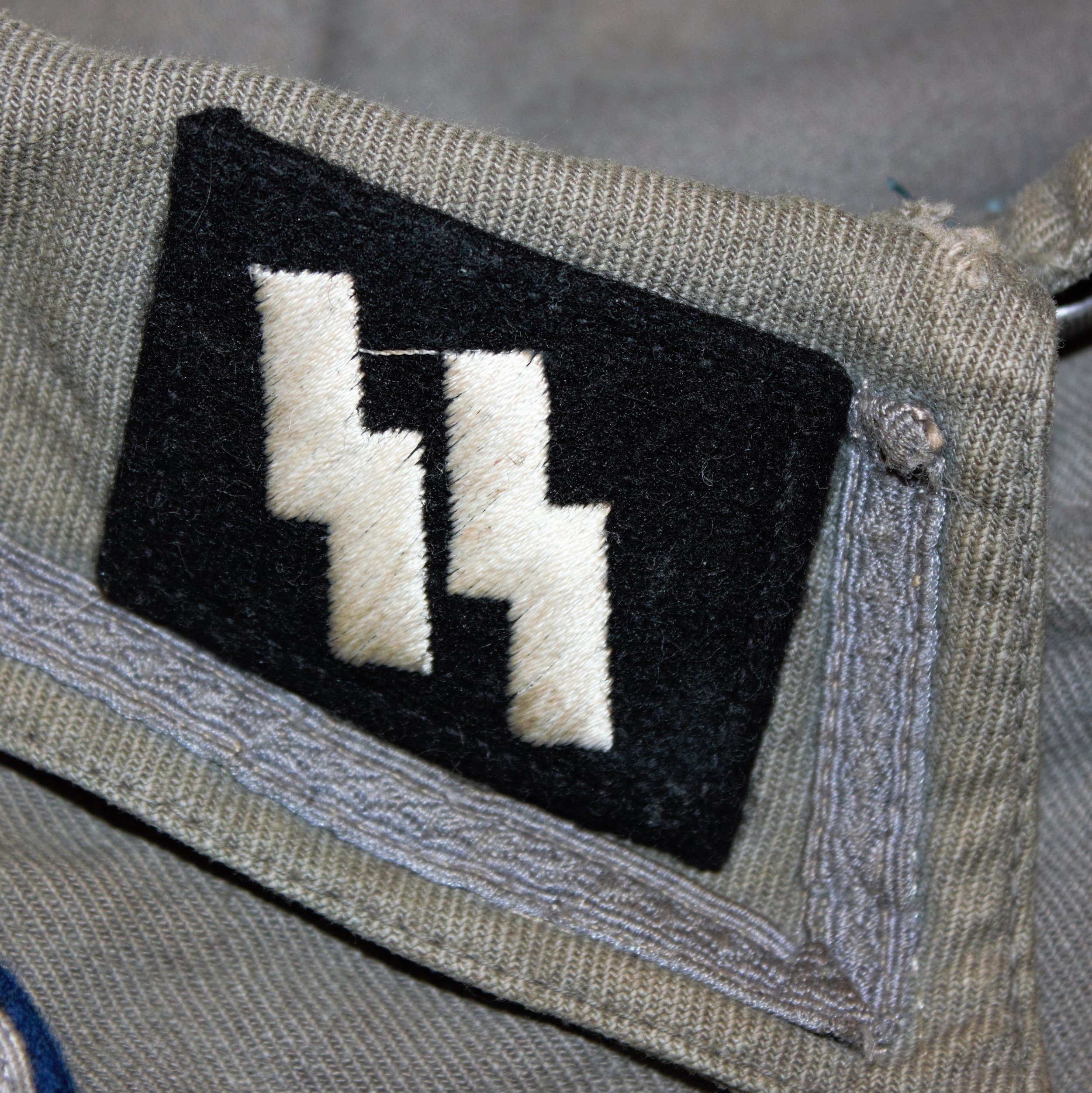
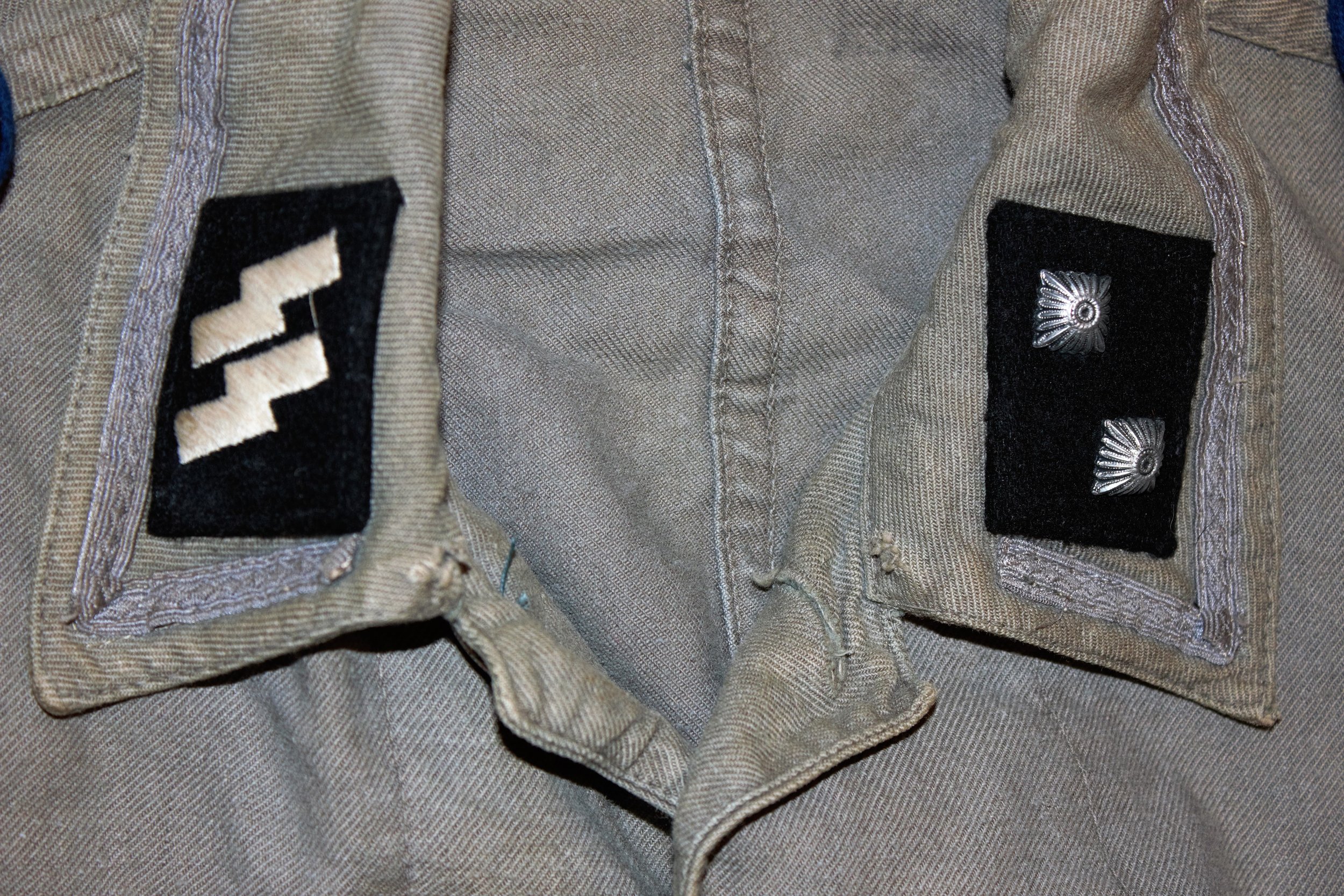
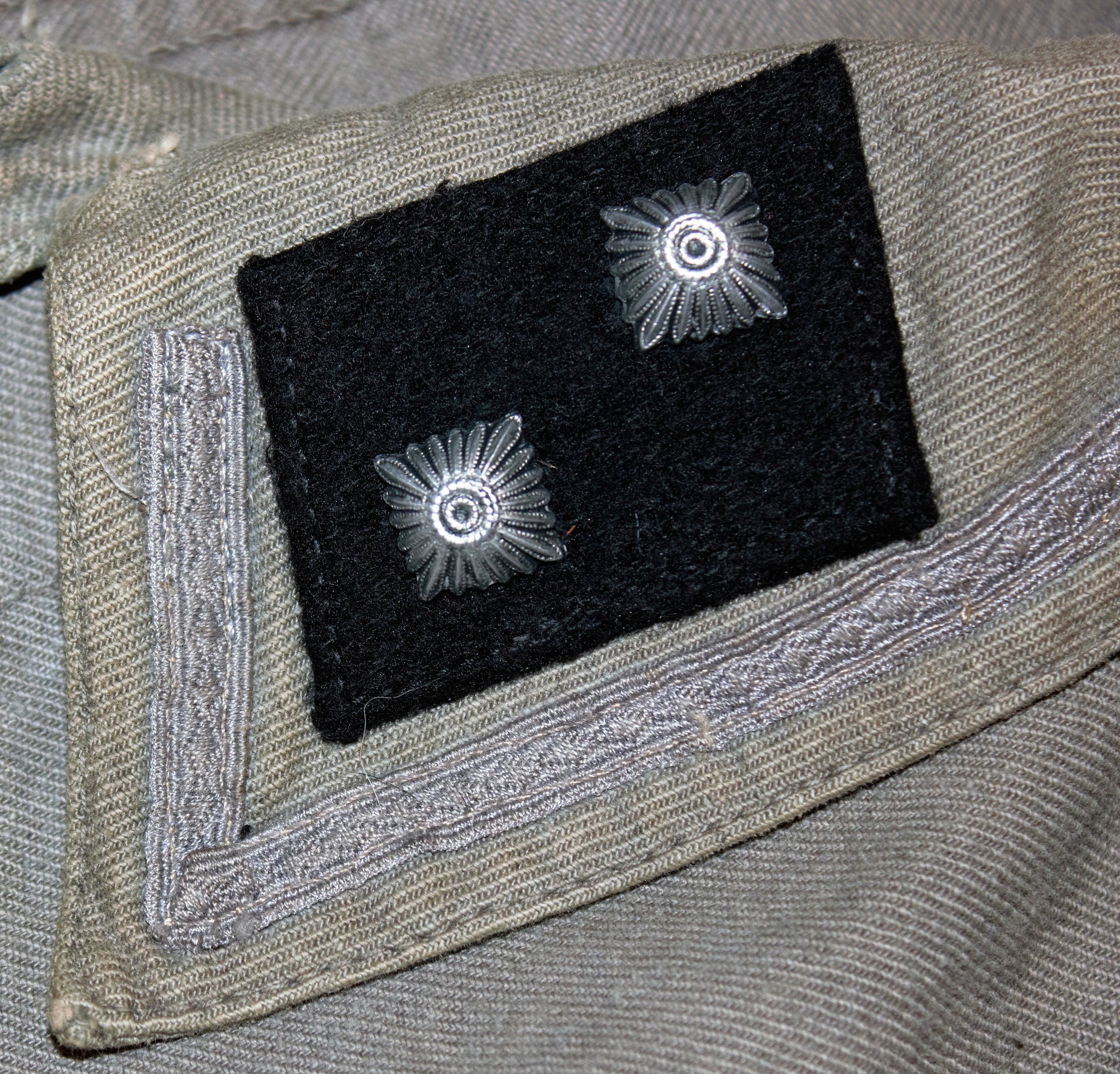
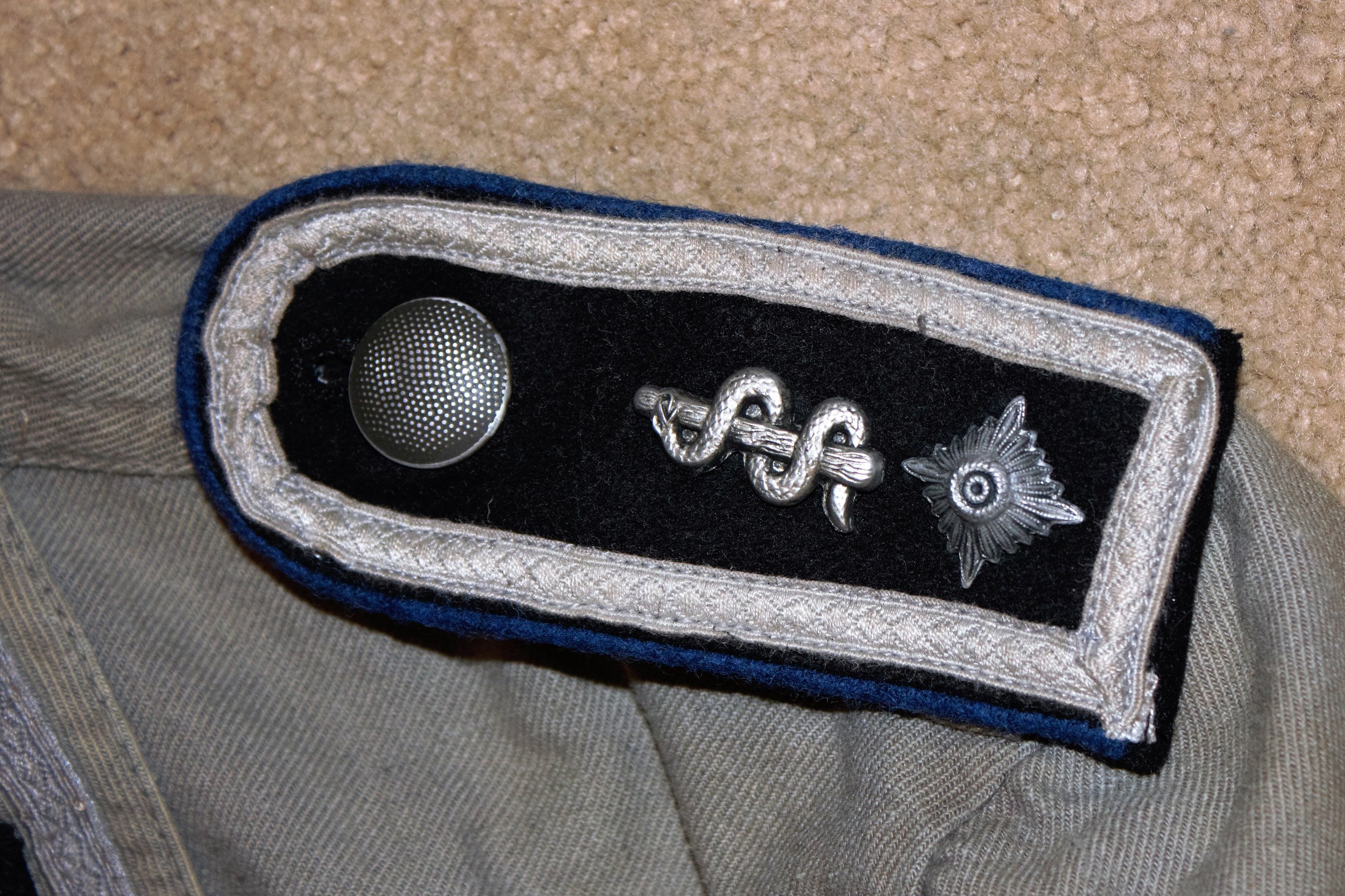
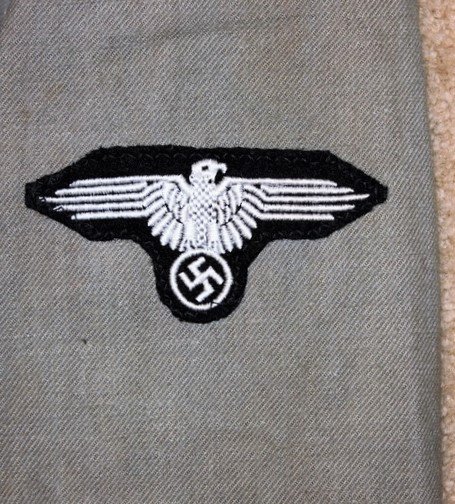

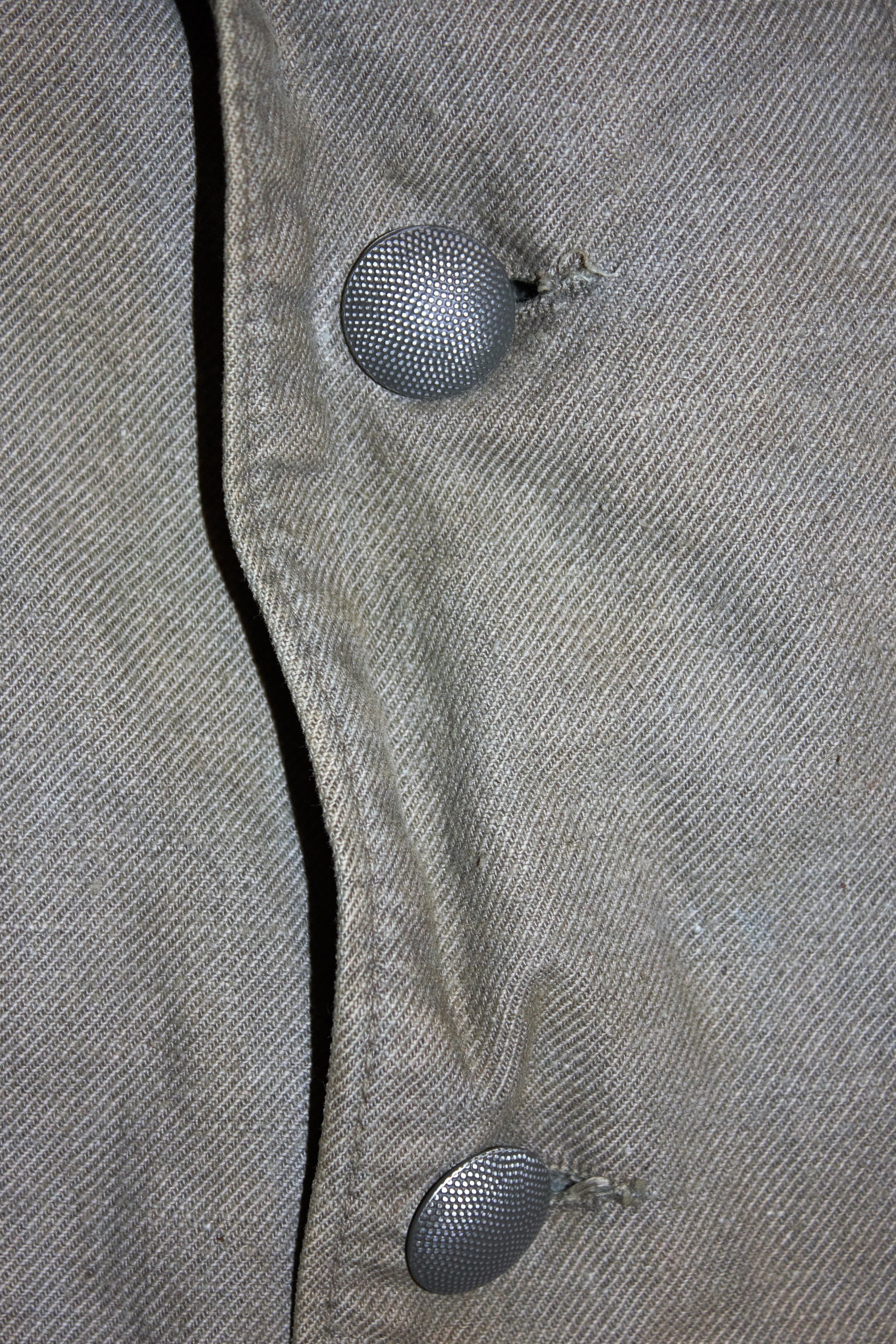
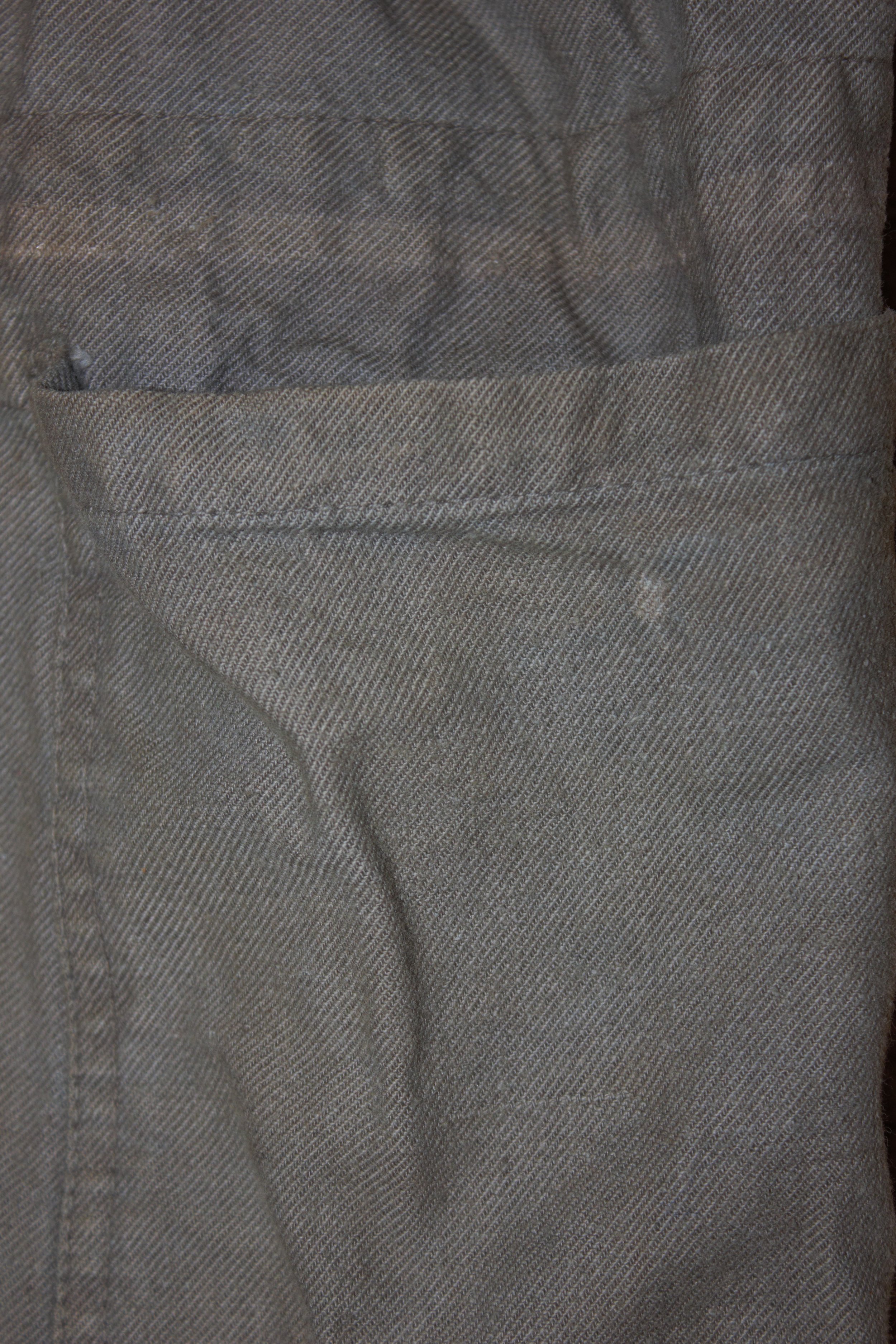
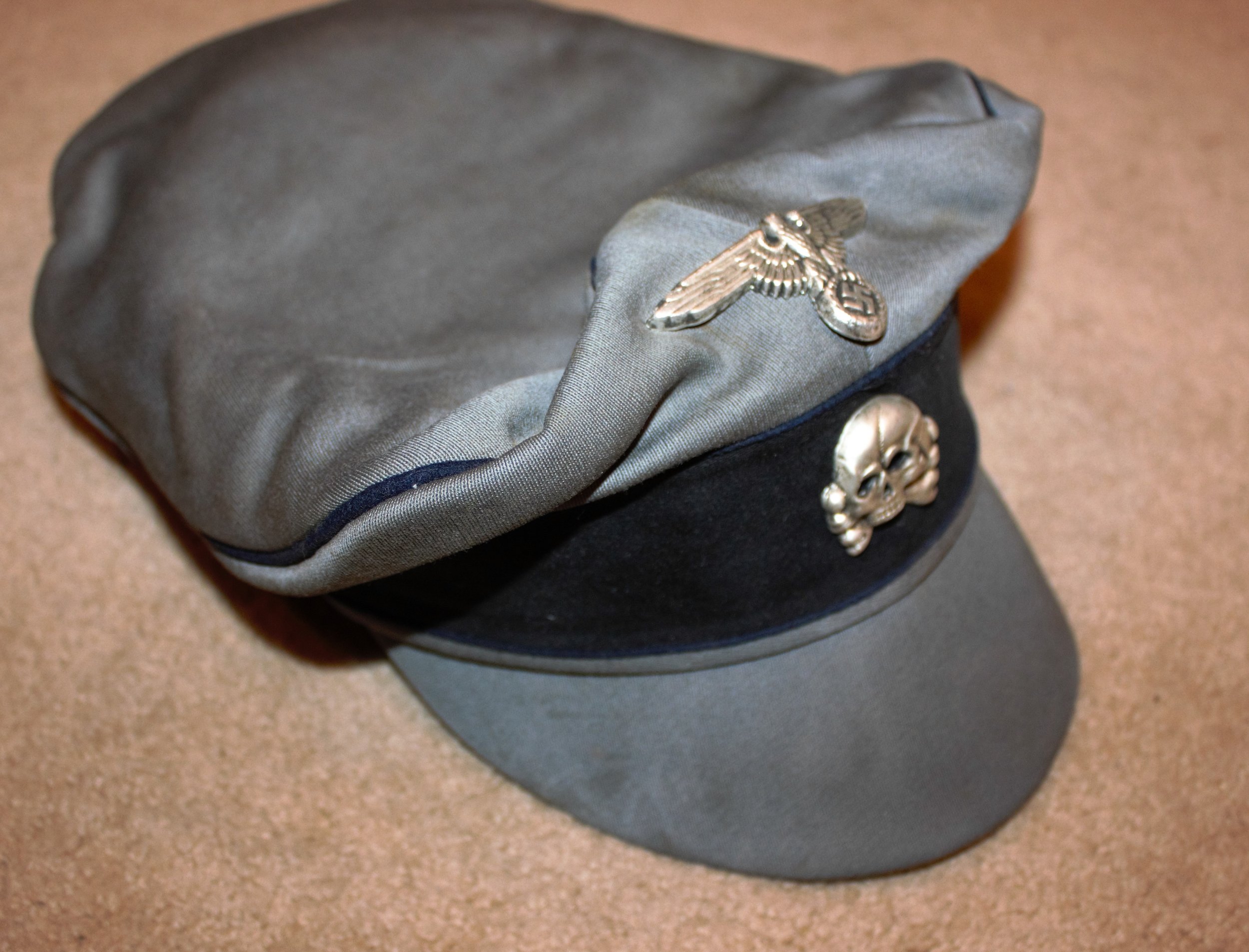
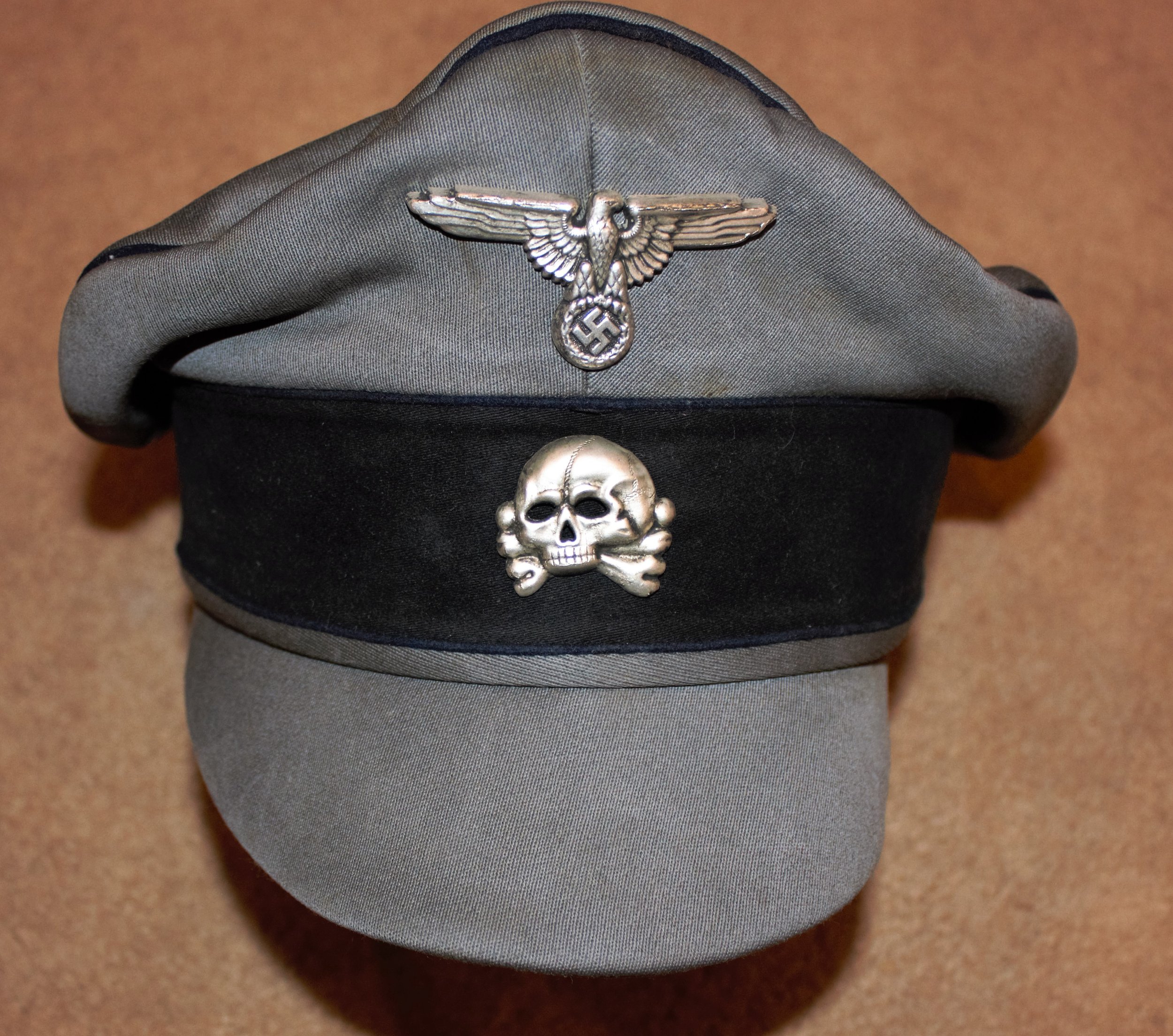
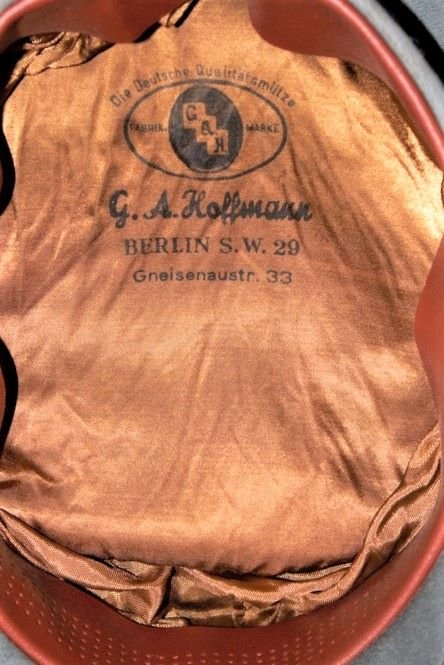
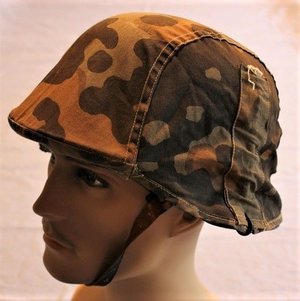
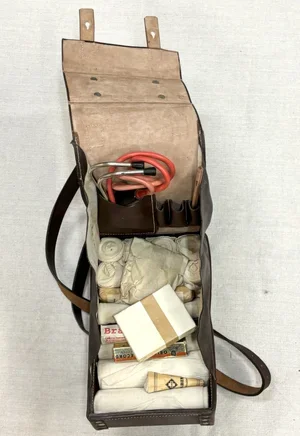




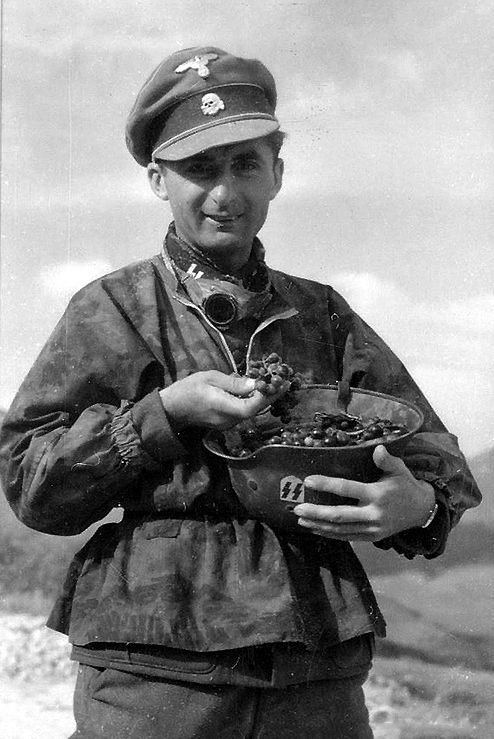
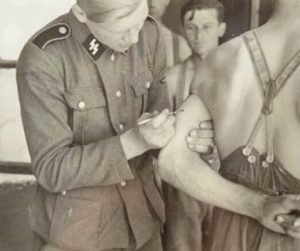

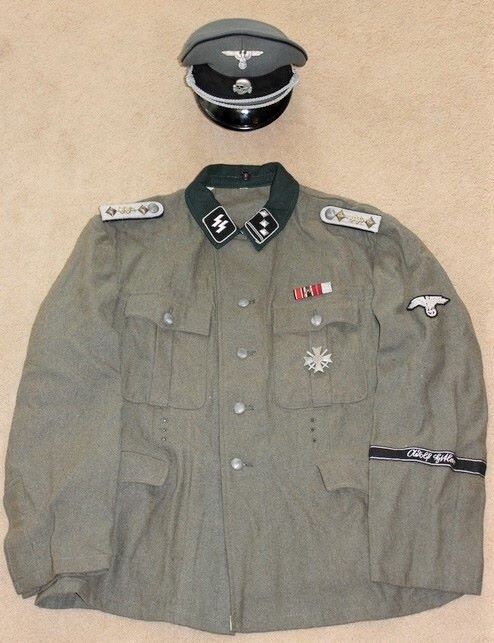
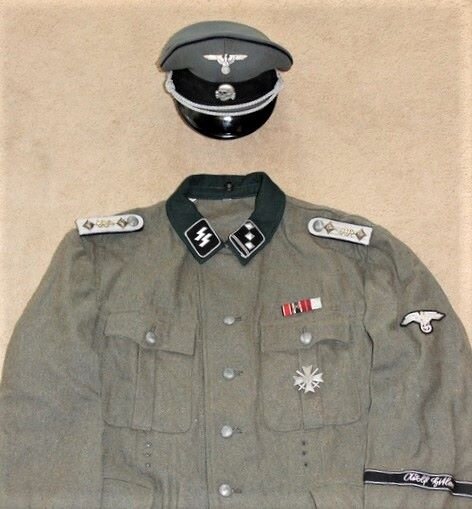
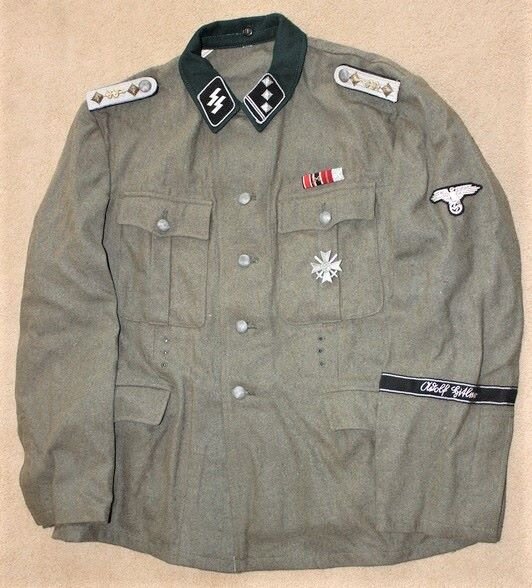
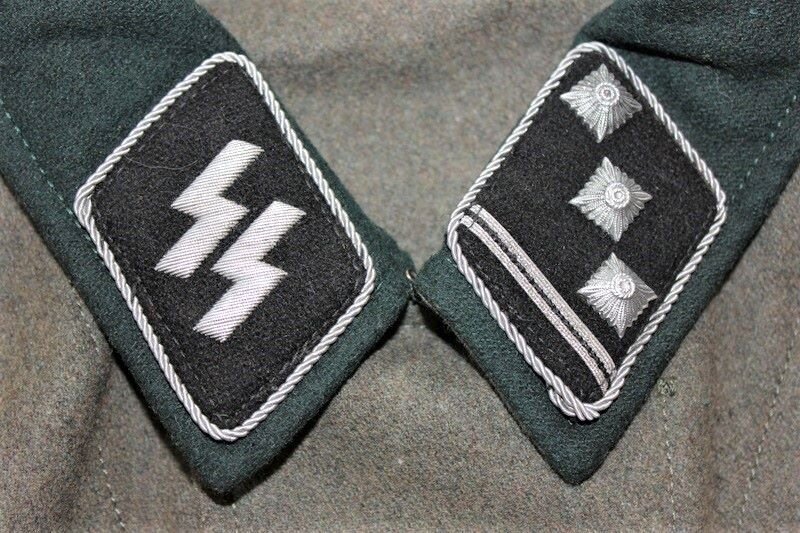
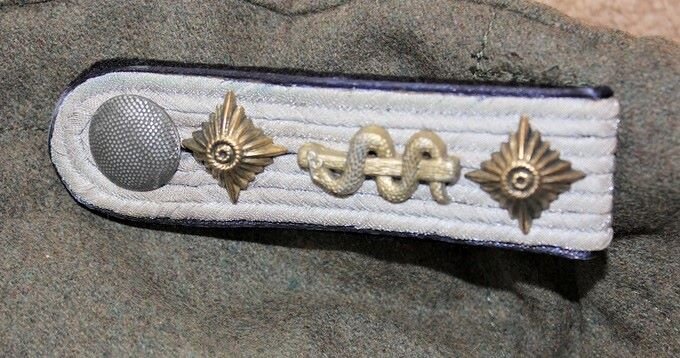
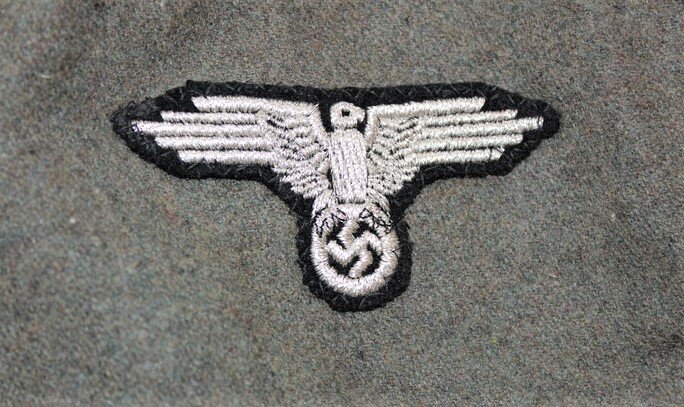
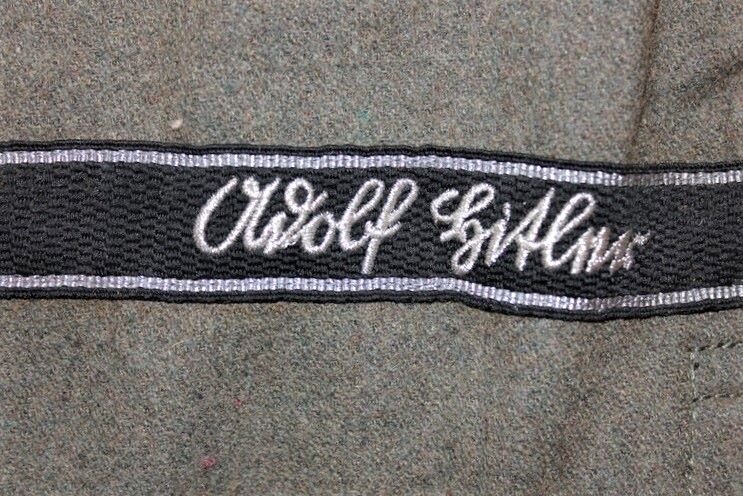
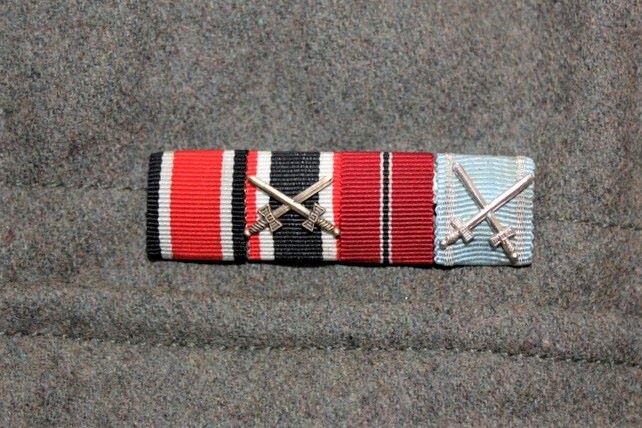

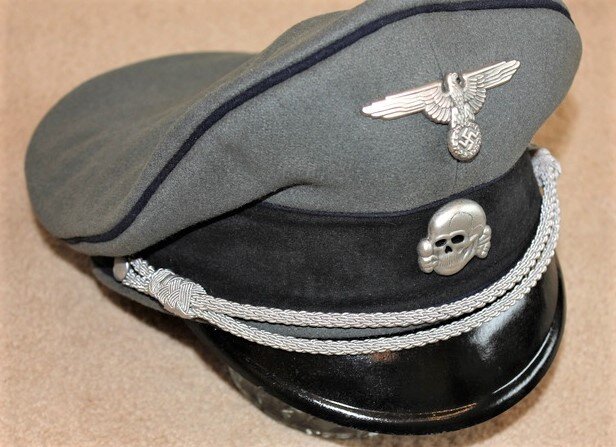
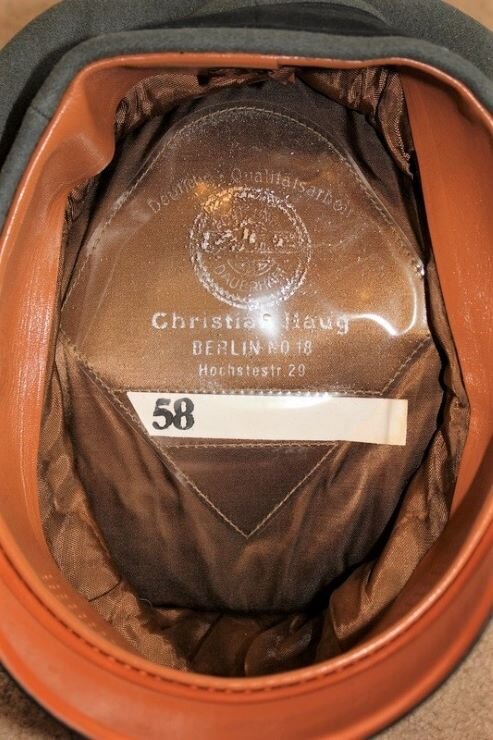
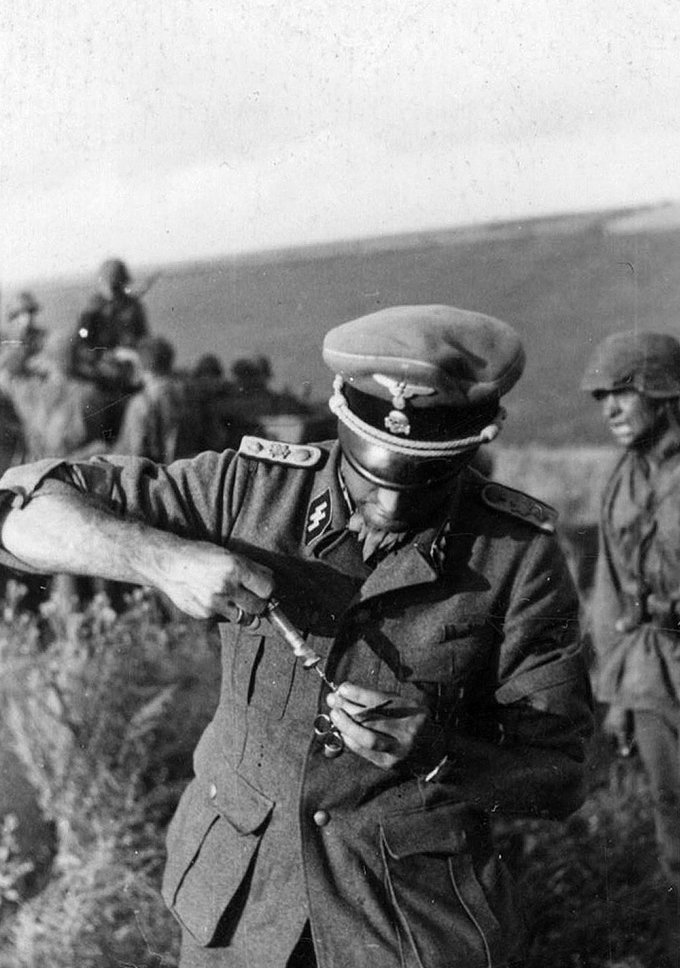
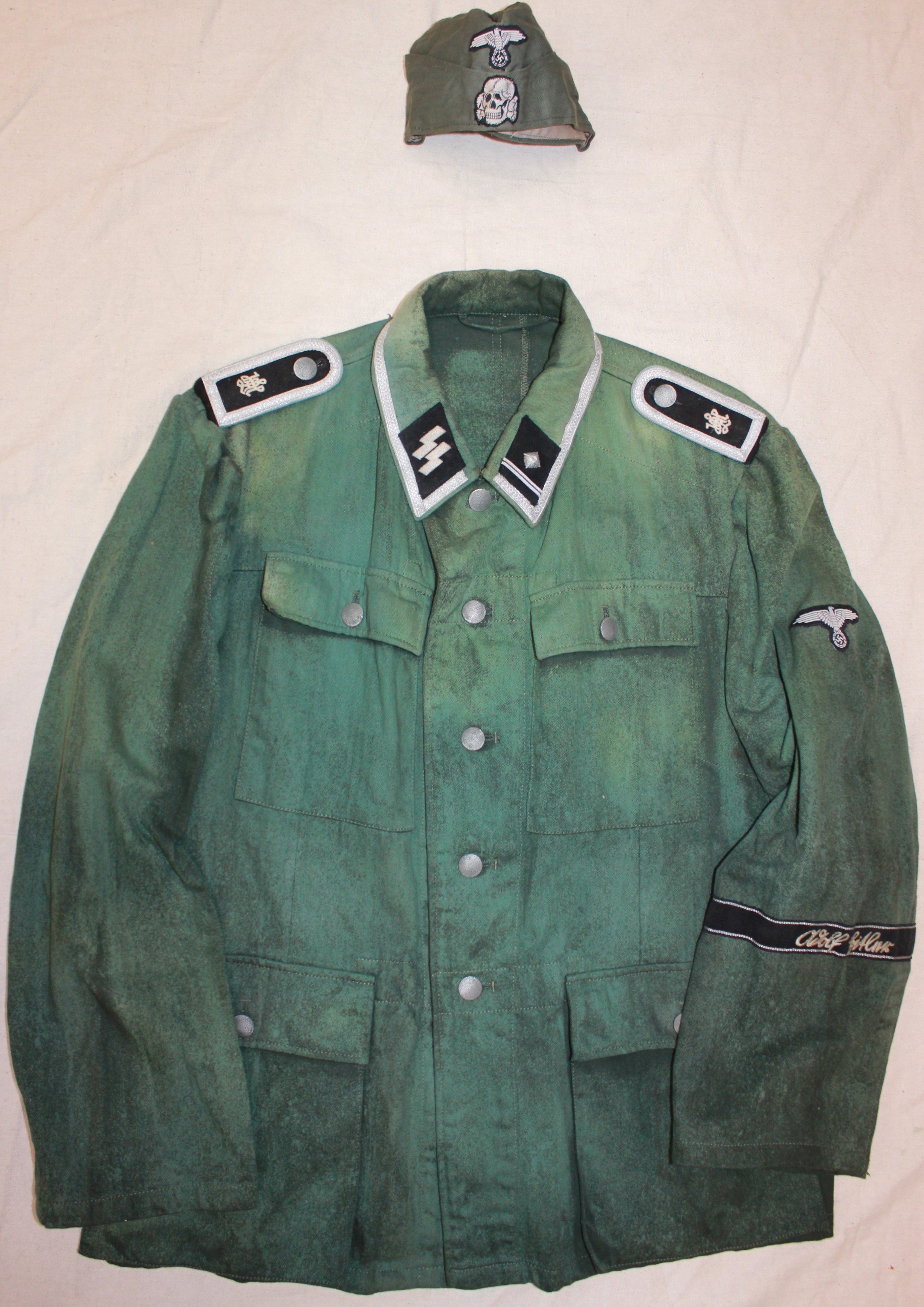
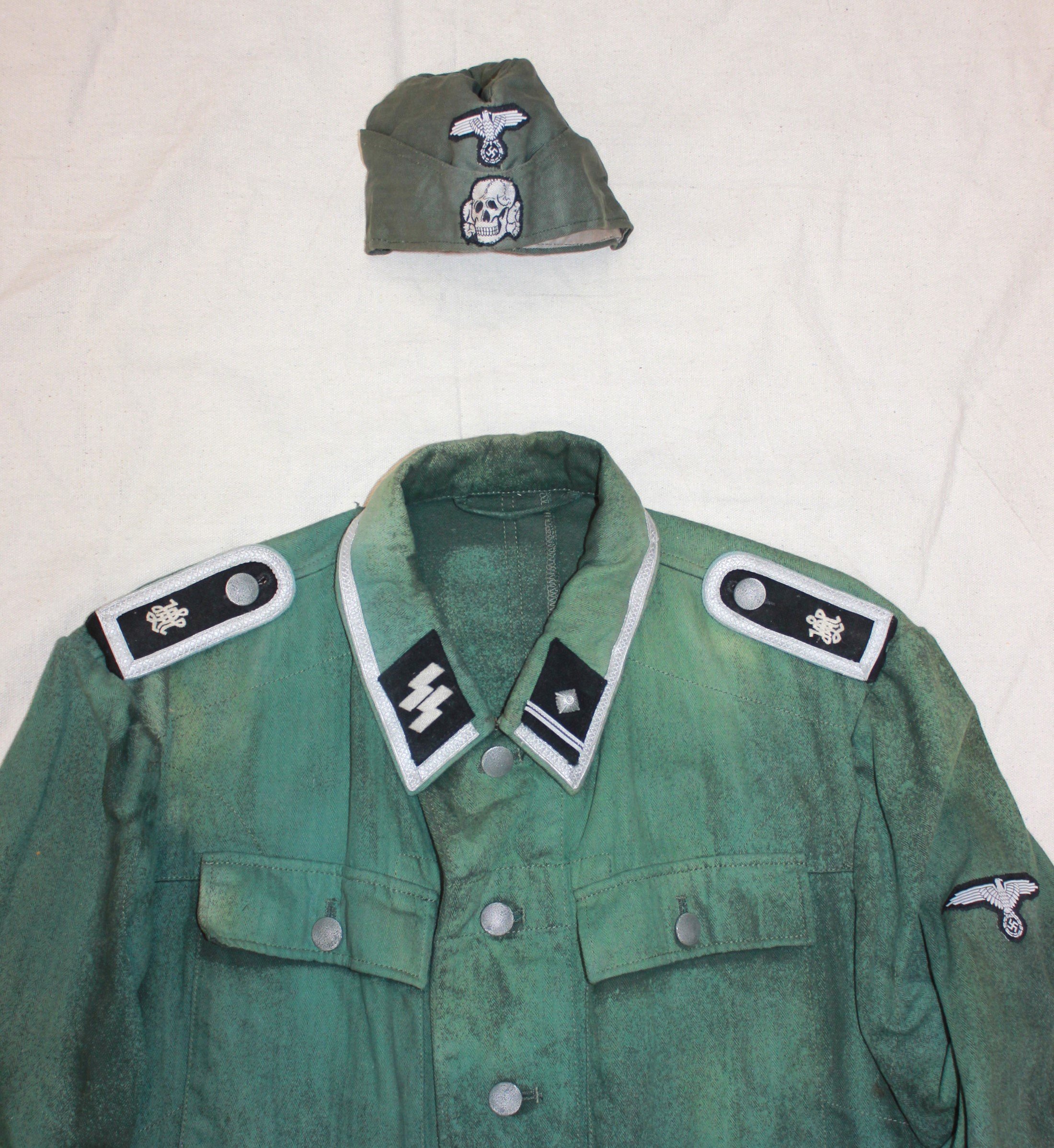
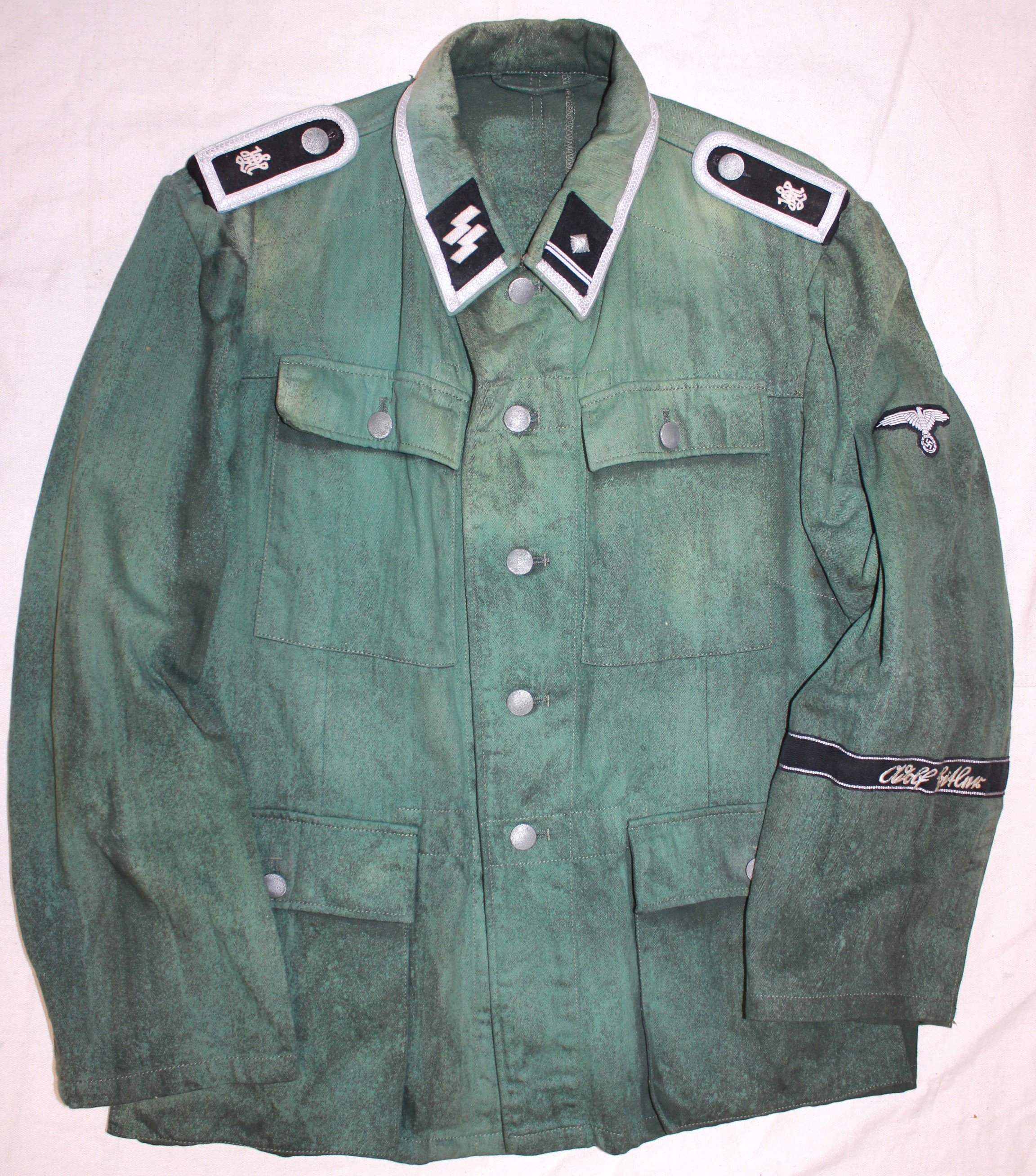
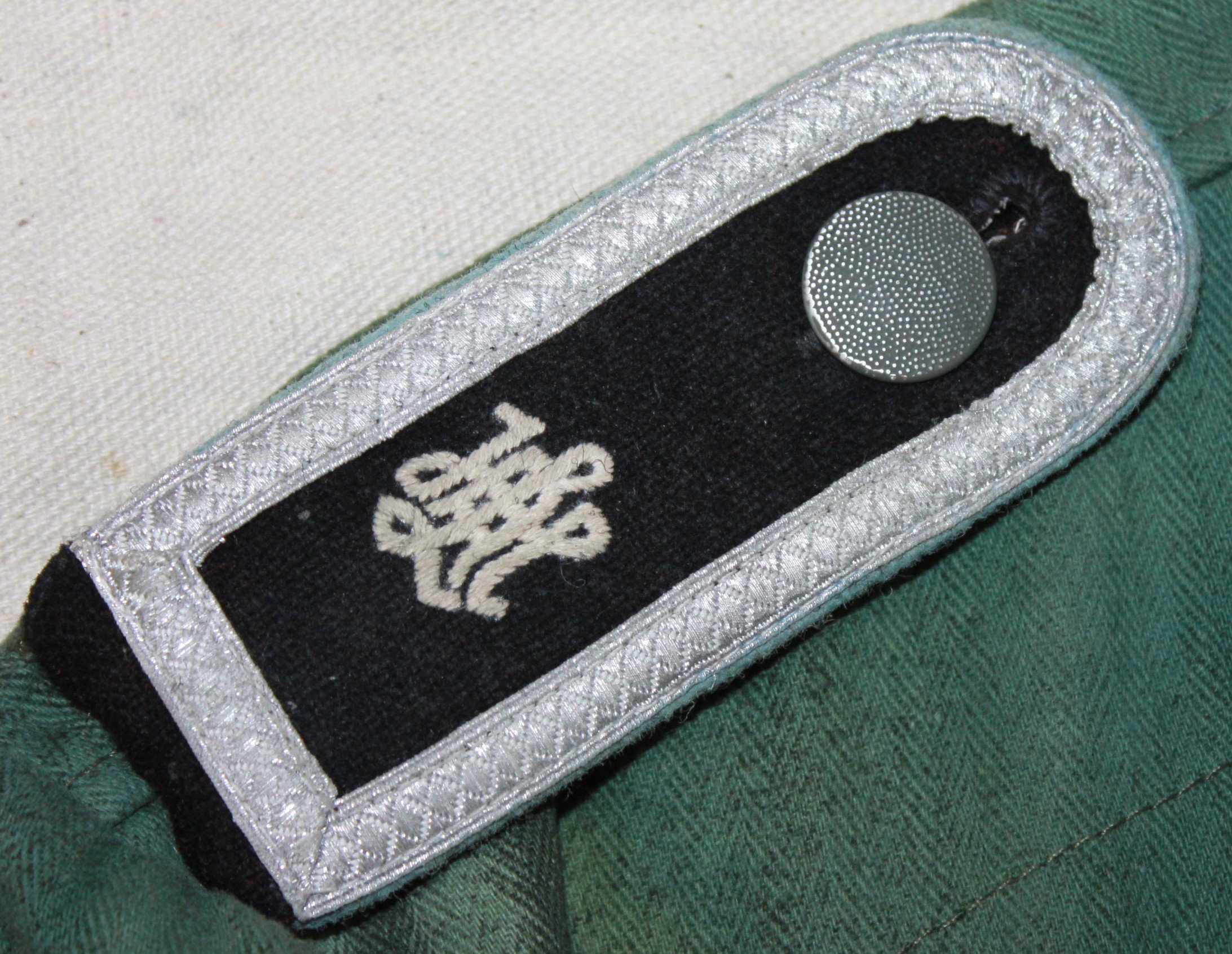
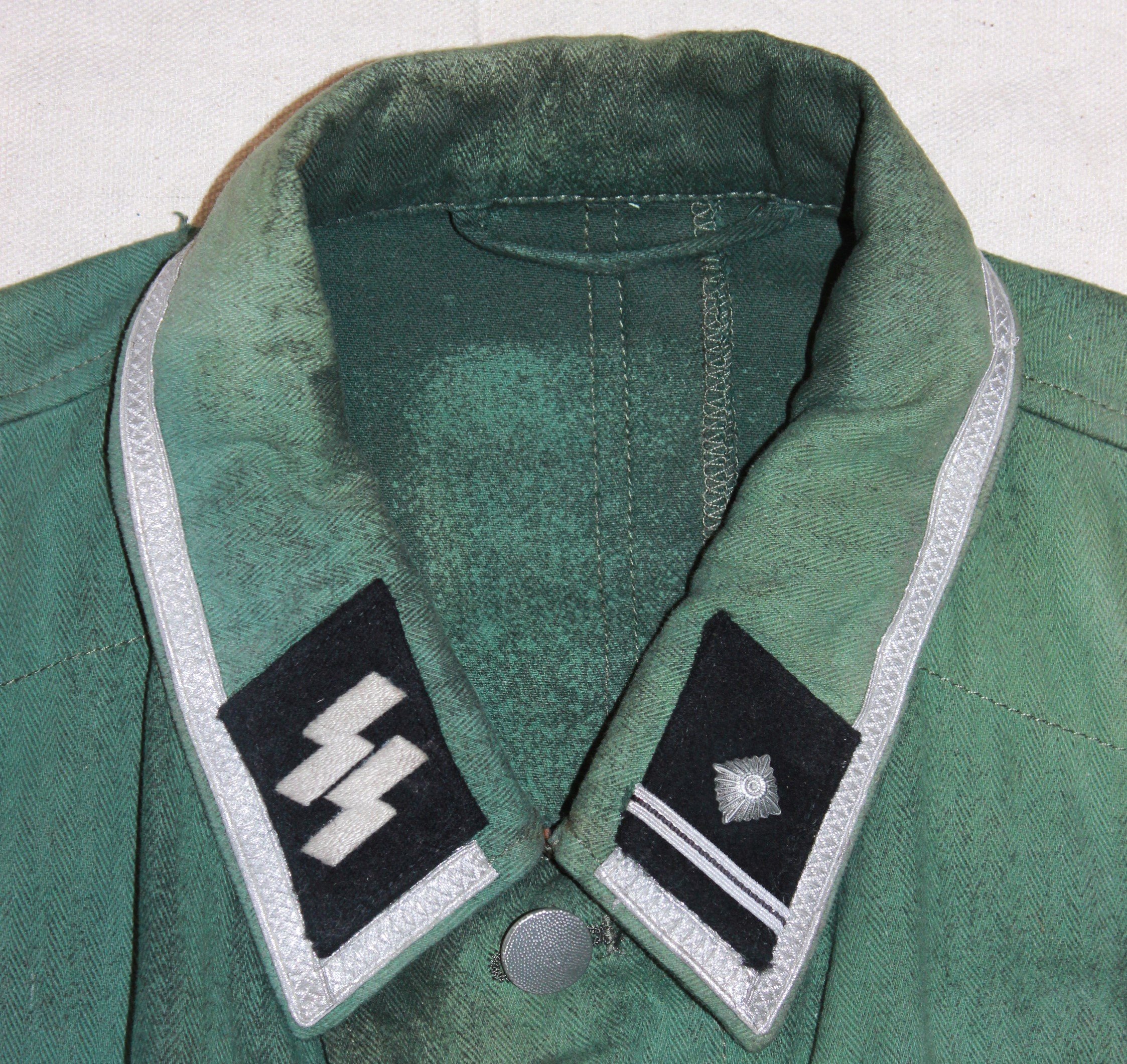
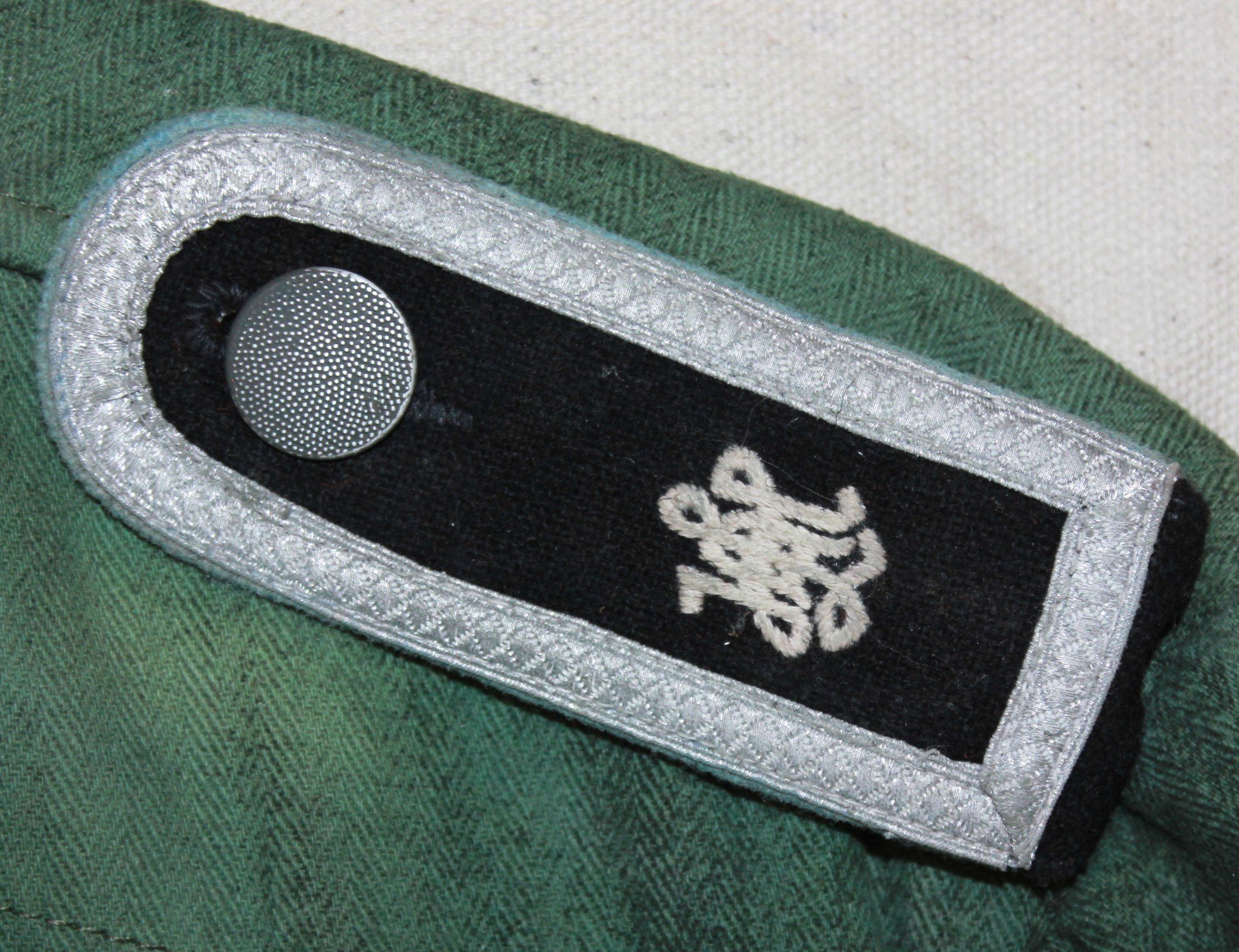
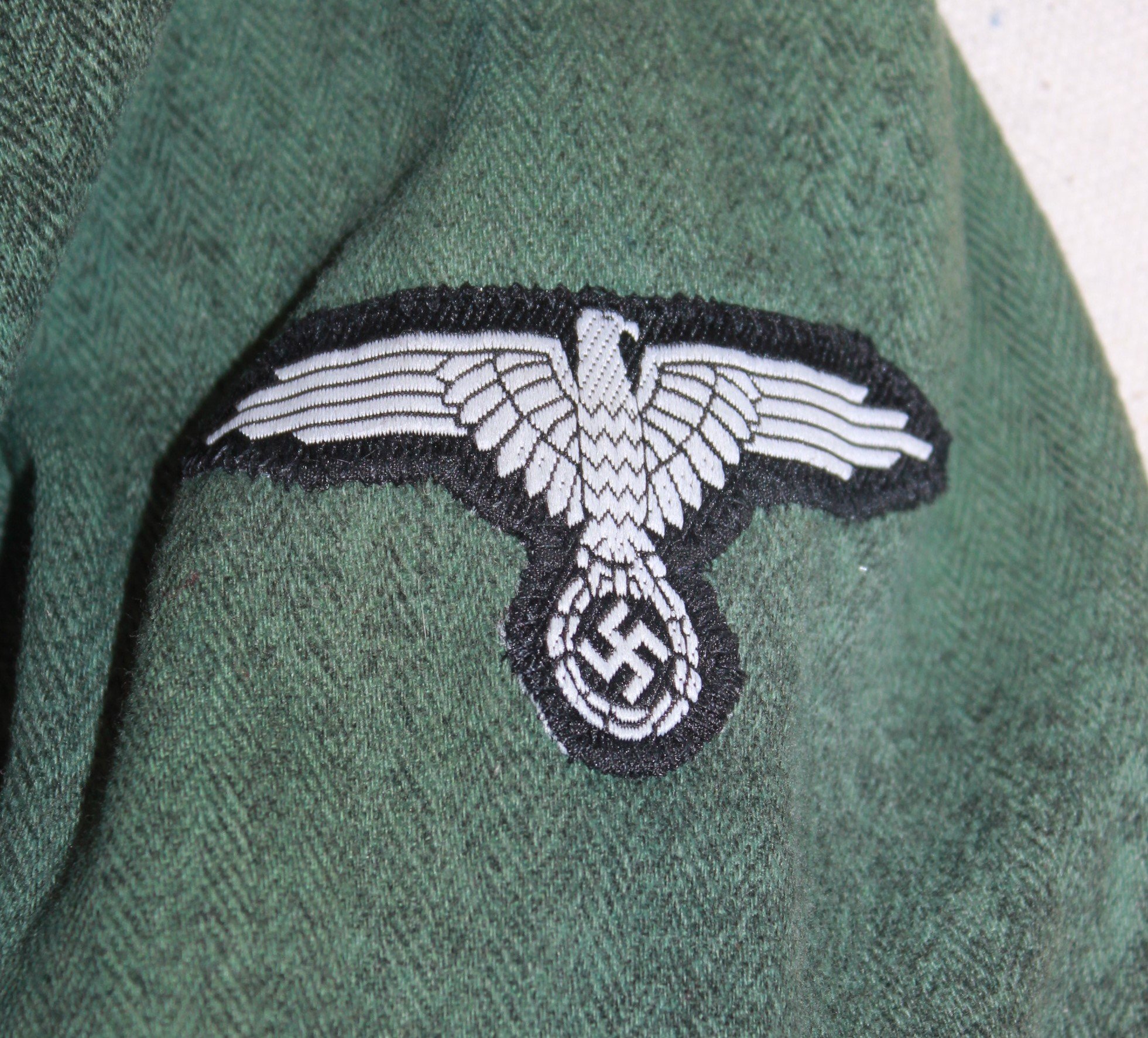
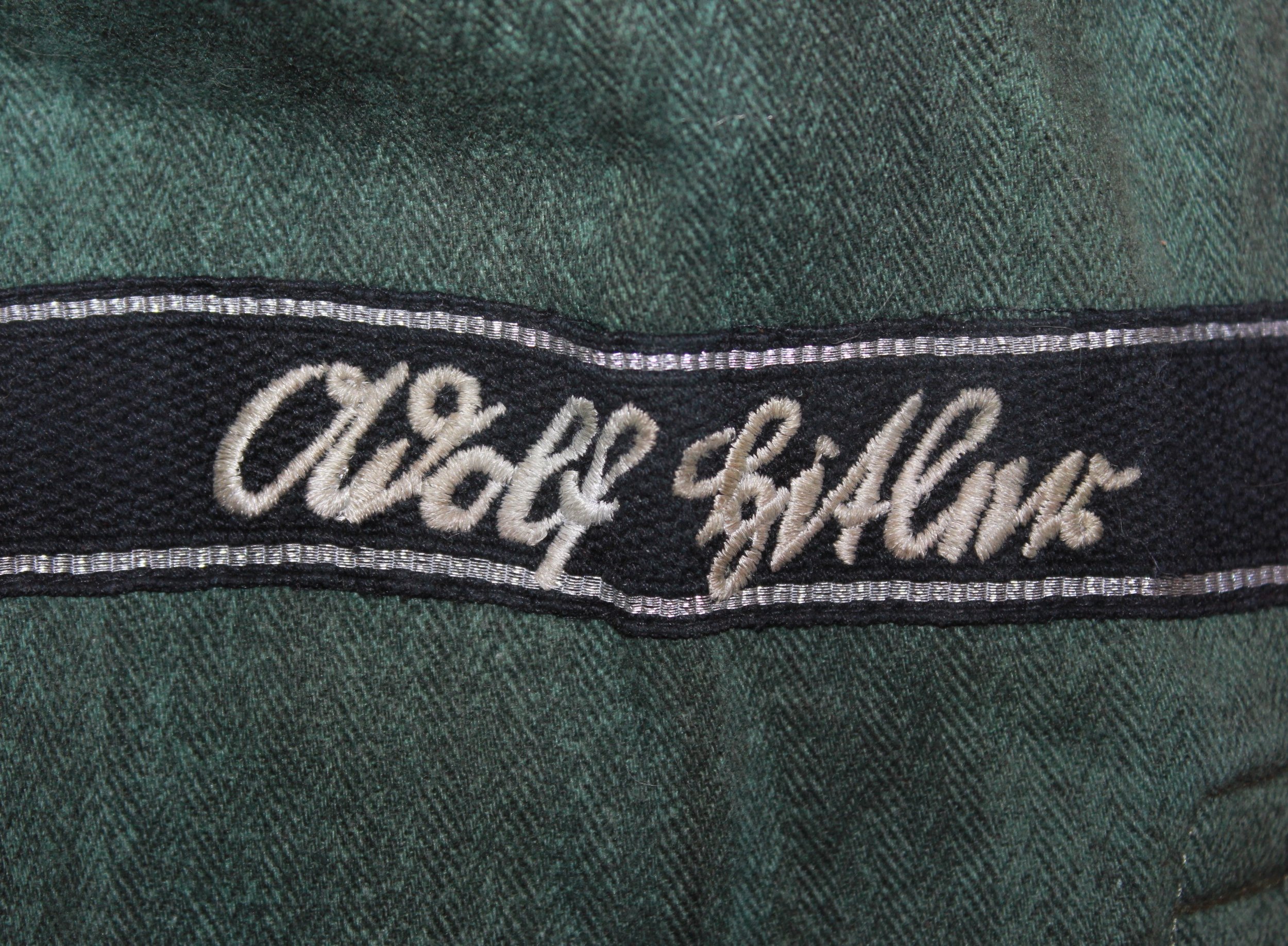
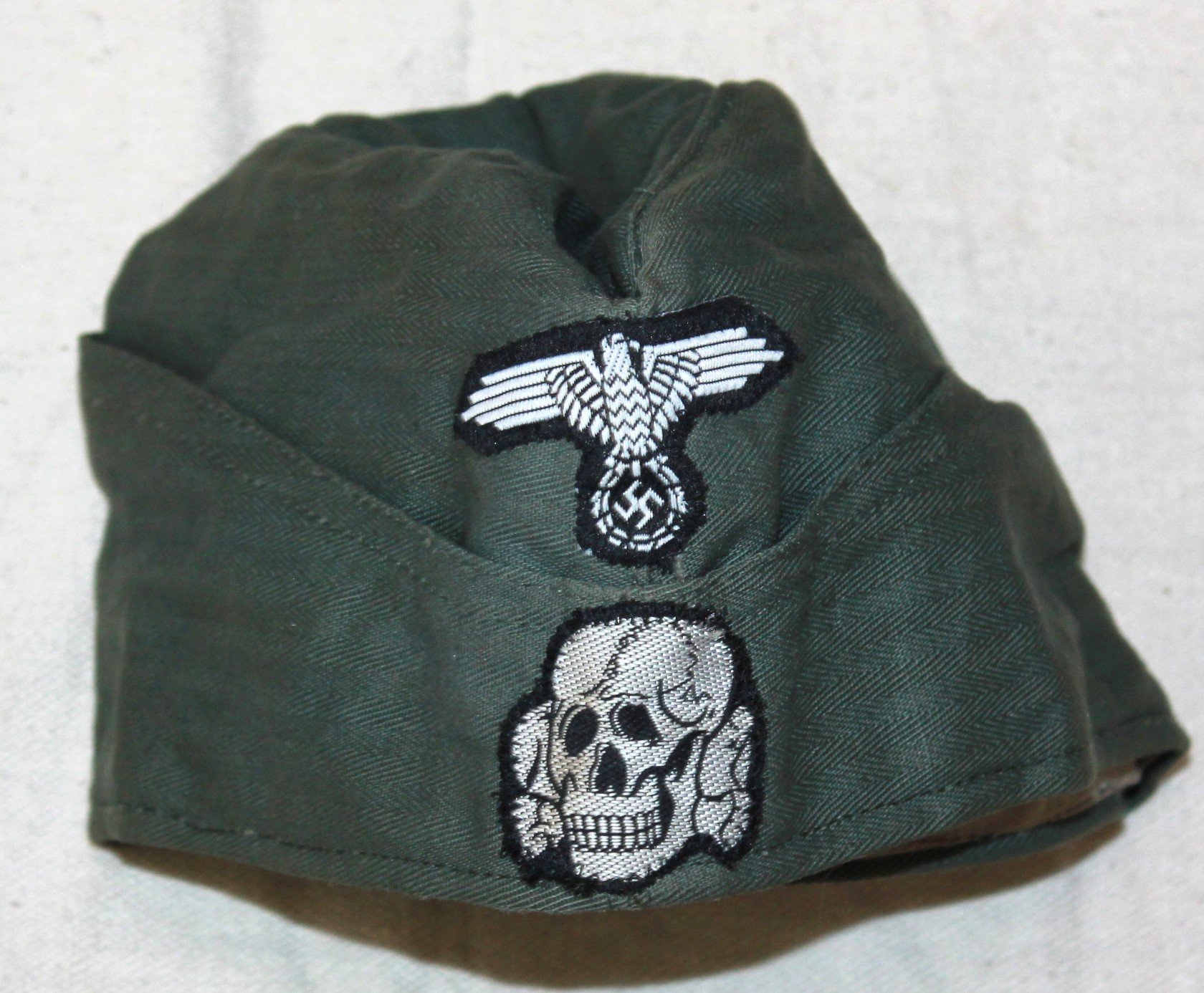
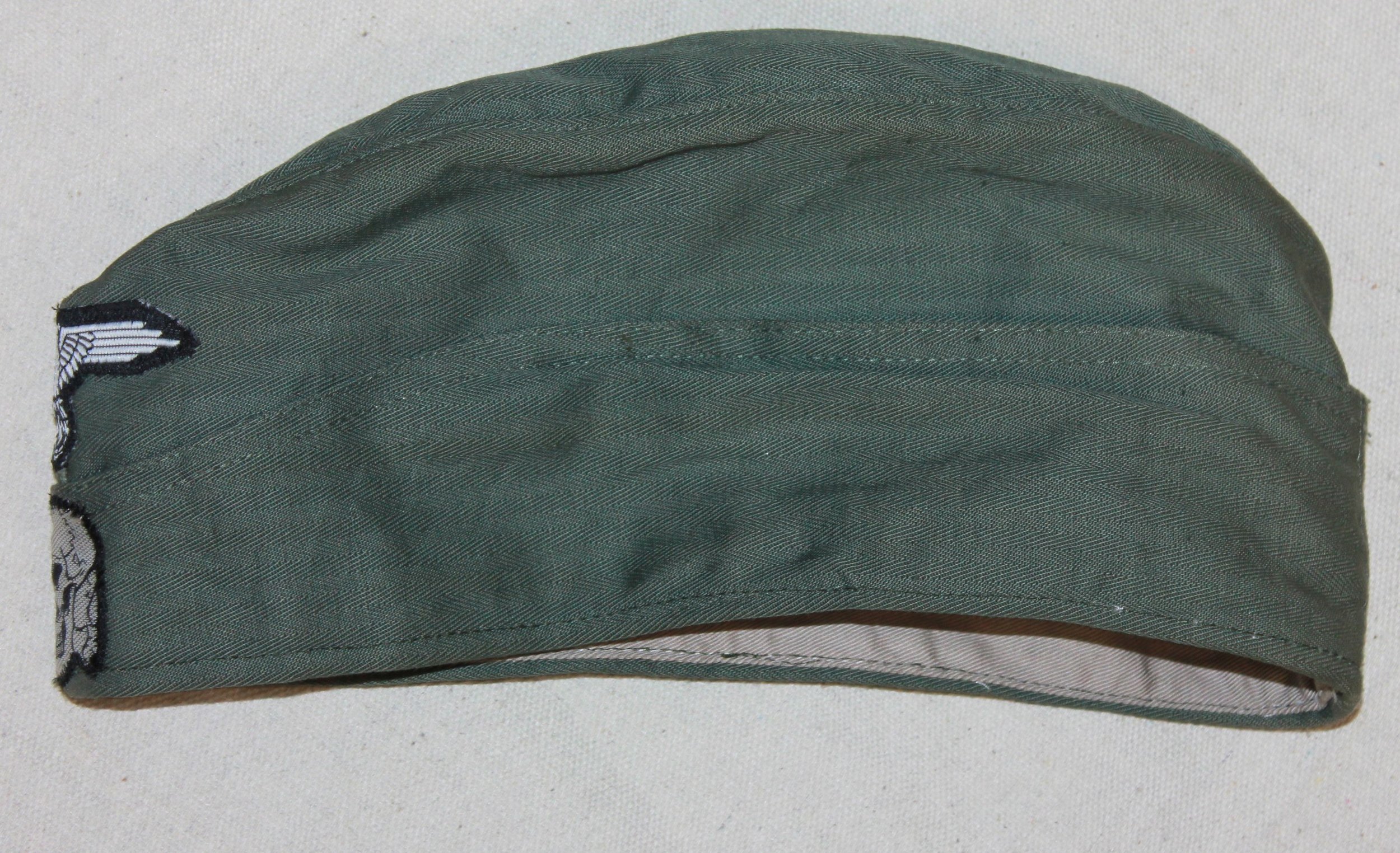
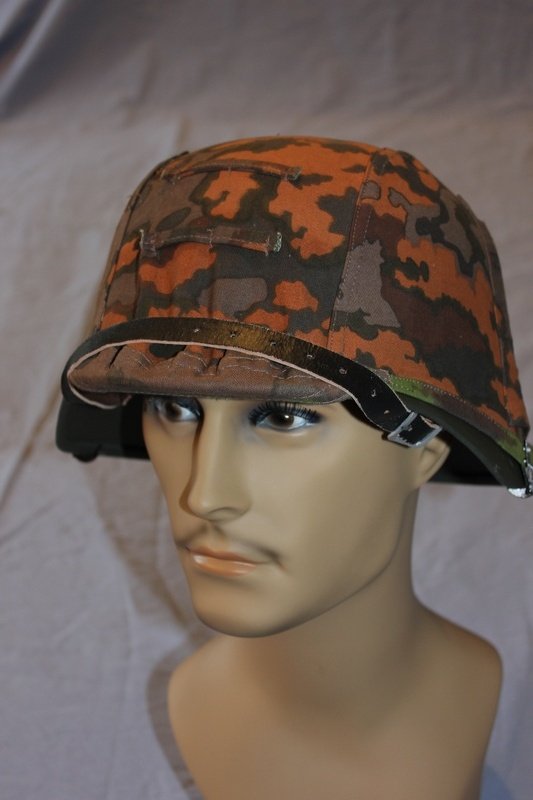
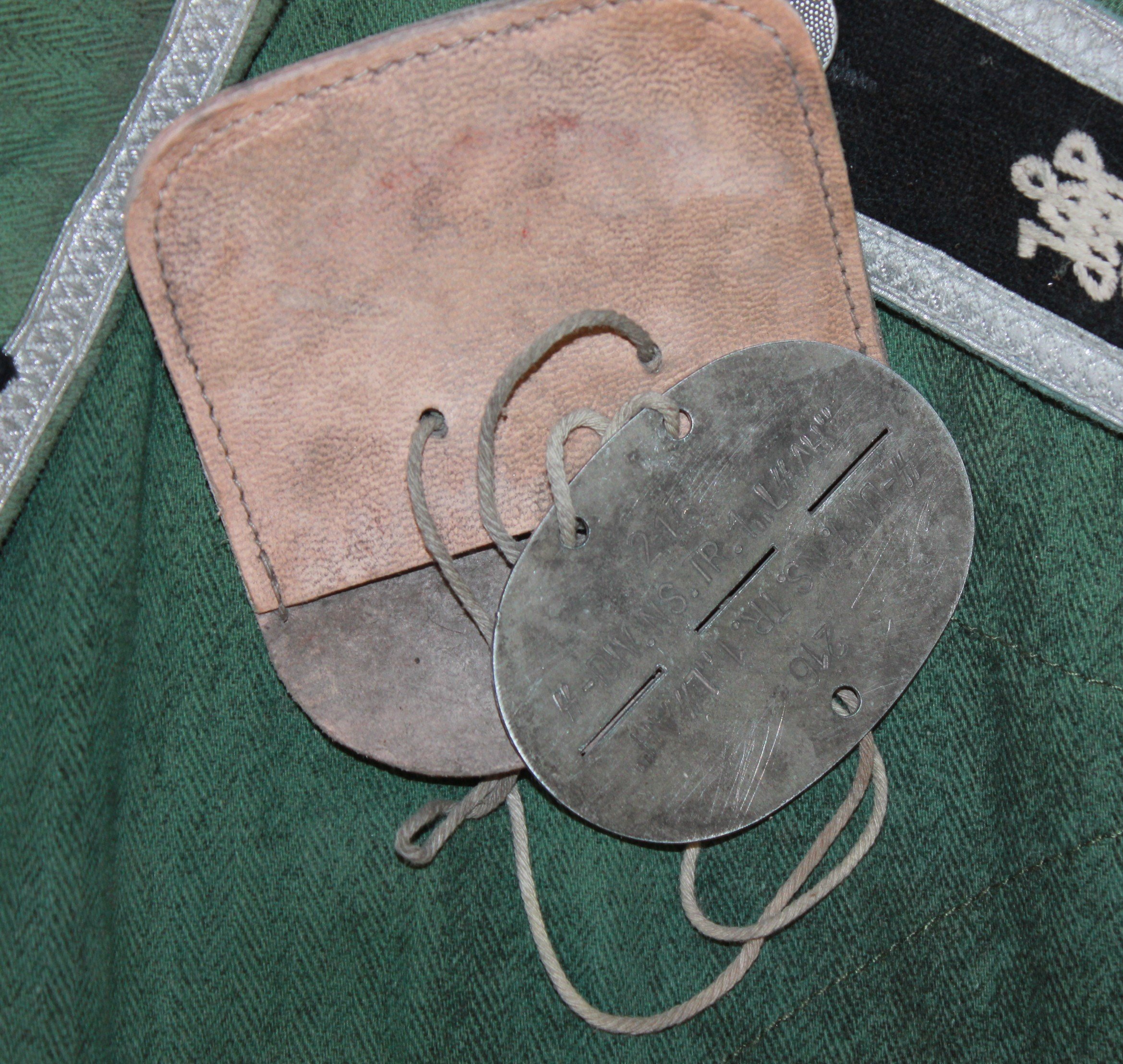
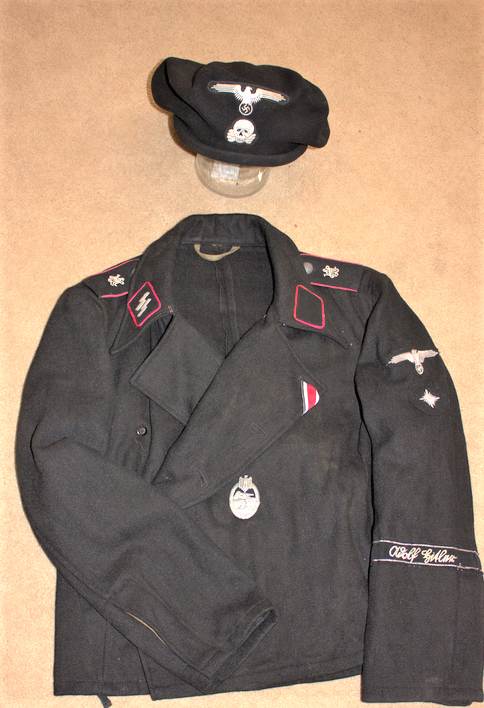
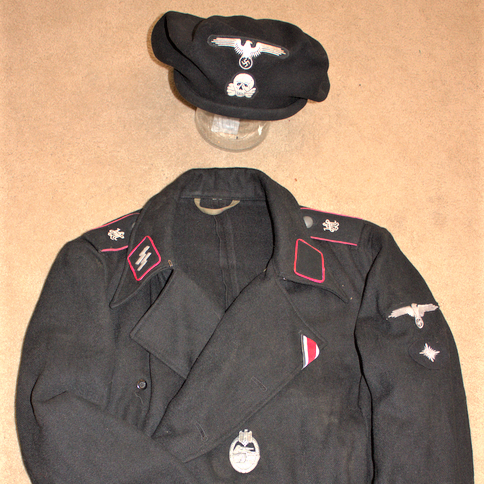
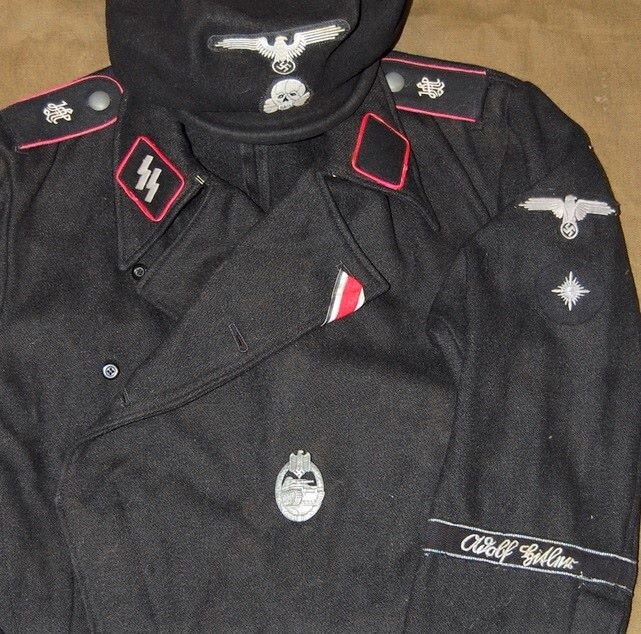
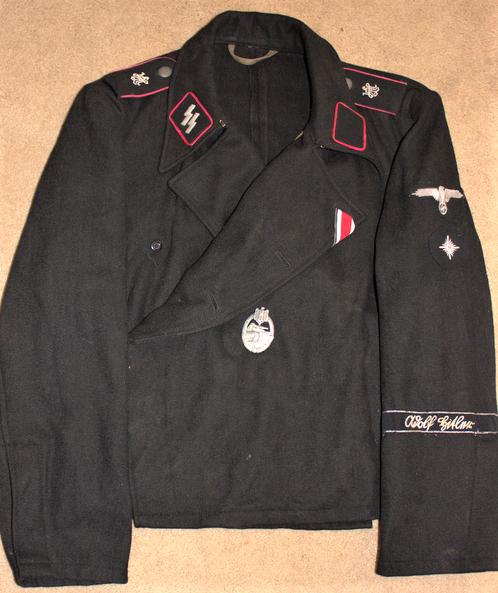
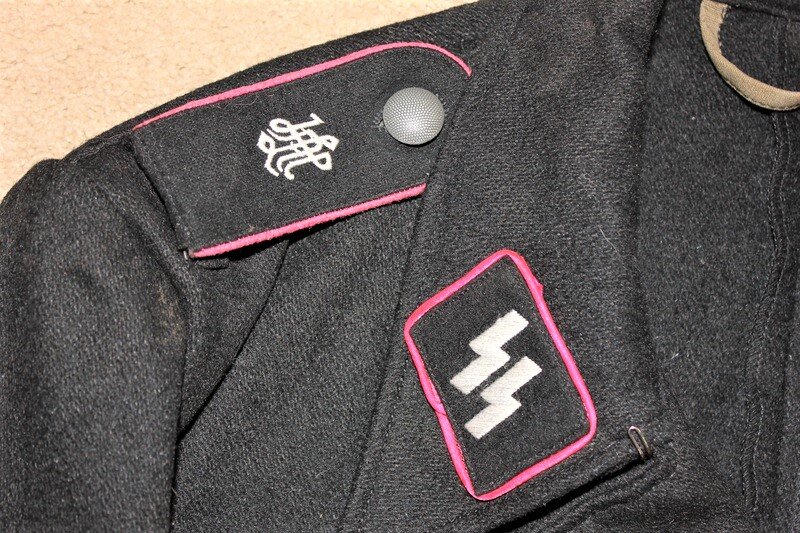
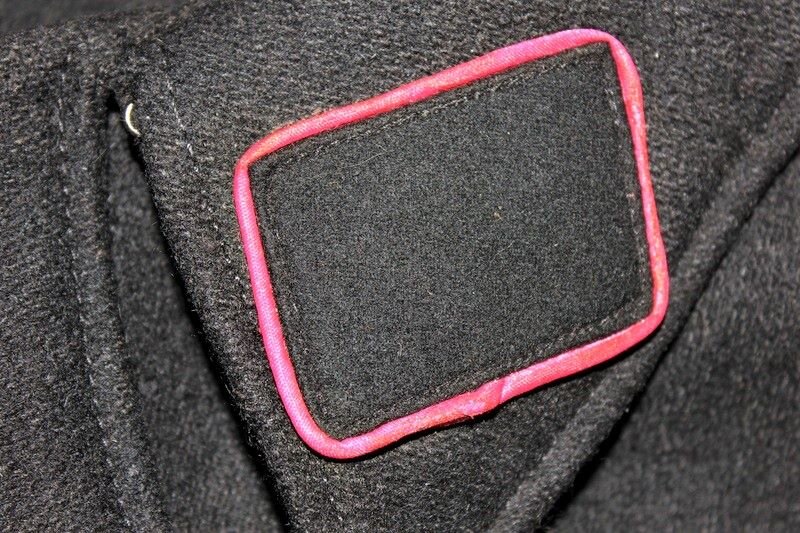
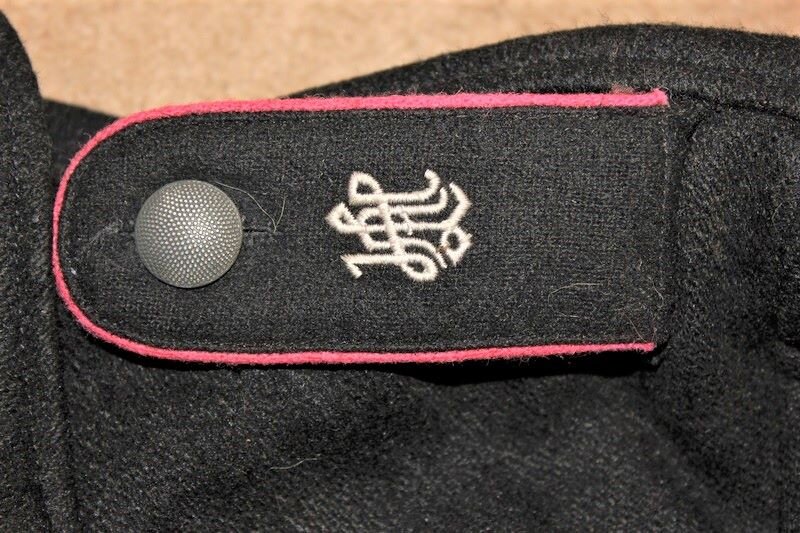
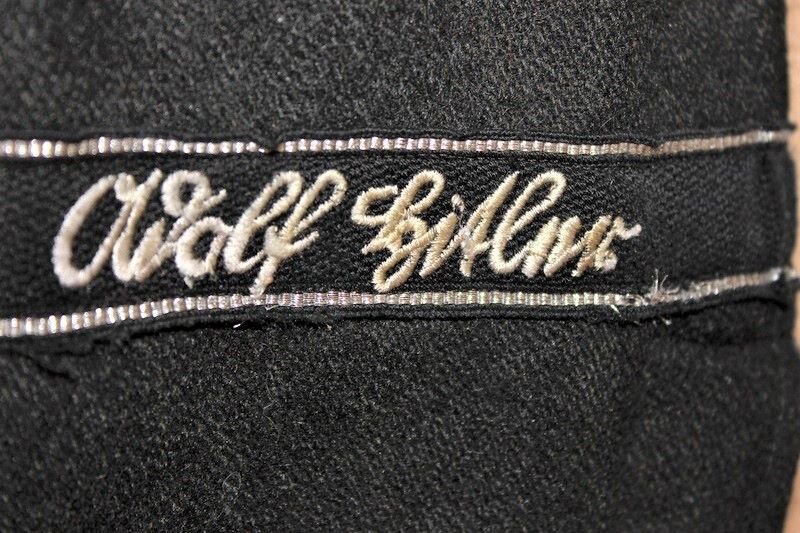
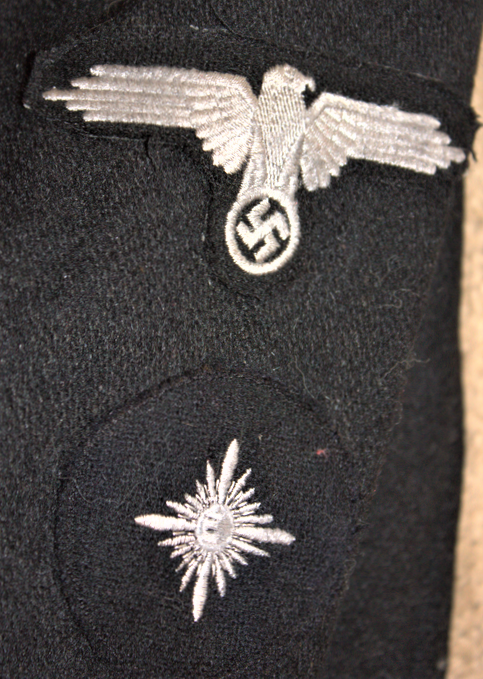
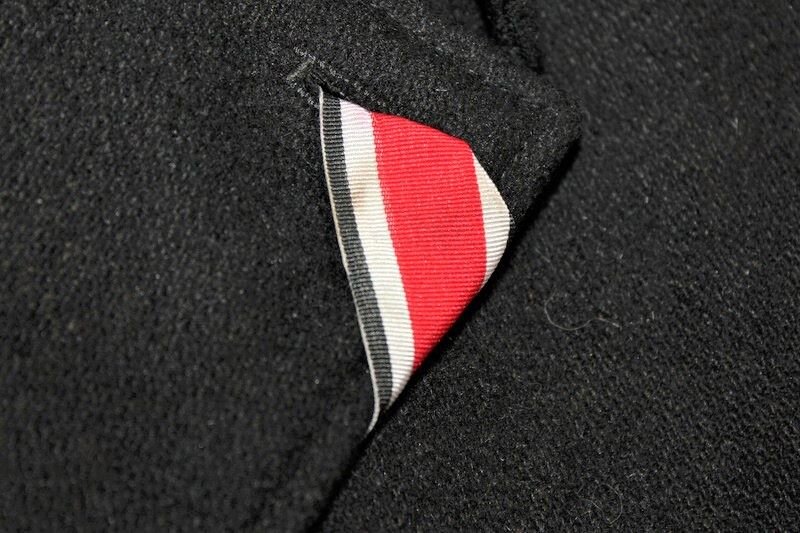
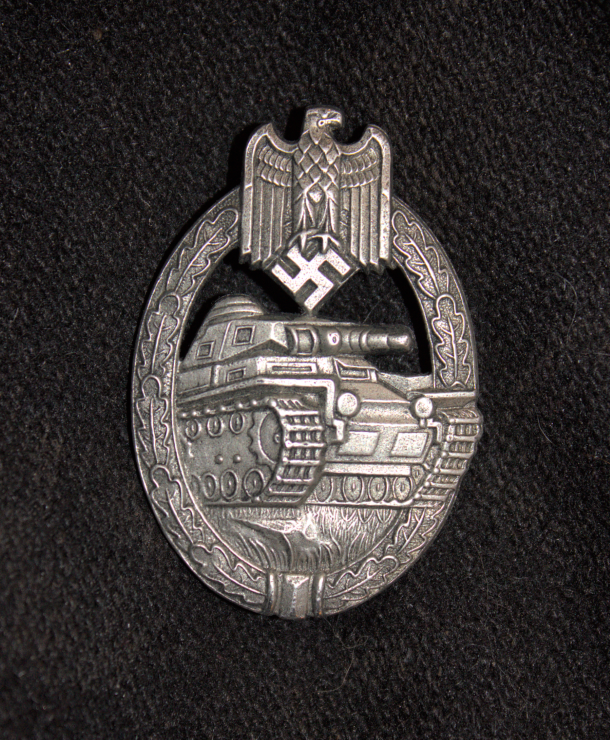
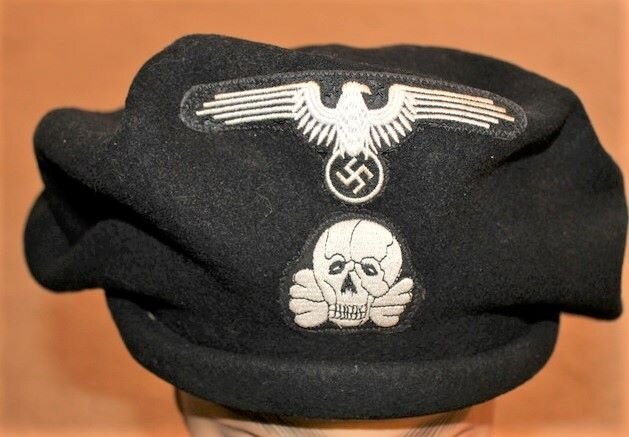
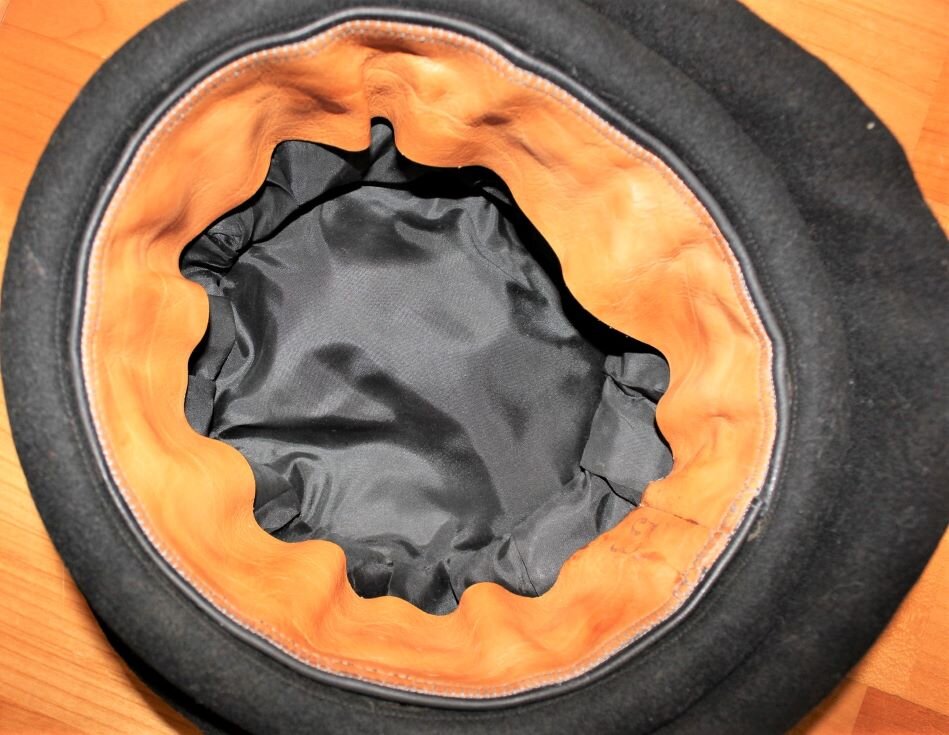
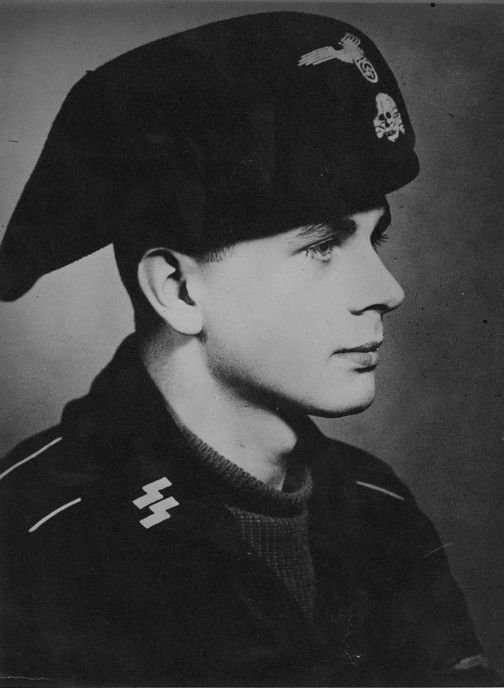
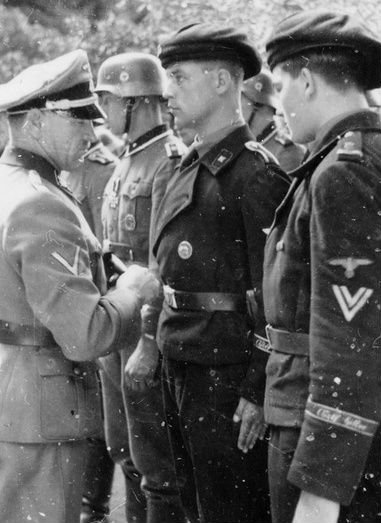
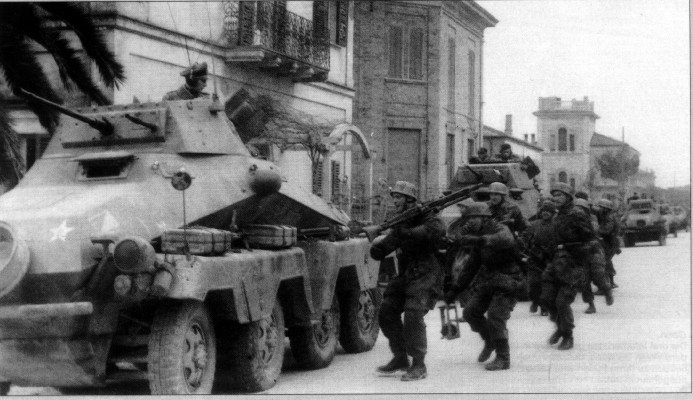
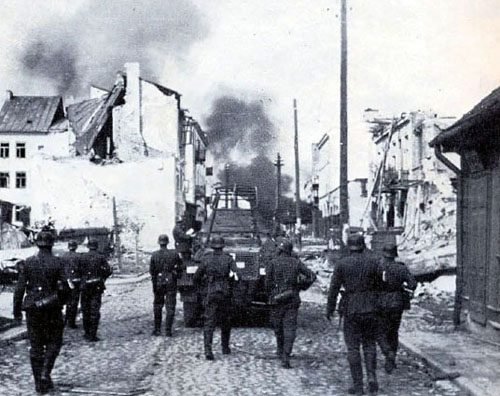

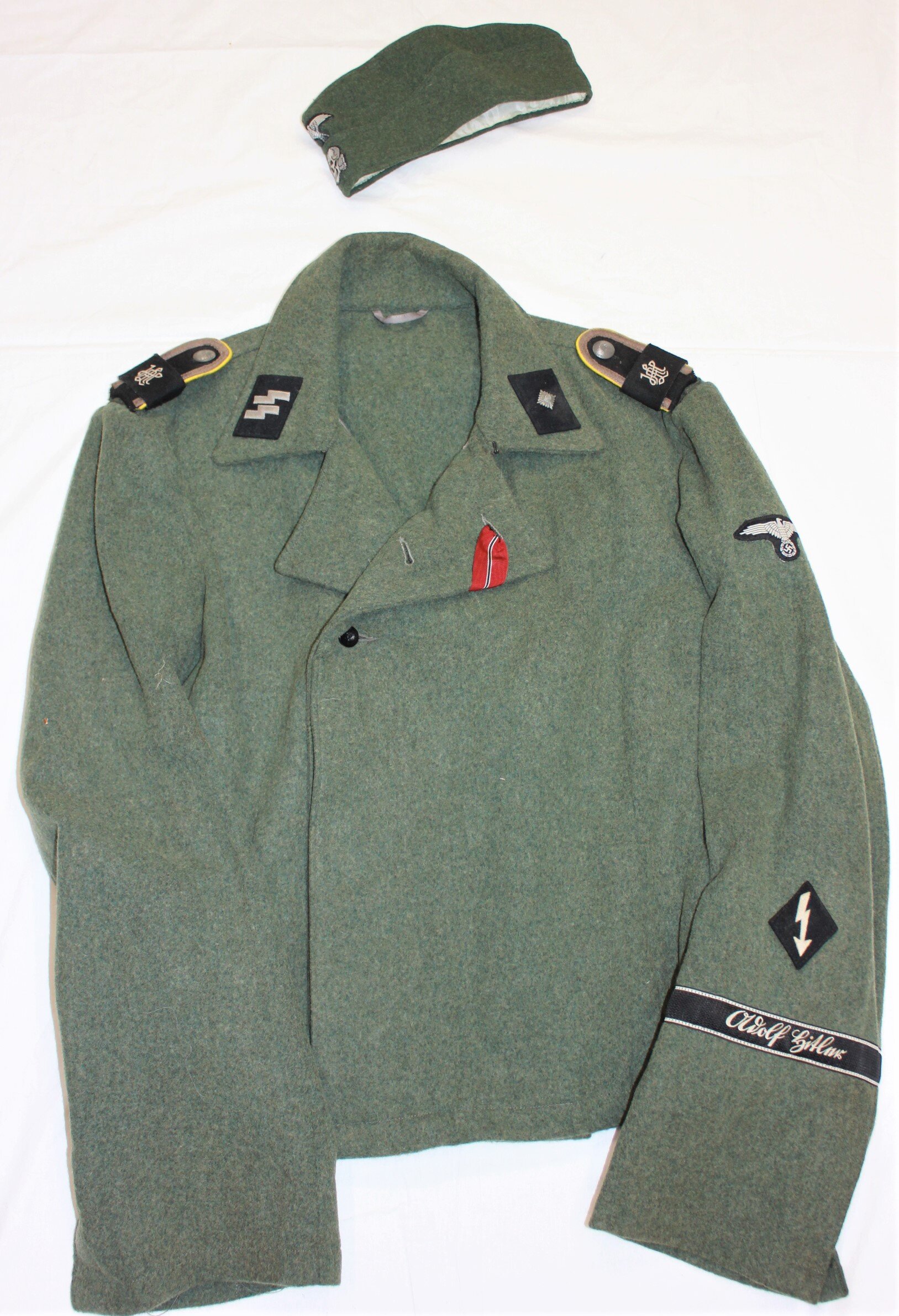

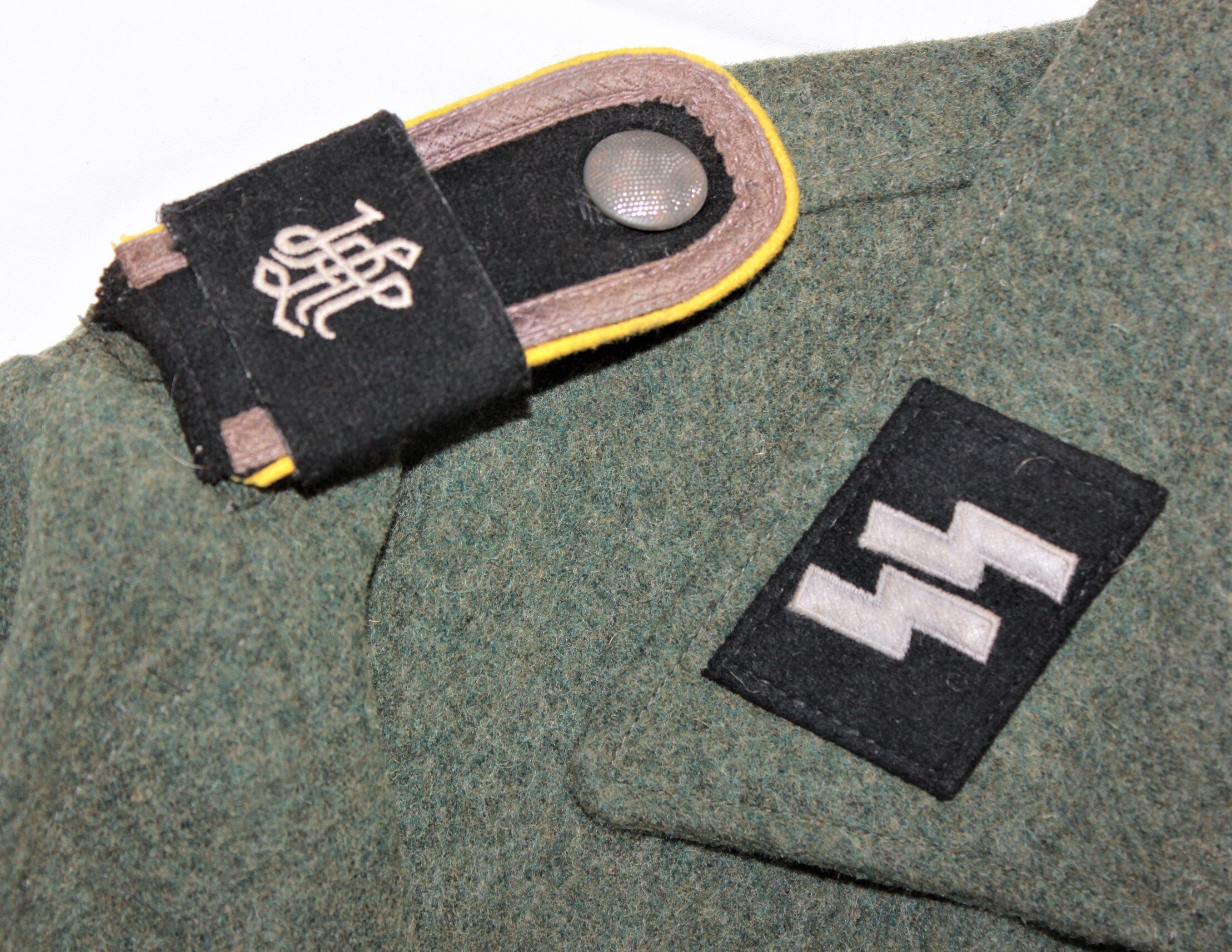
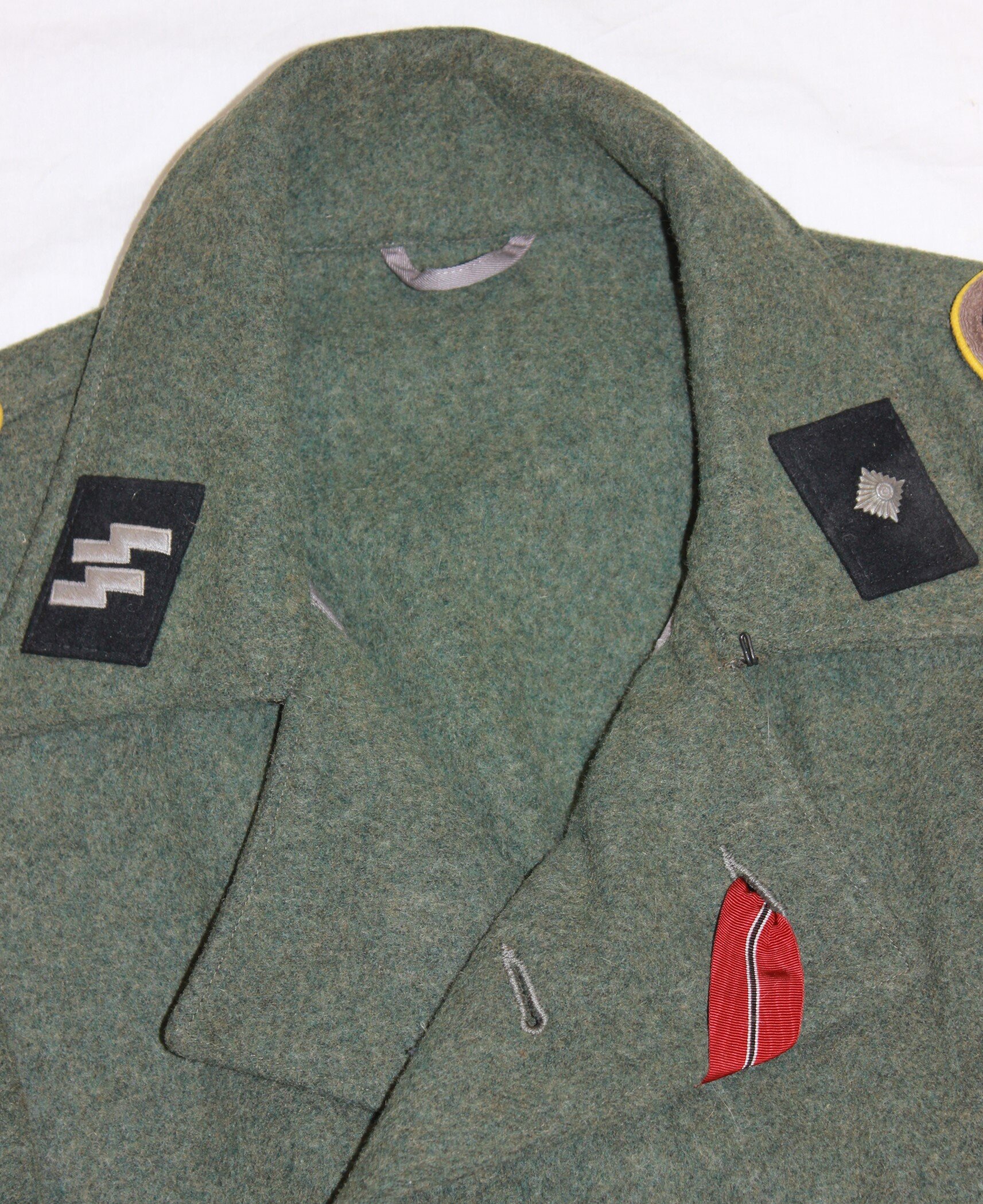
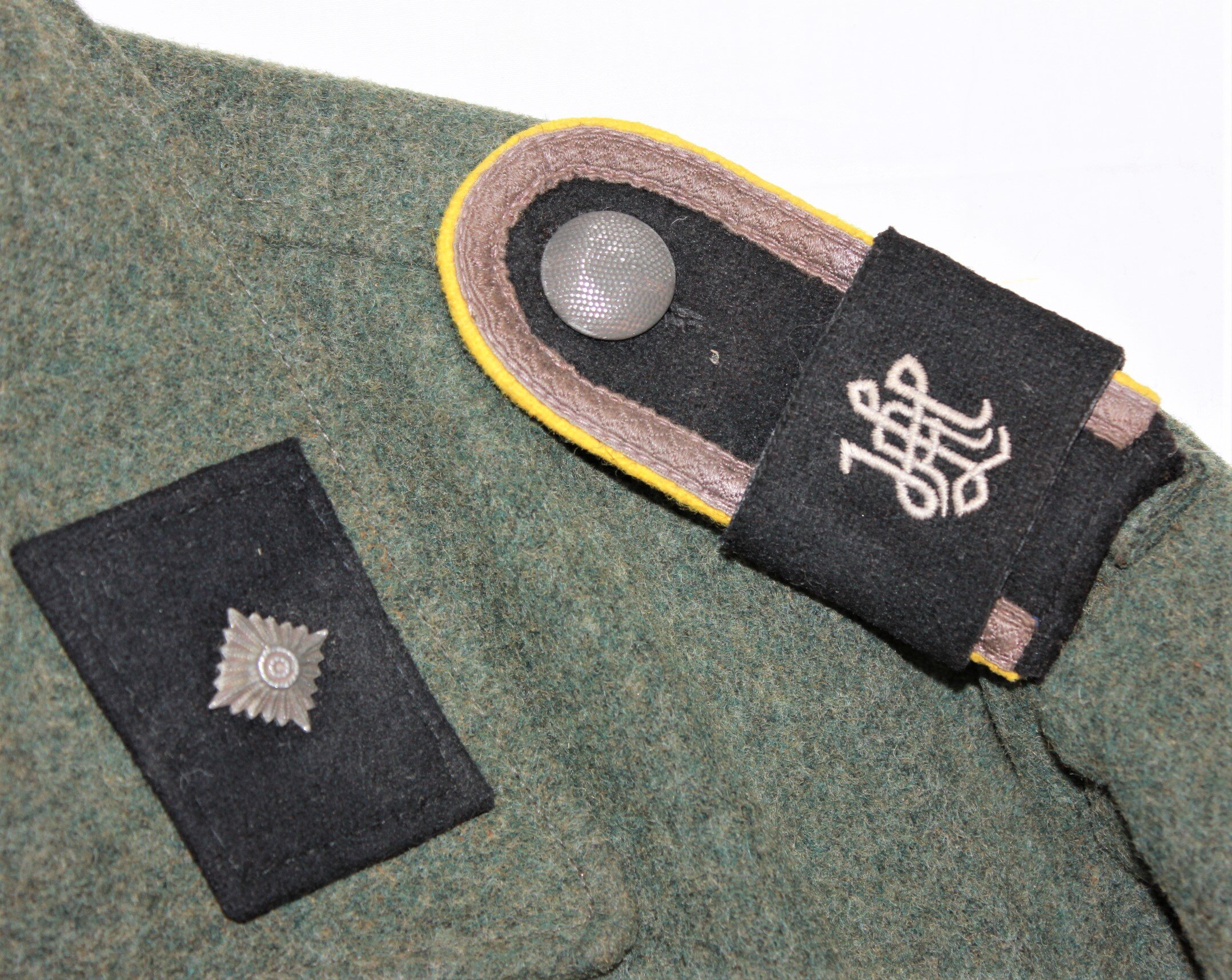
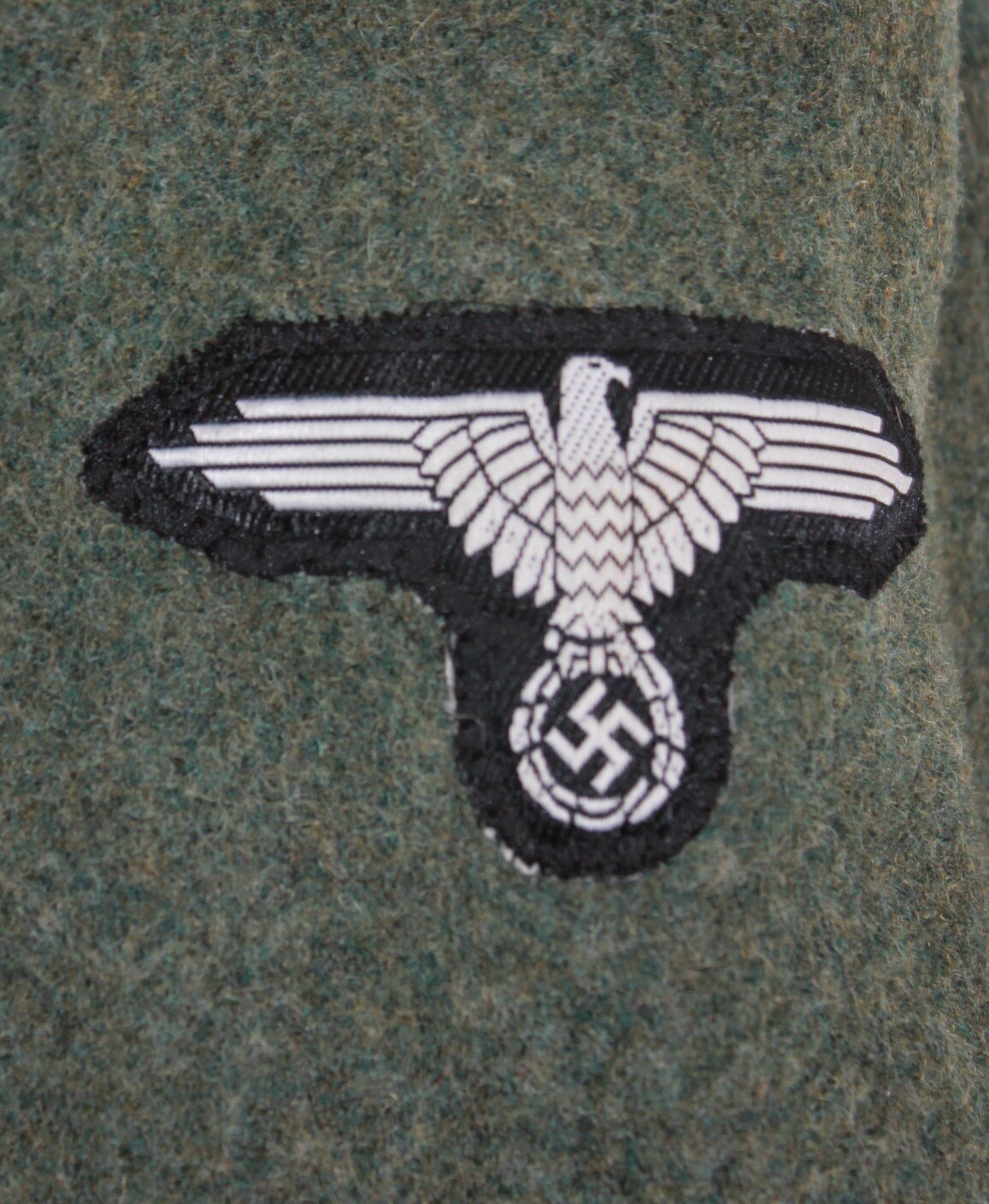

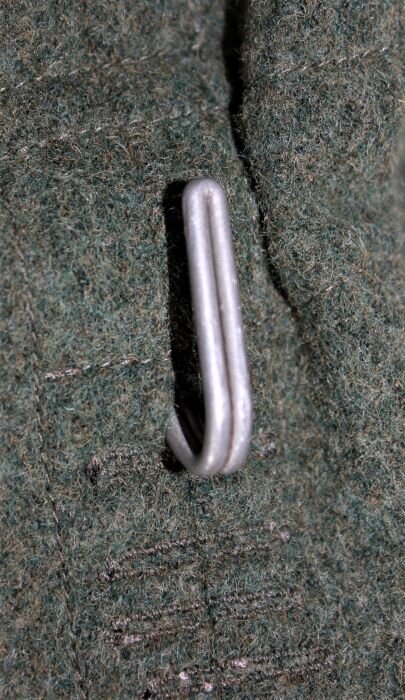

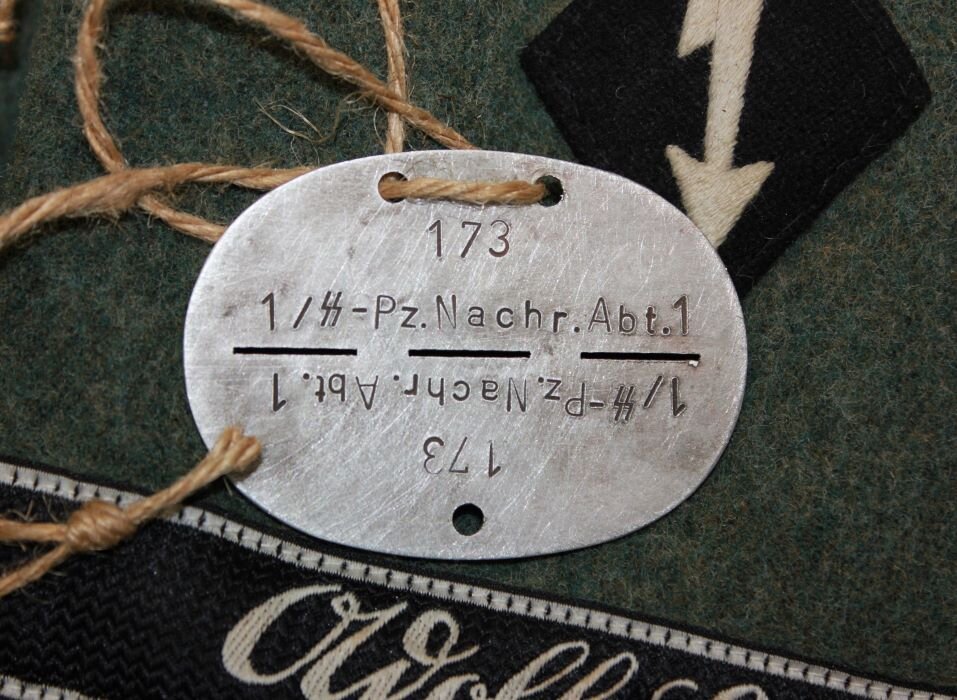
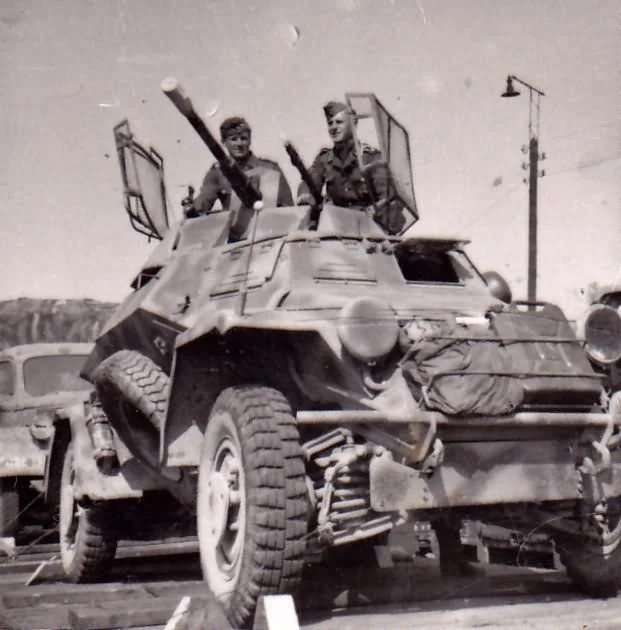
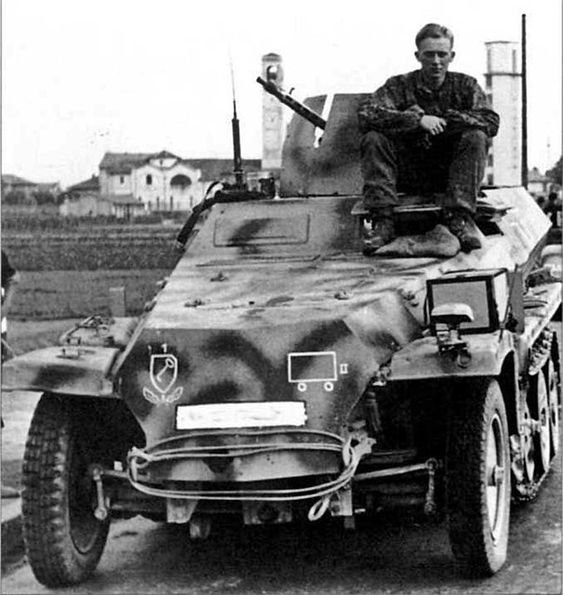
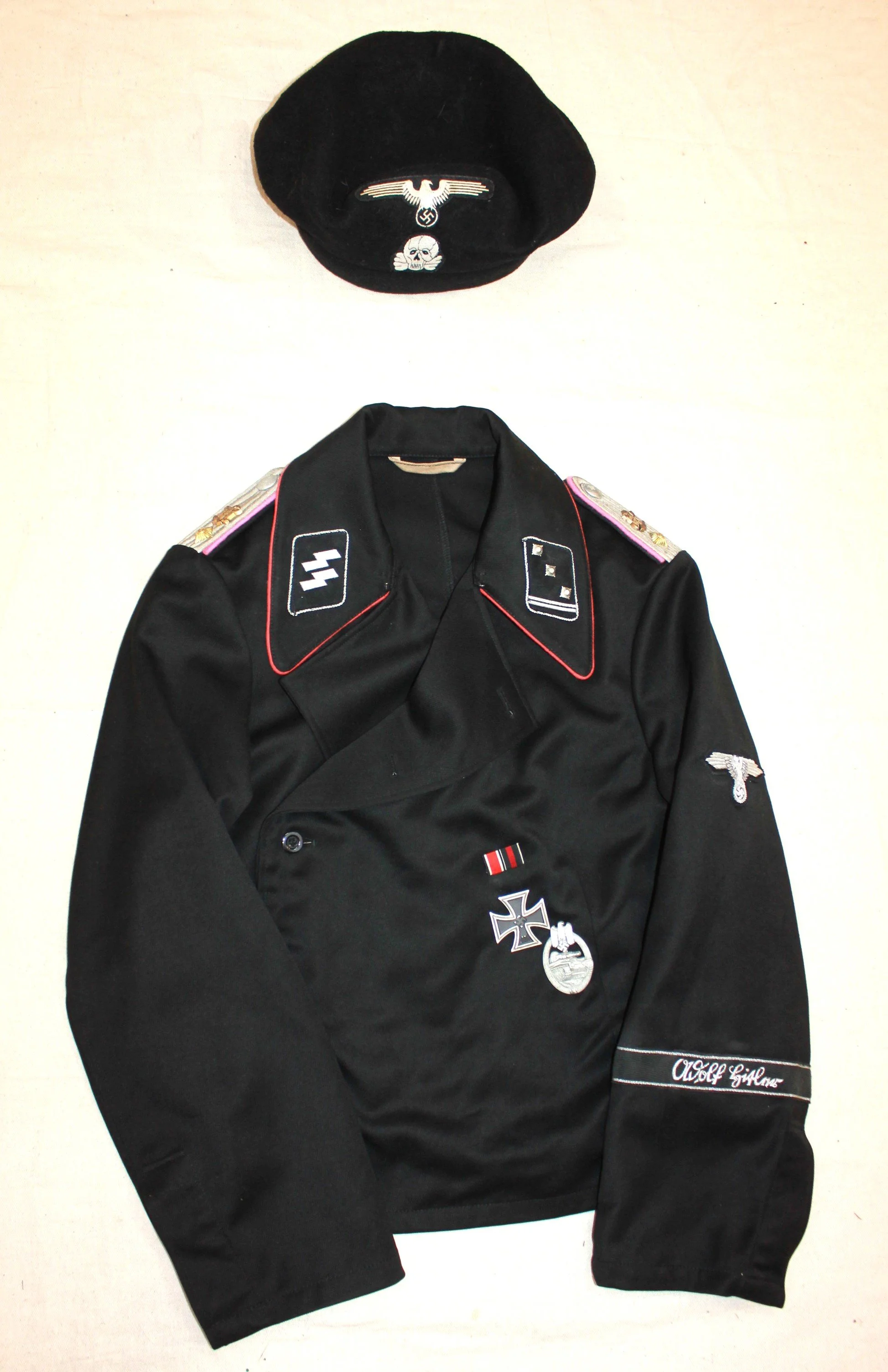
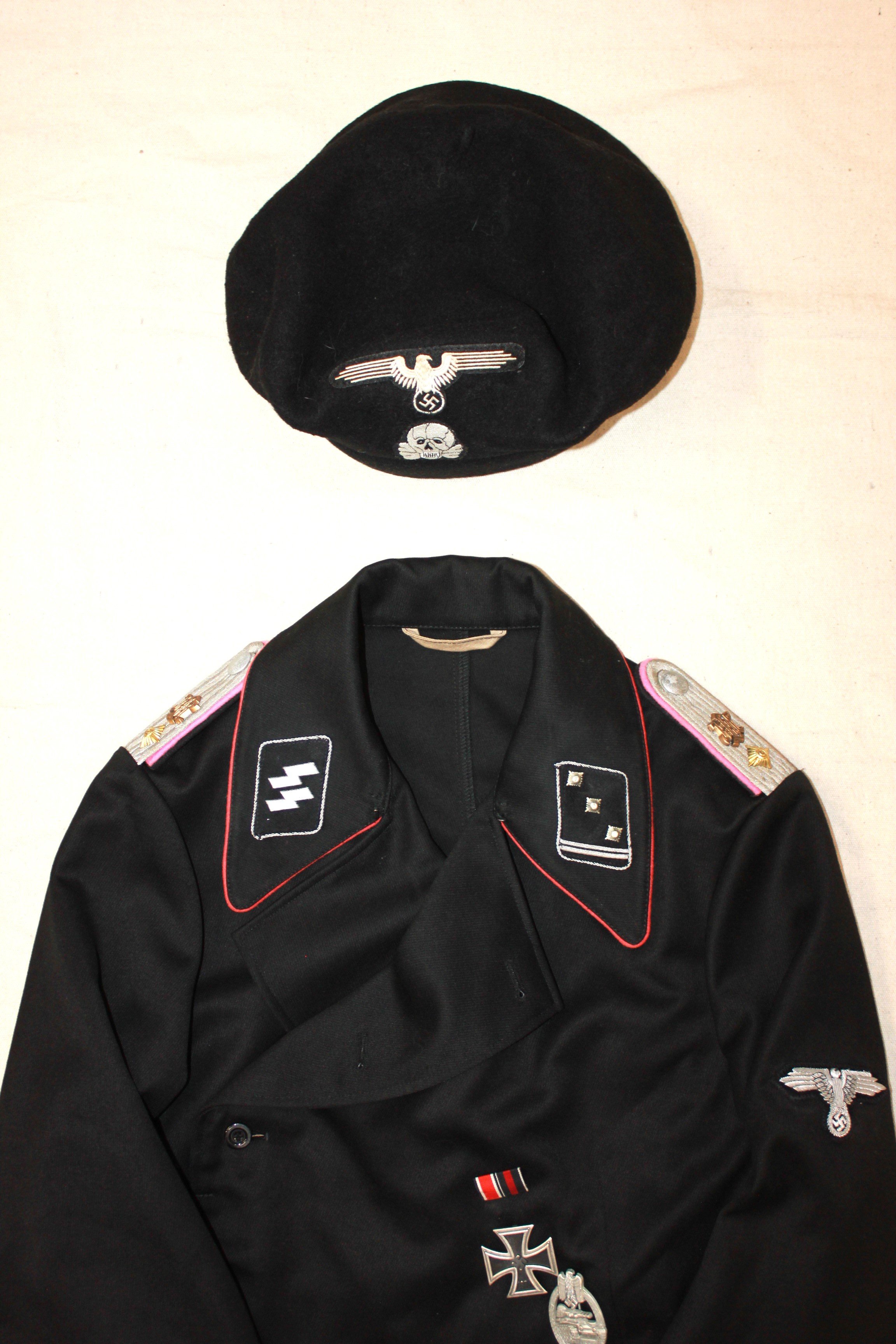

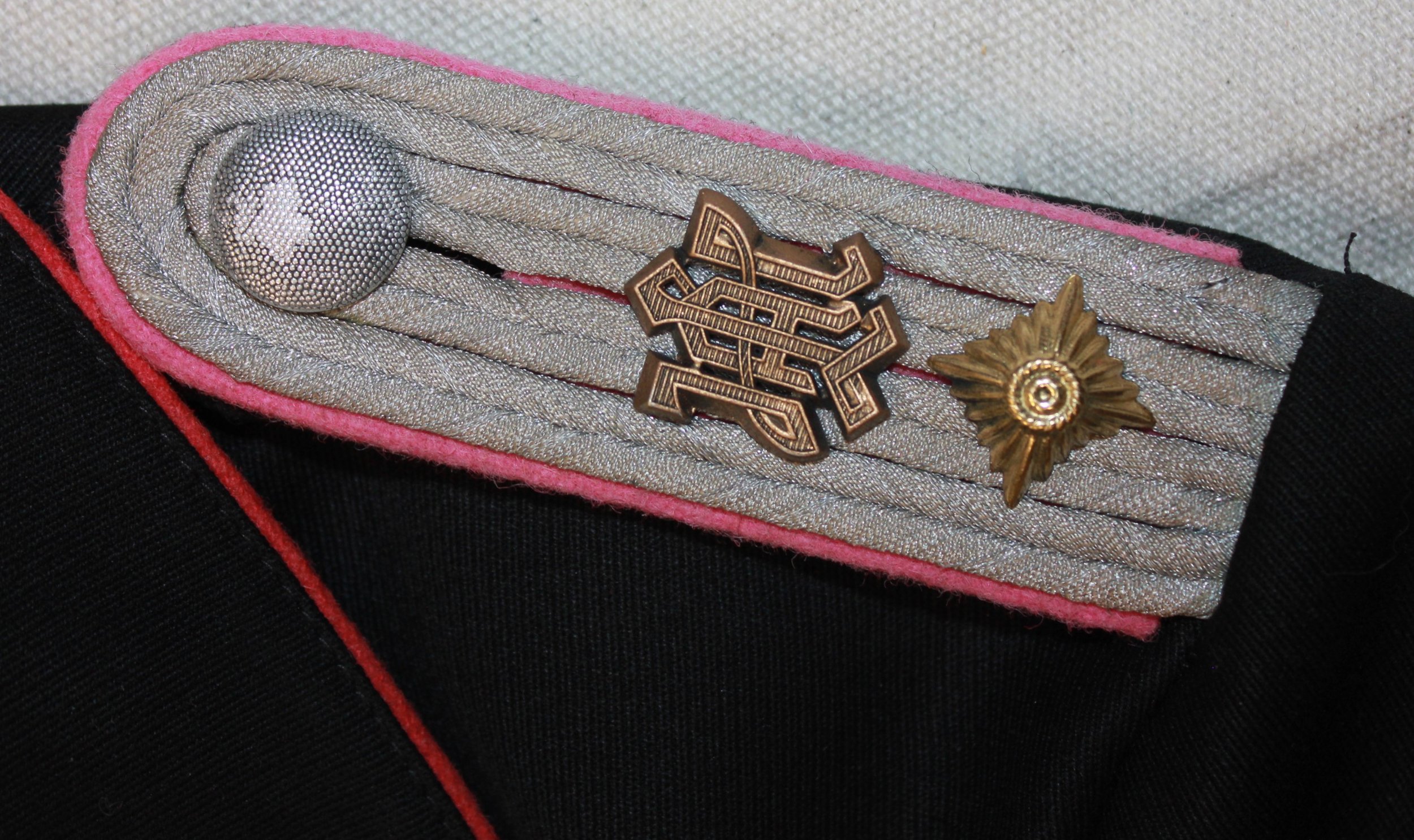

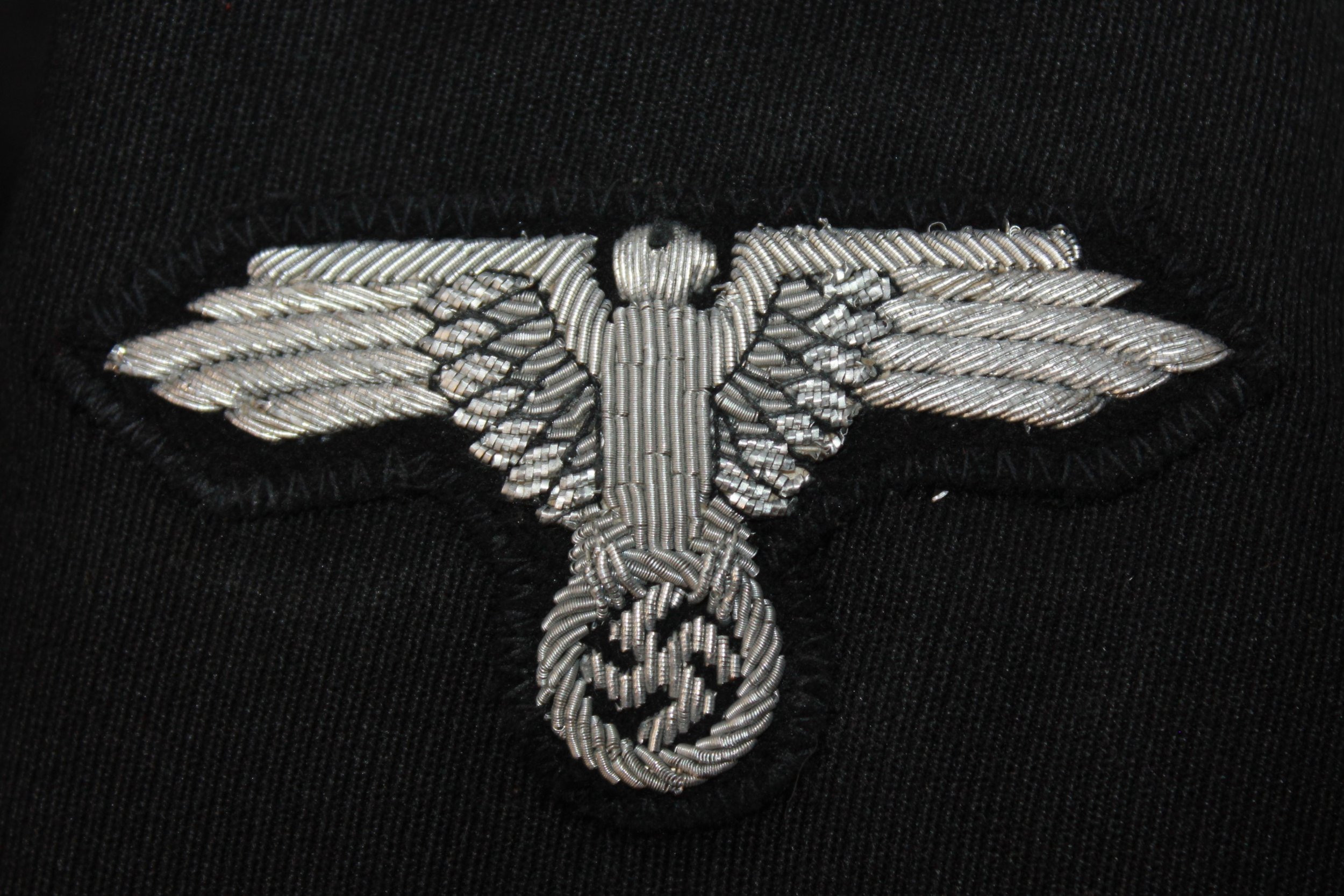
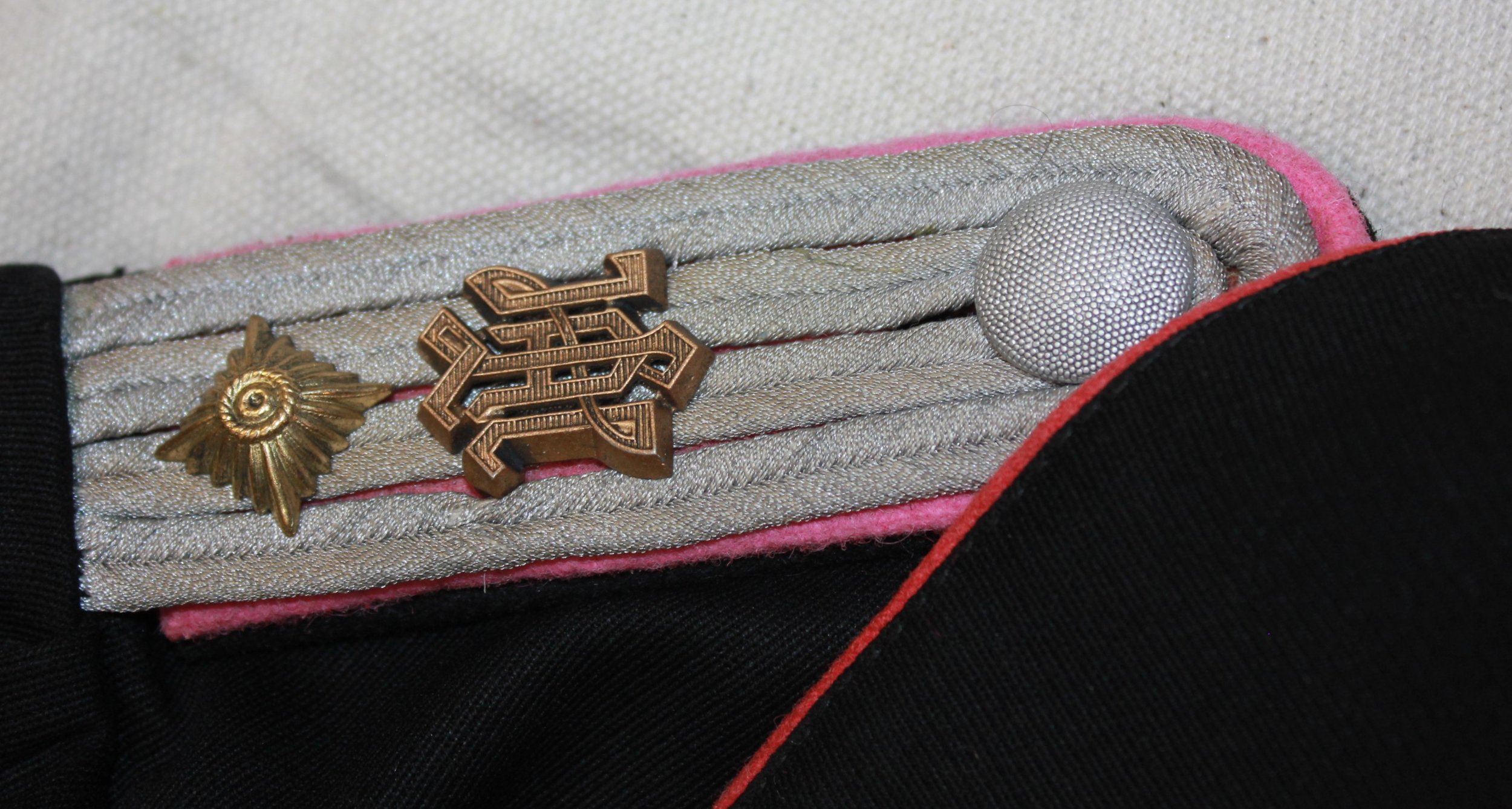
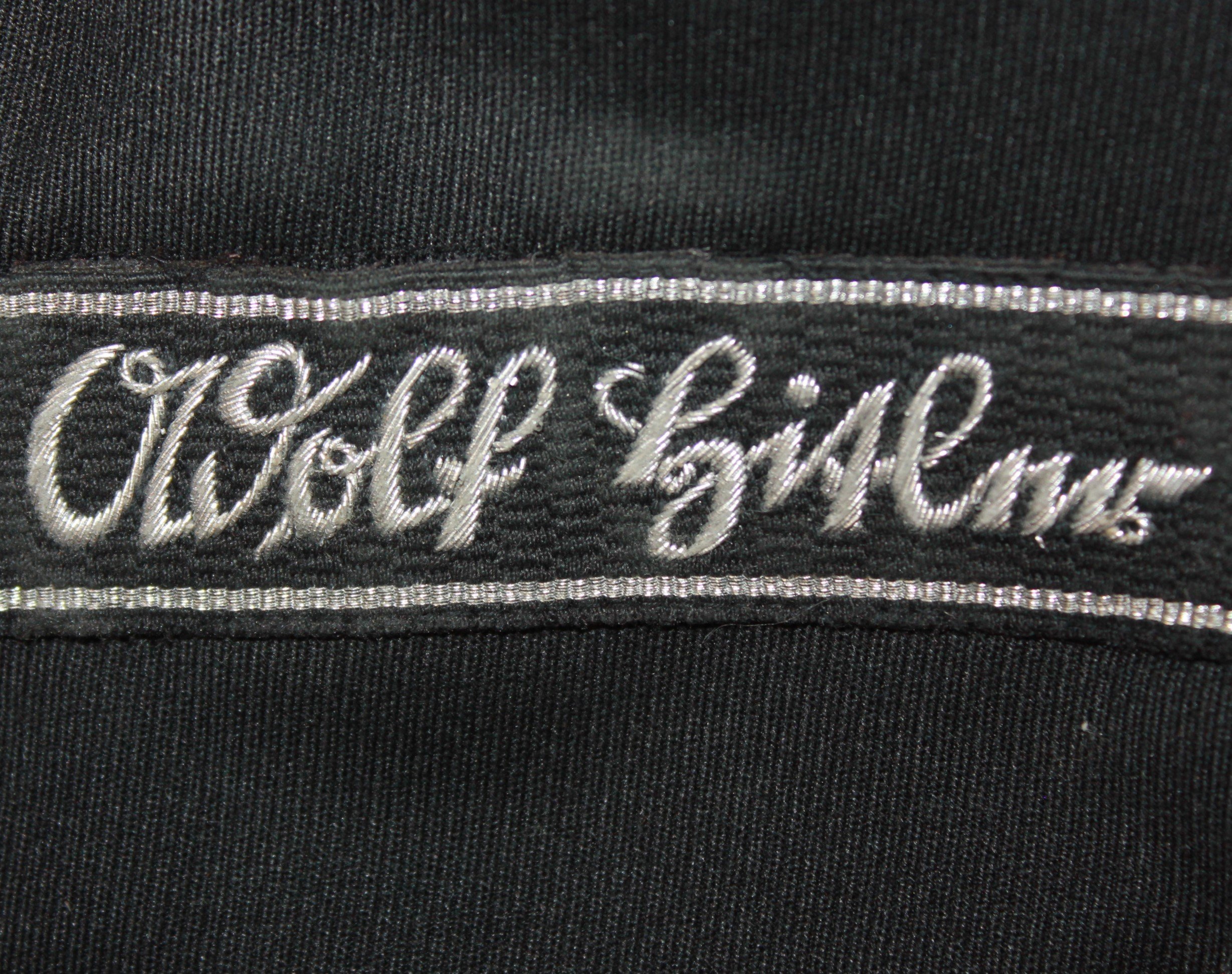
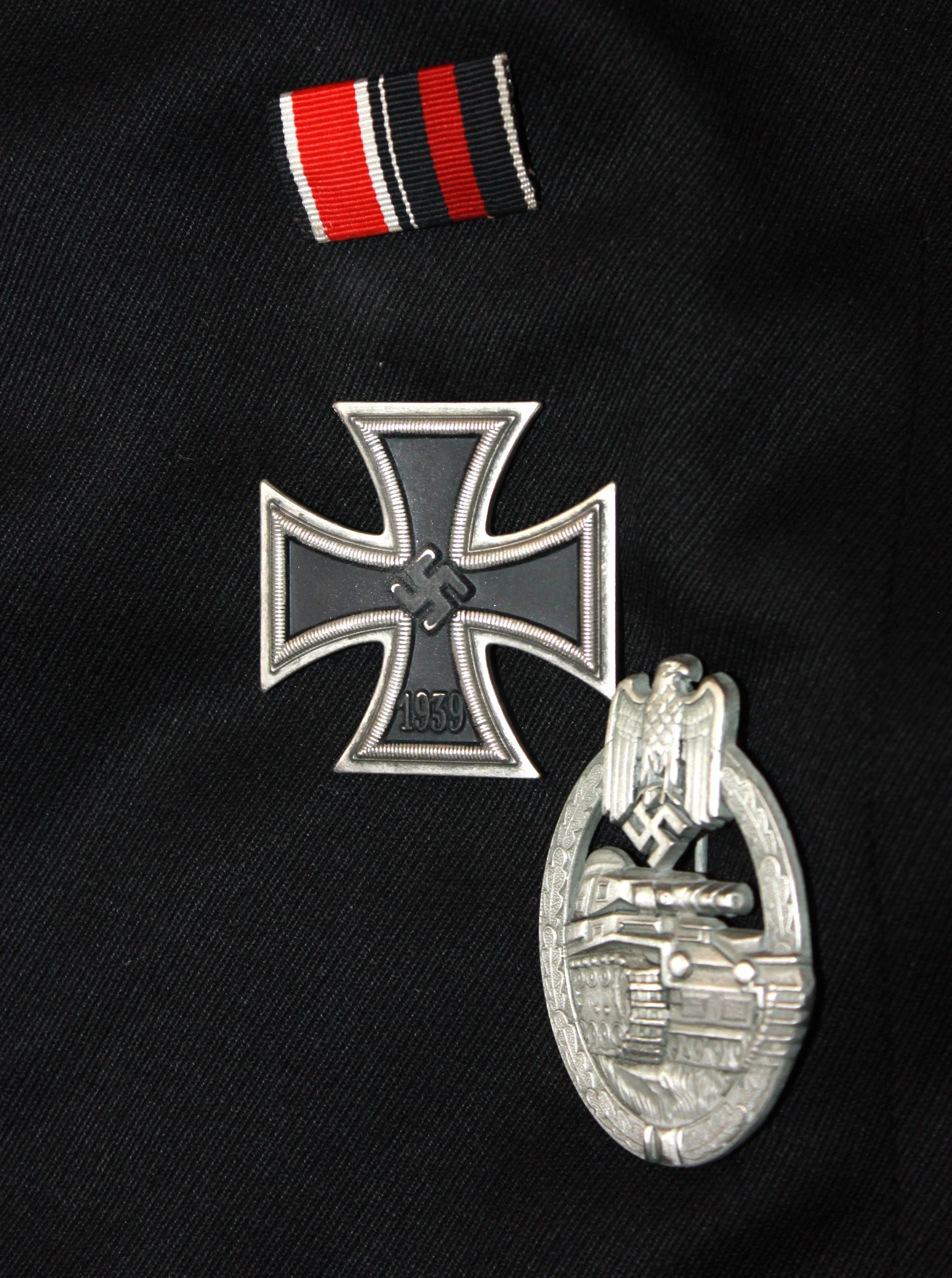
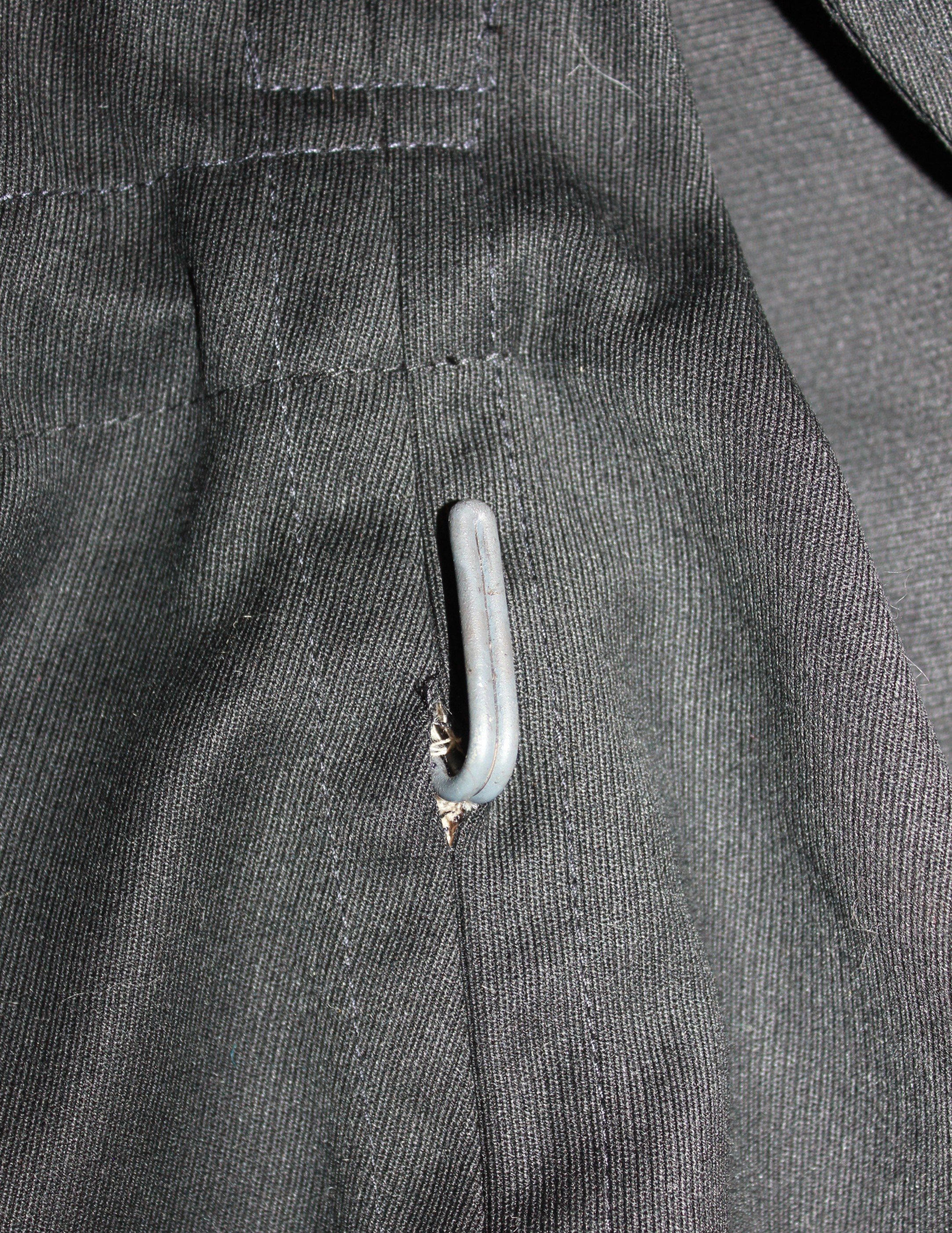
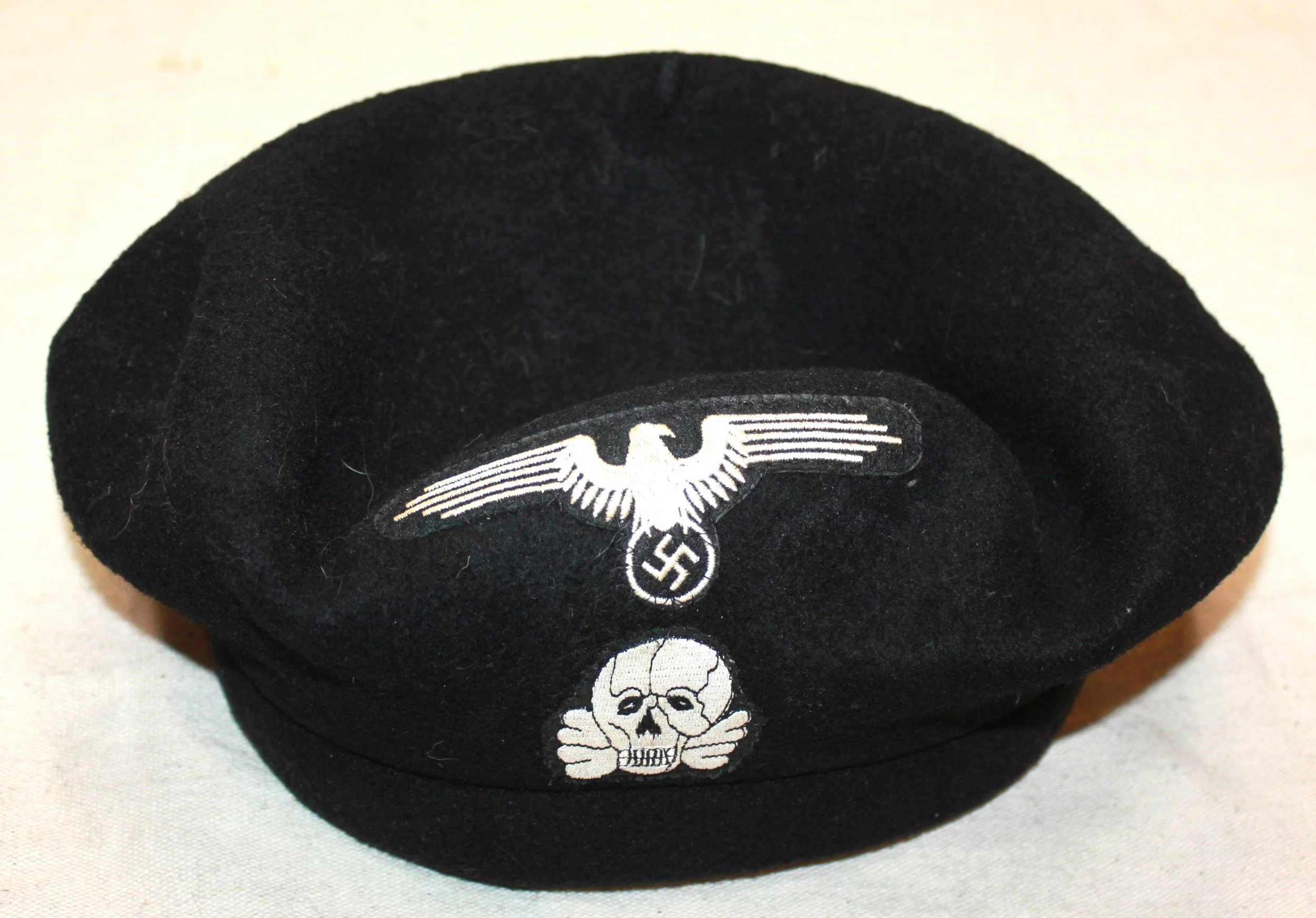
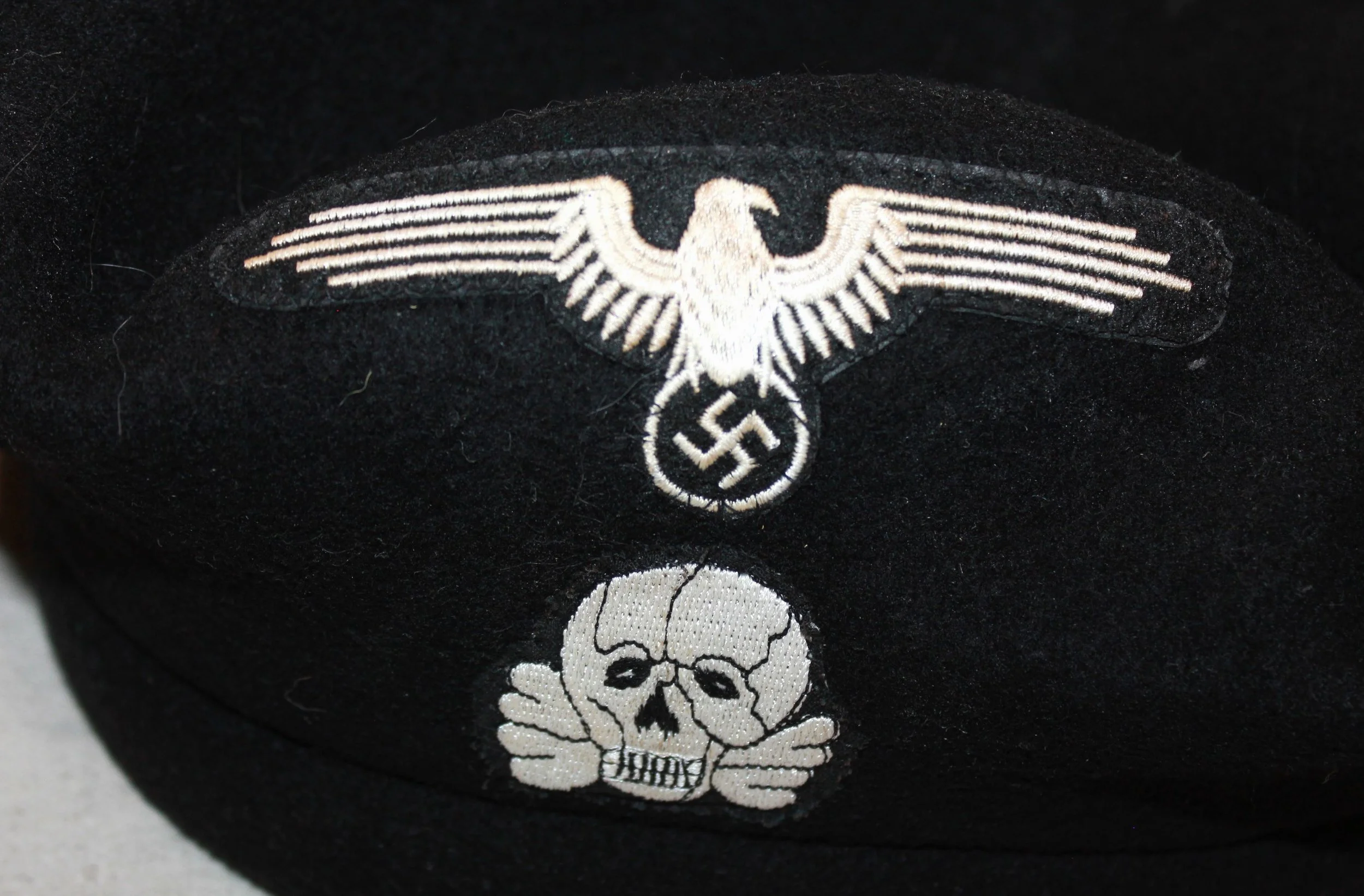
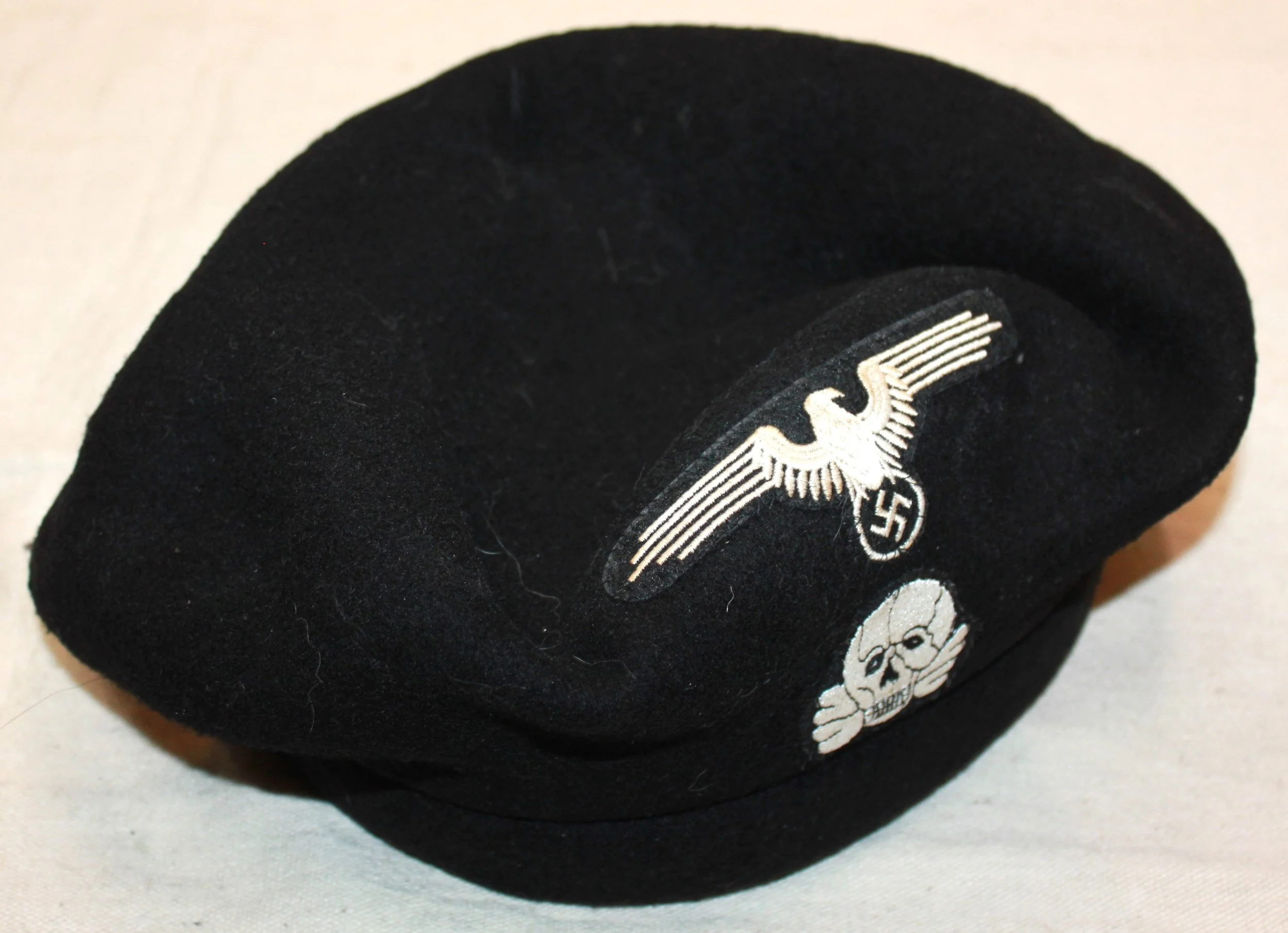
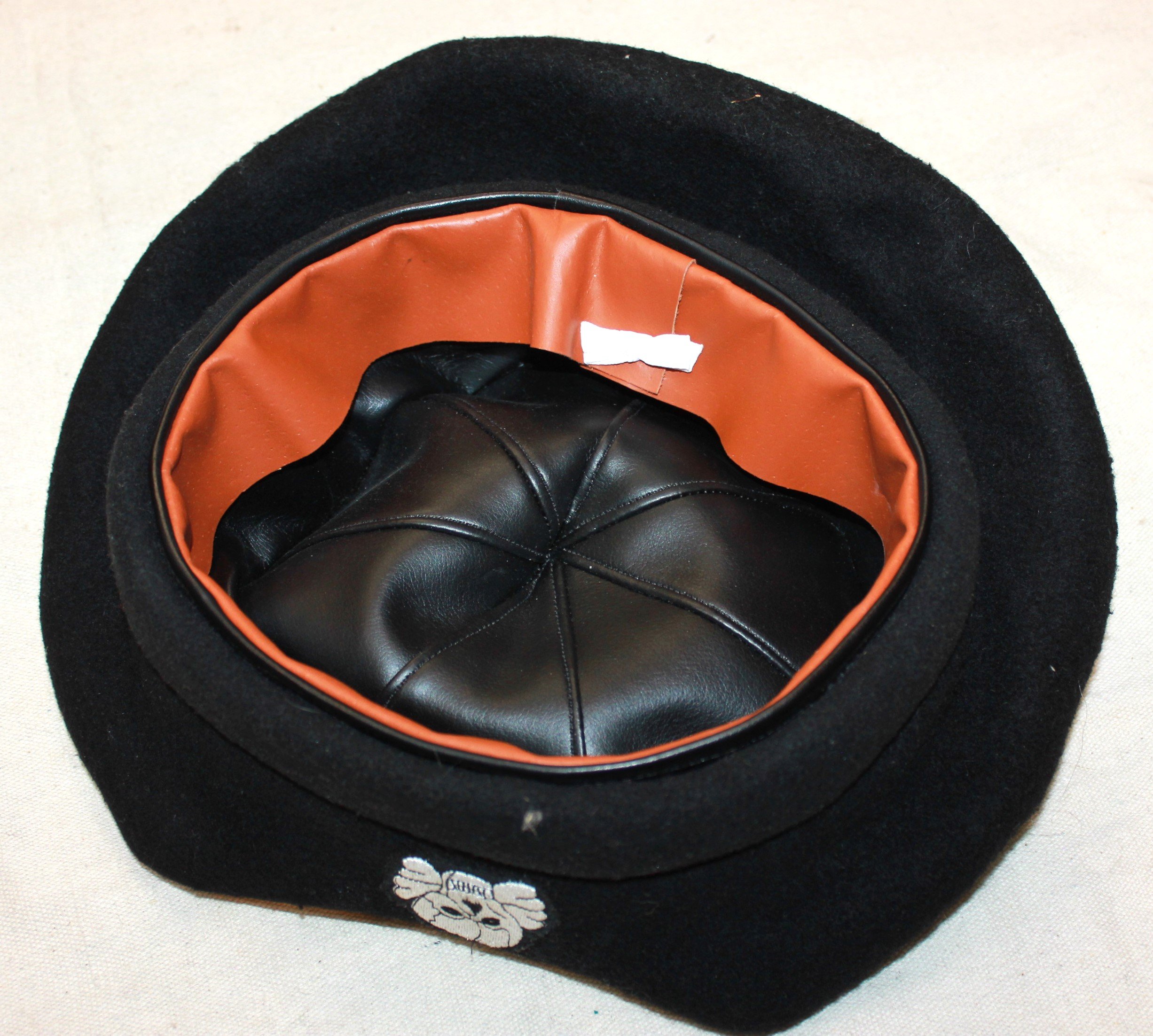

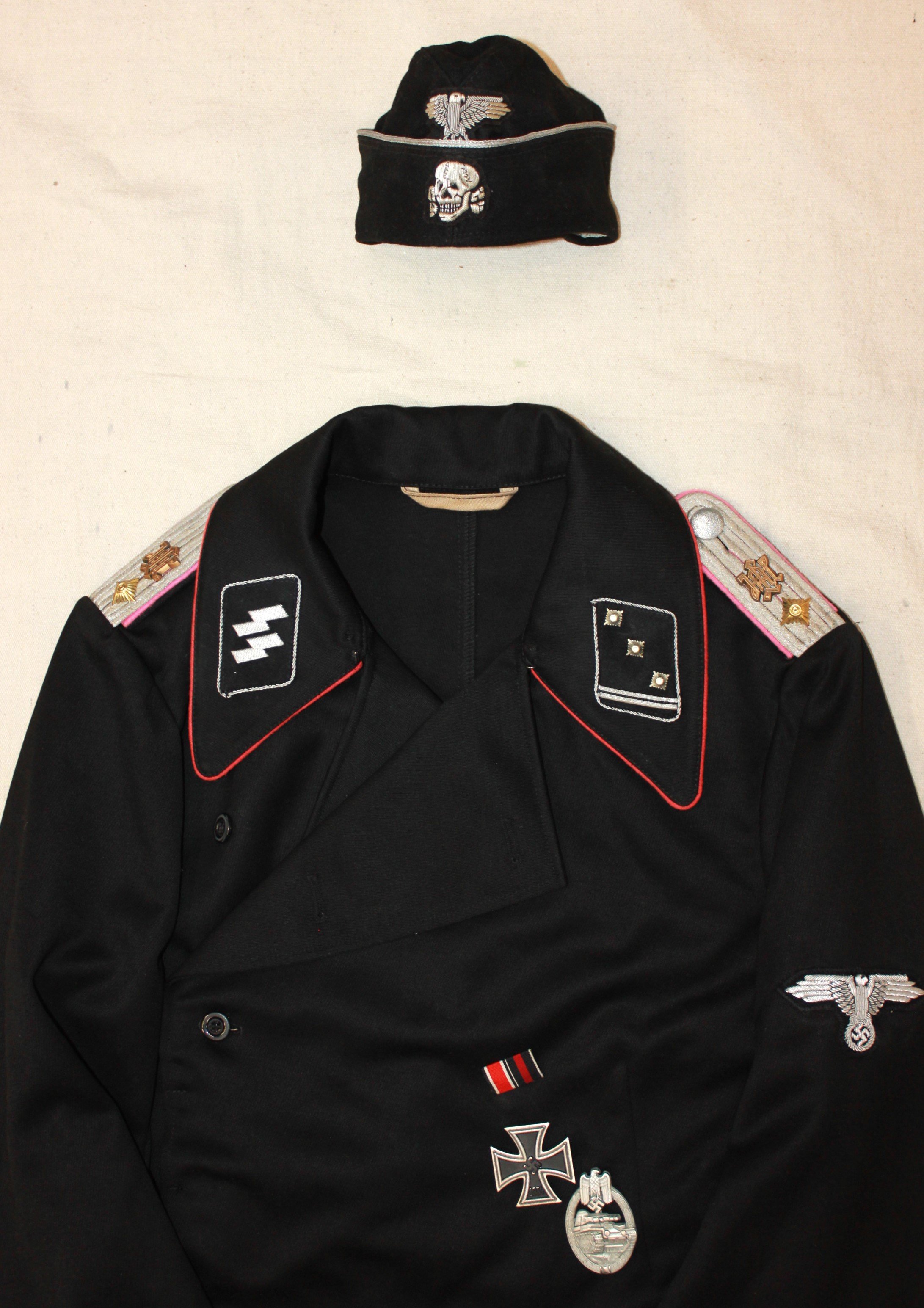
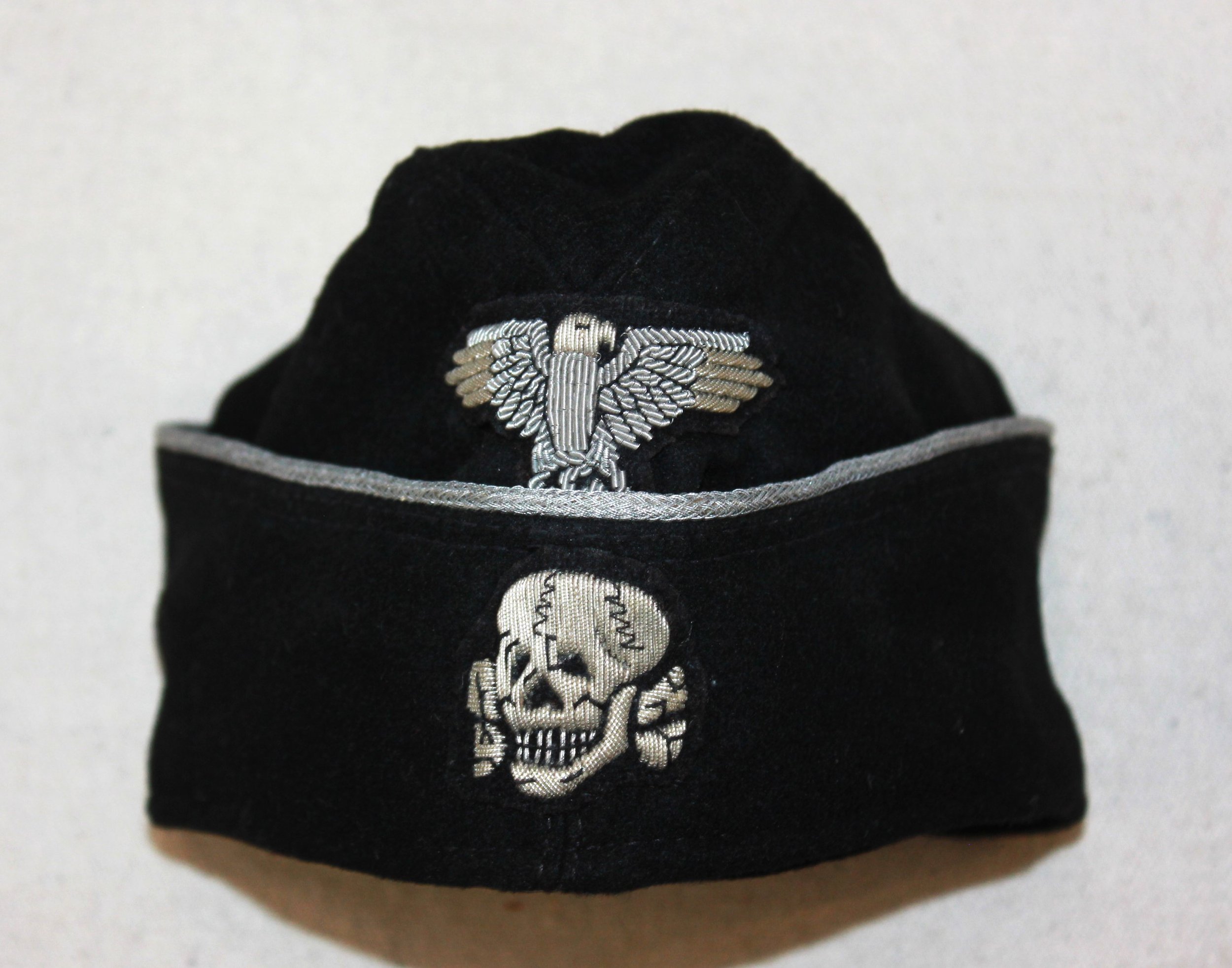
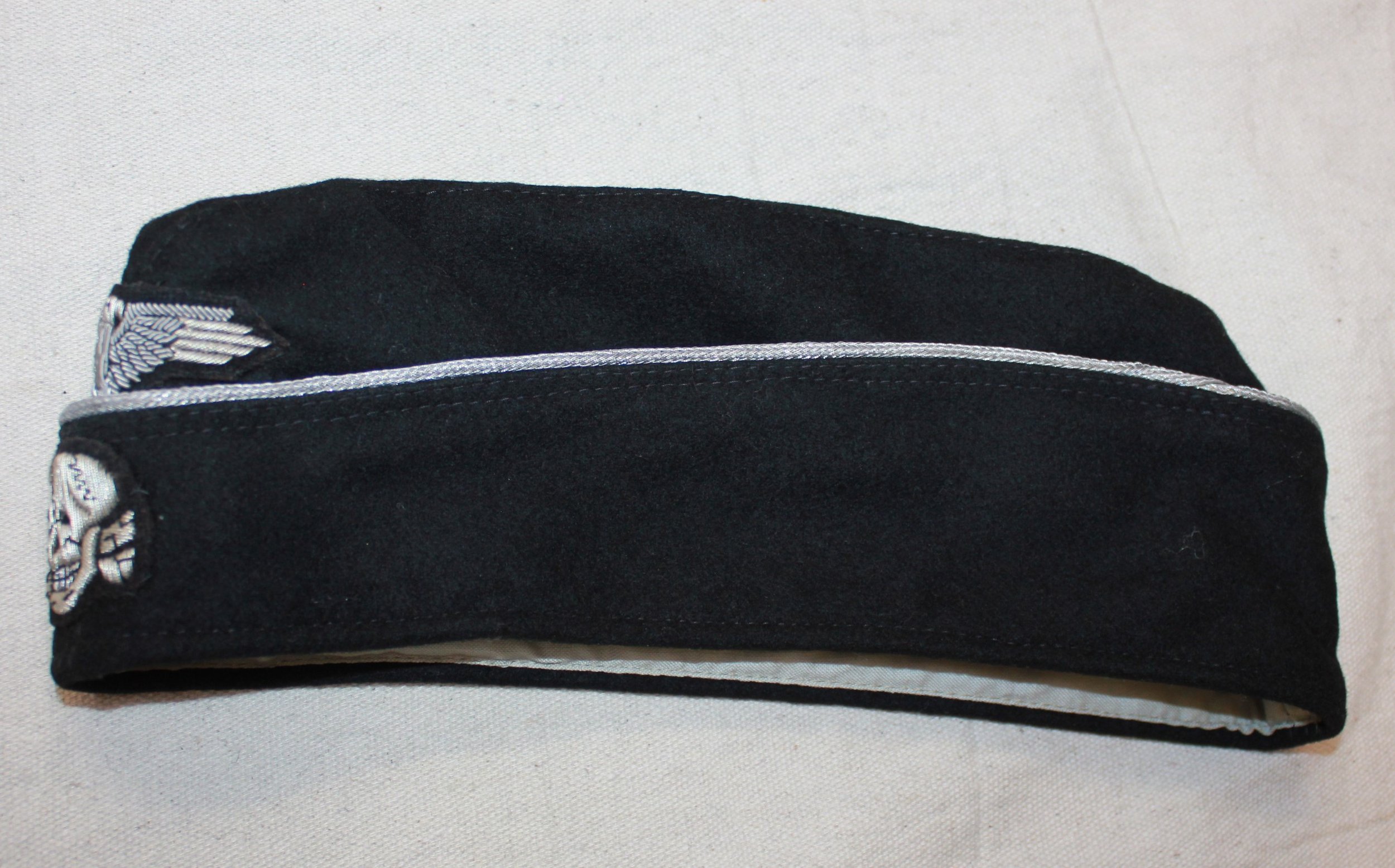
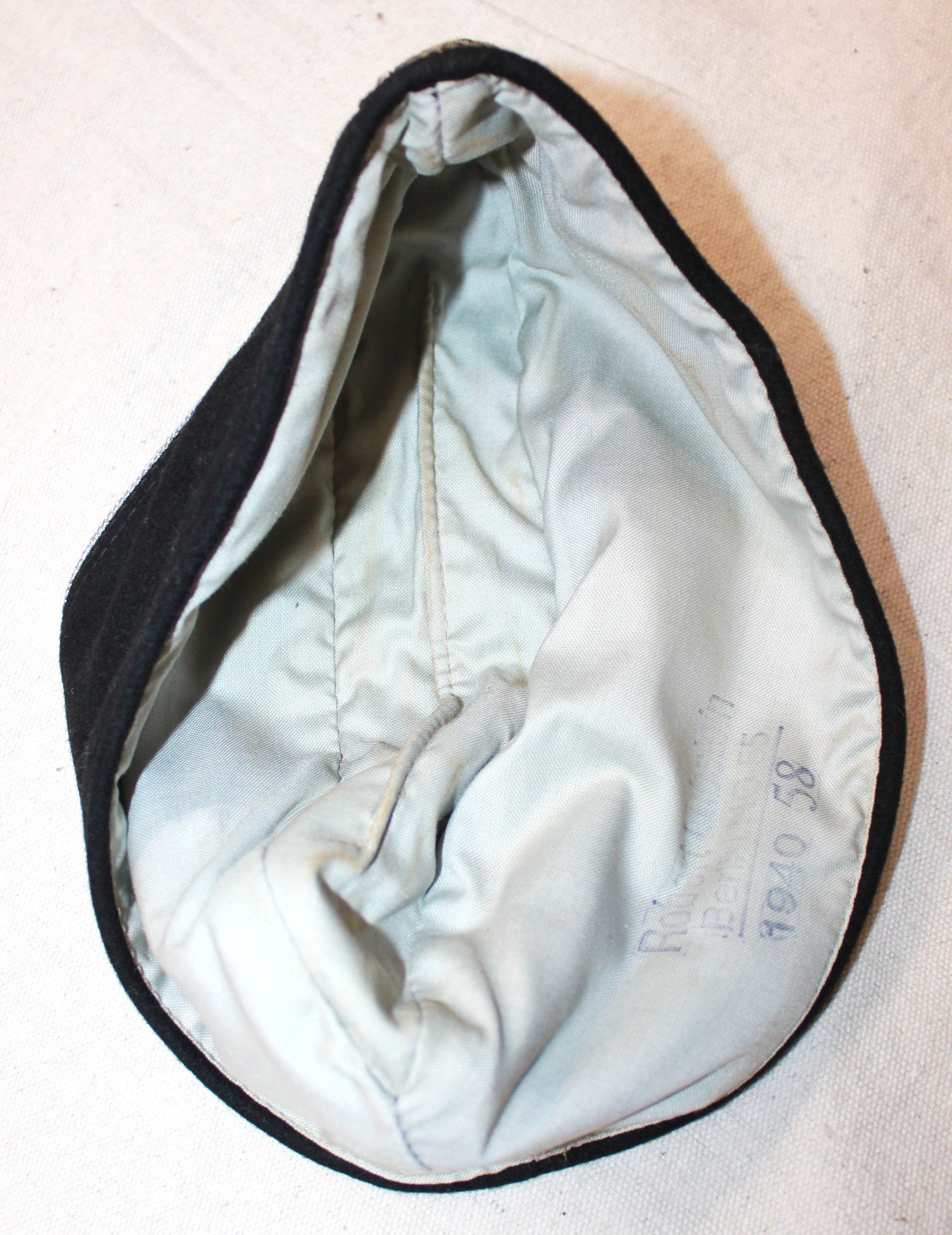
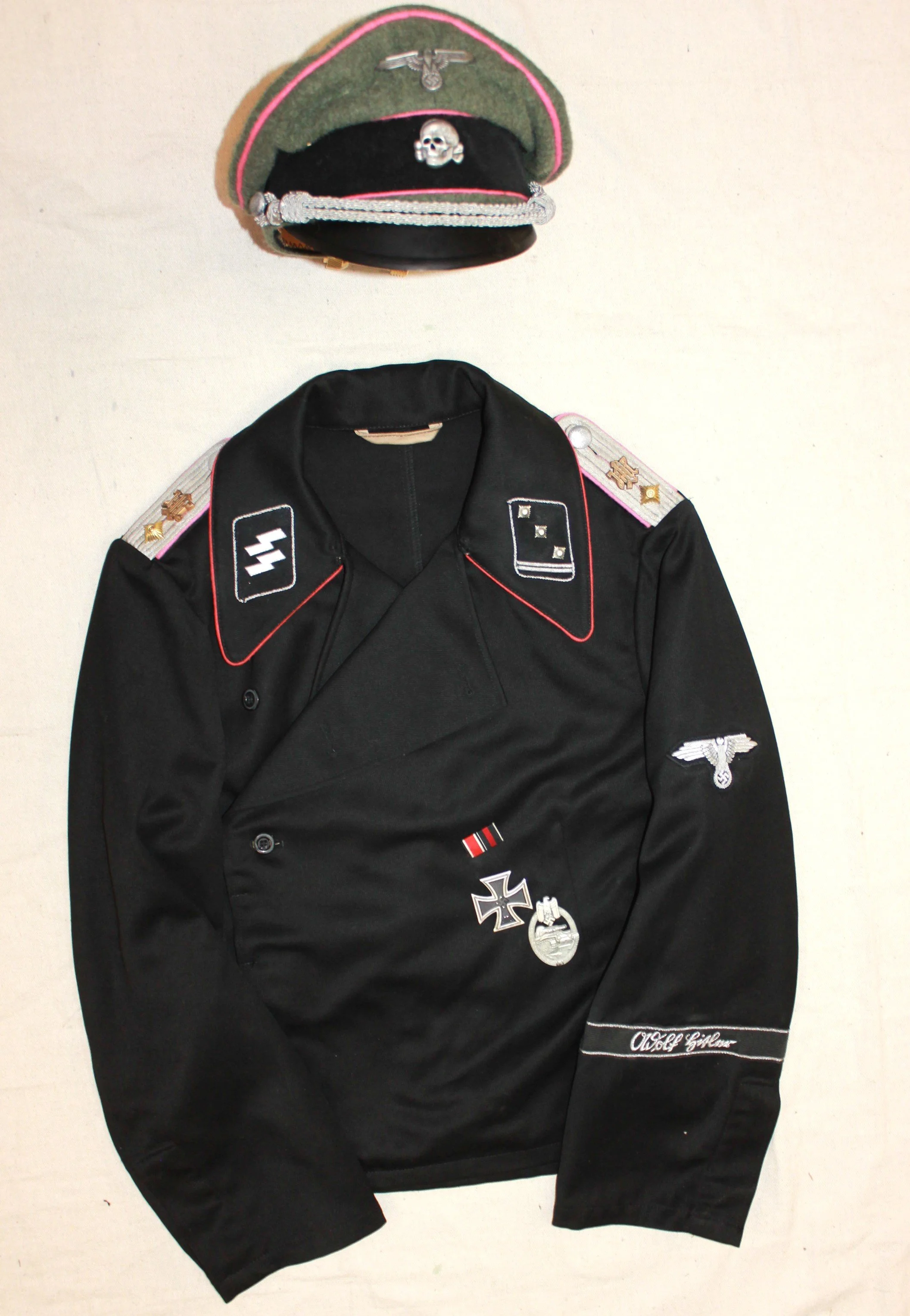
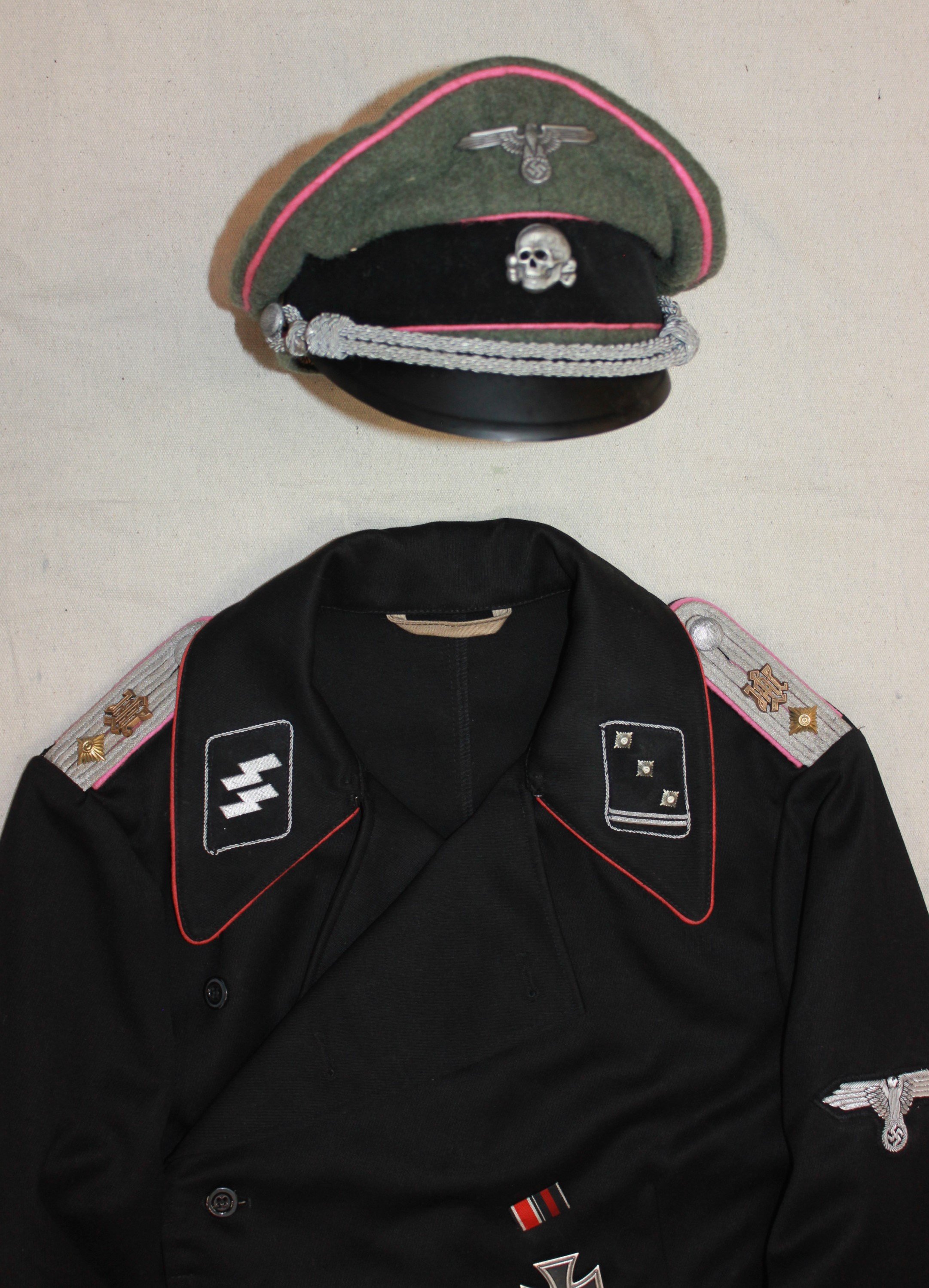
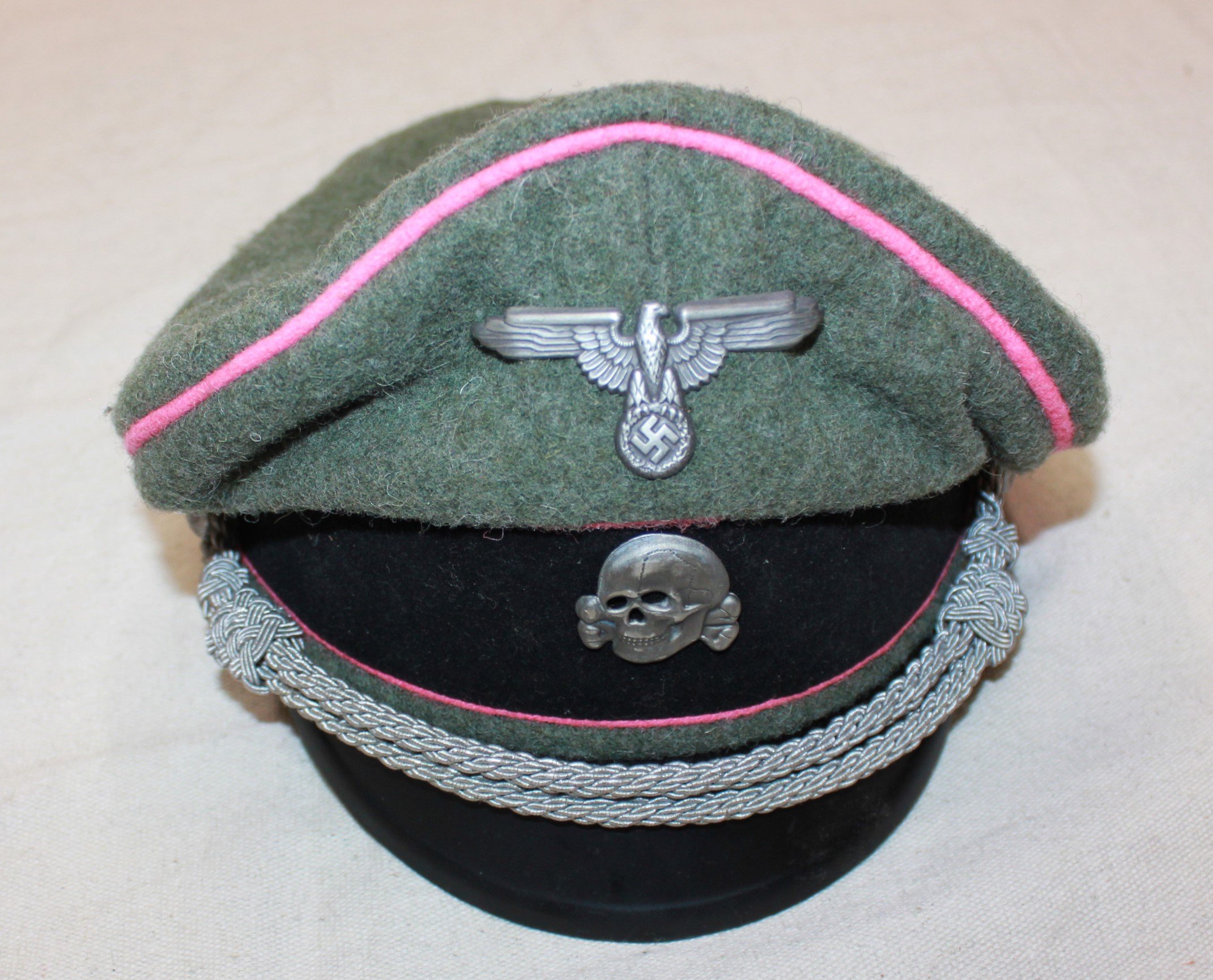
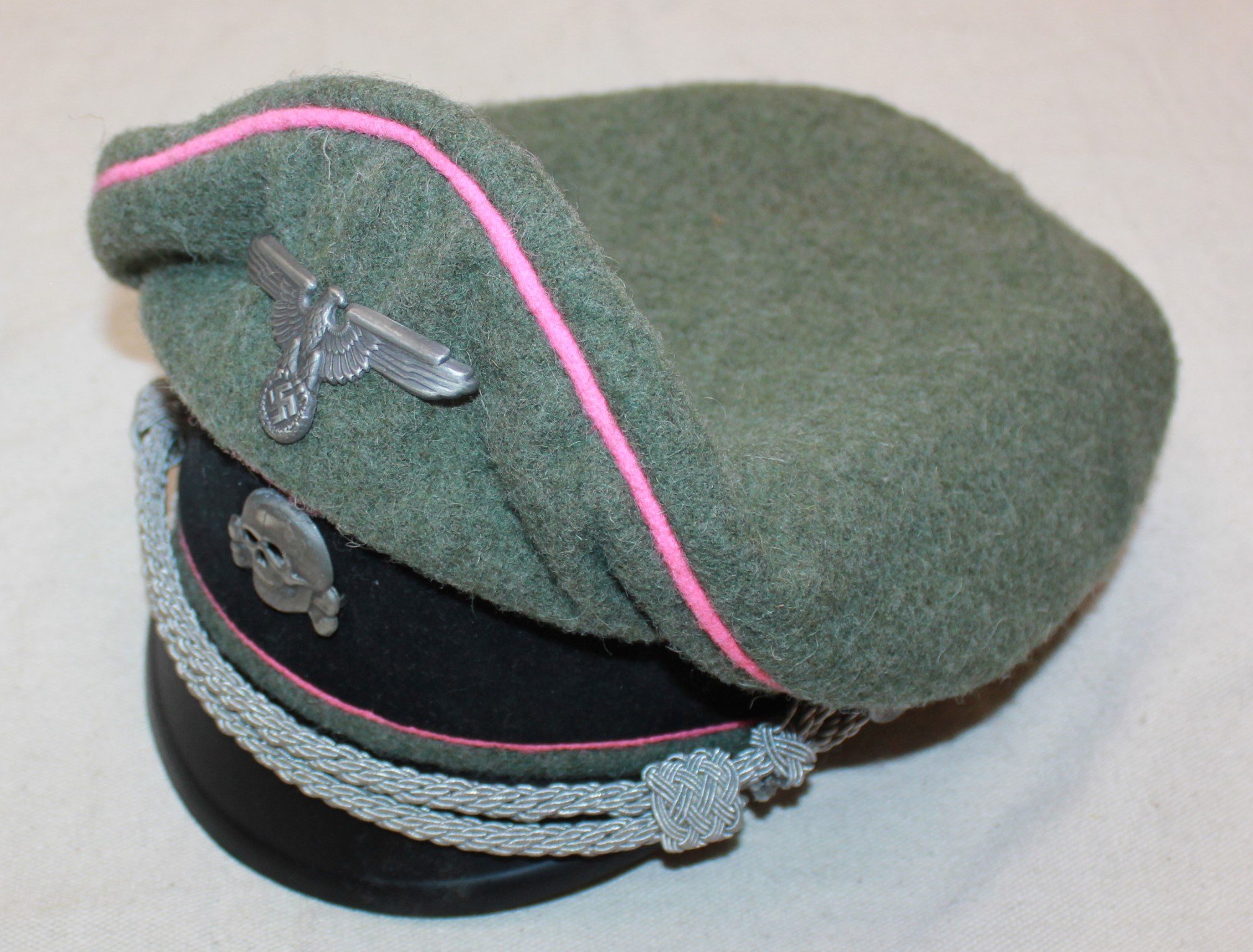

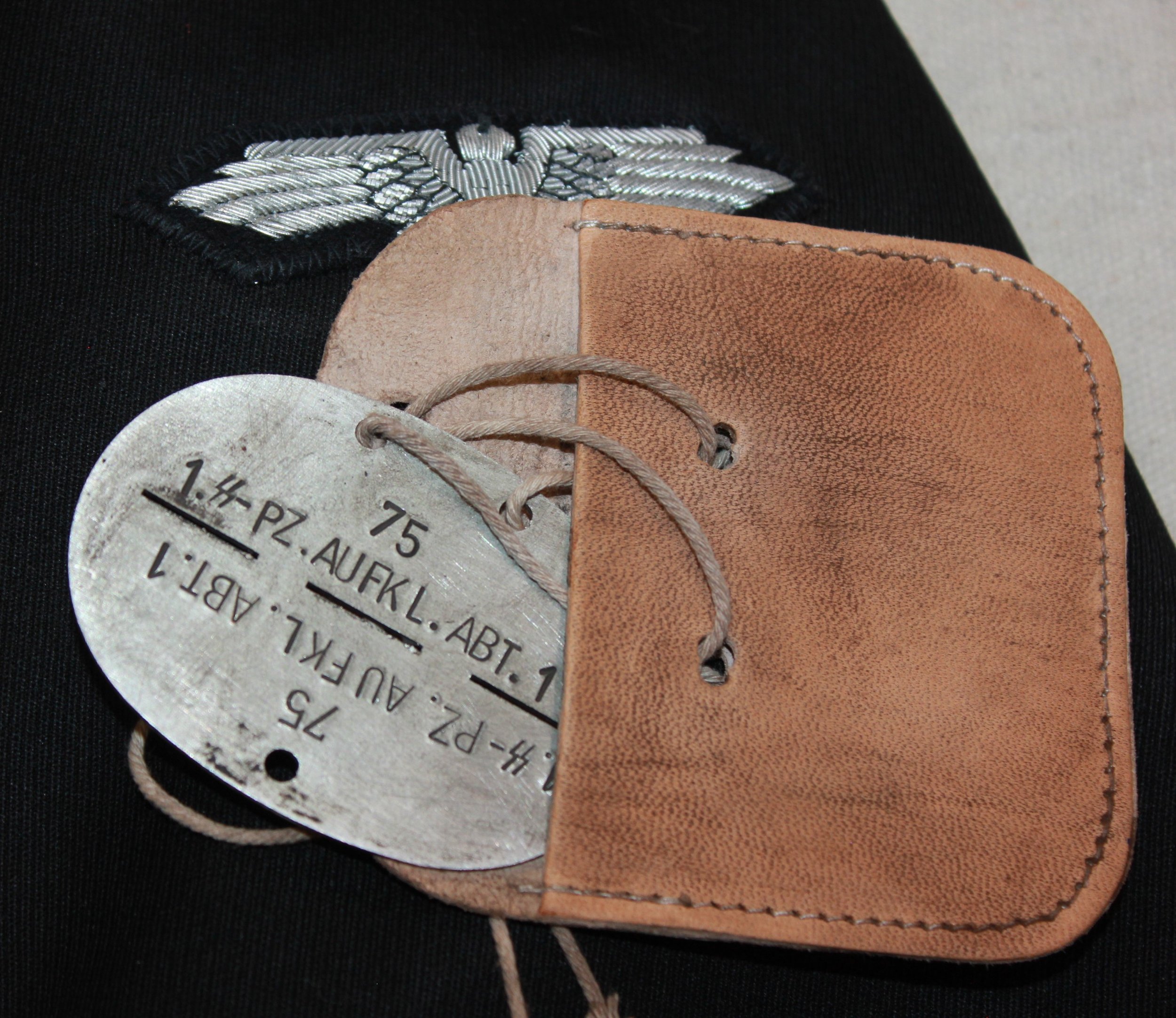





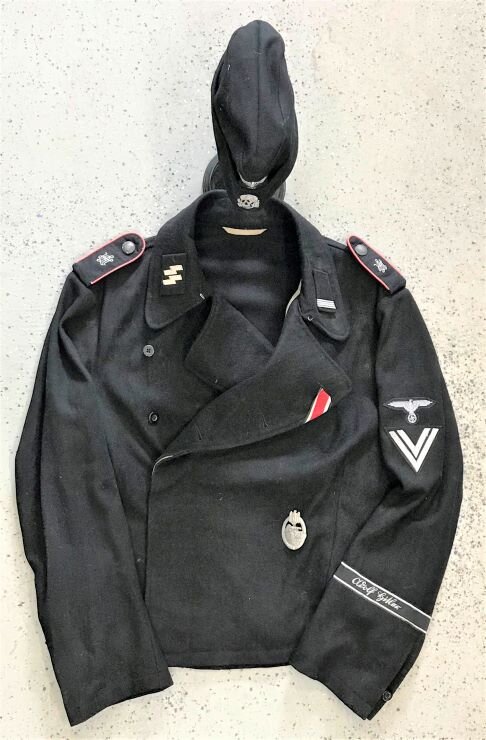
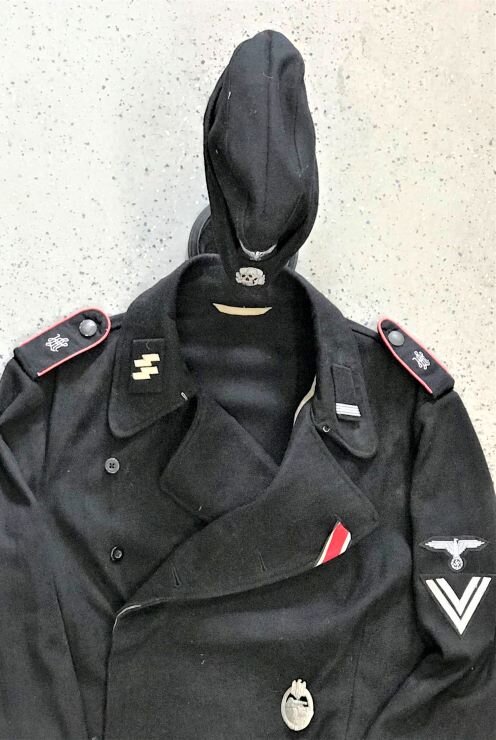
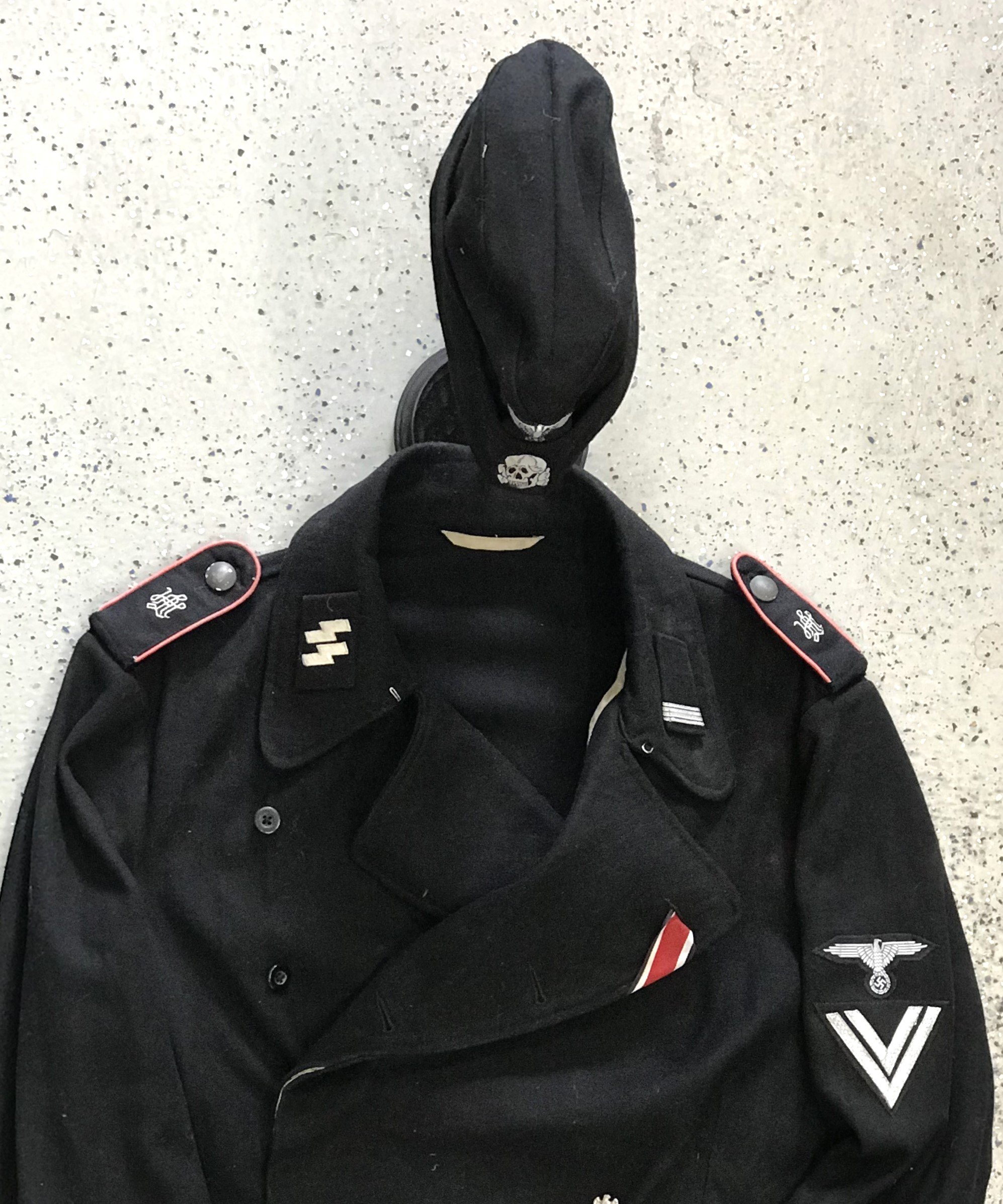
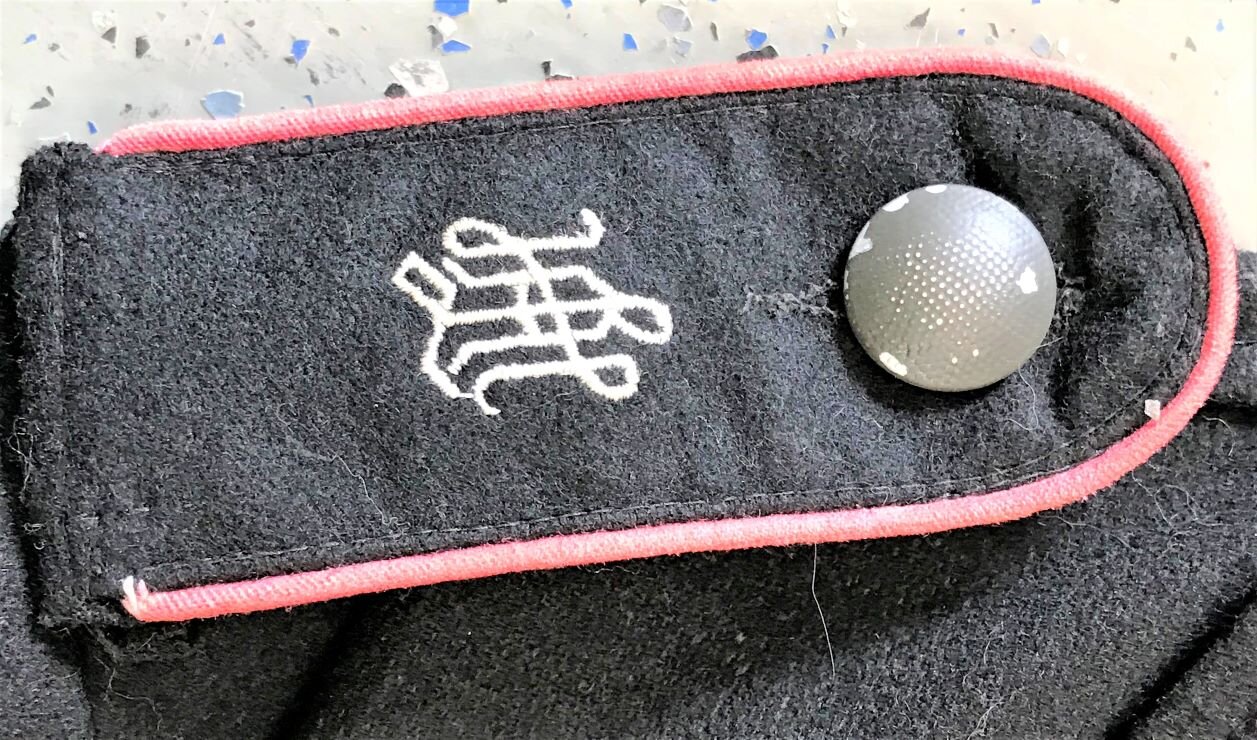
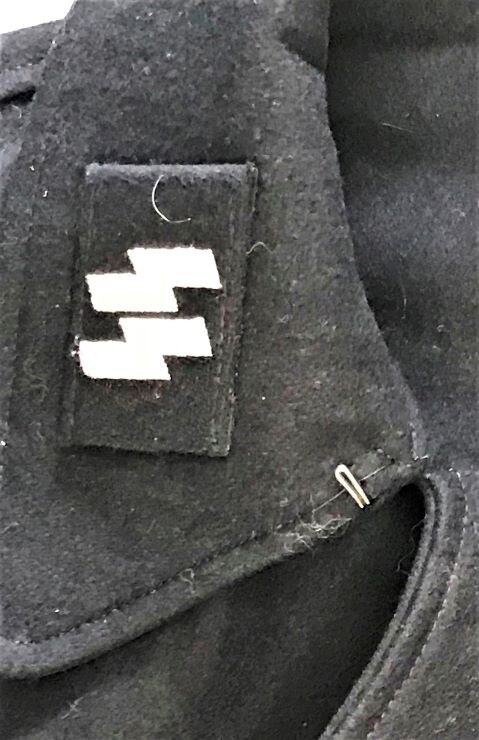
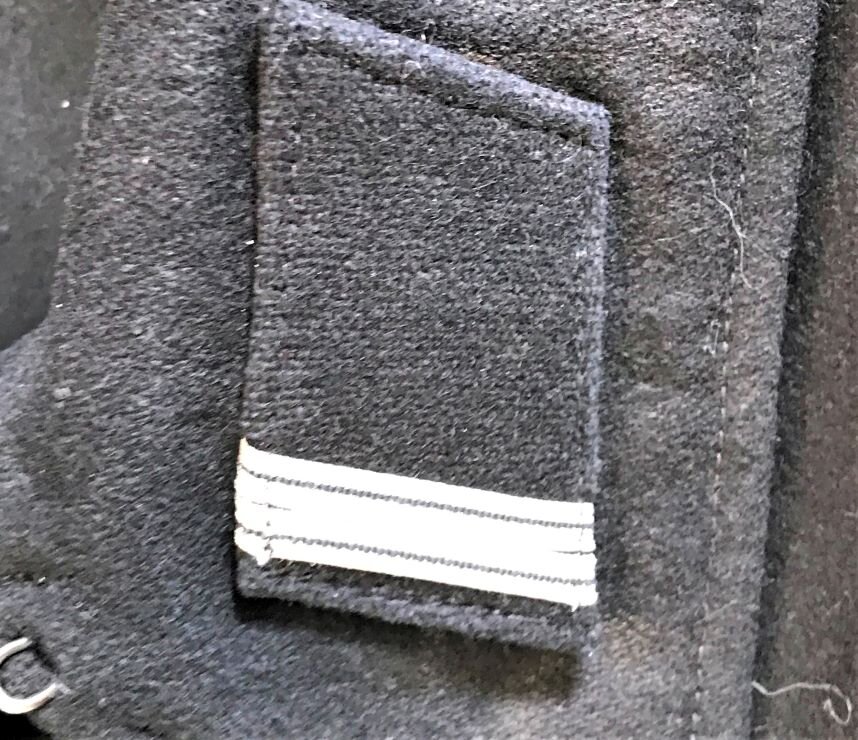
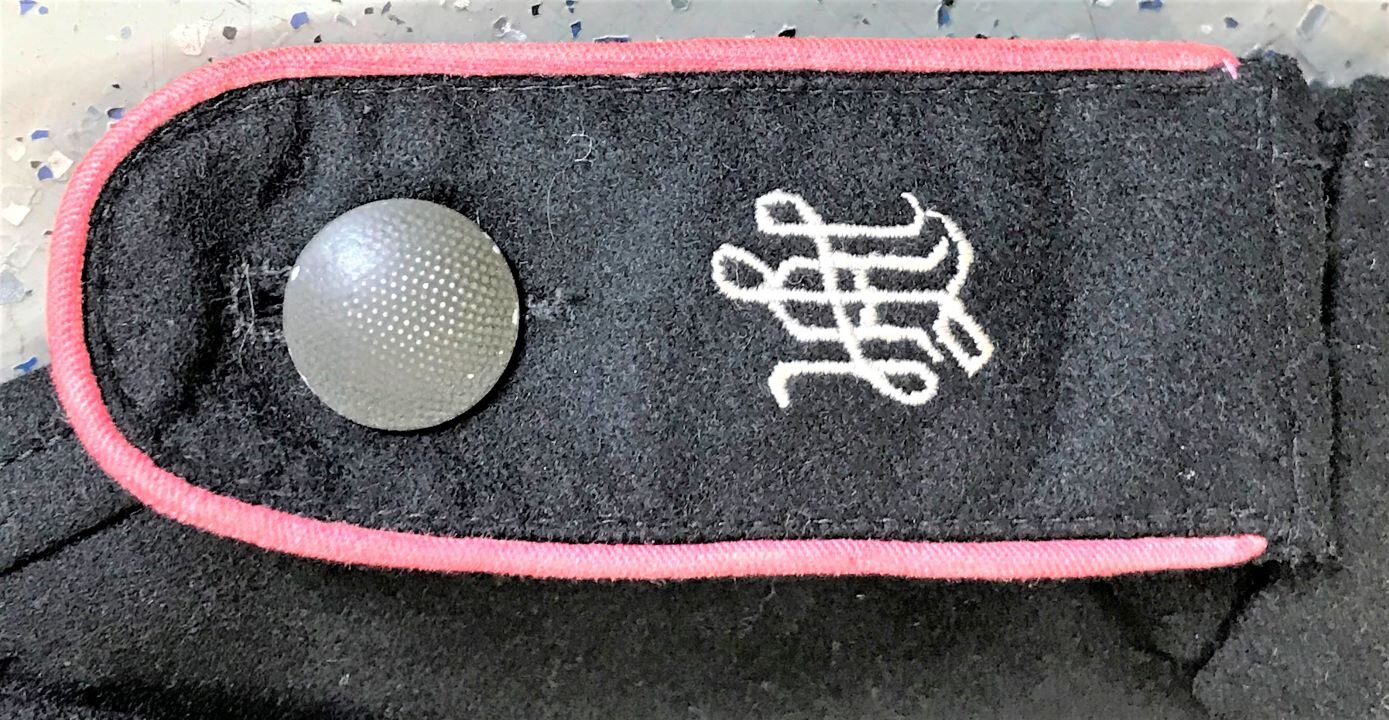

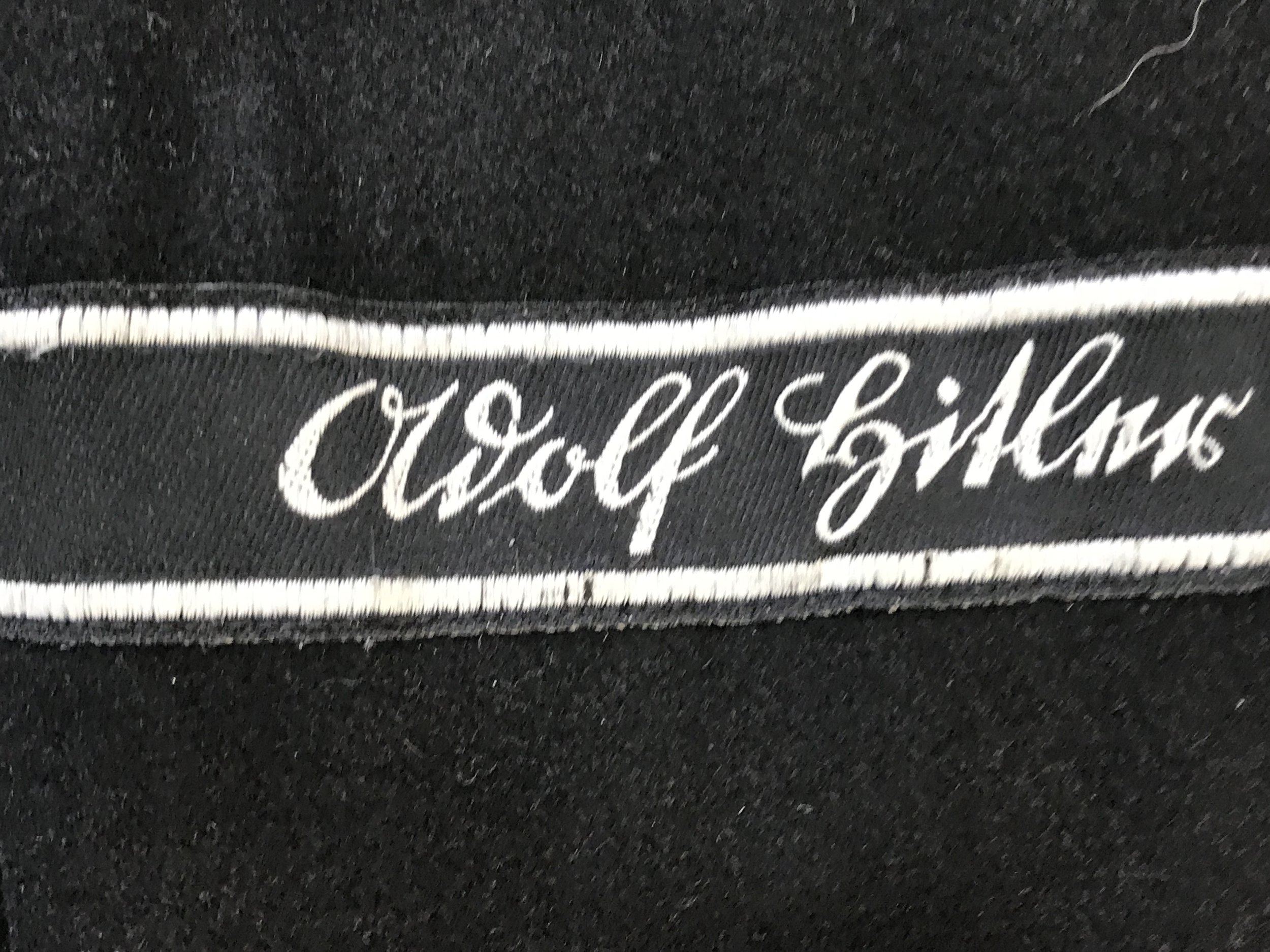
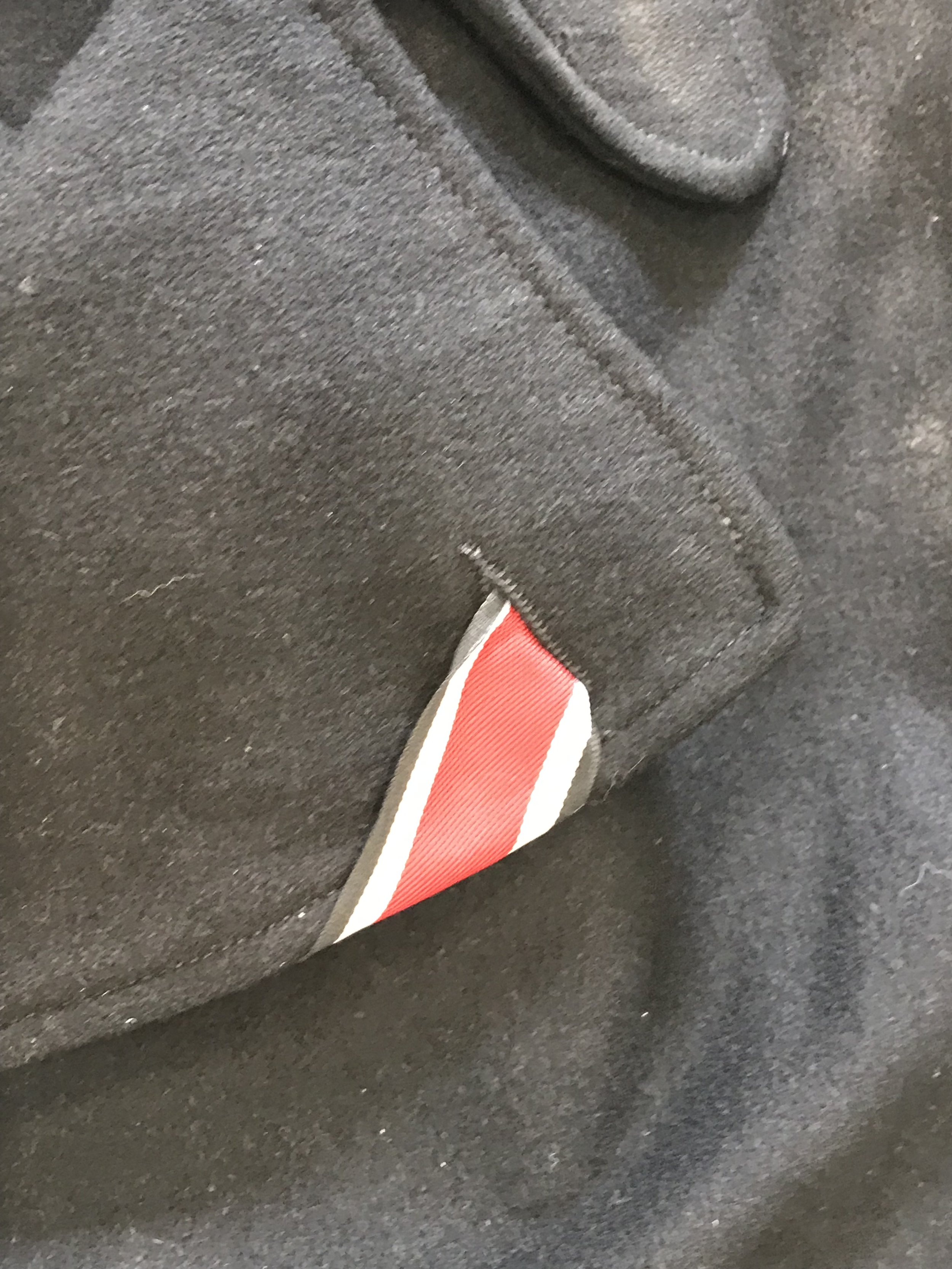

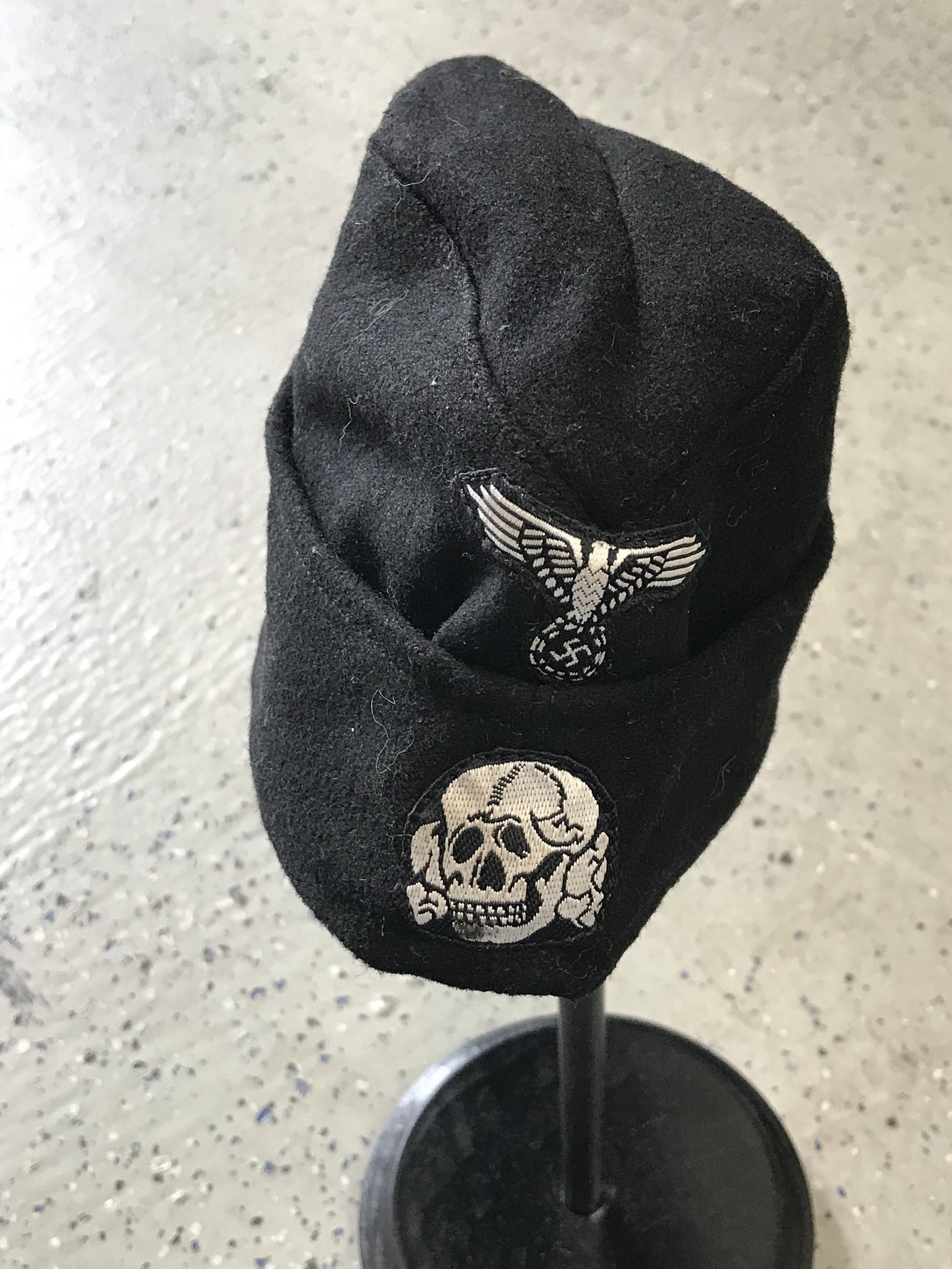
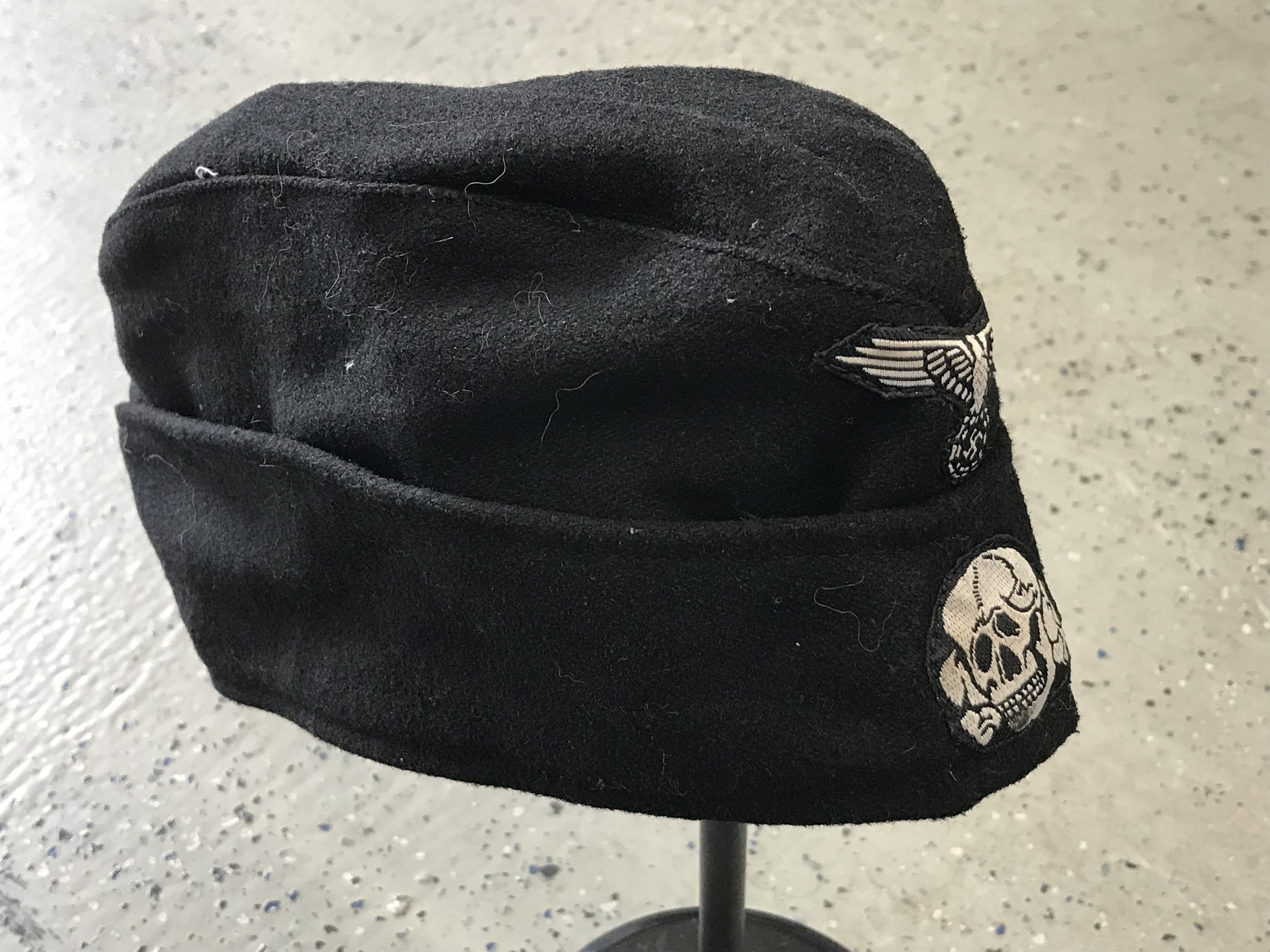

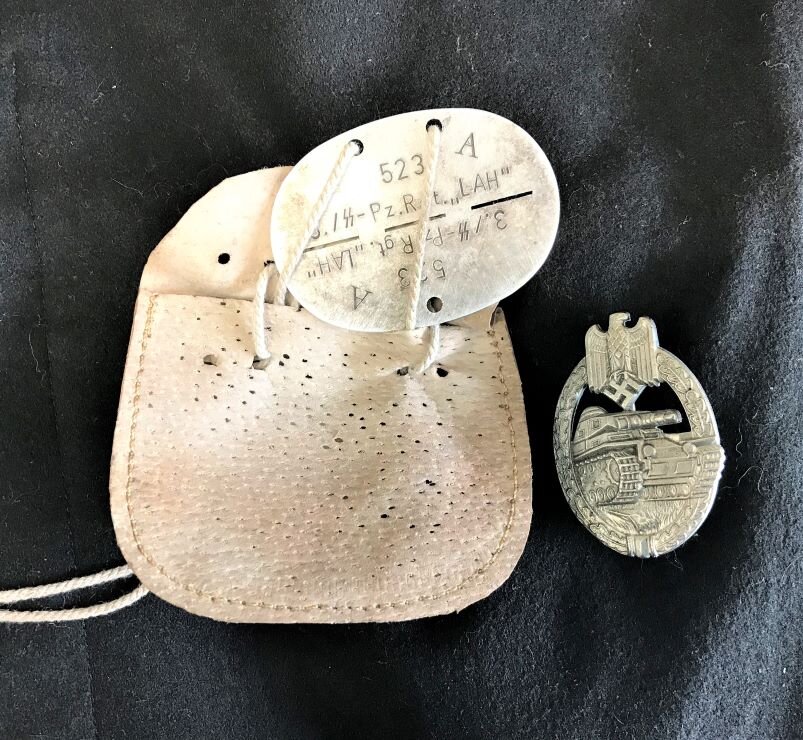

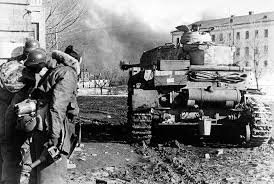

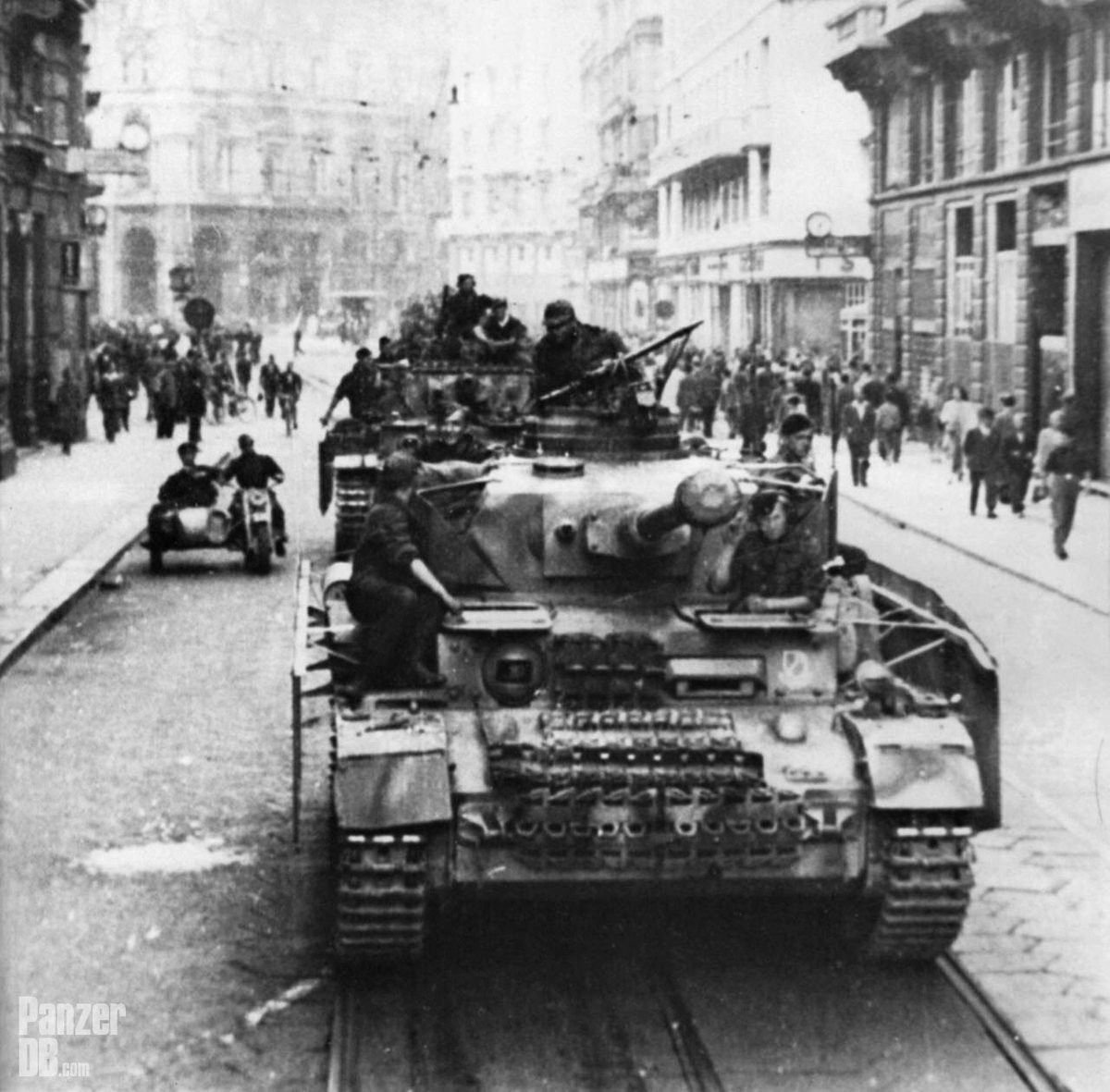

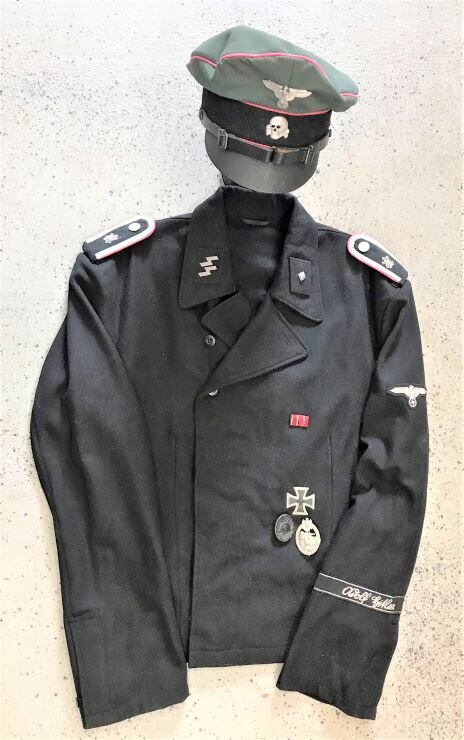
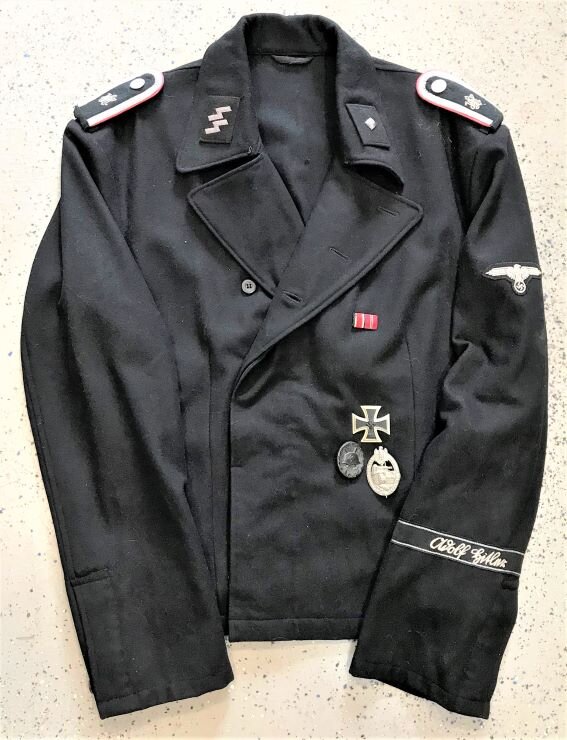

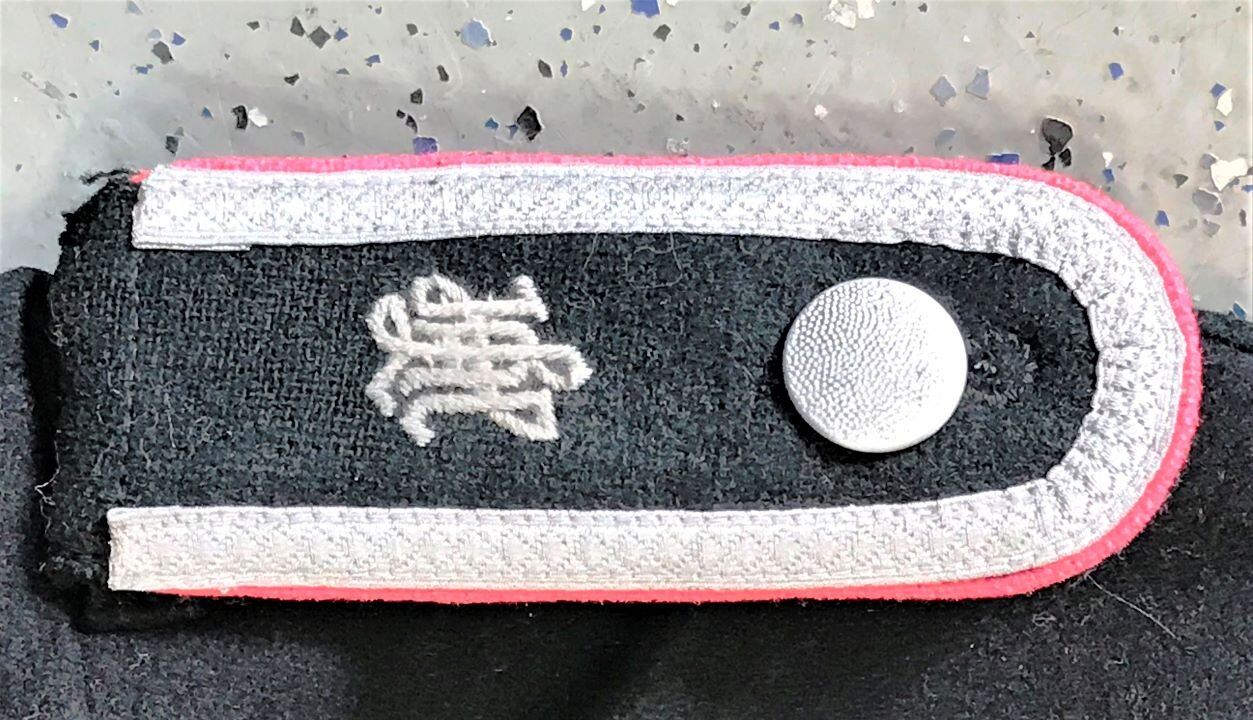
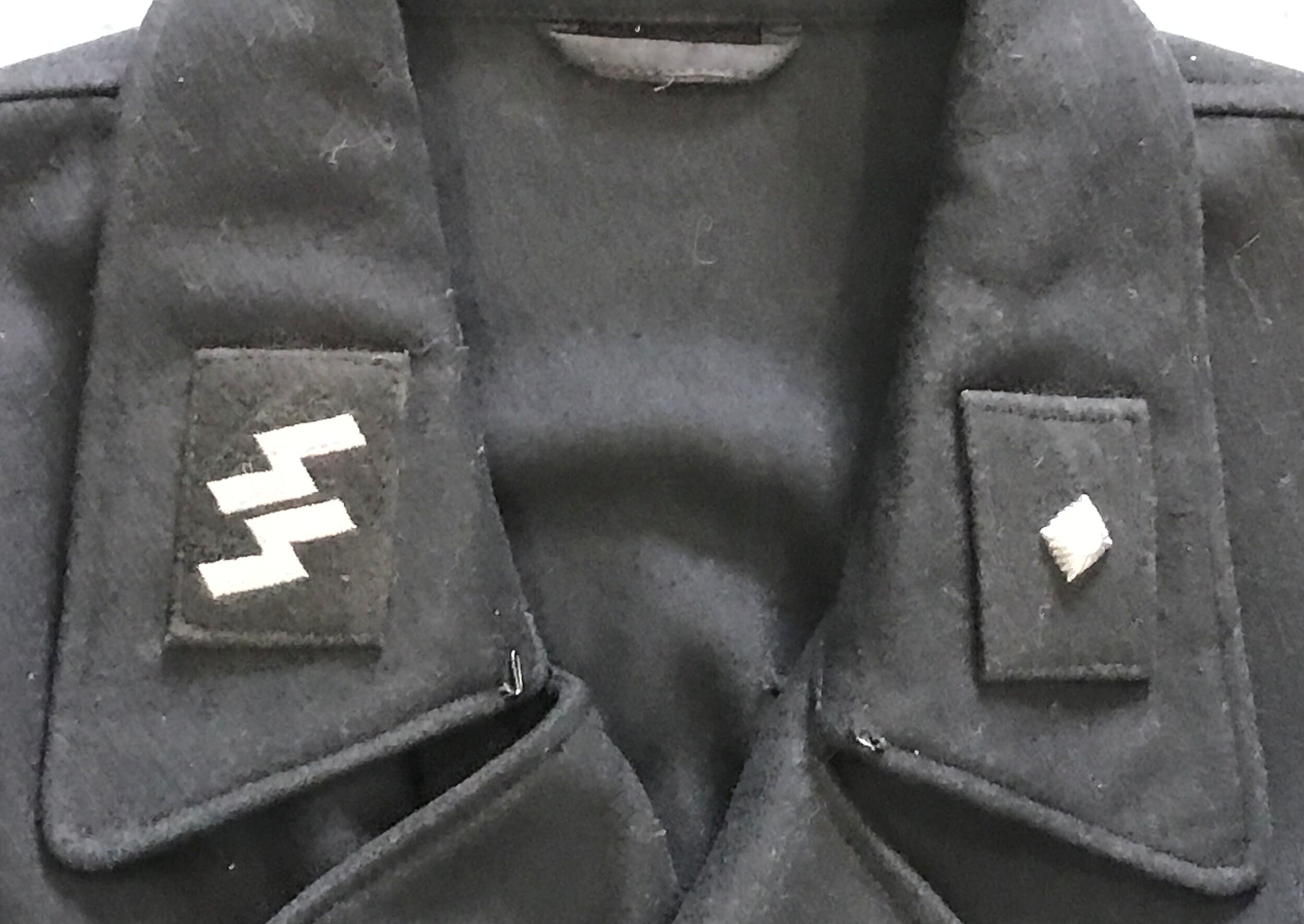
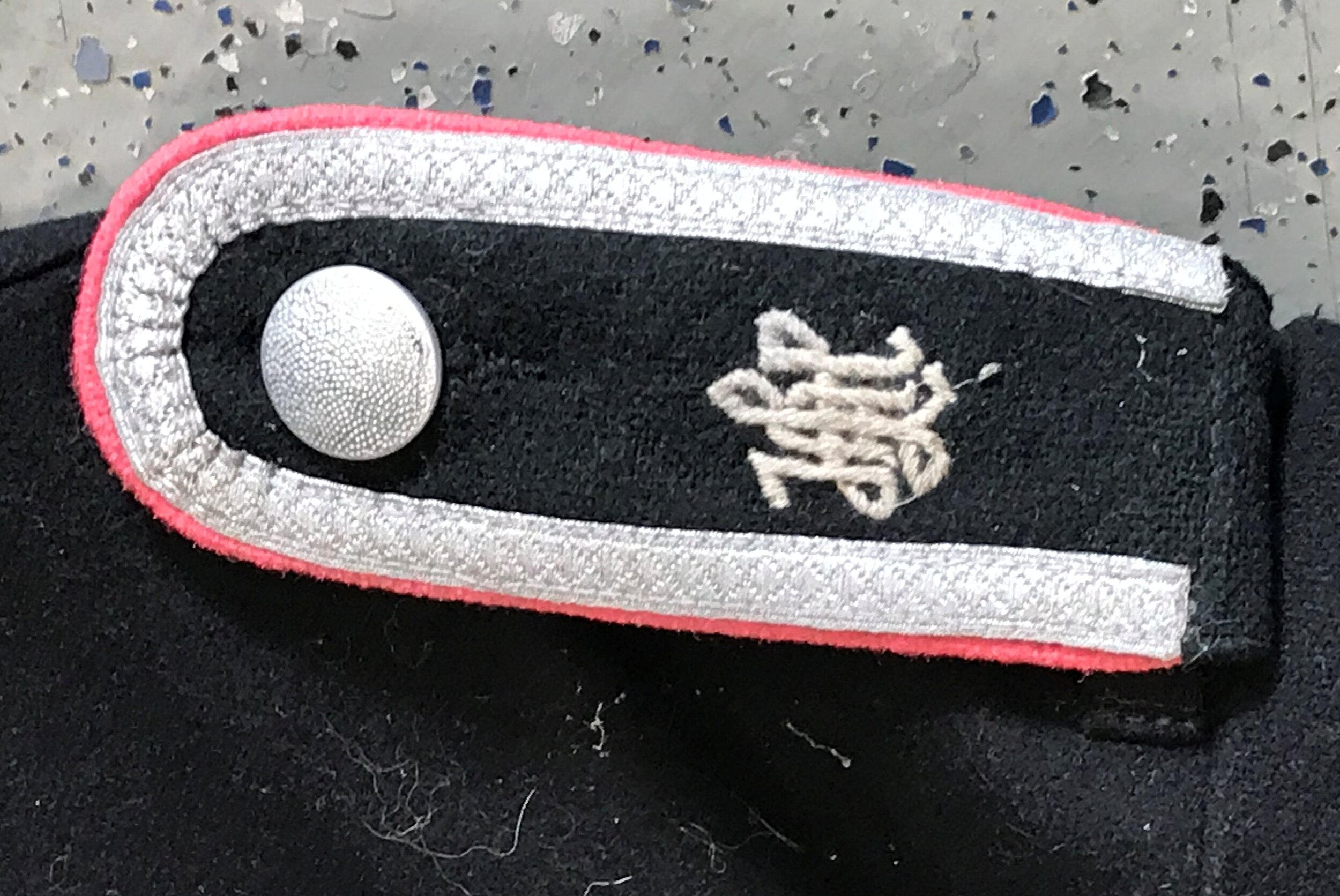
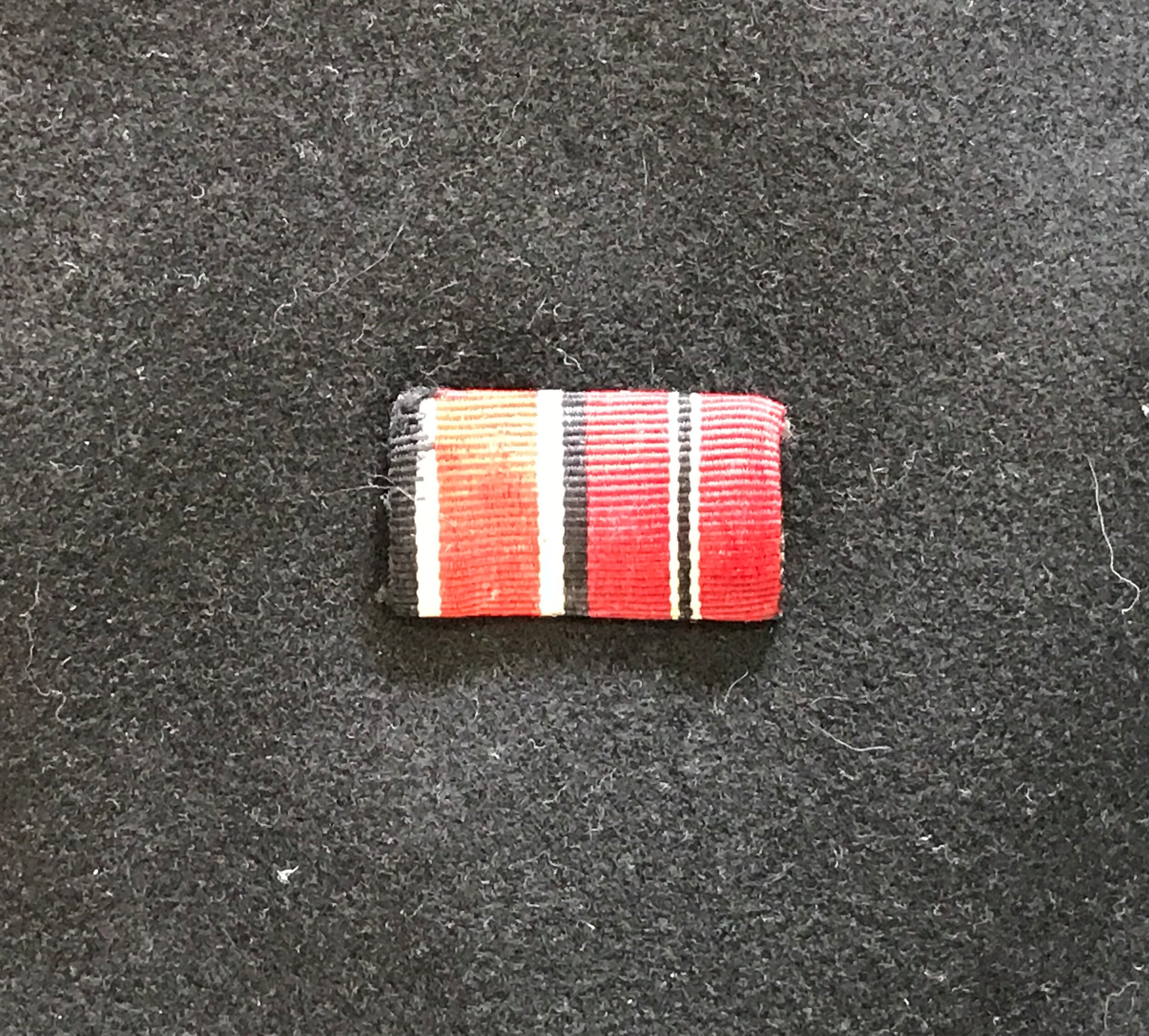
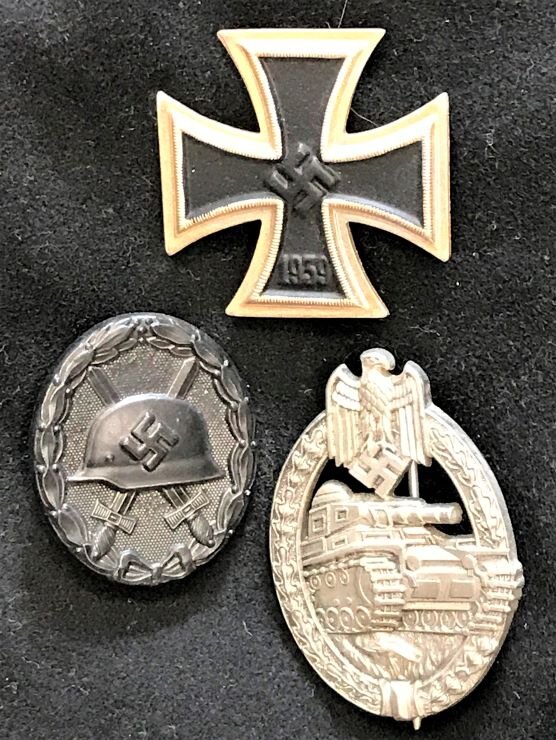
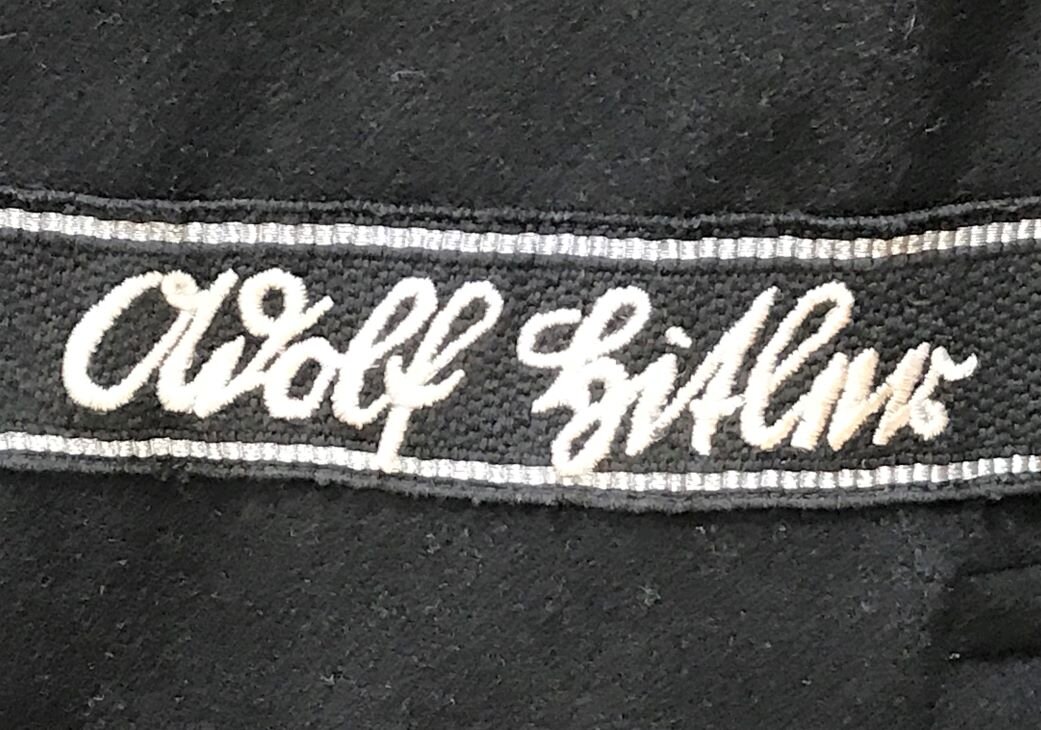
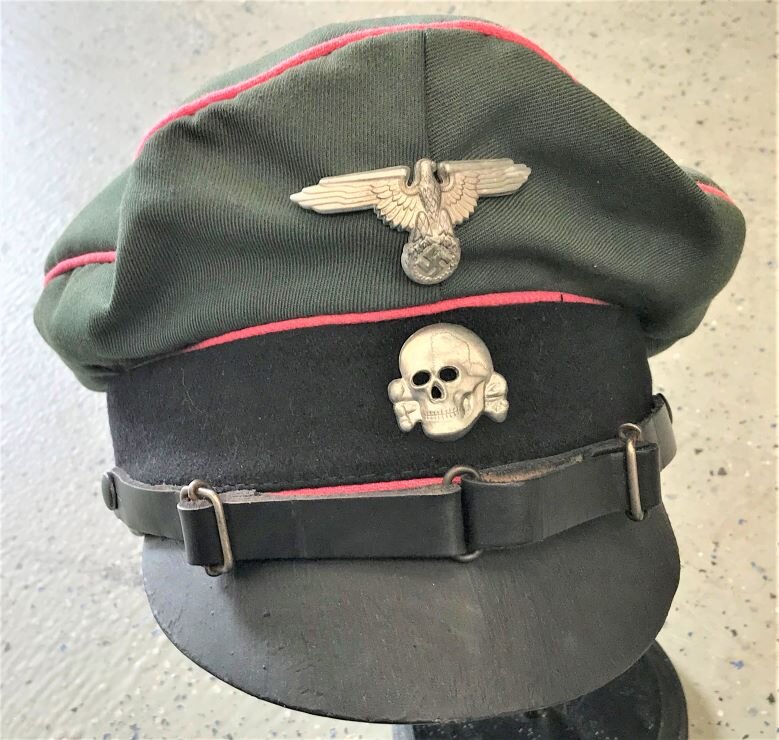
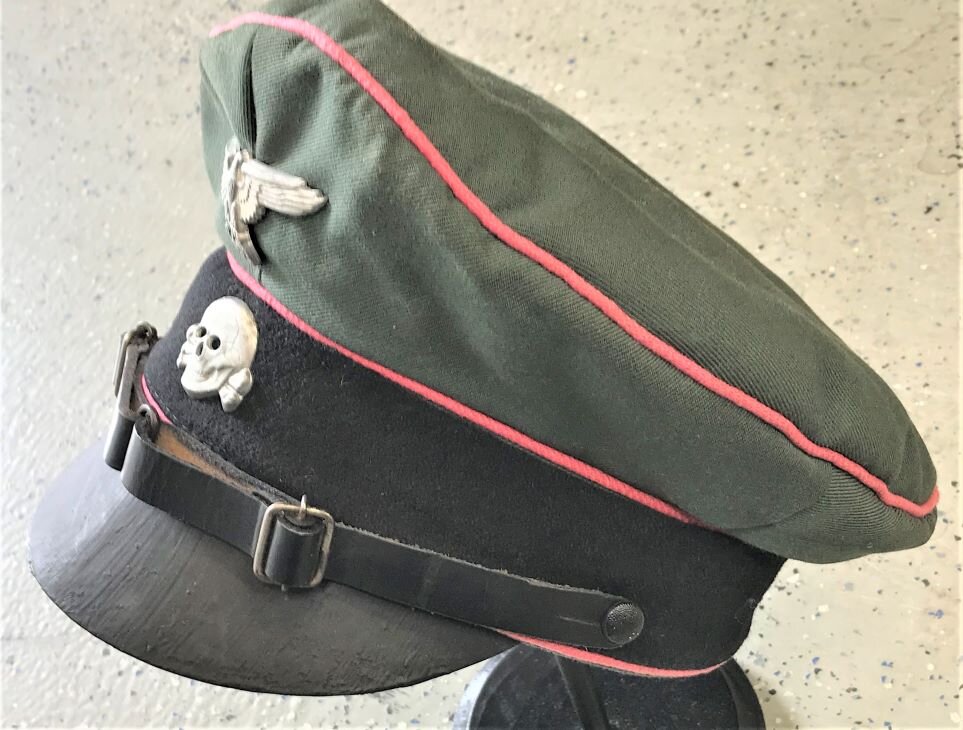
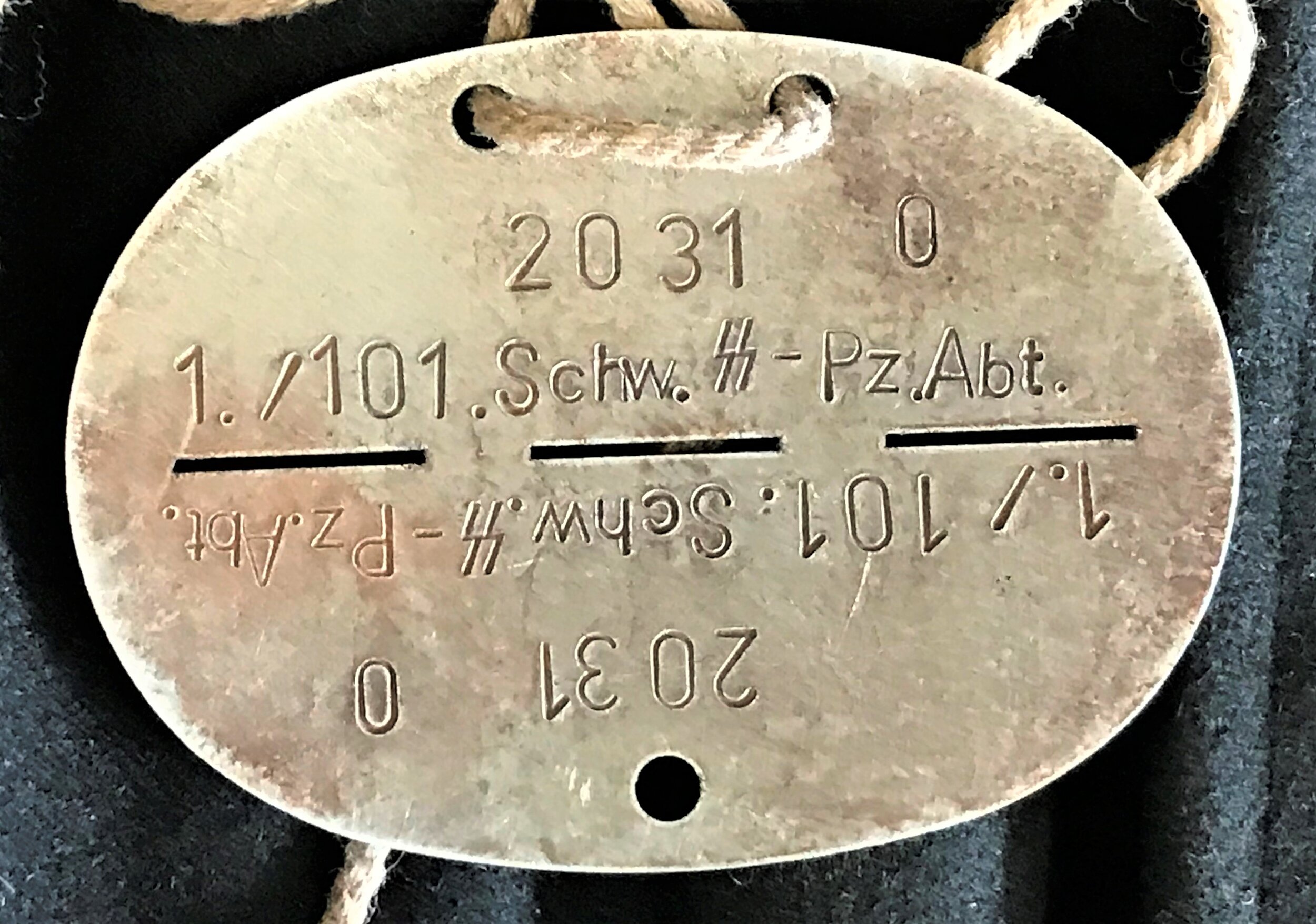
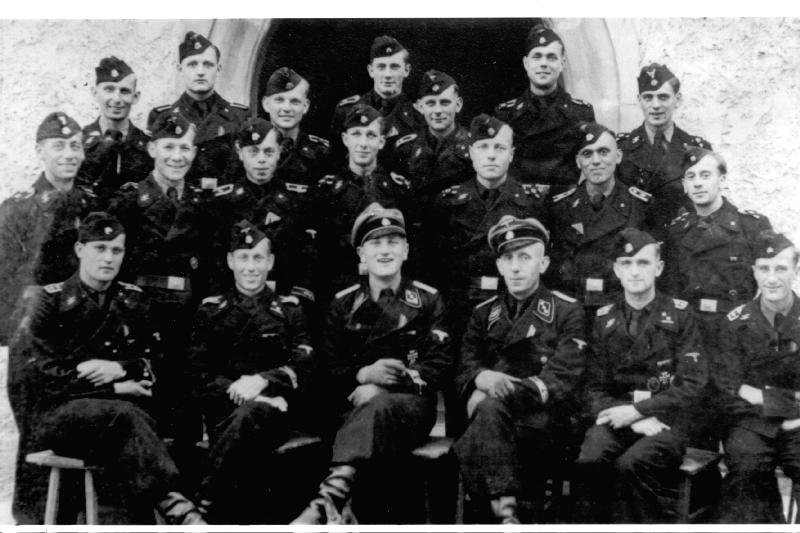
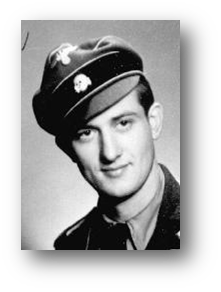


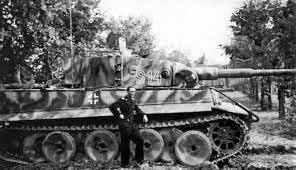
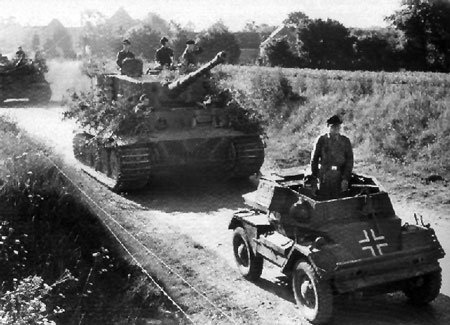

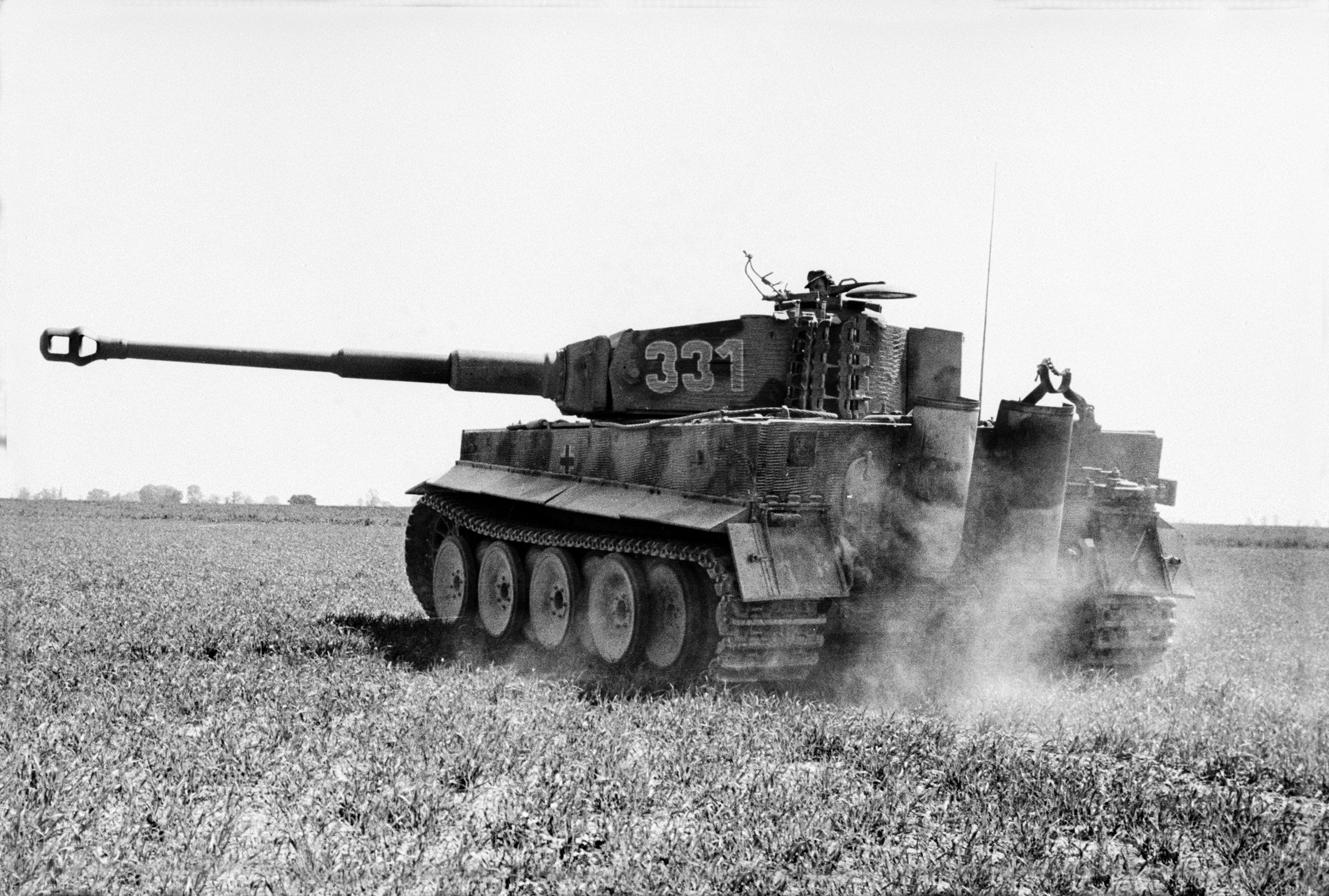

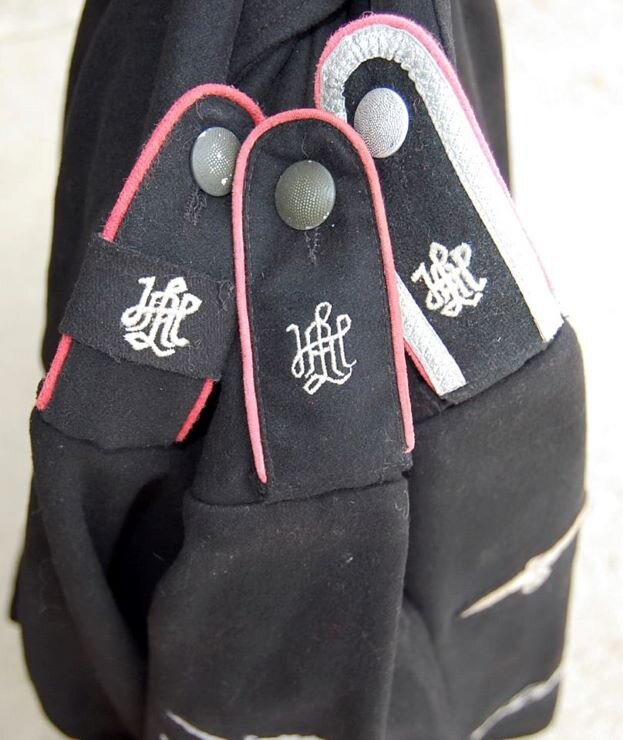
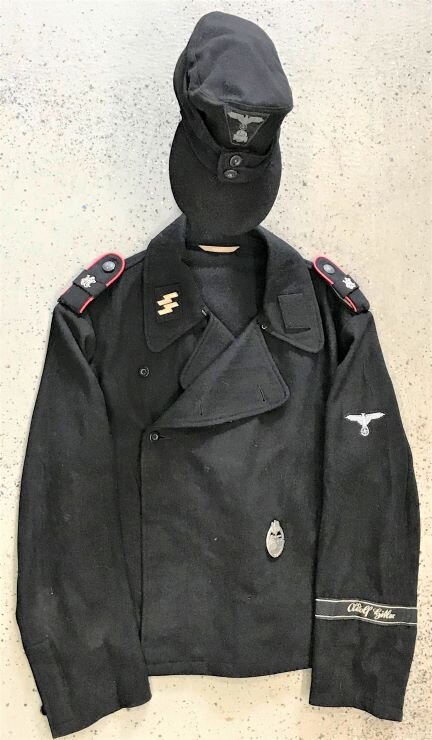
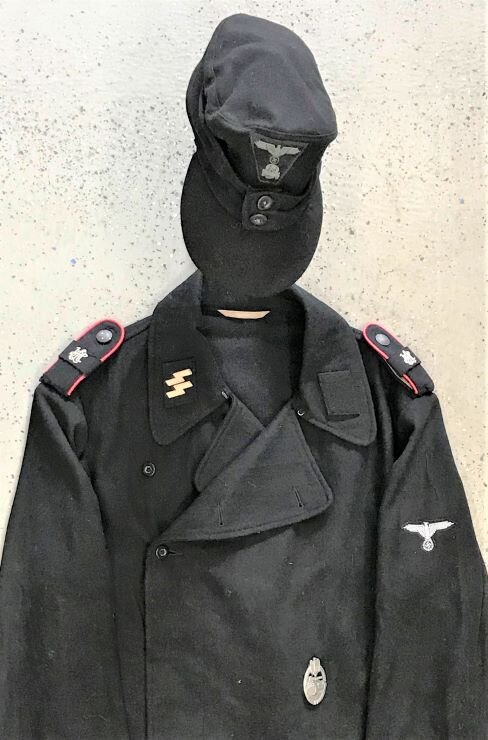
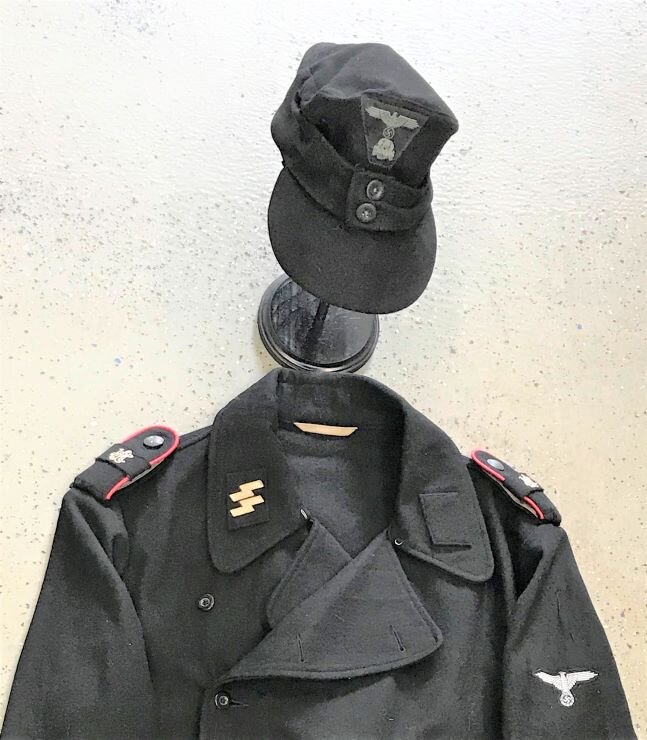
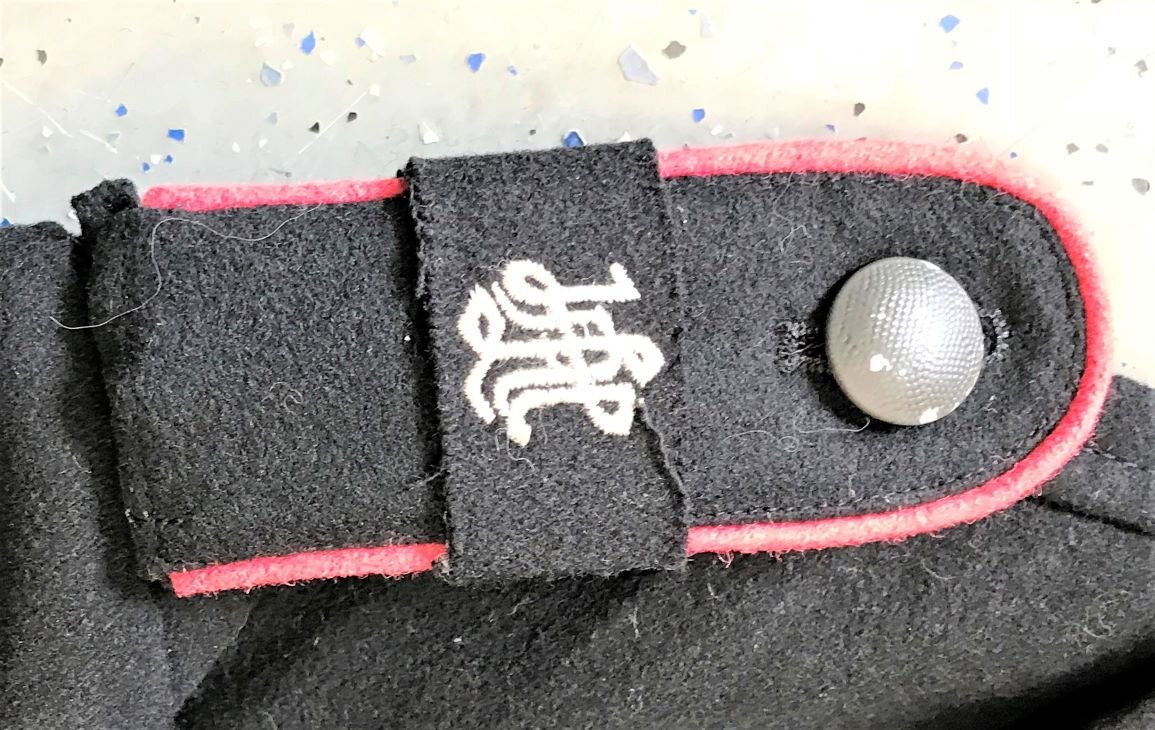
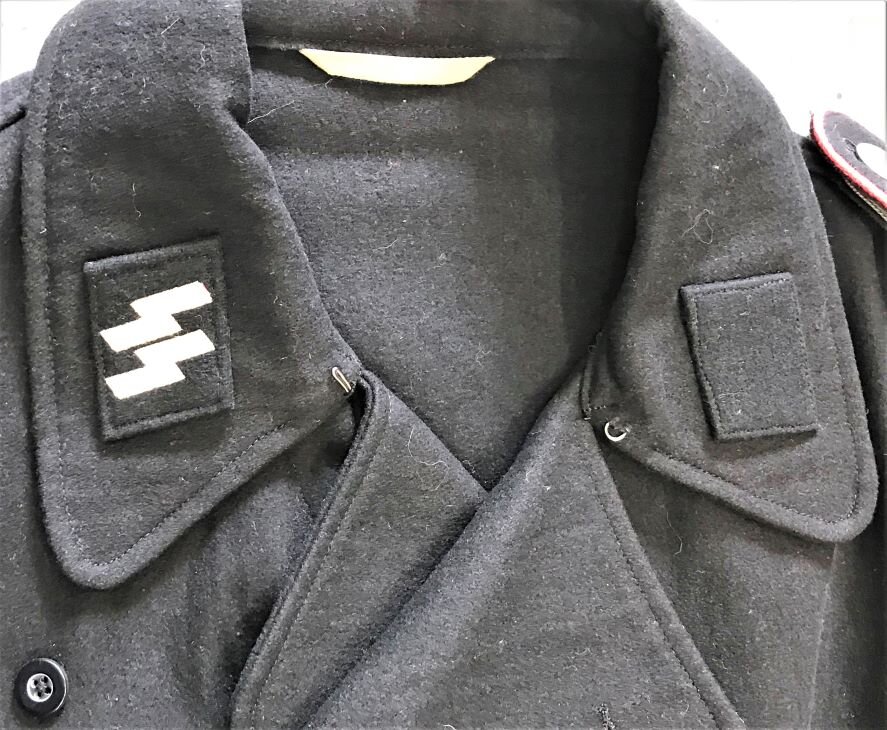
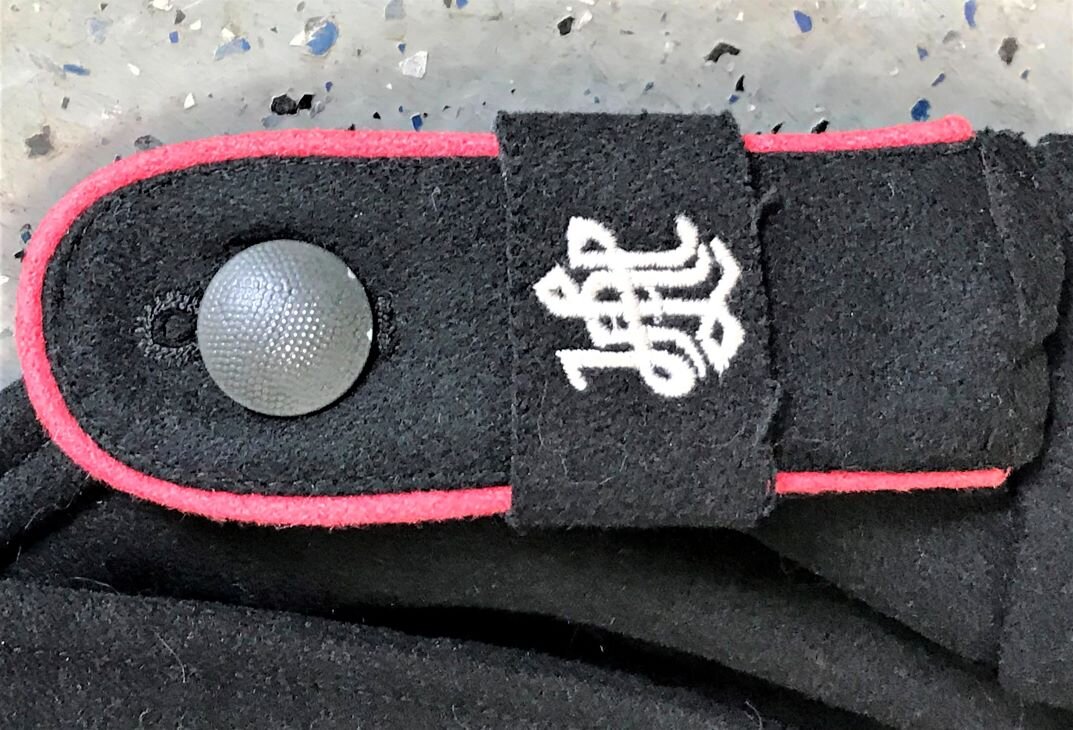

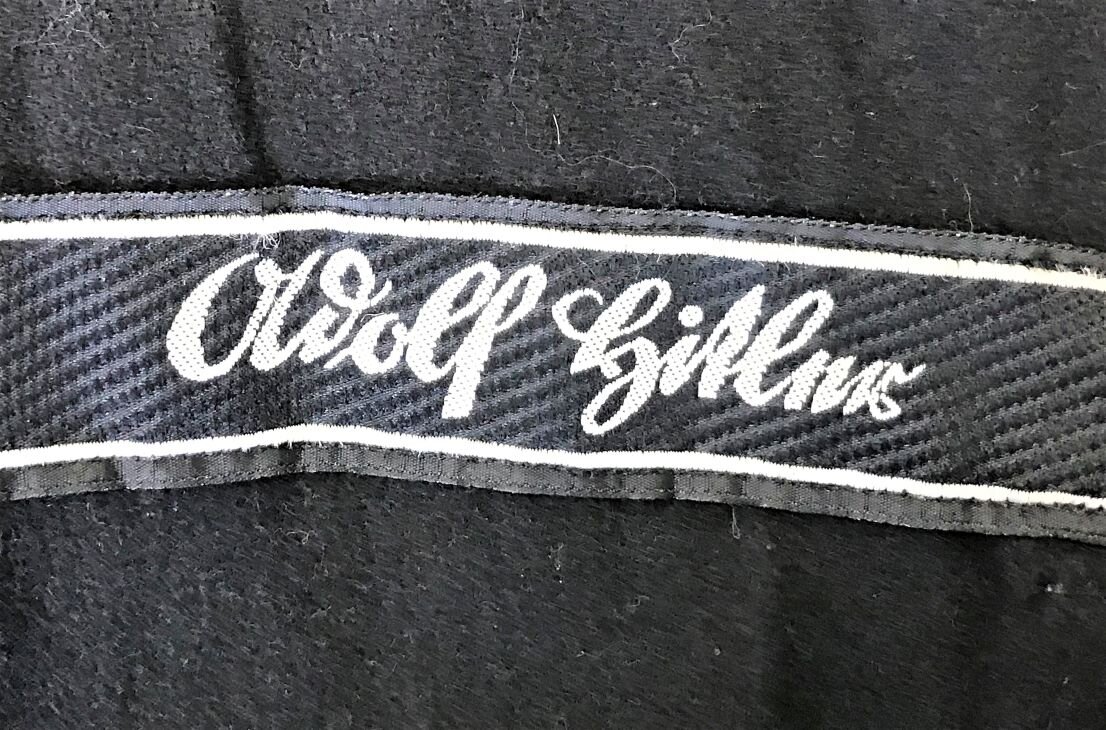
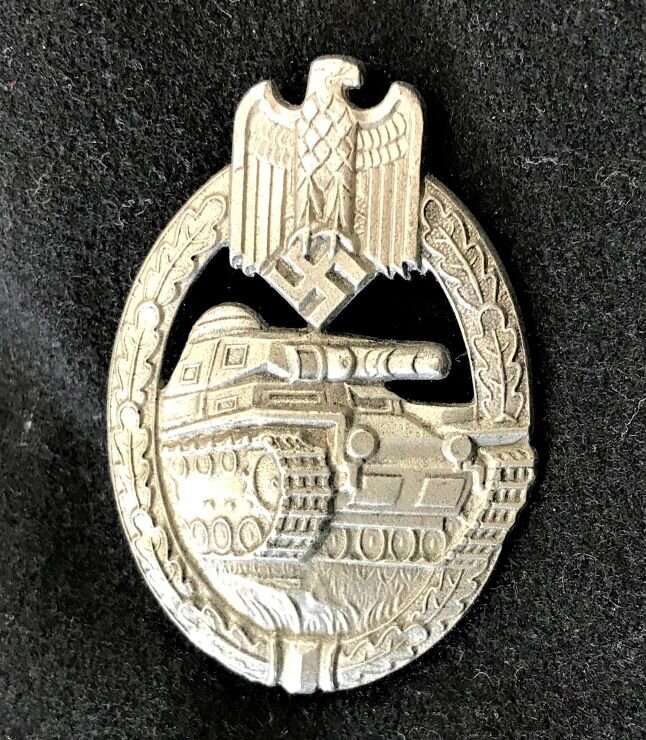
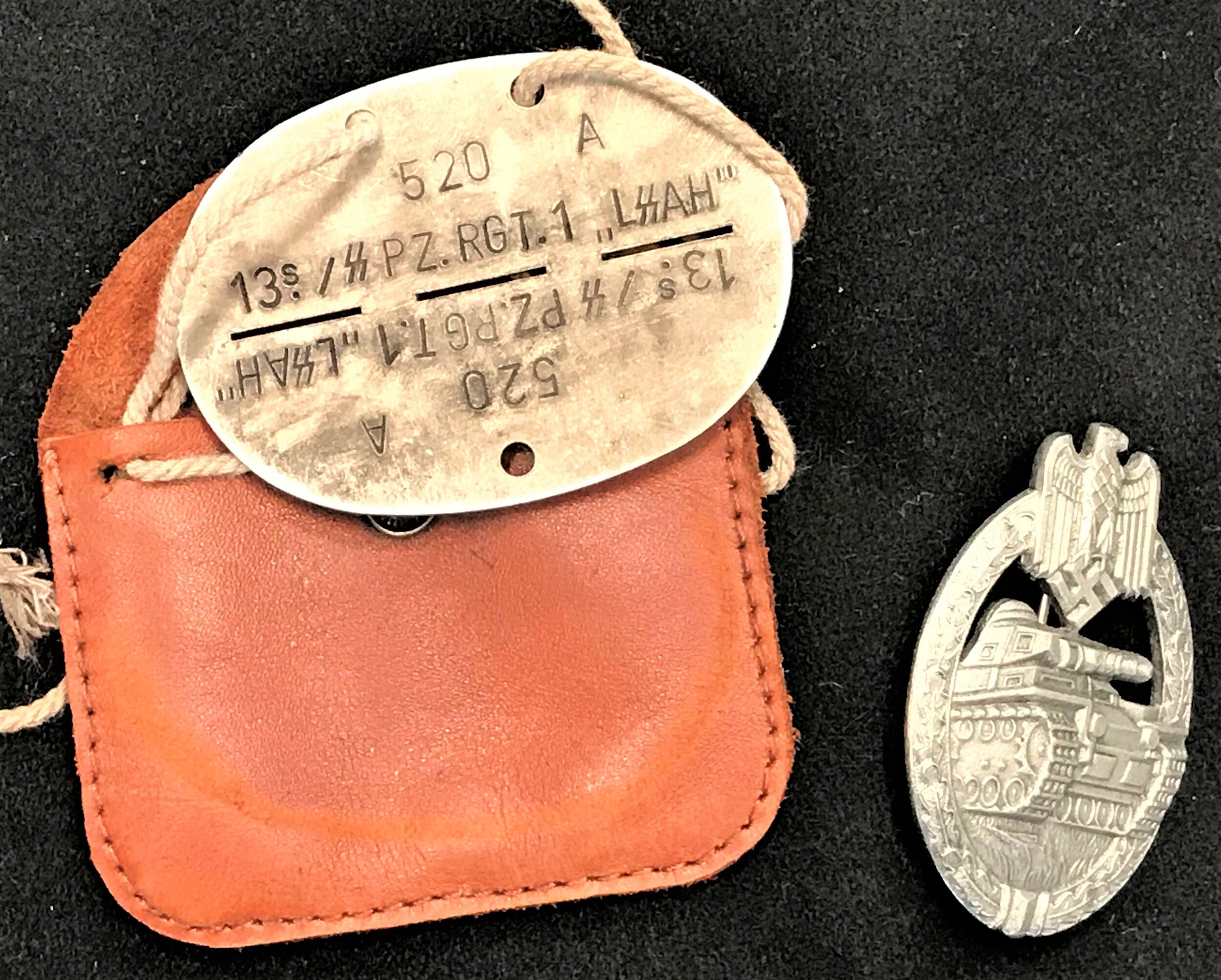


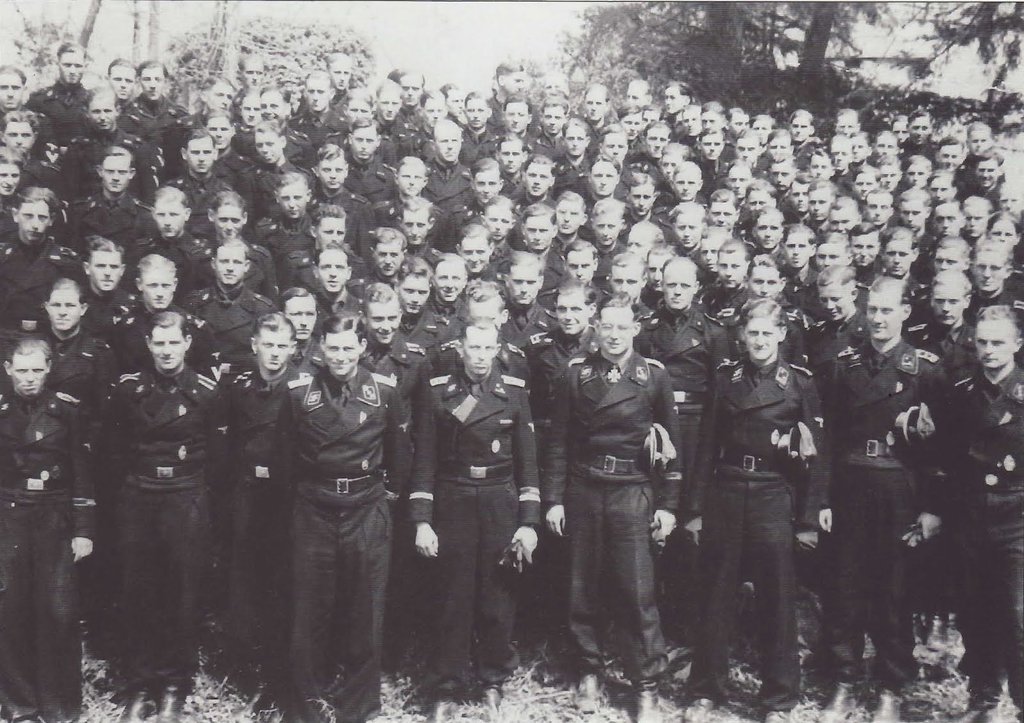

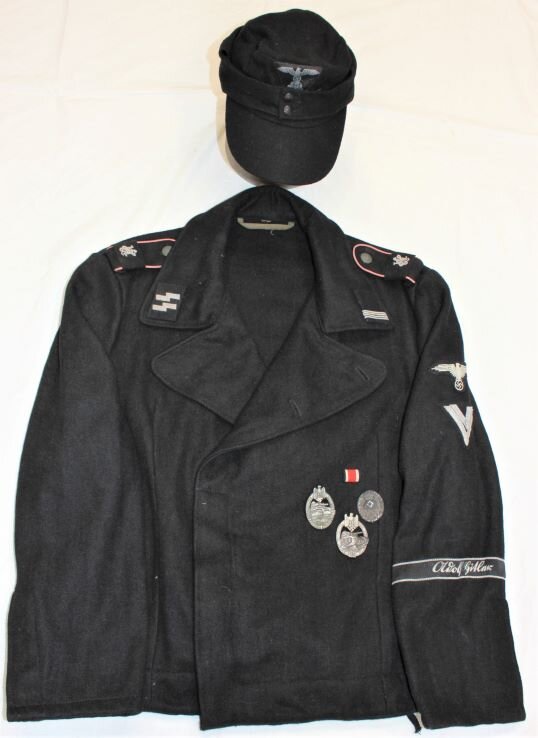
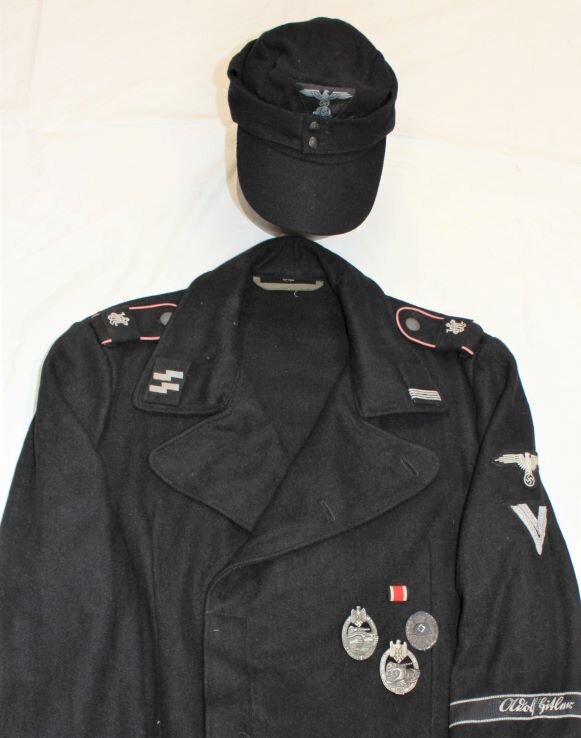
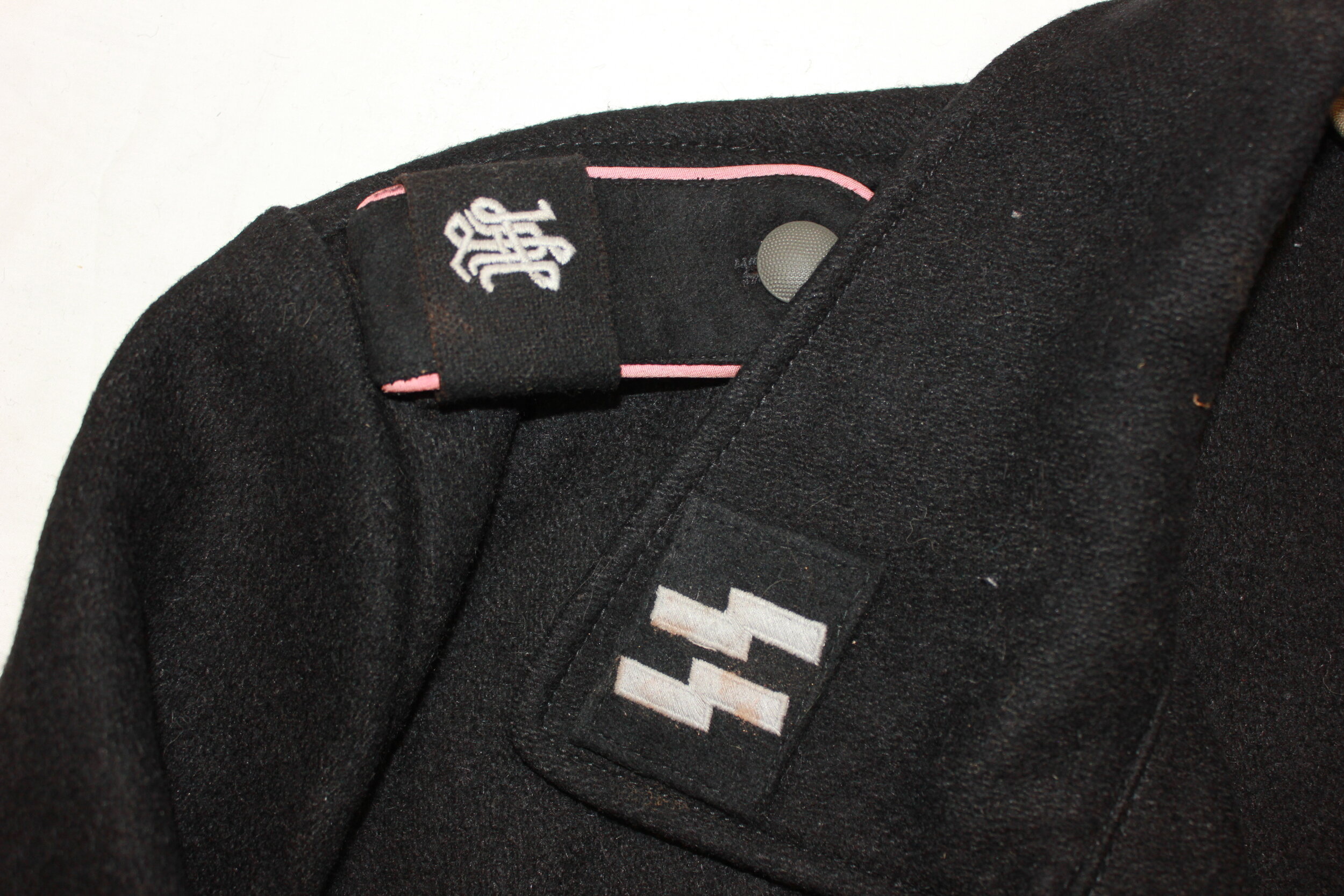
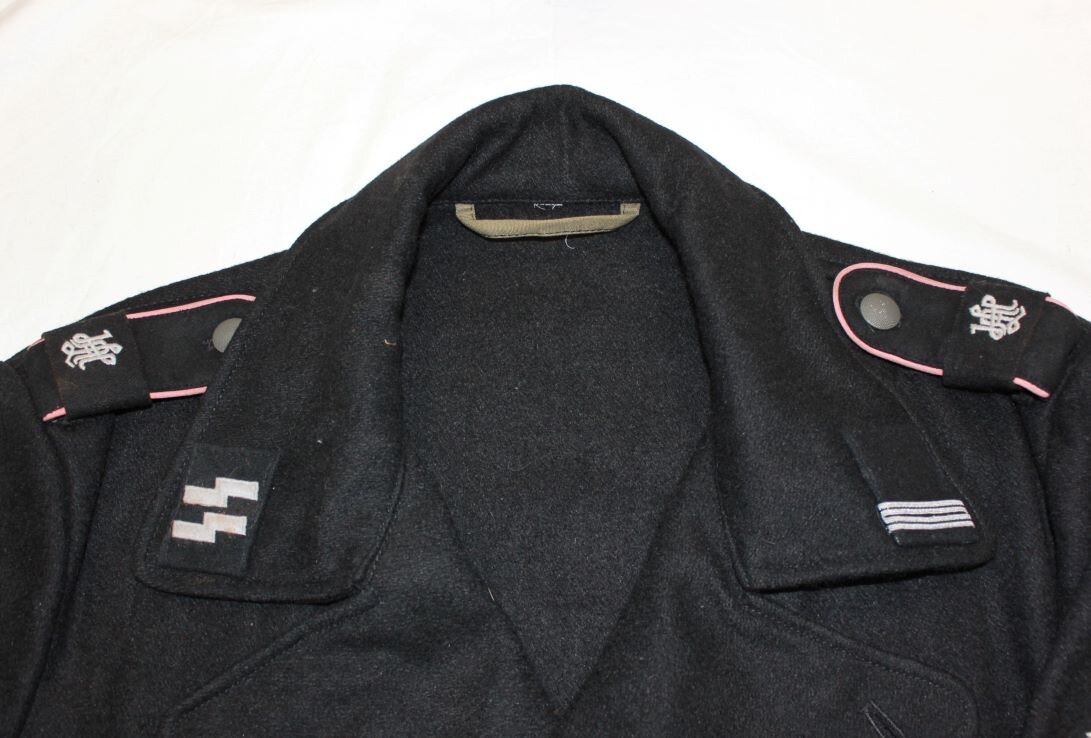
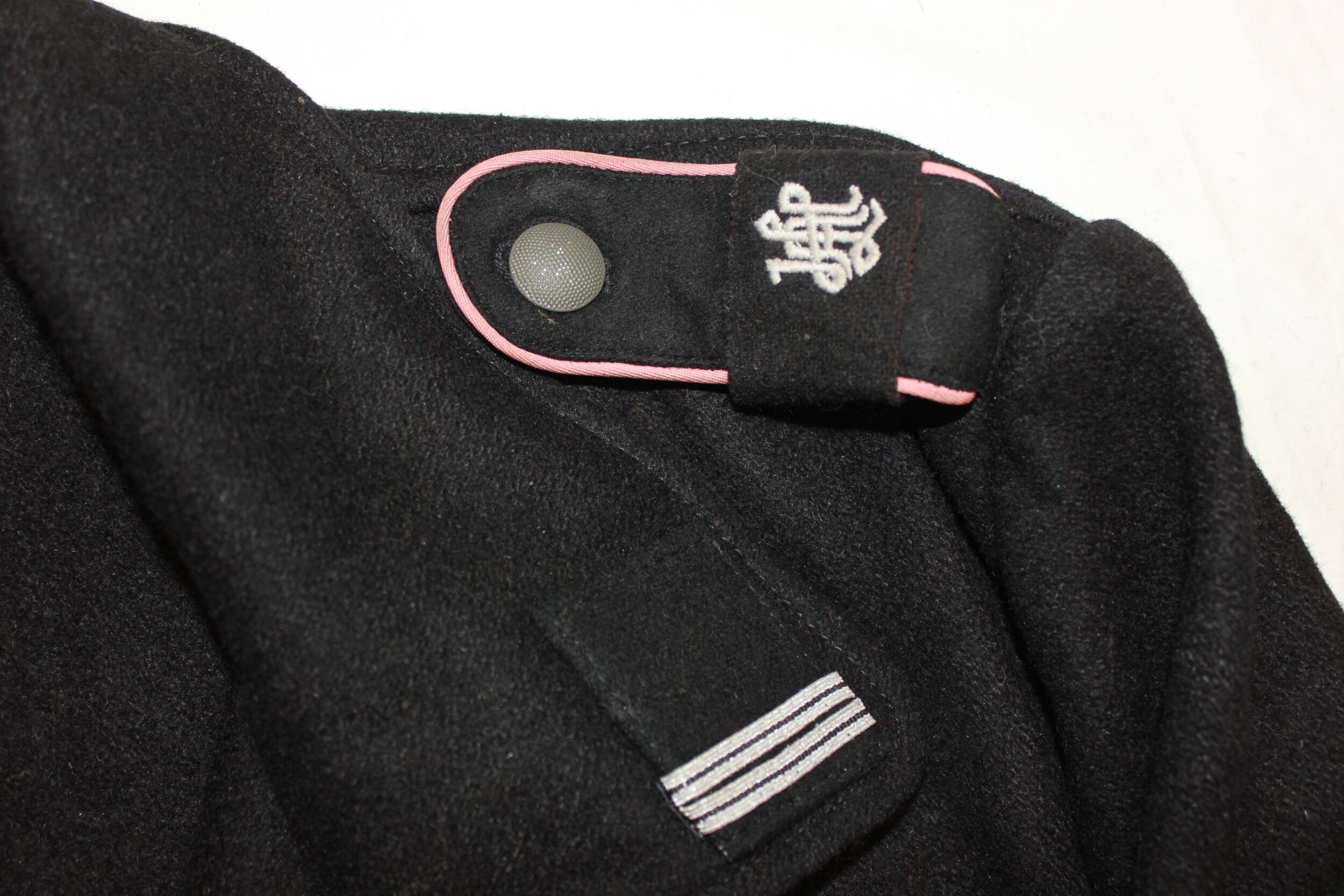
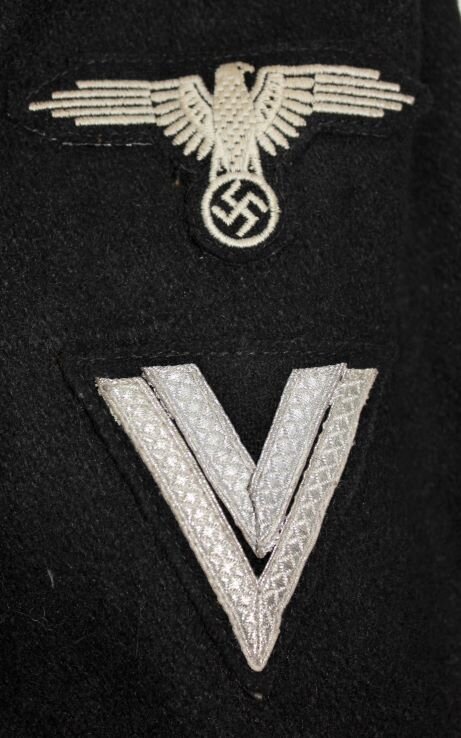
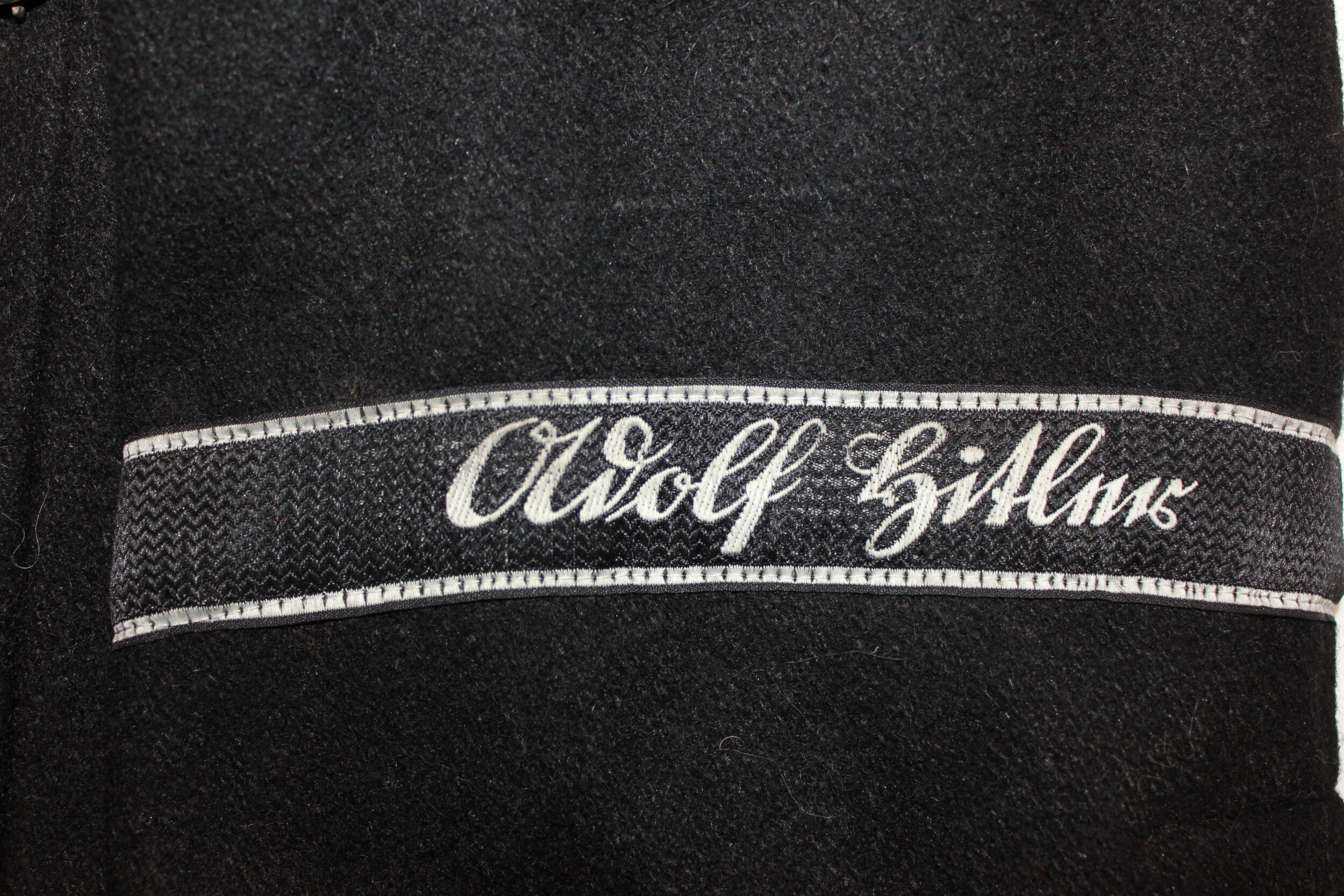

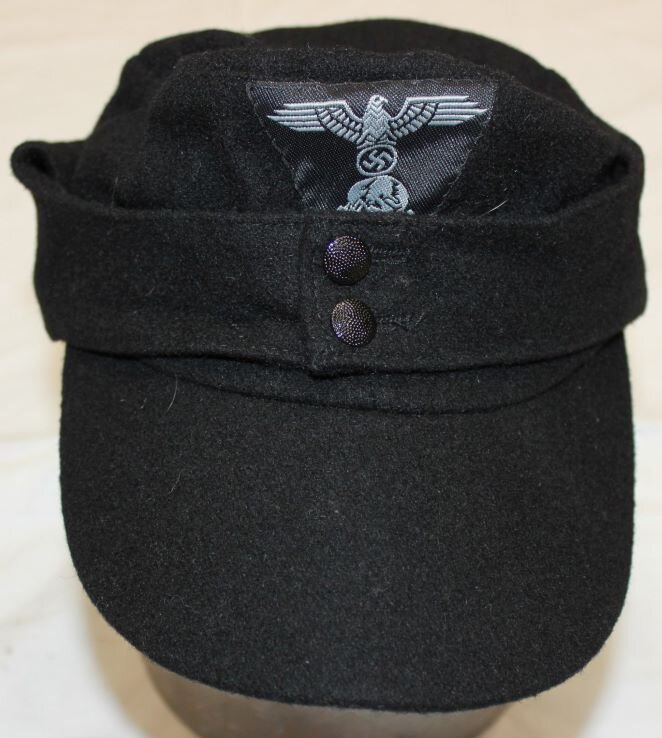

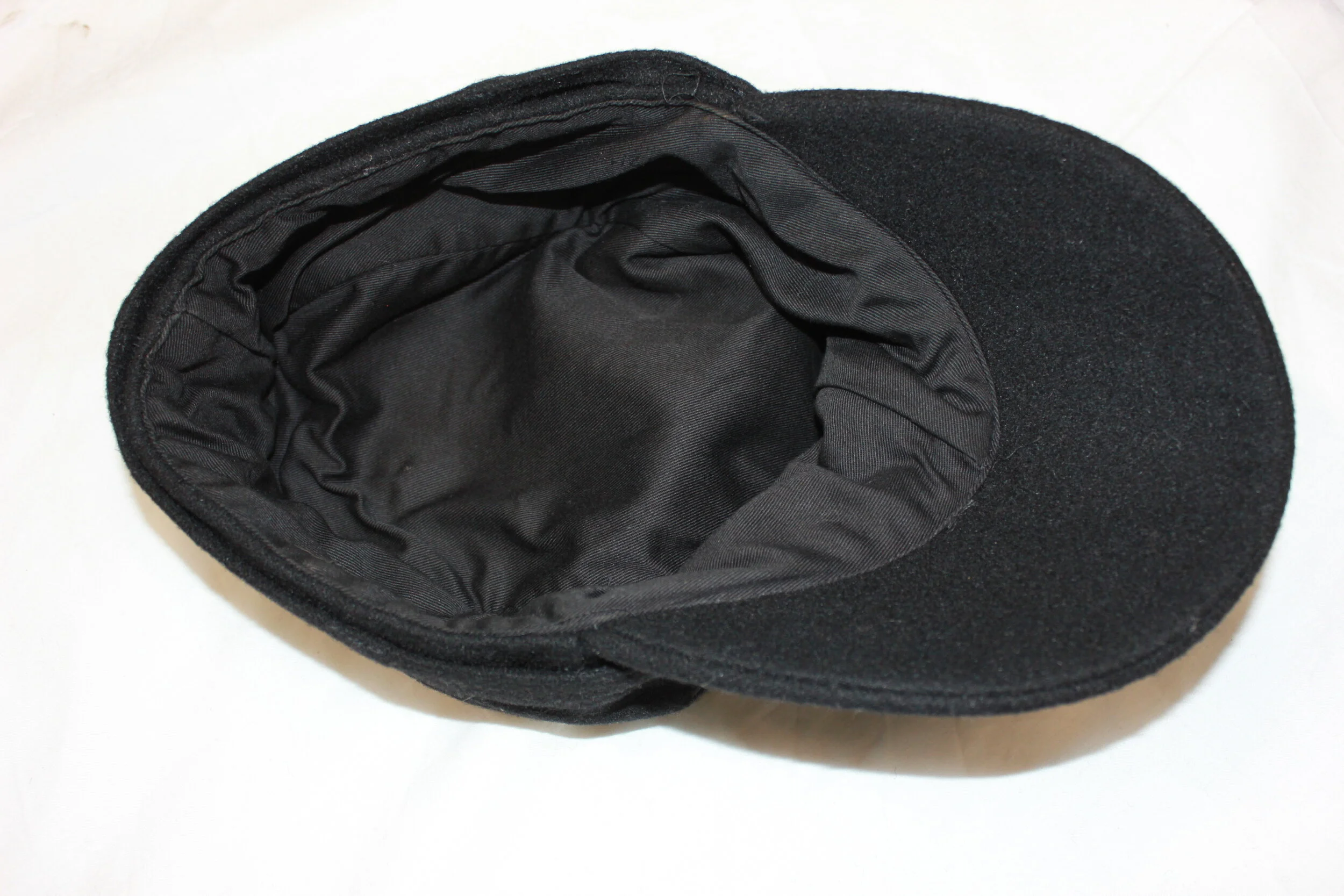
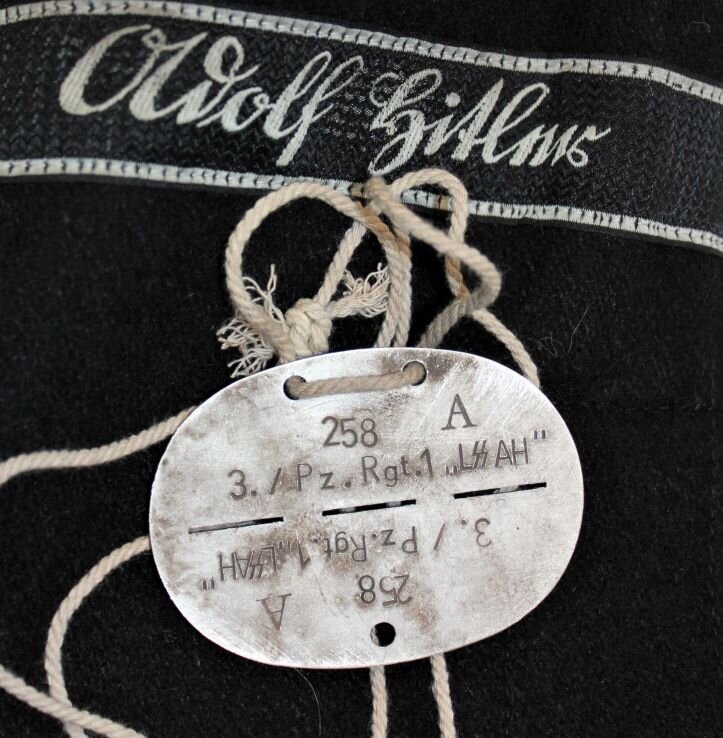
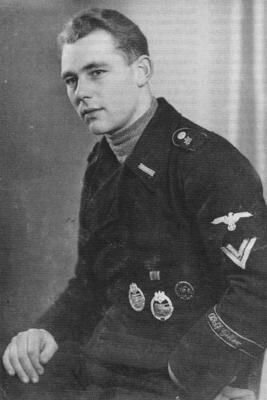
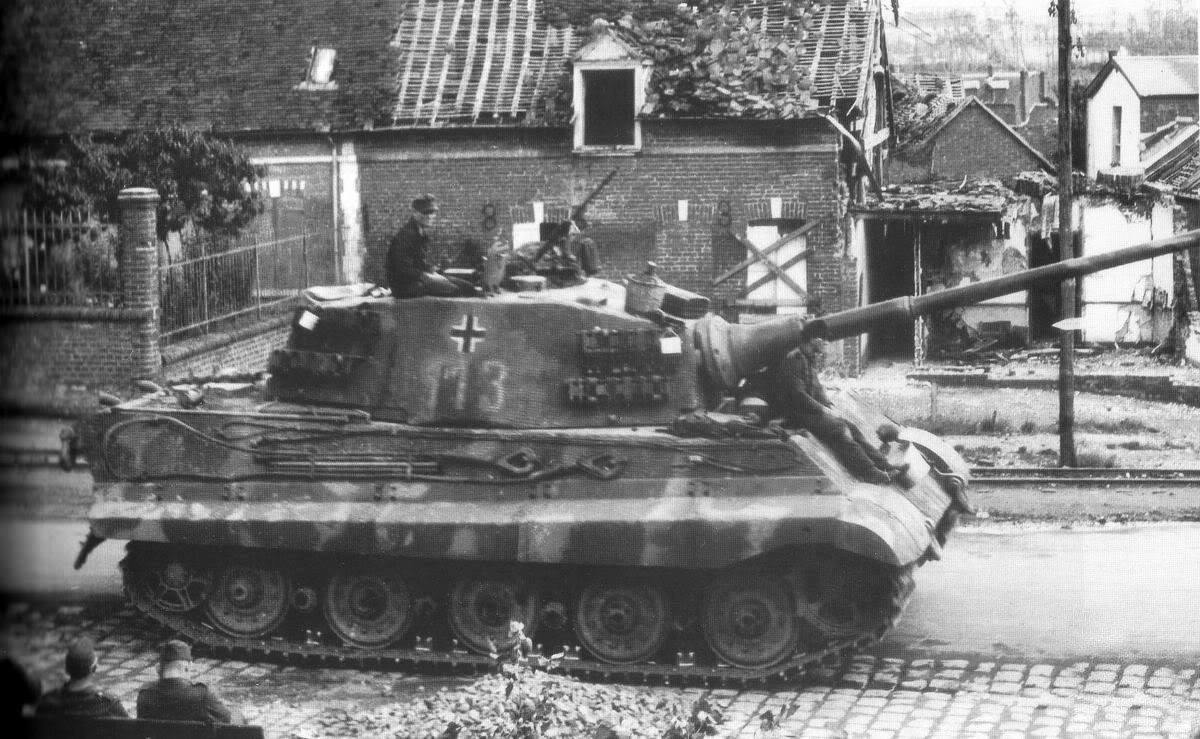
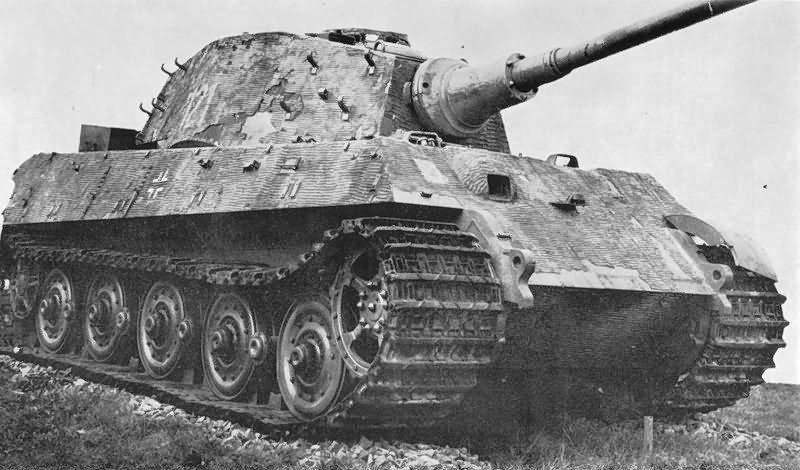
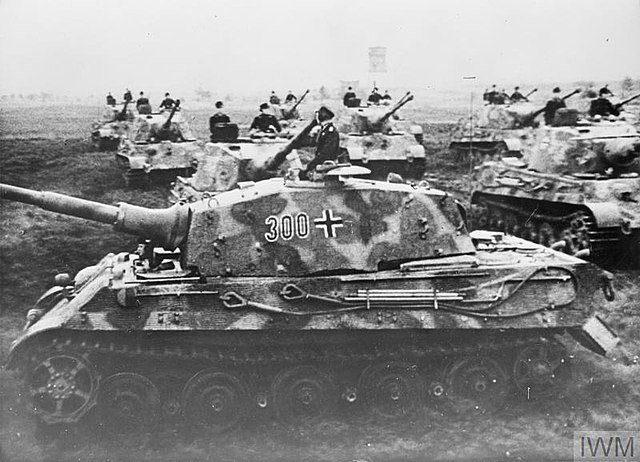
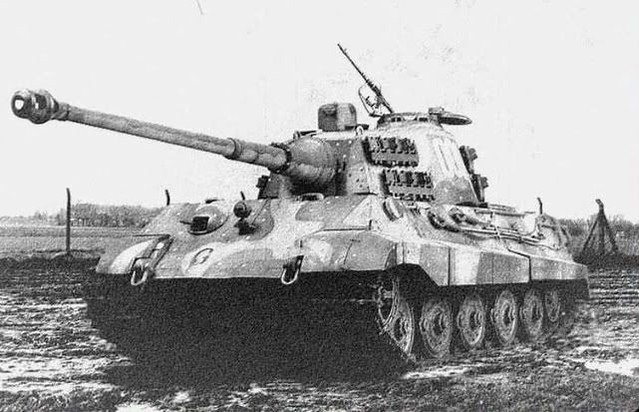

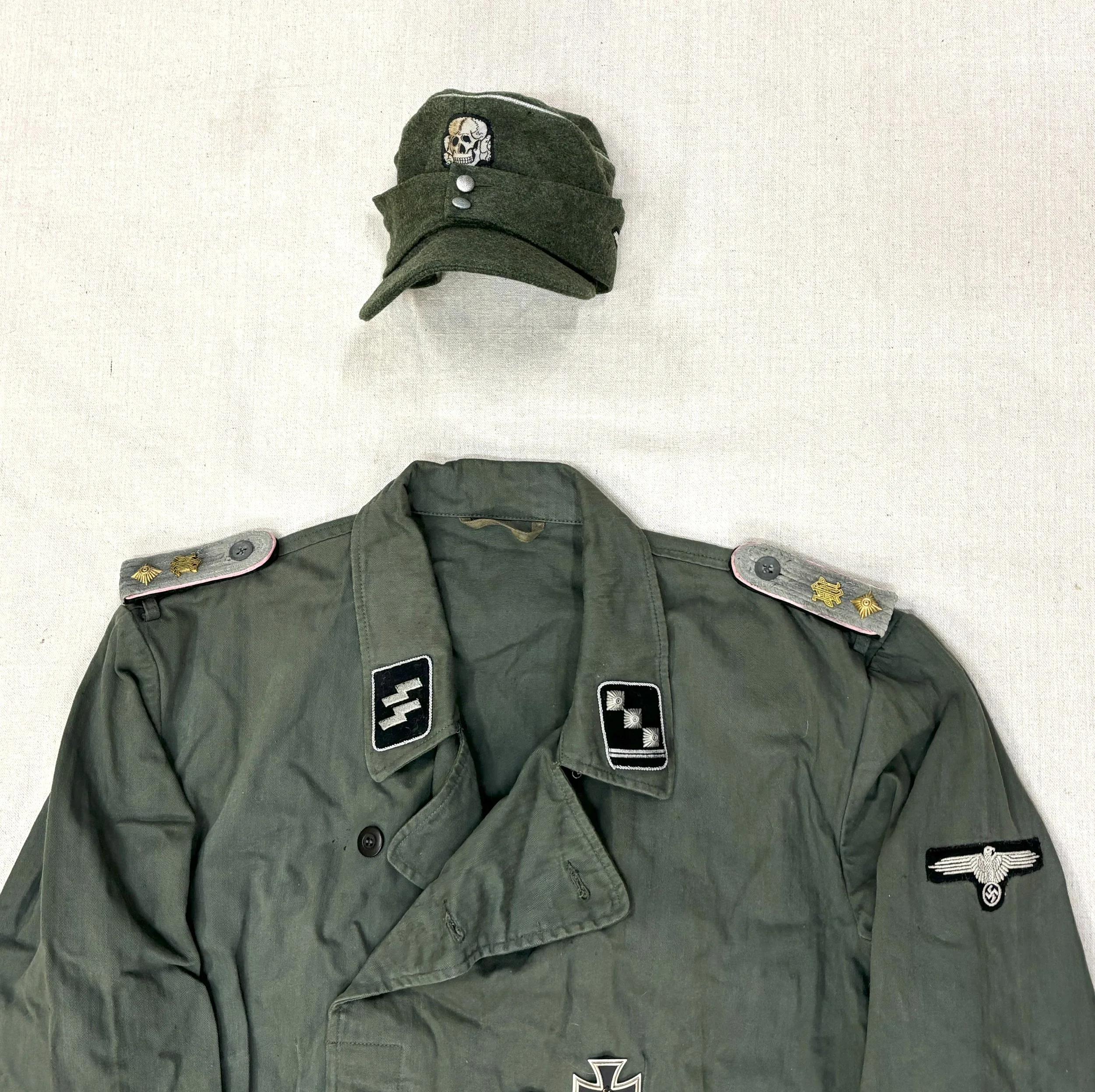
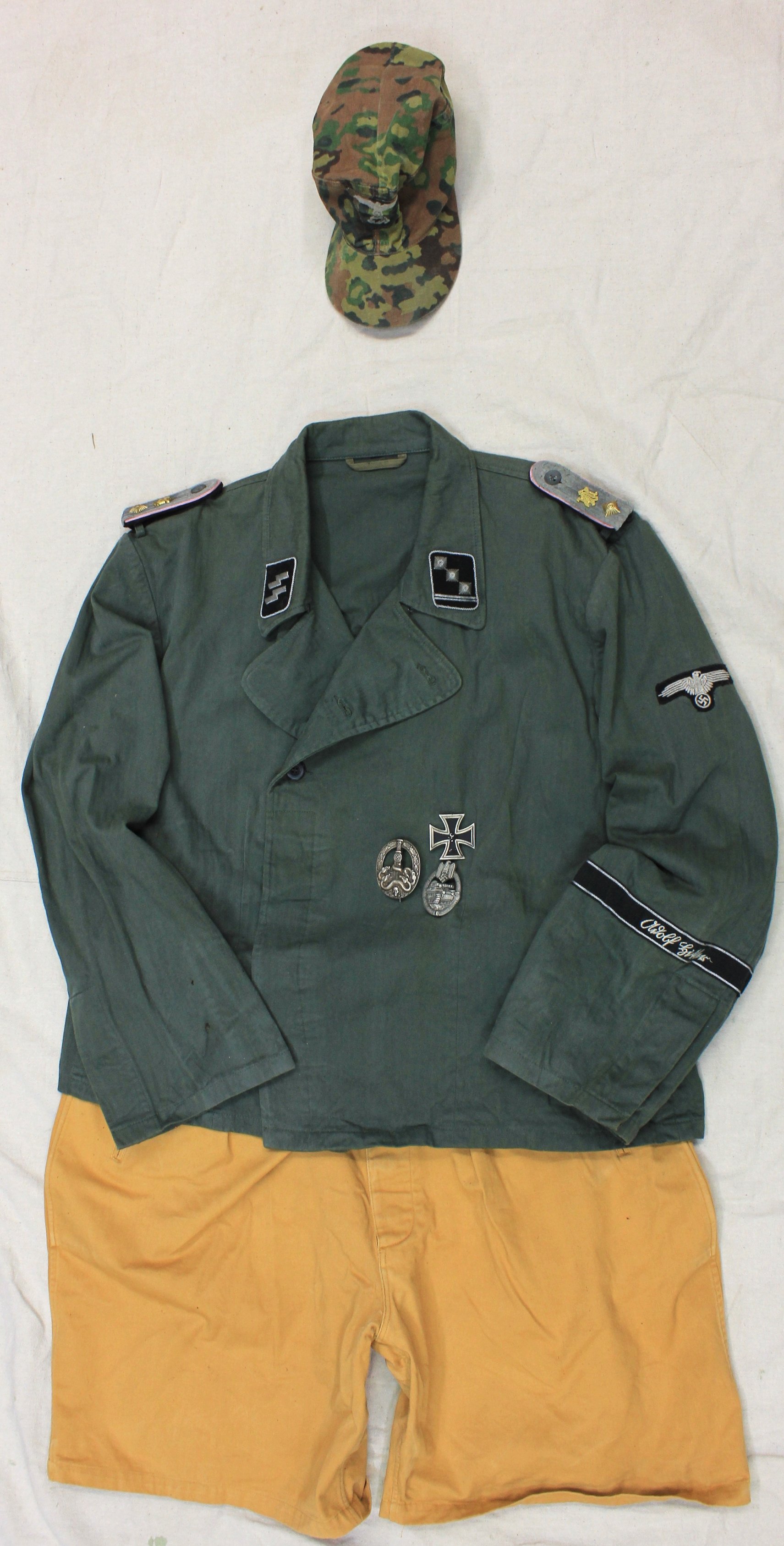
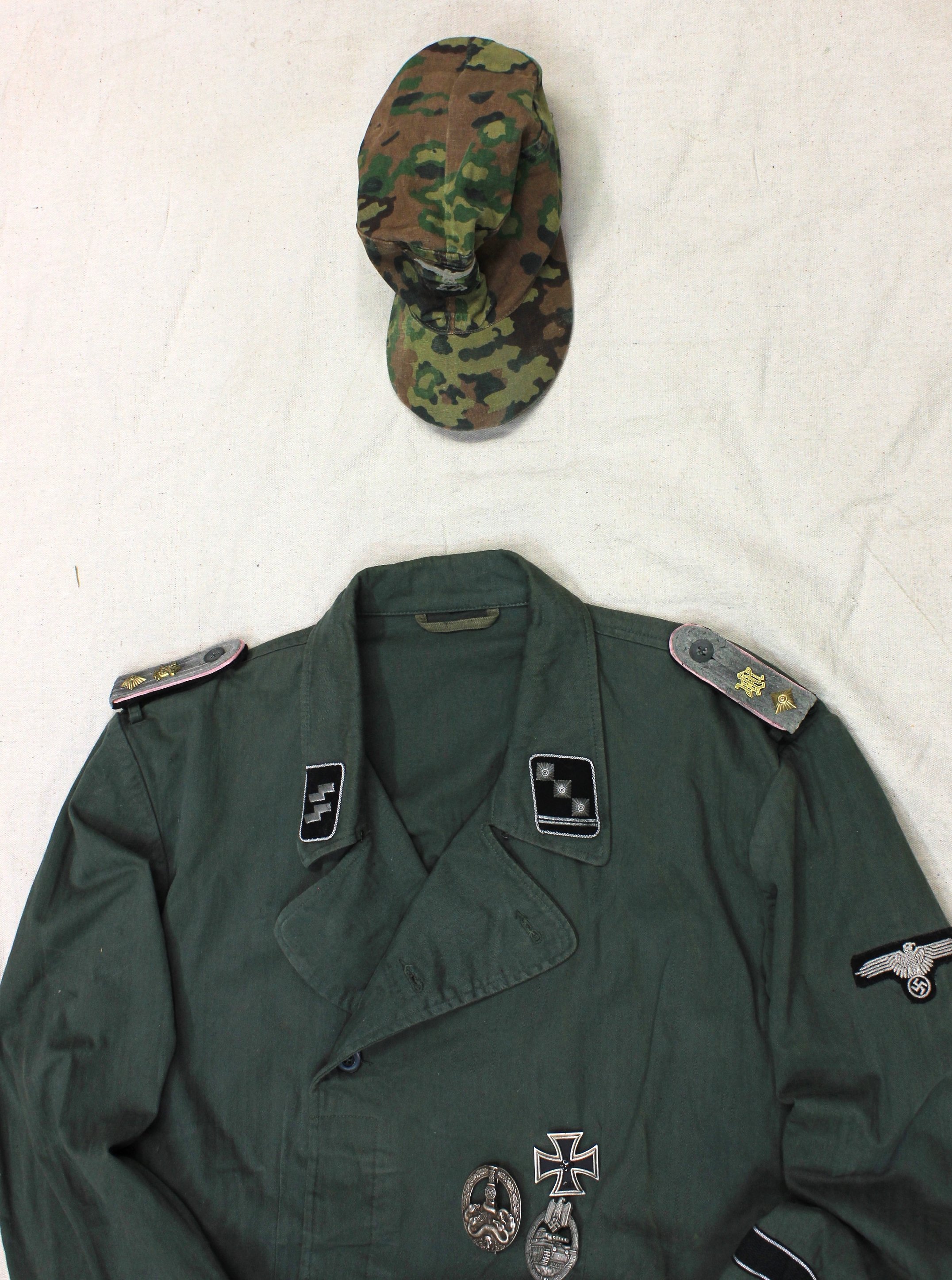
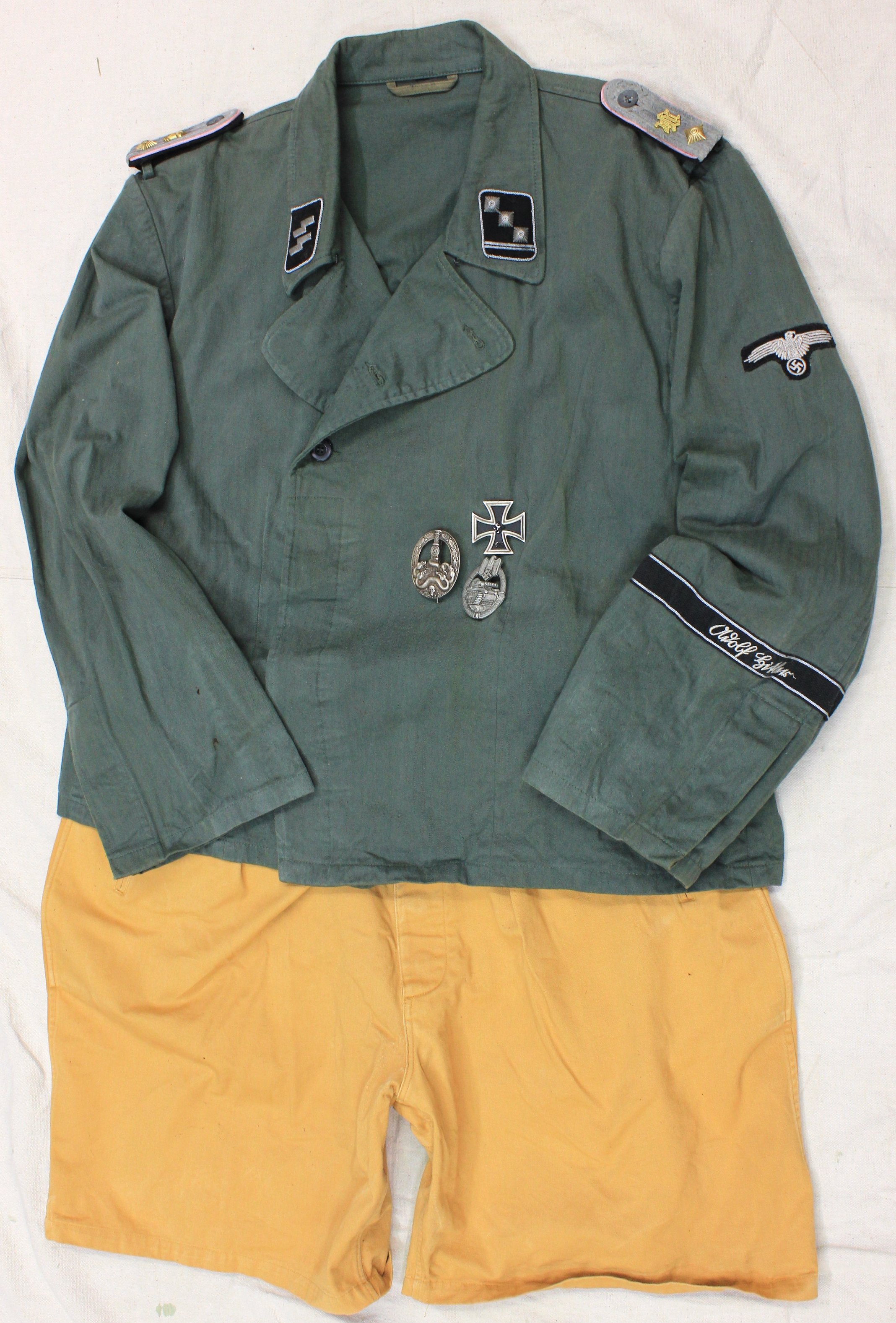
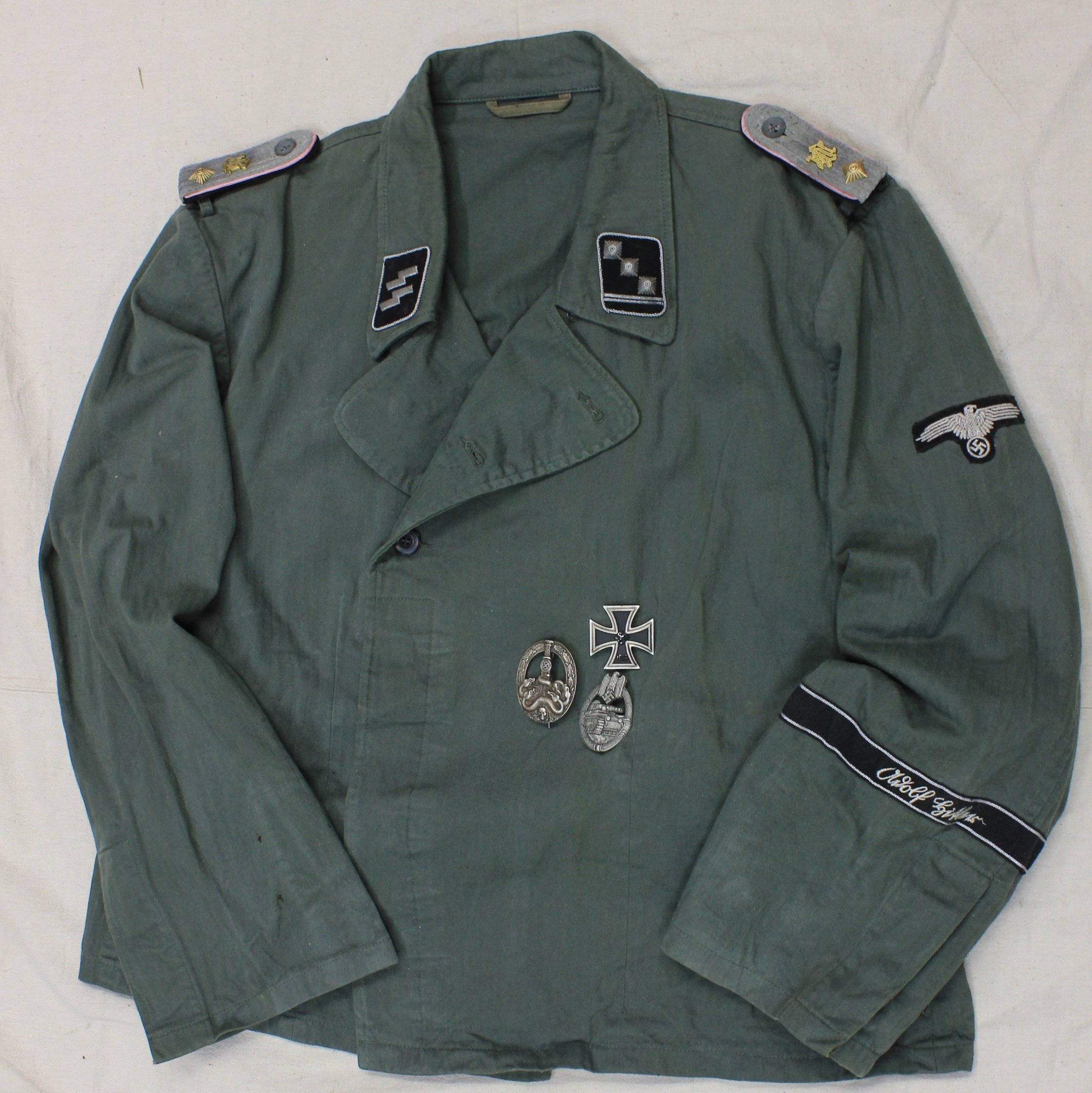




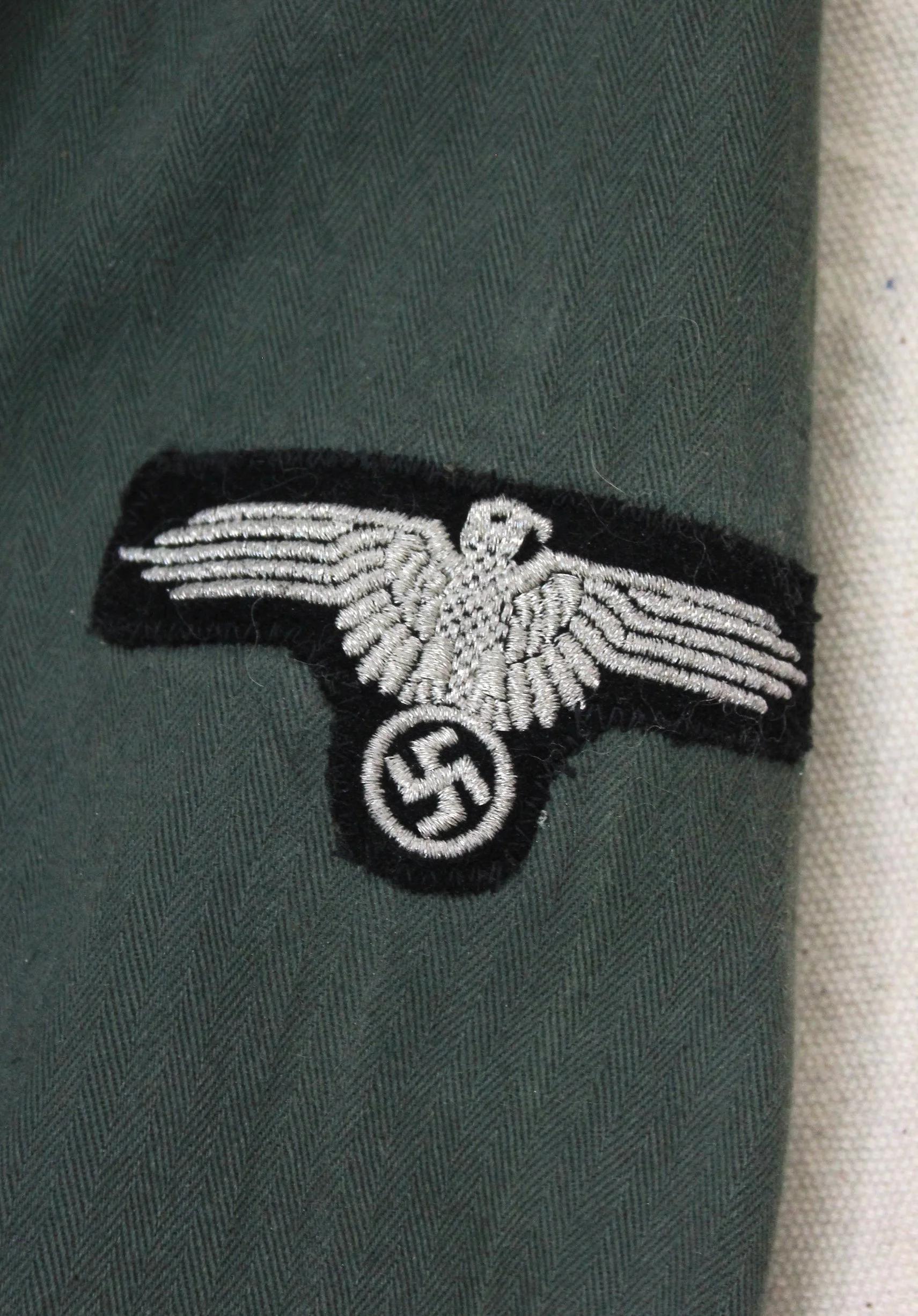

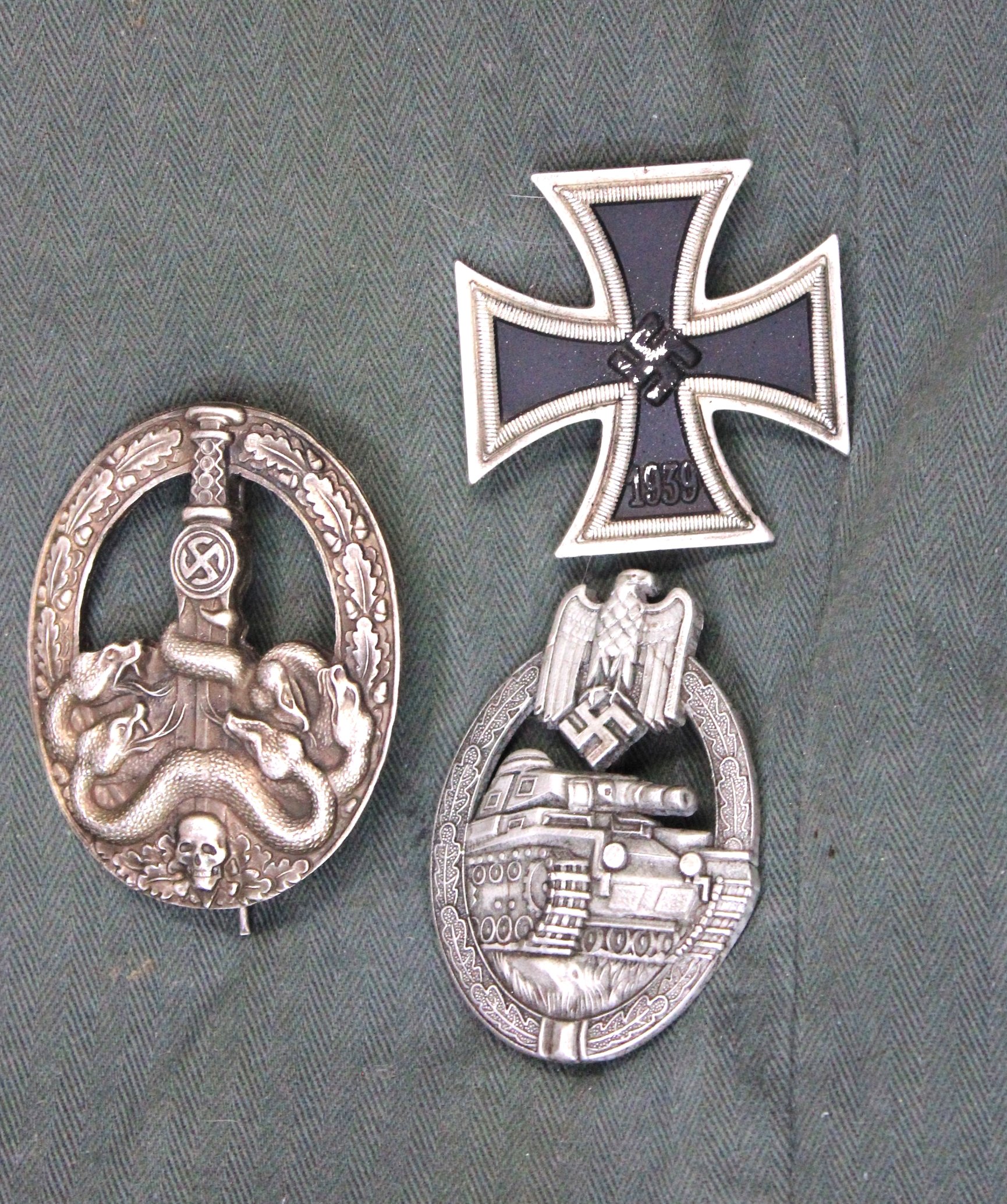
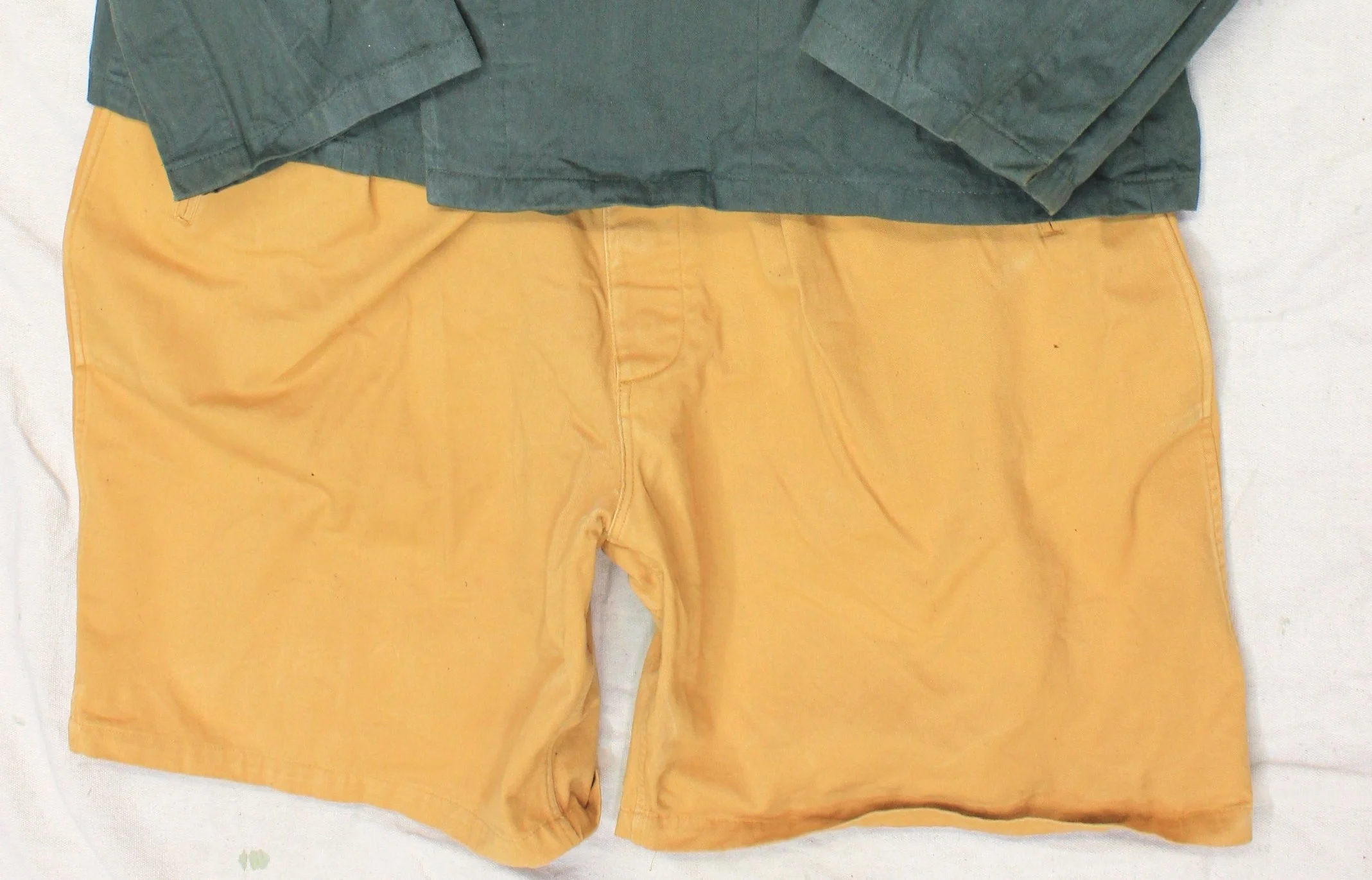
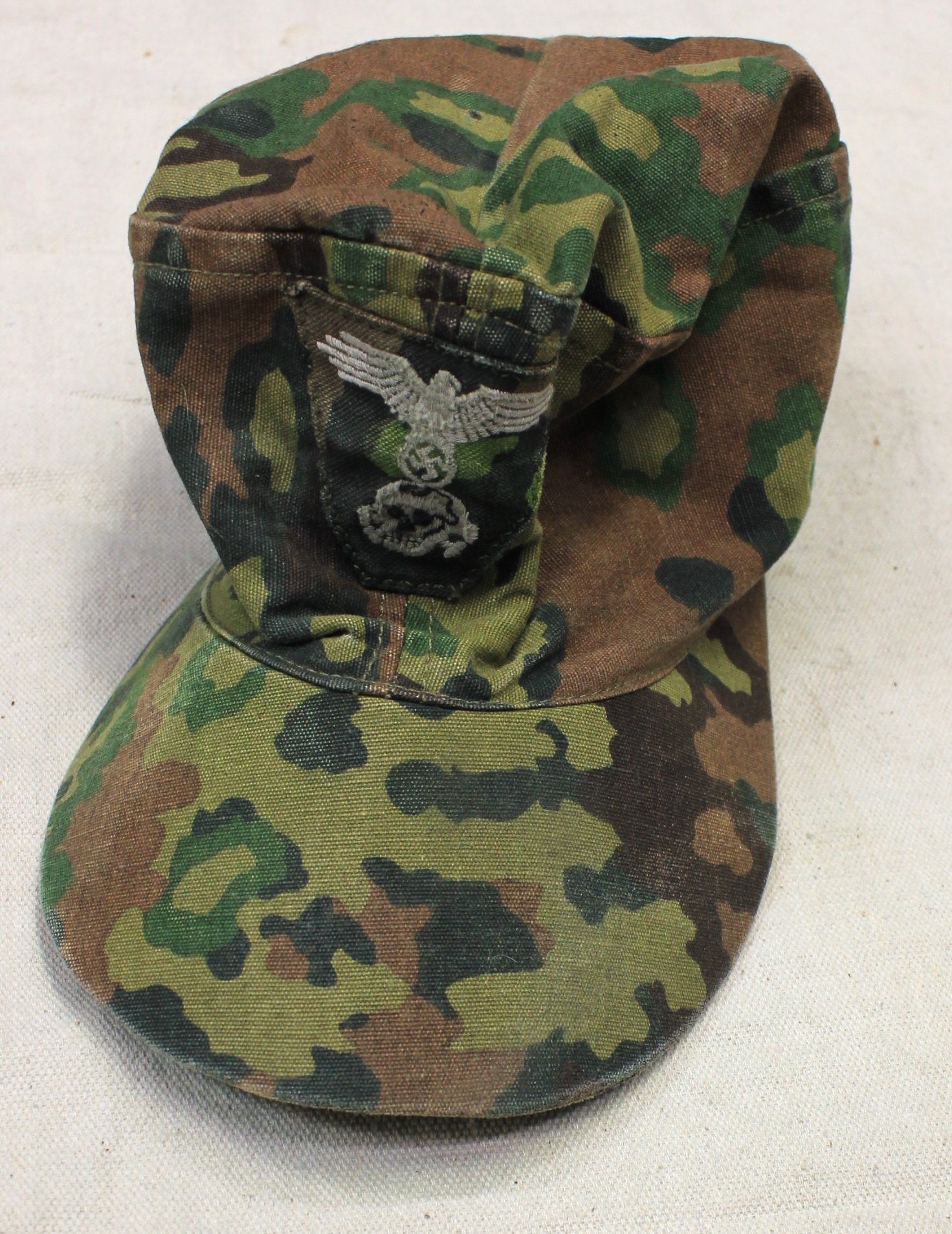
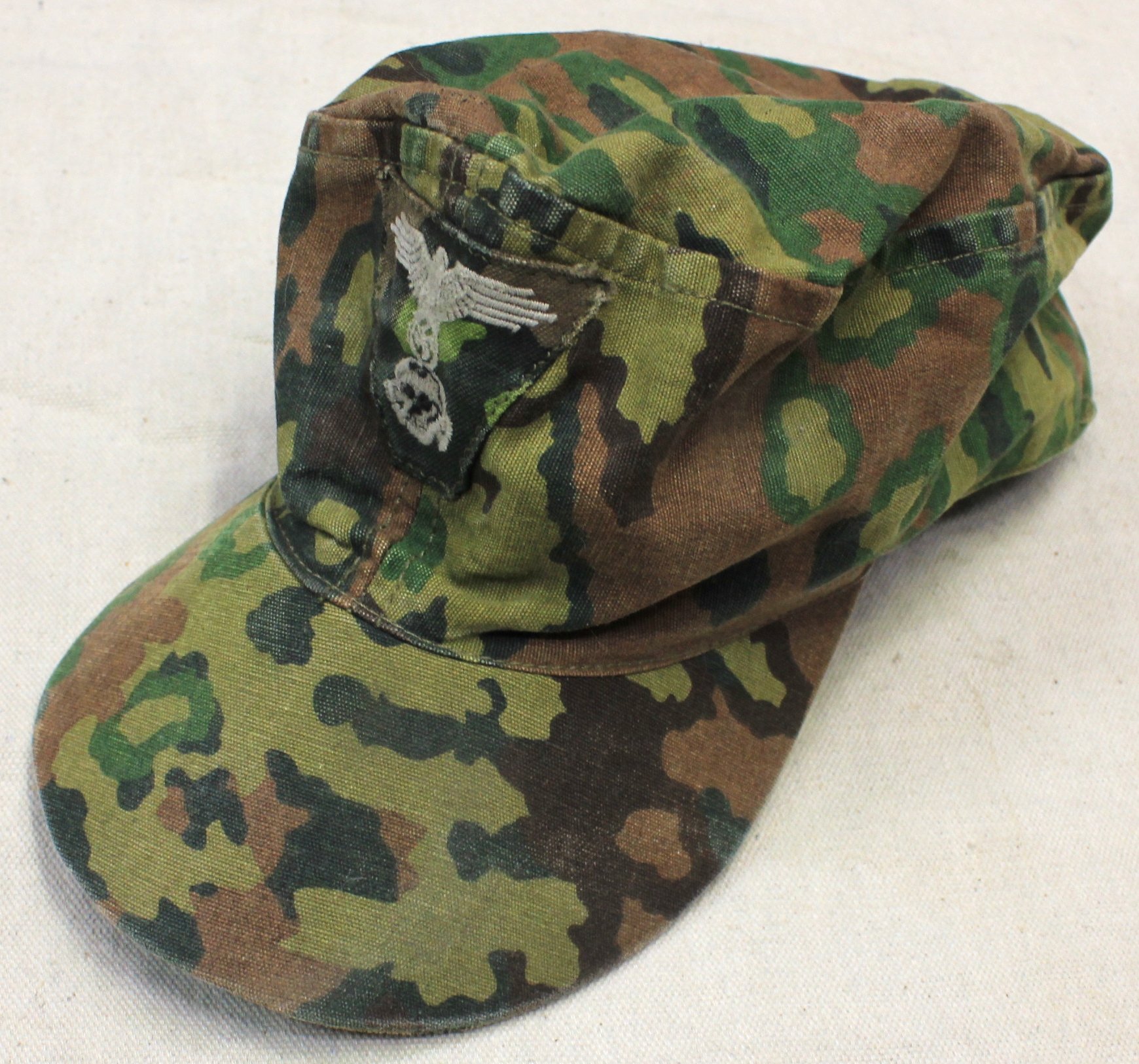
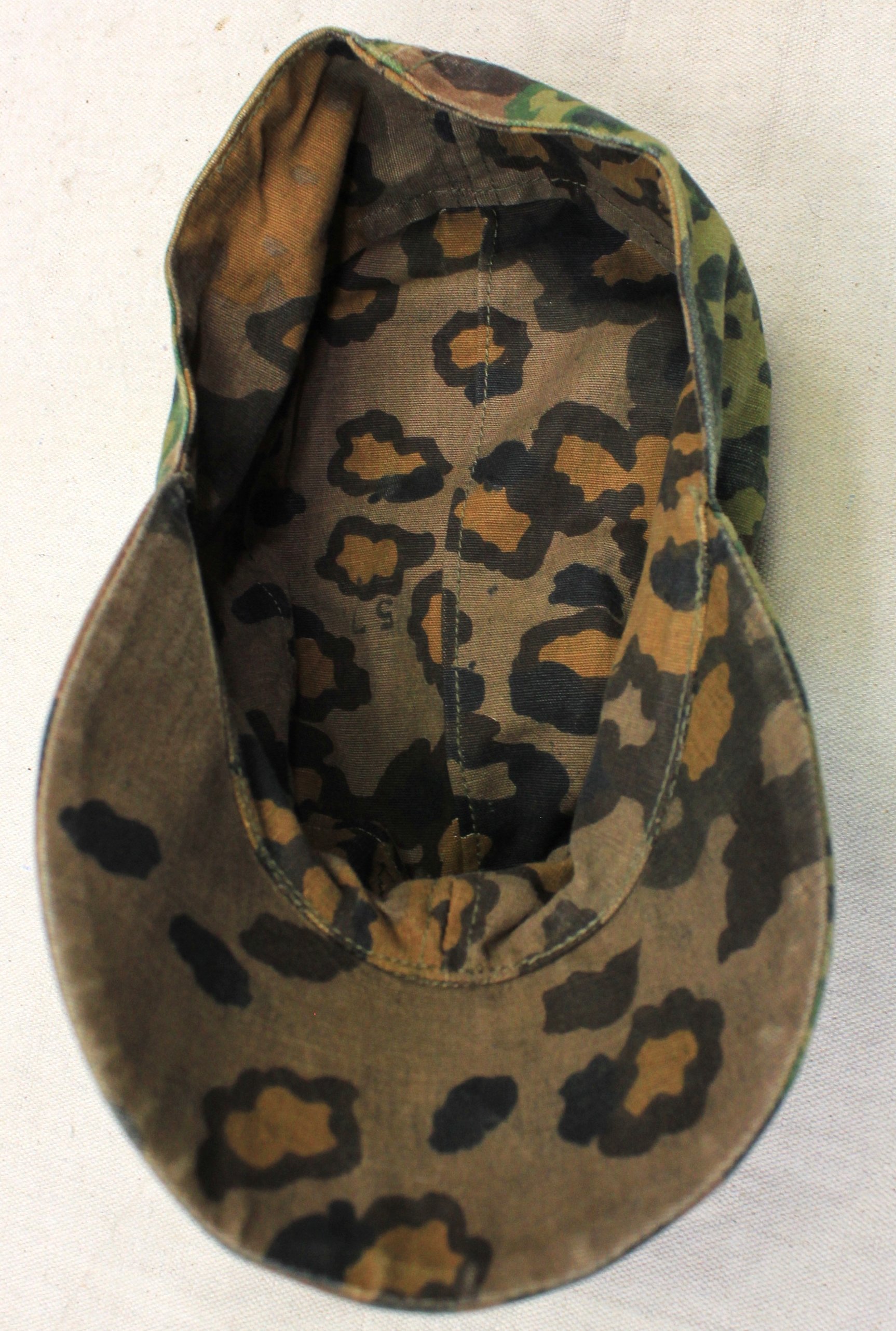
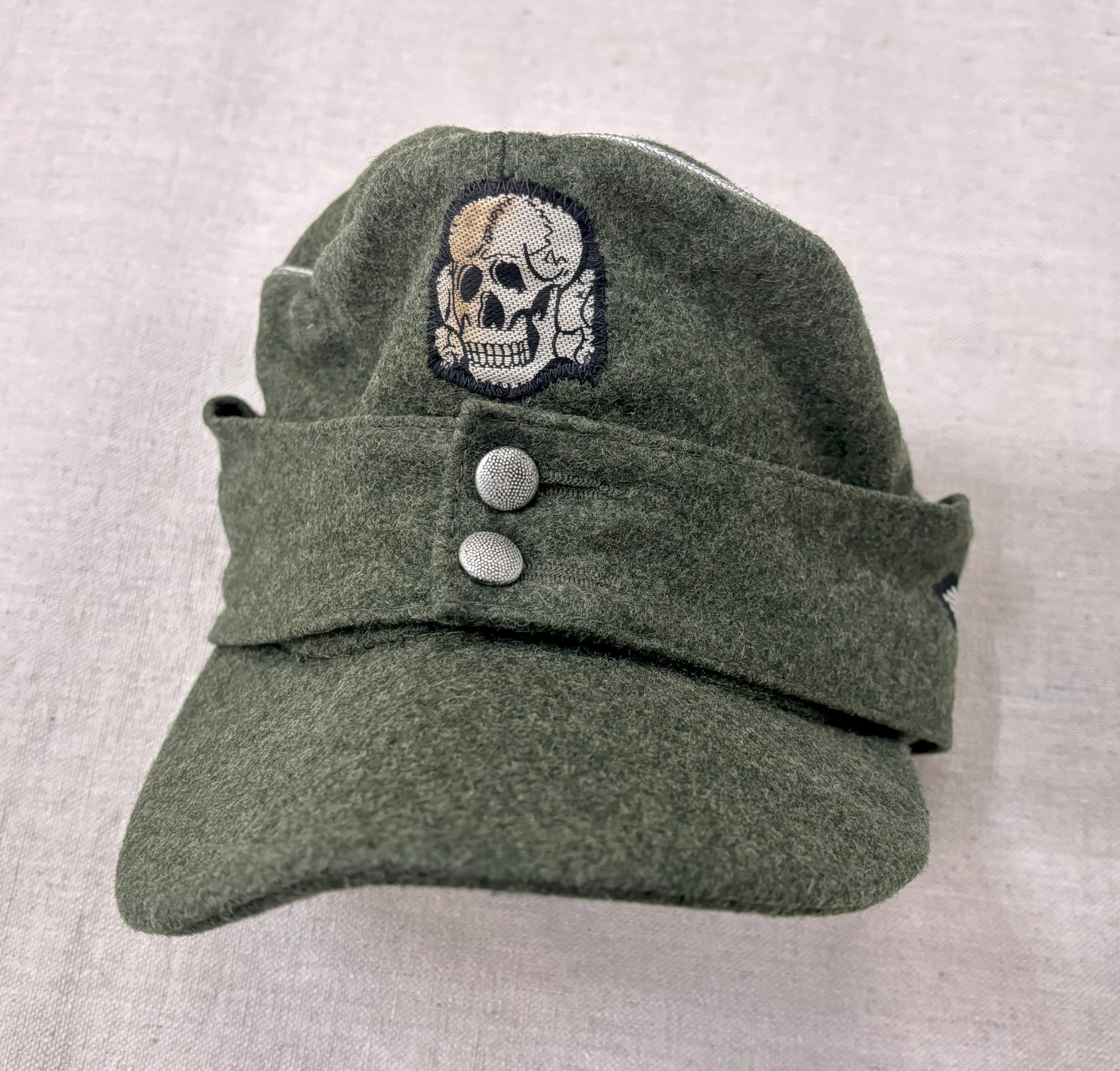




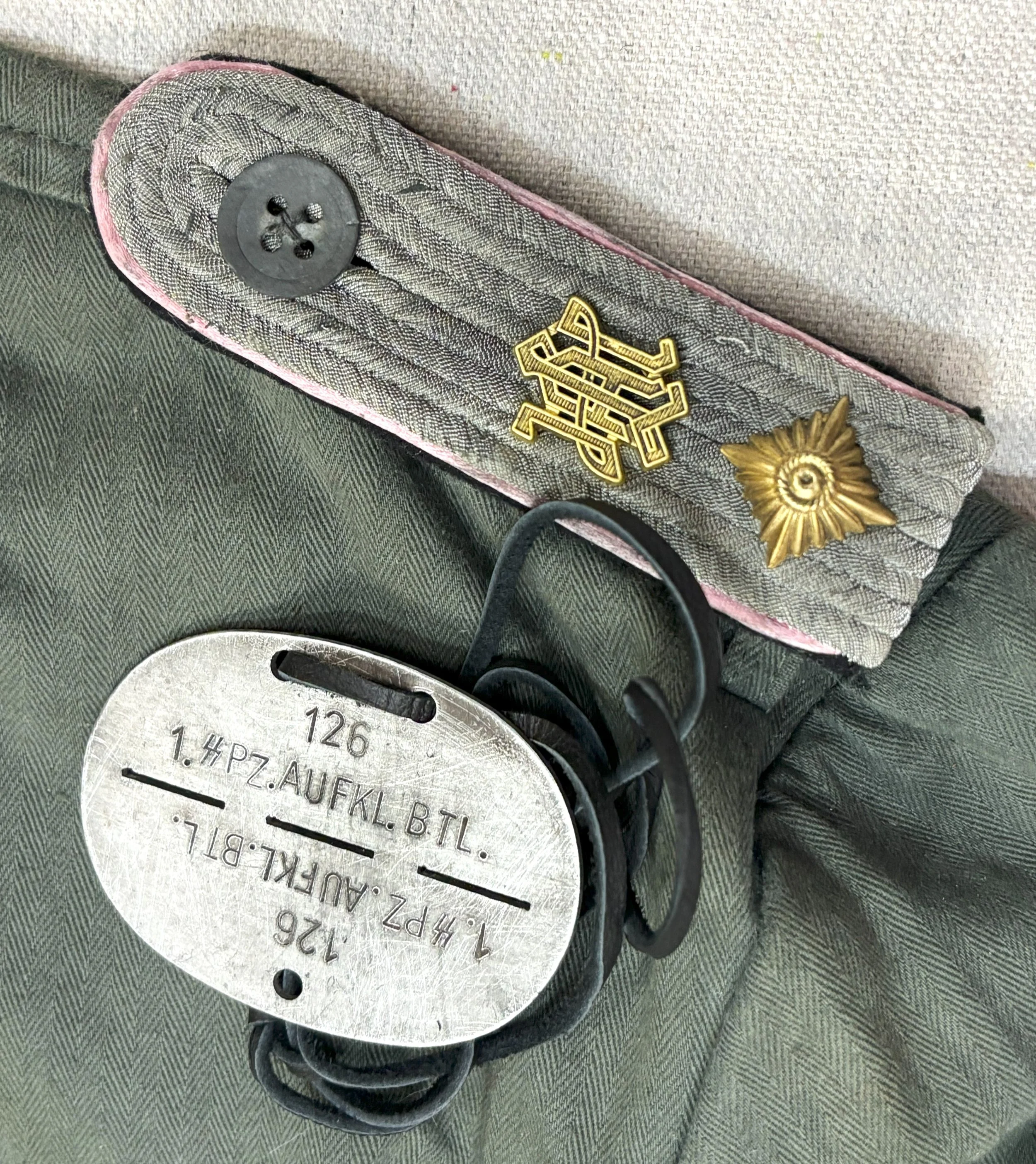


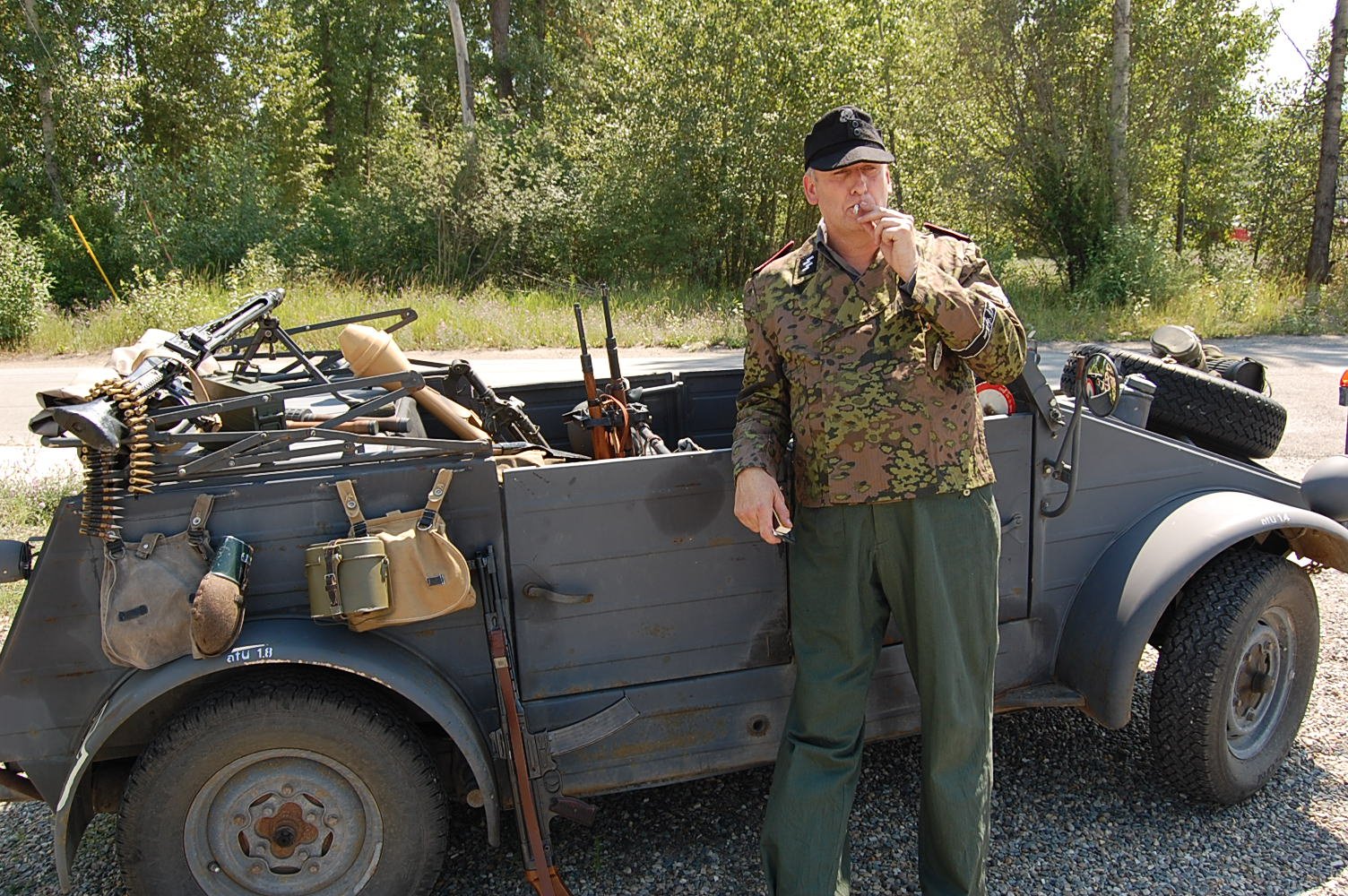
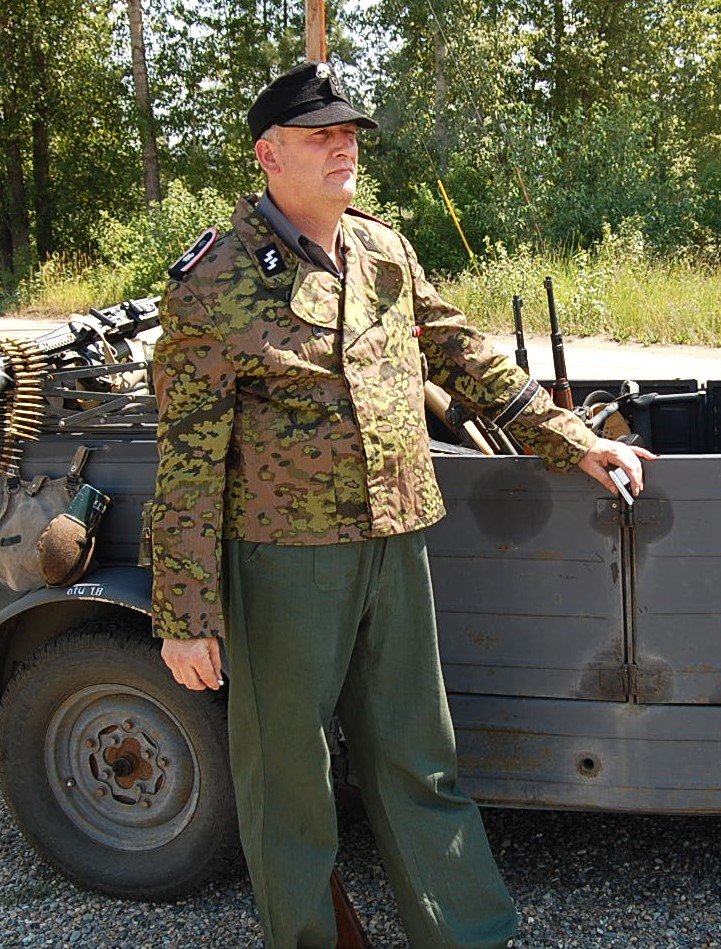
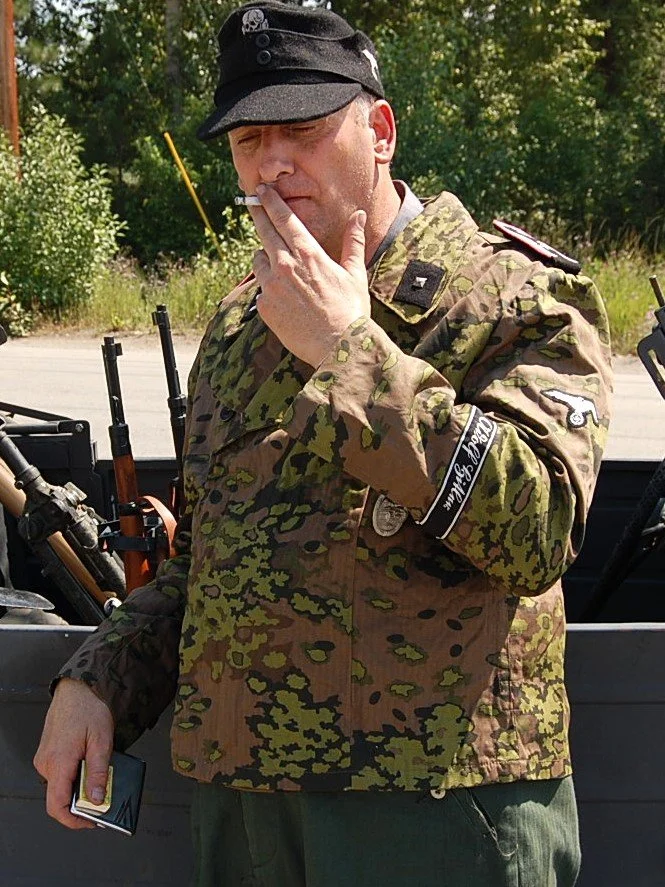
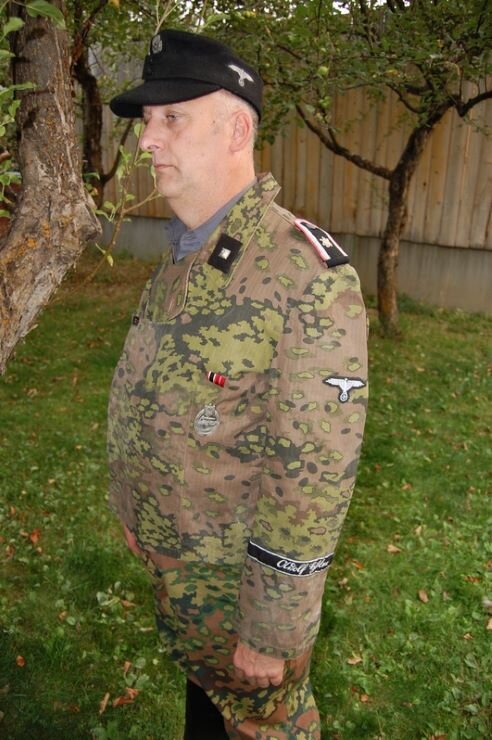
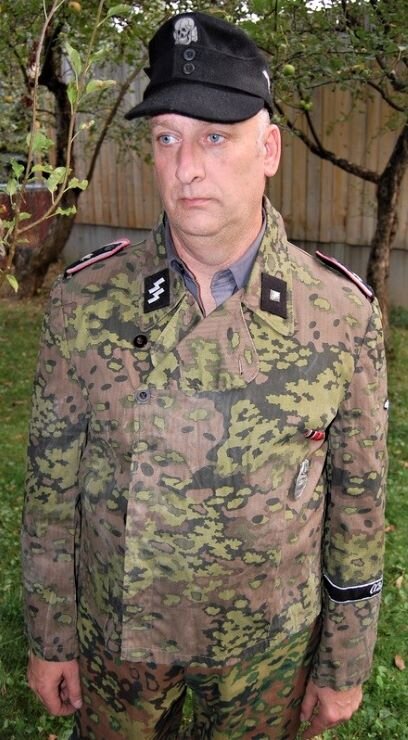

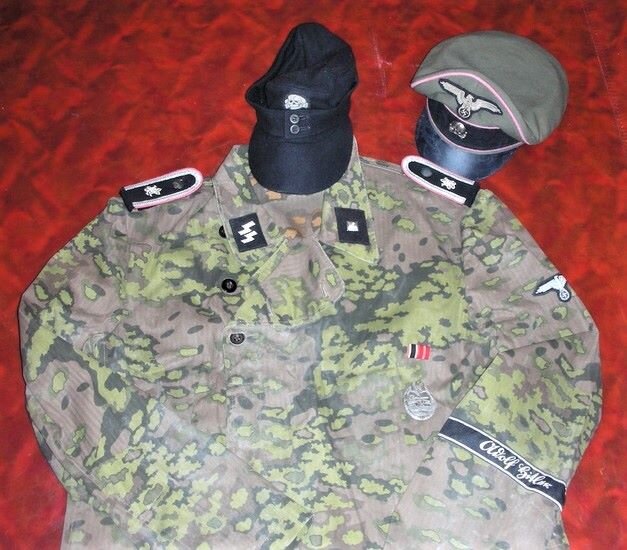
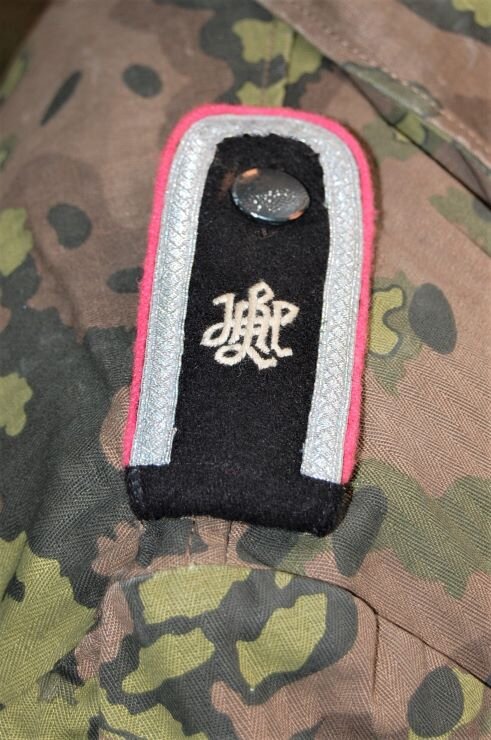

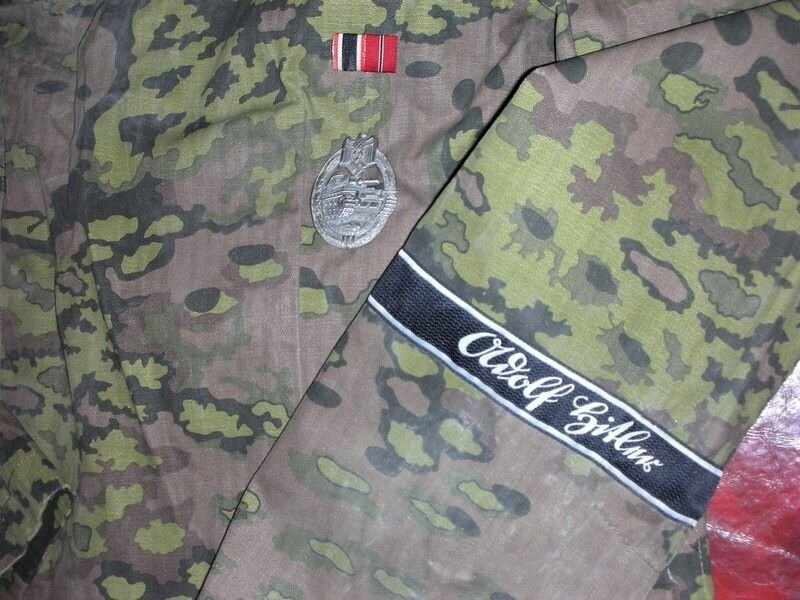
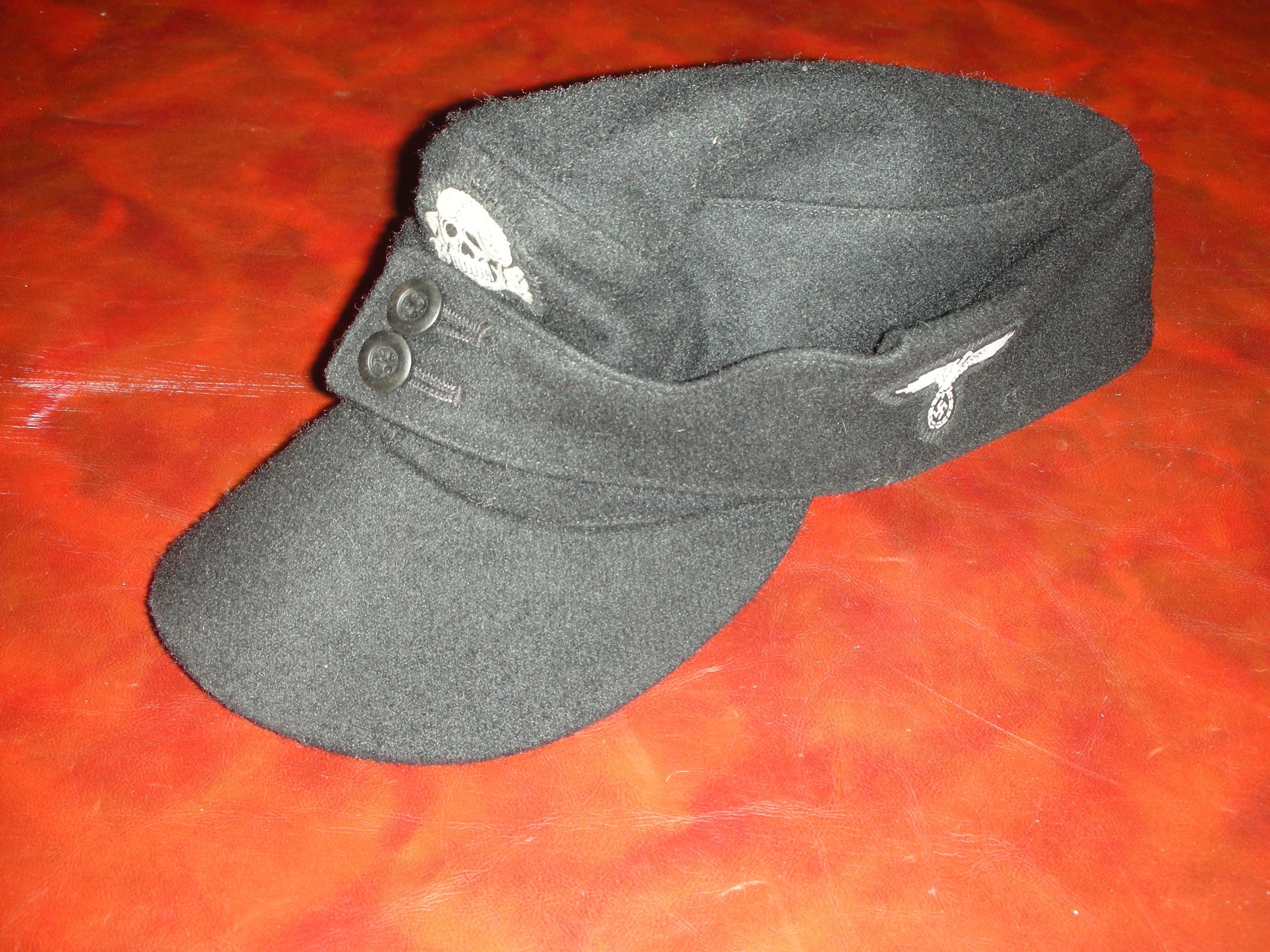


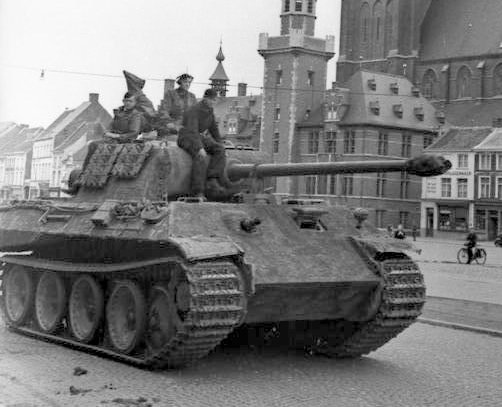


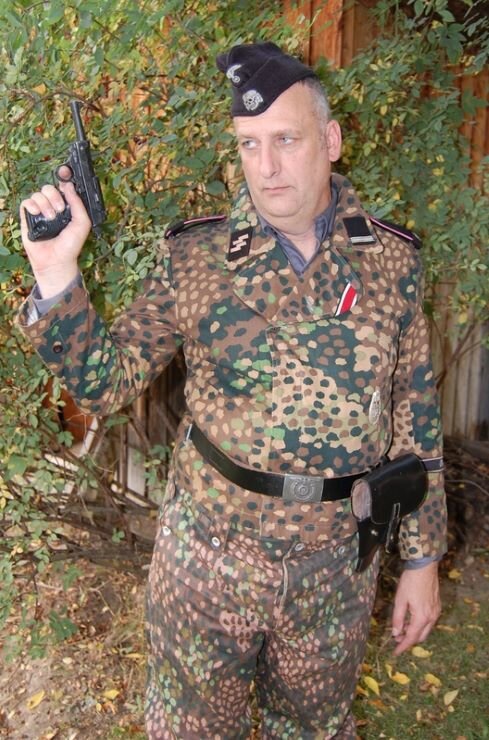

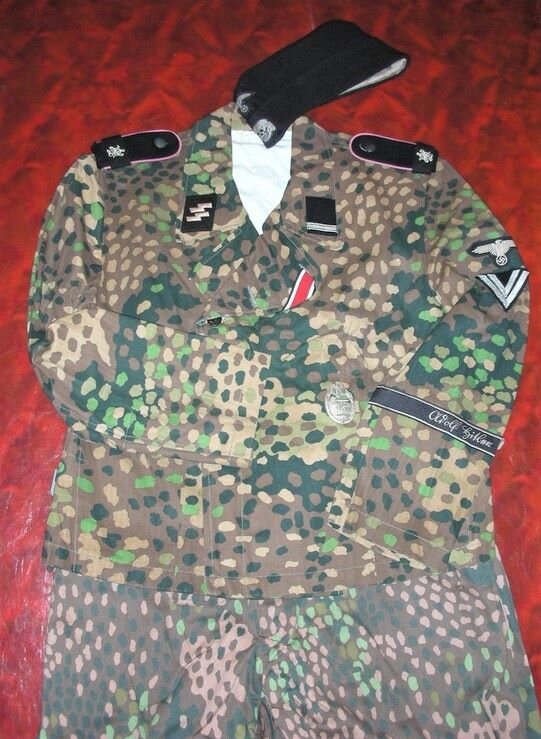
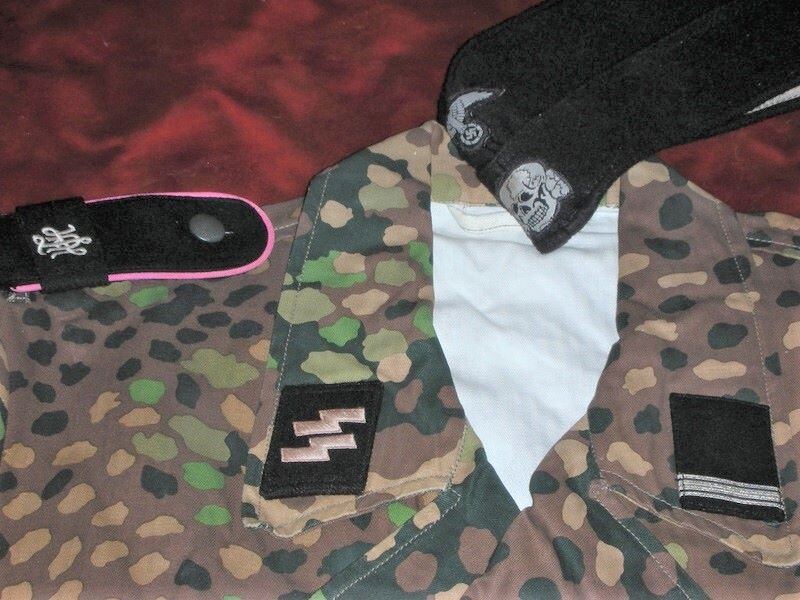
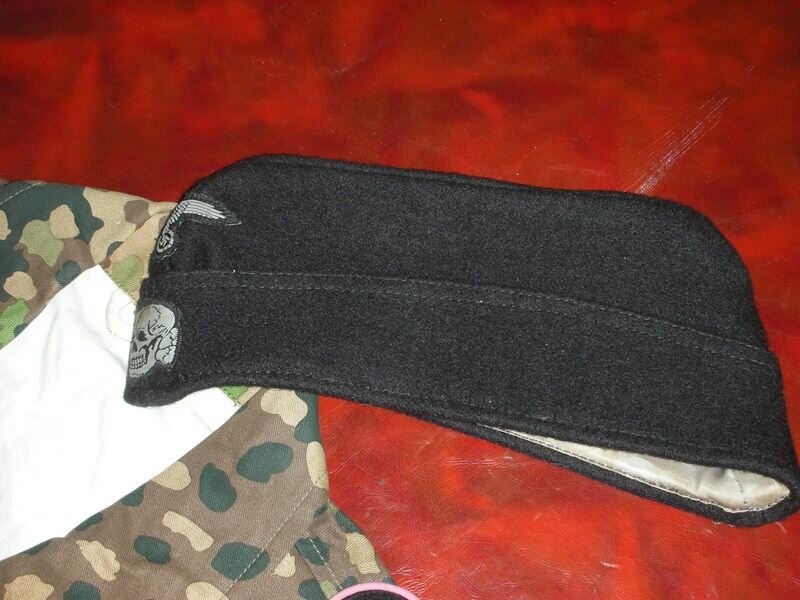
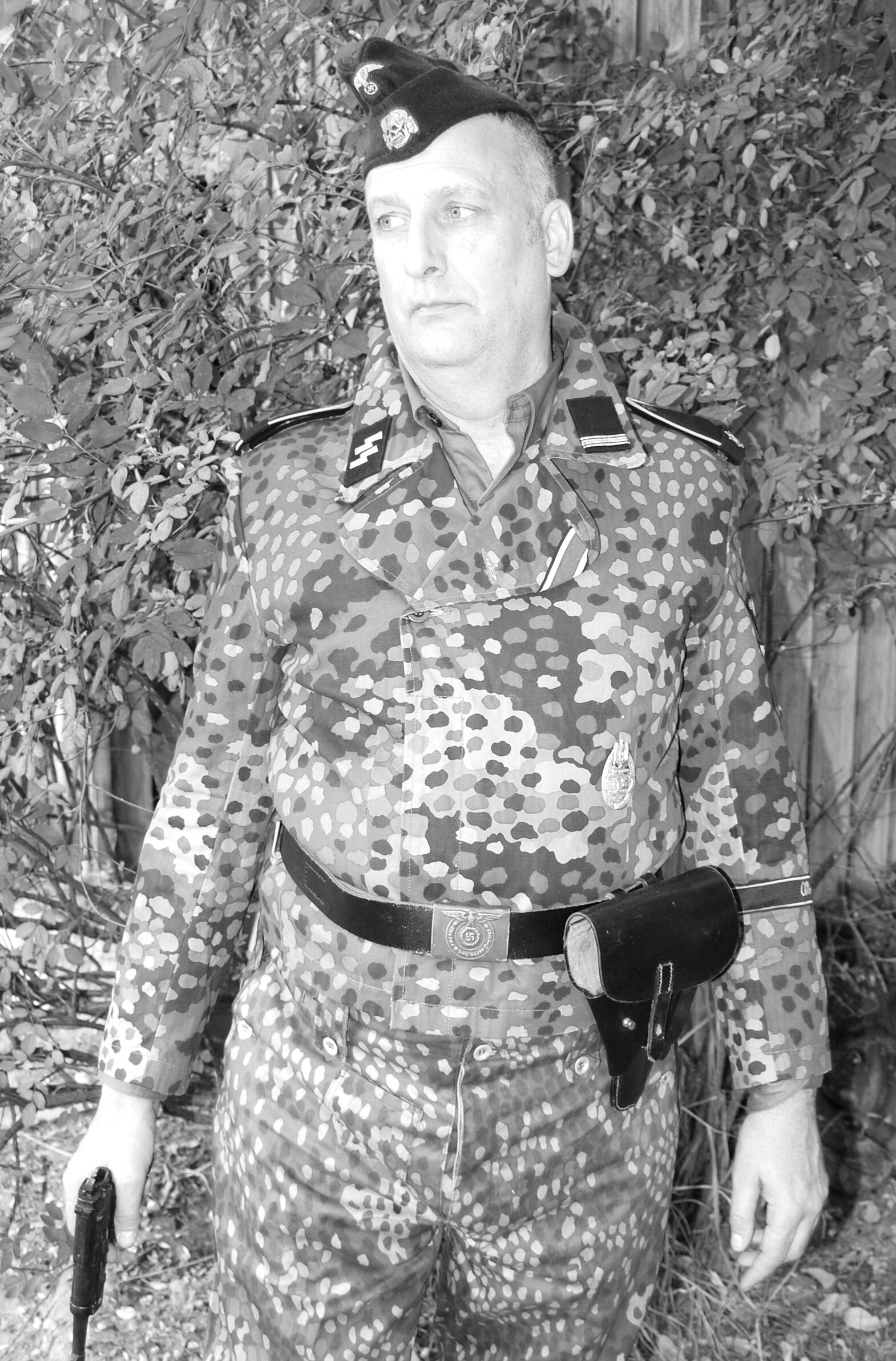

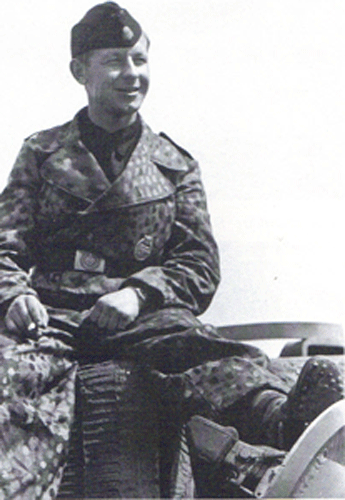
















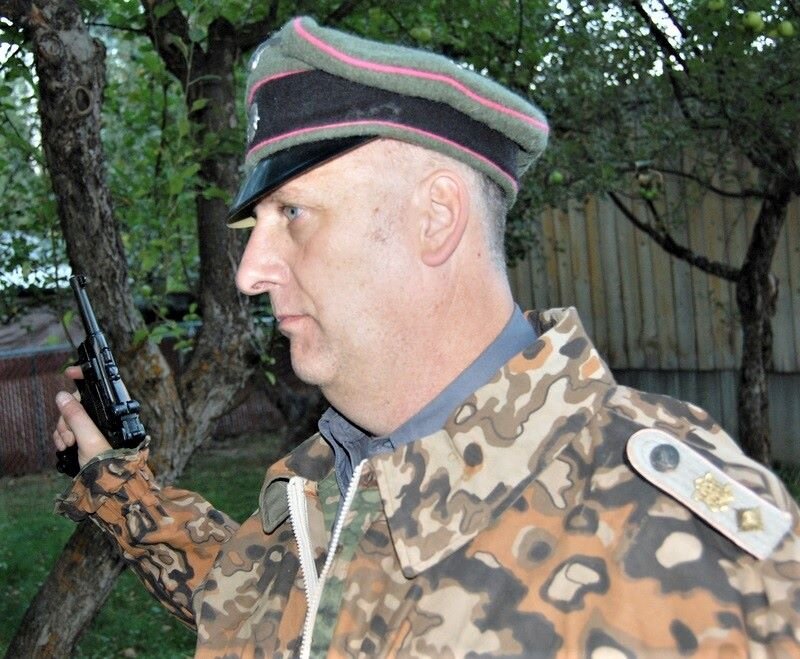
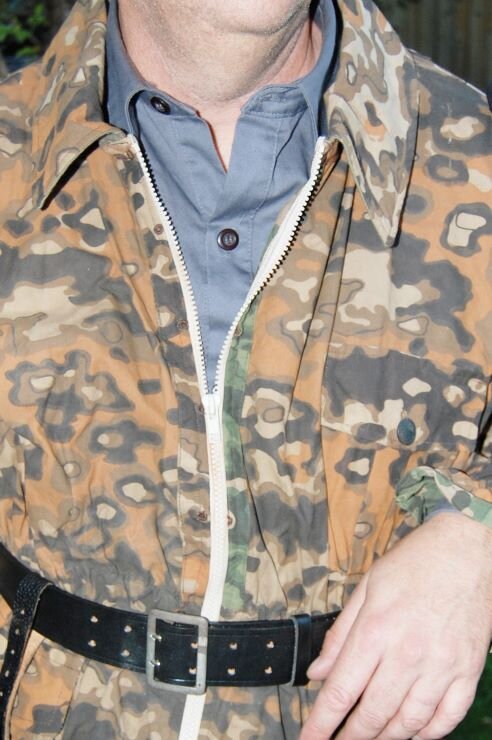



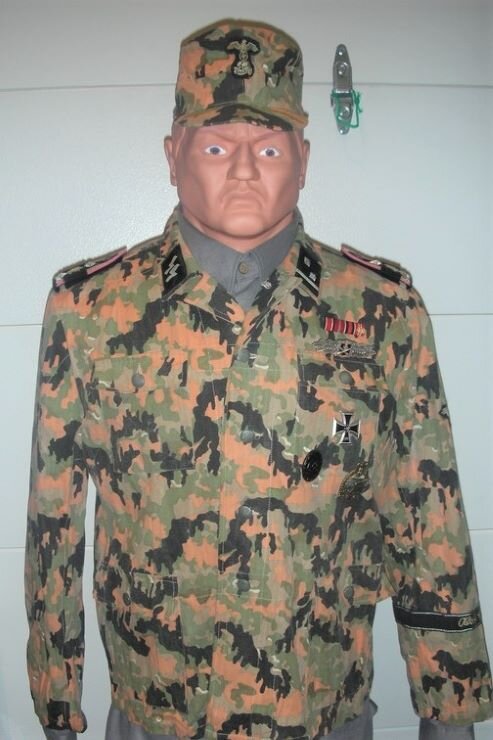
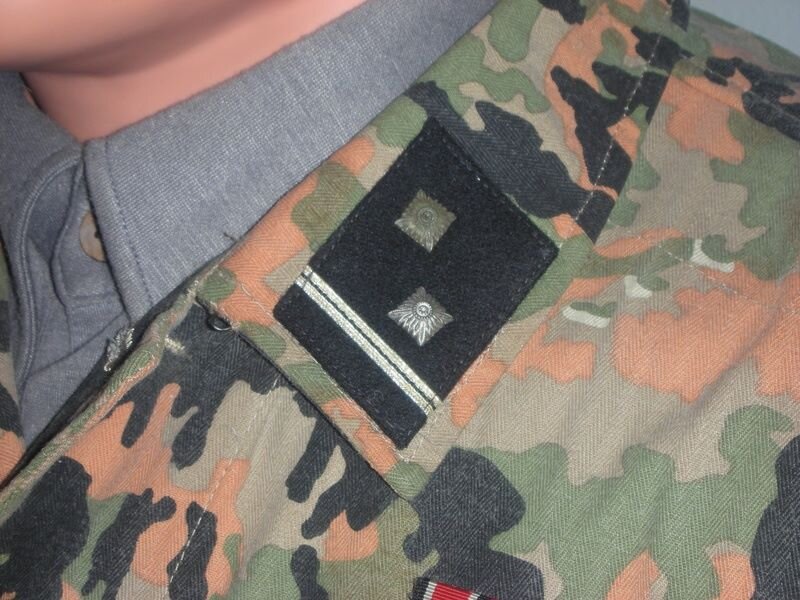
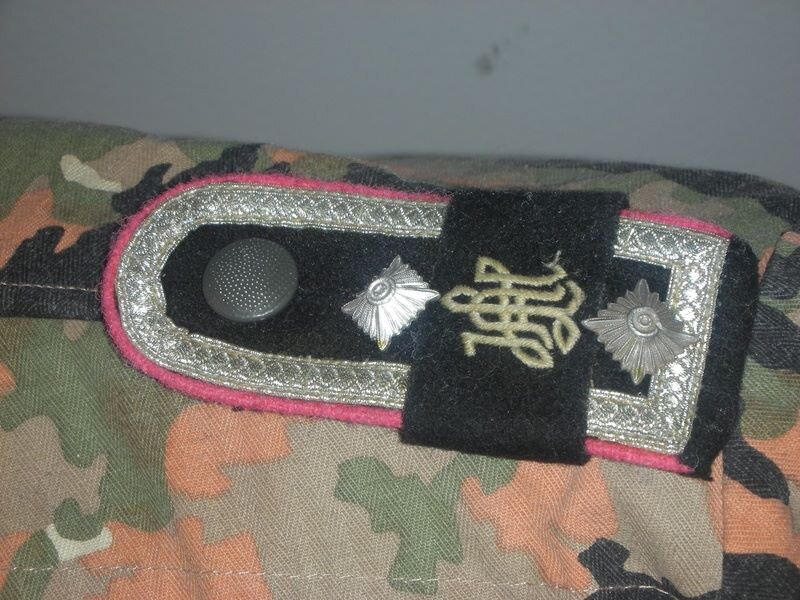
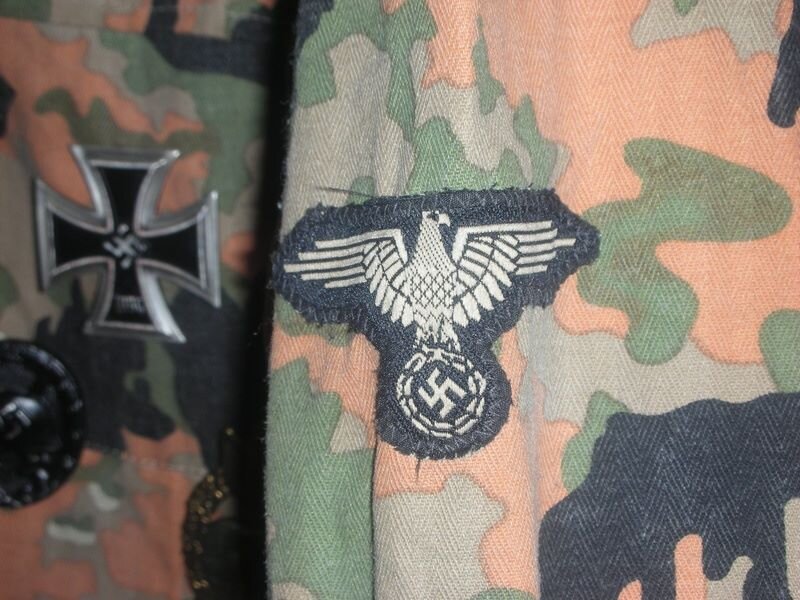
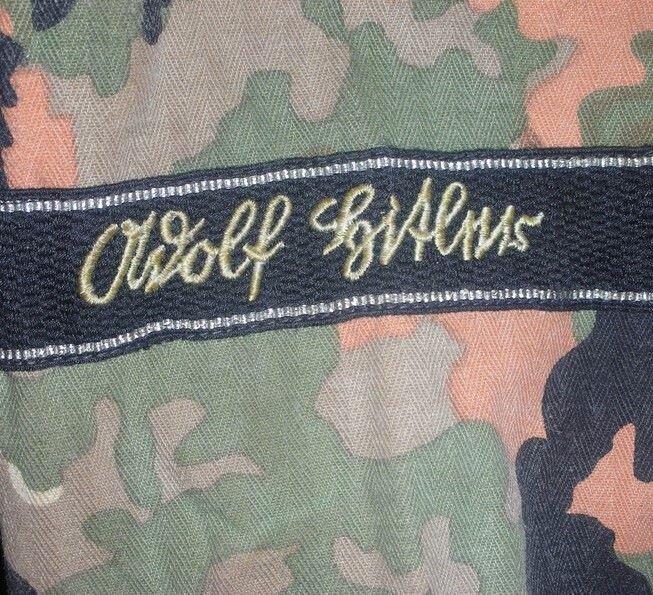
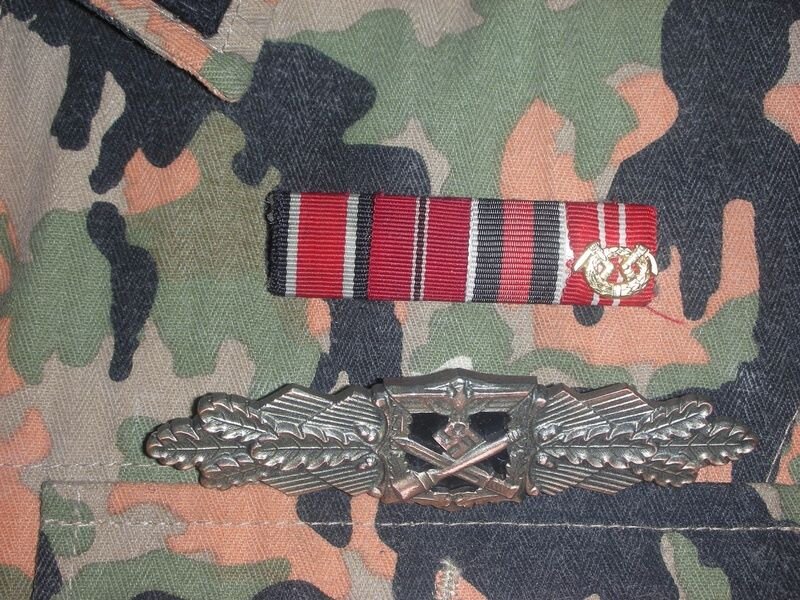
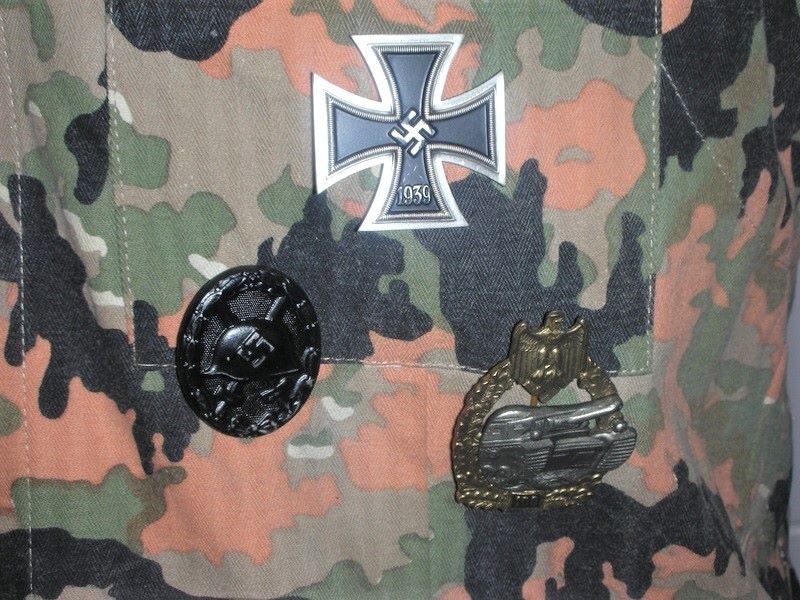
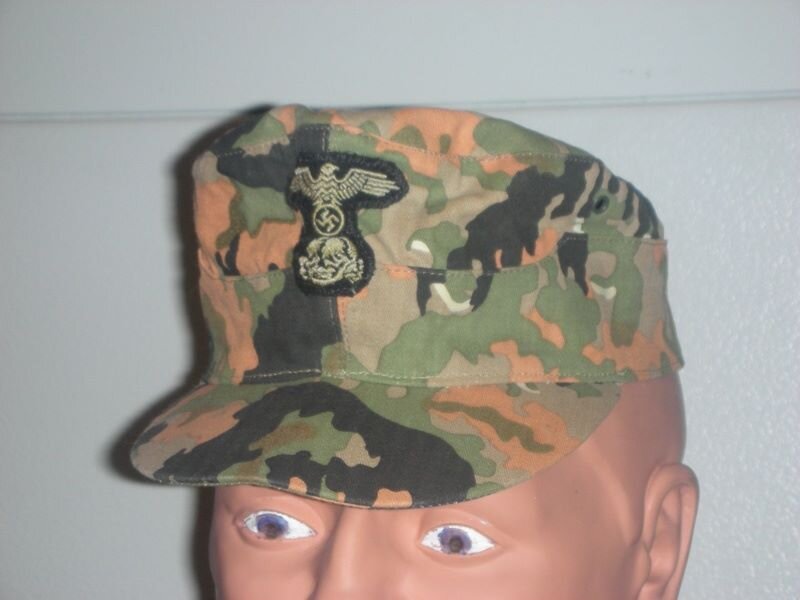
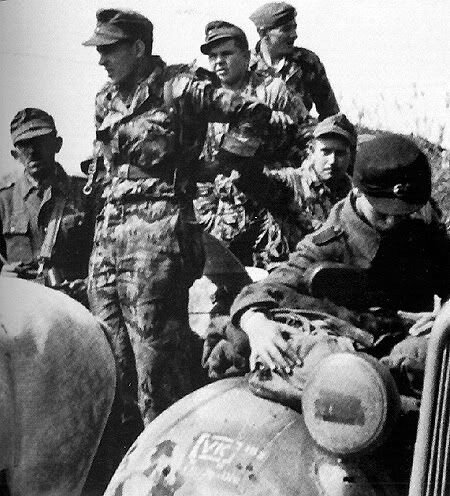
![2-7-2012 0.7.50 1[1].jpg](https://images.squarespace-cdn.com/content/v1/61355b53c1baef12641a2de9/1677306709662-IOK31HGX6WYEOXETSQYE/2-7-2012+0.7.50+1%5B1%5D.jpg)
